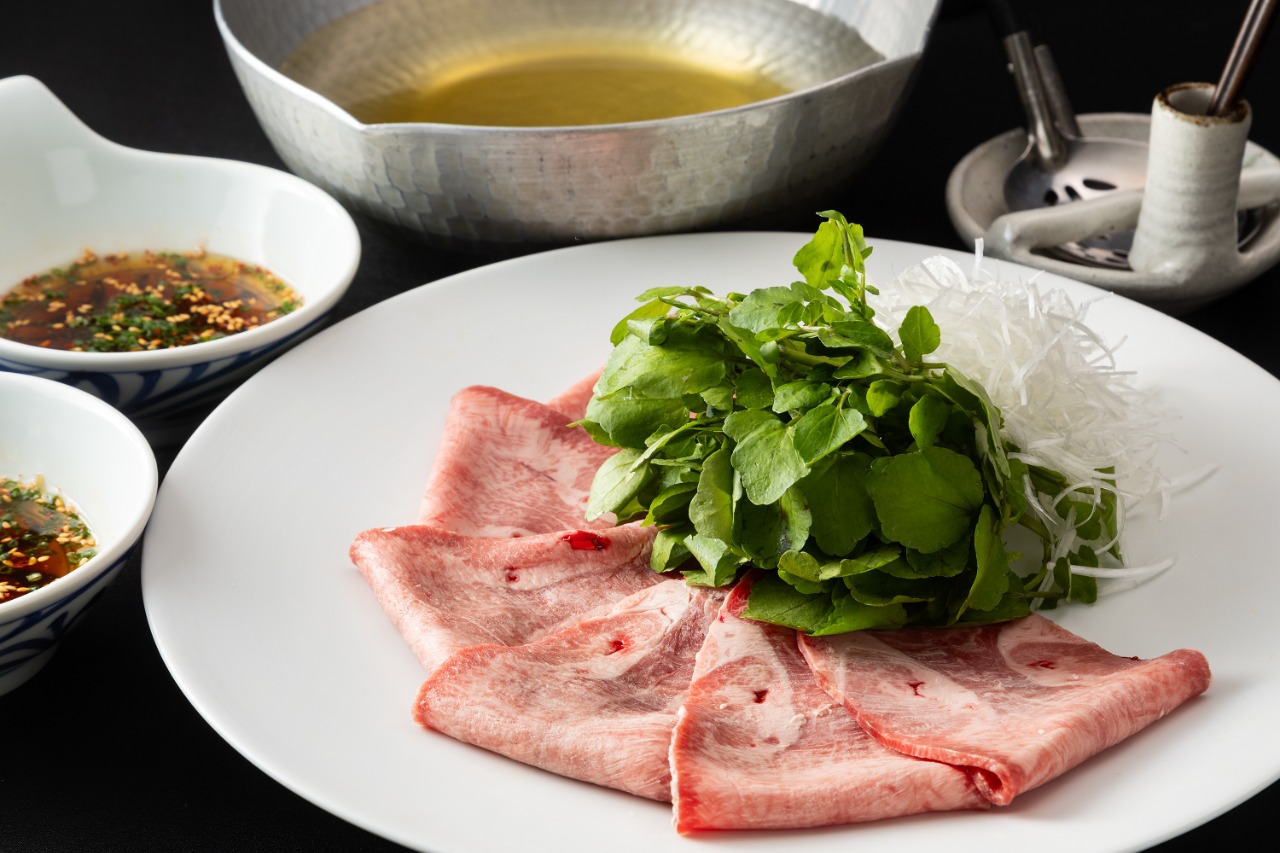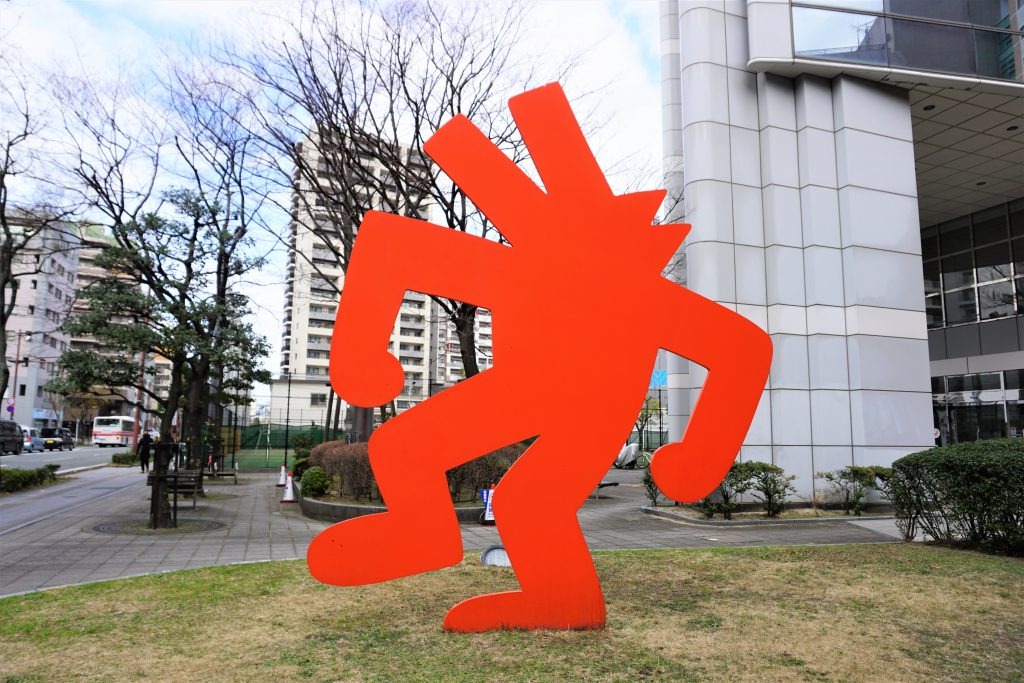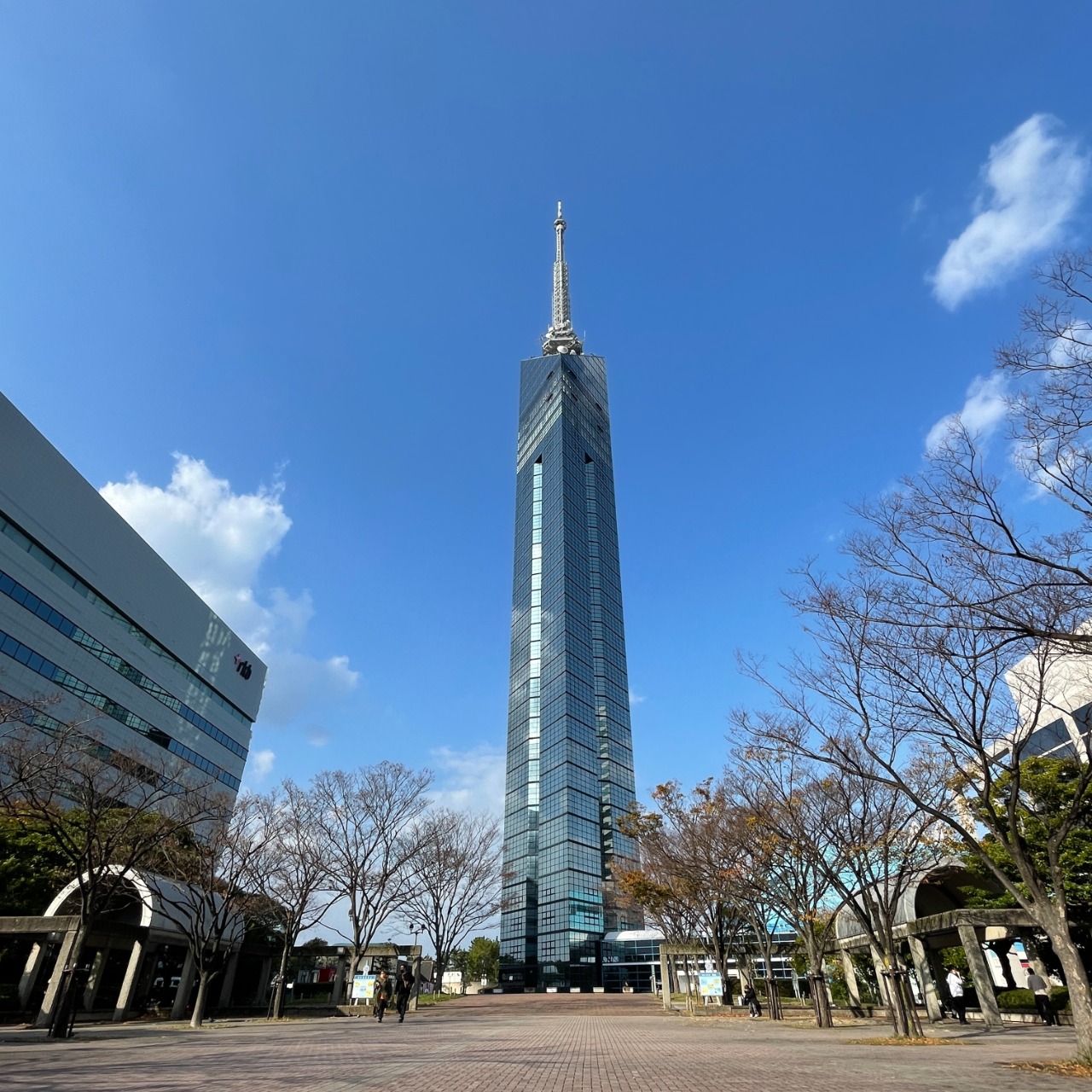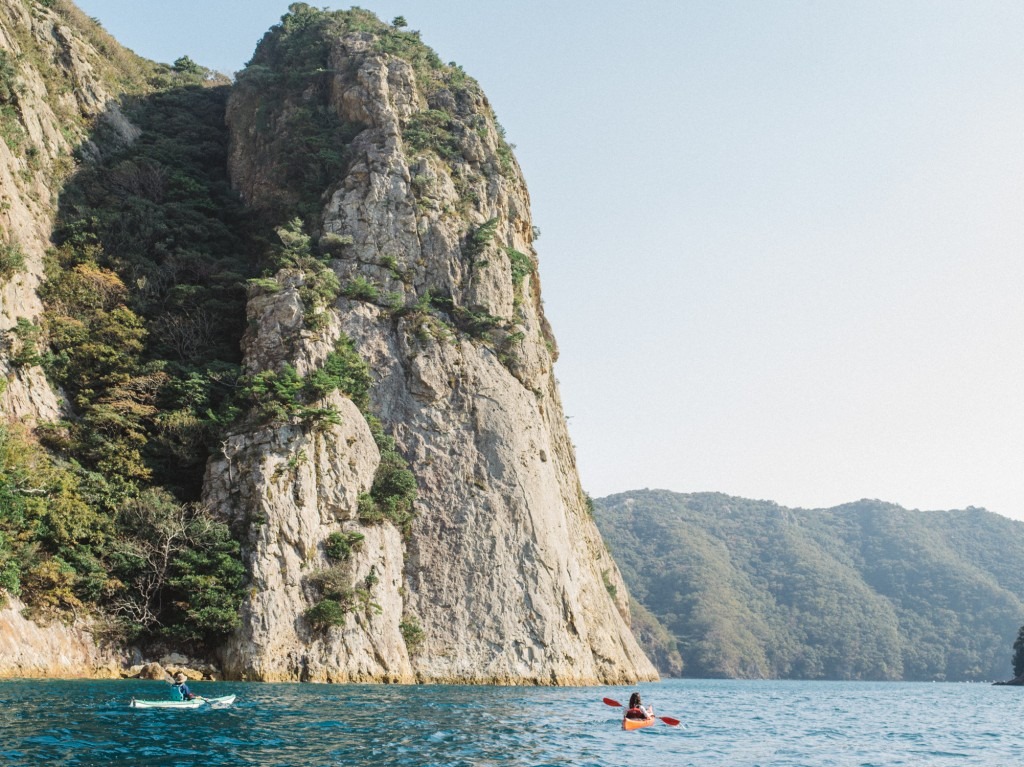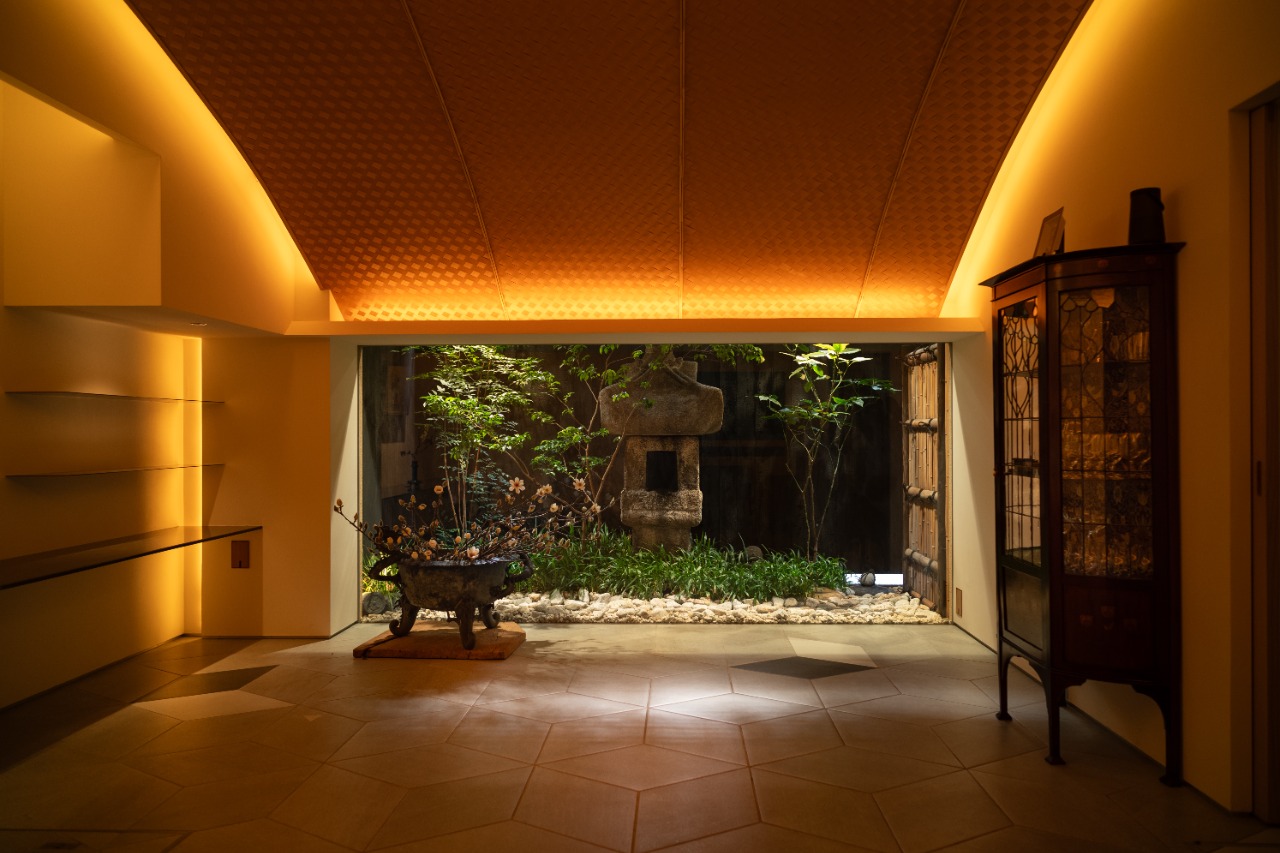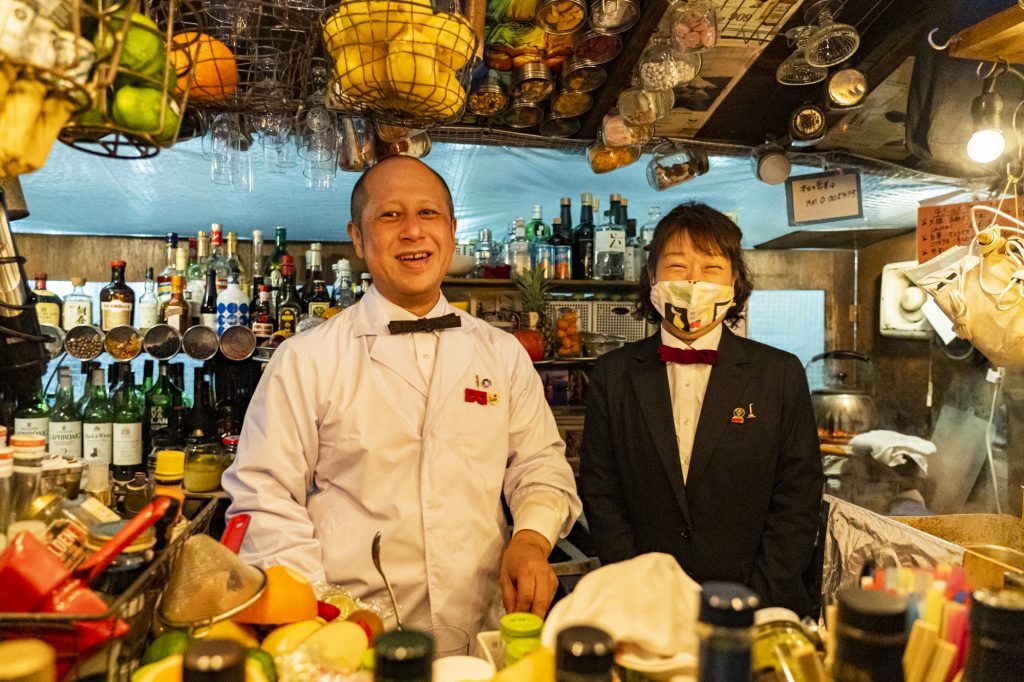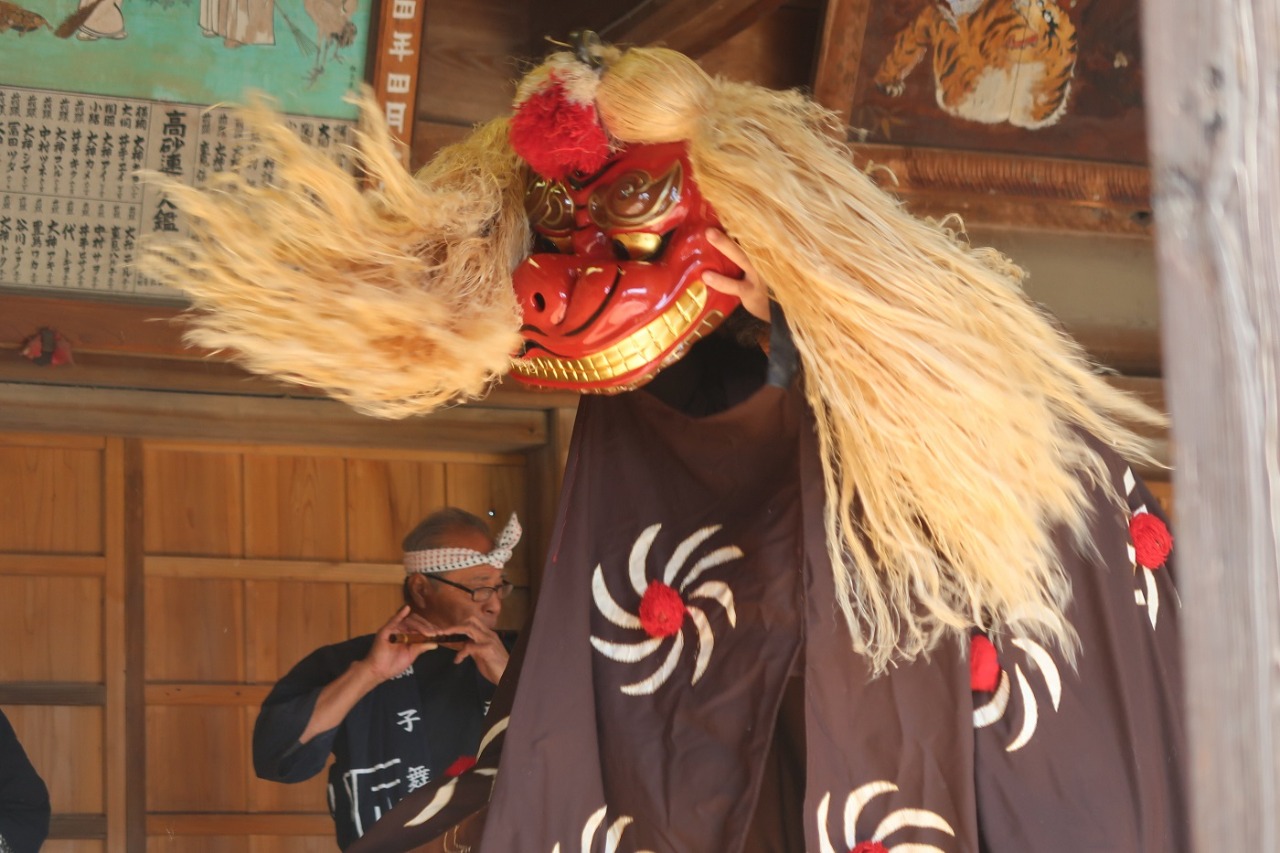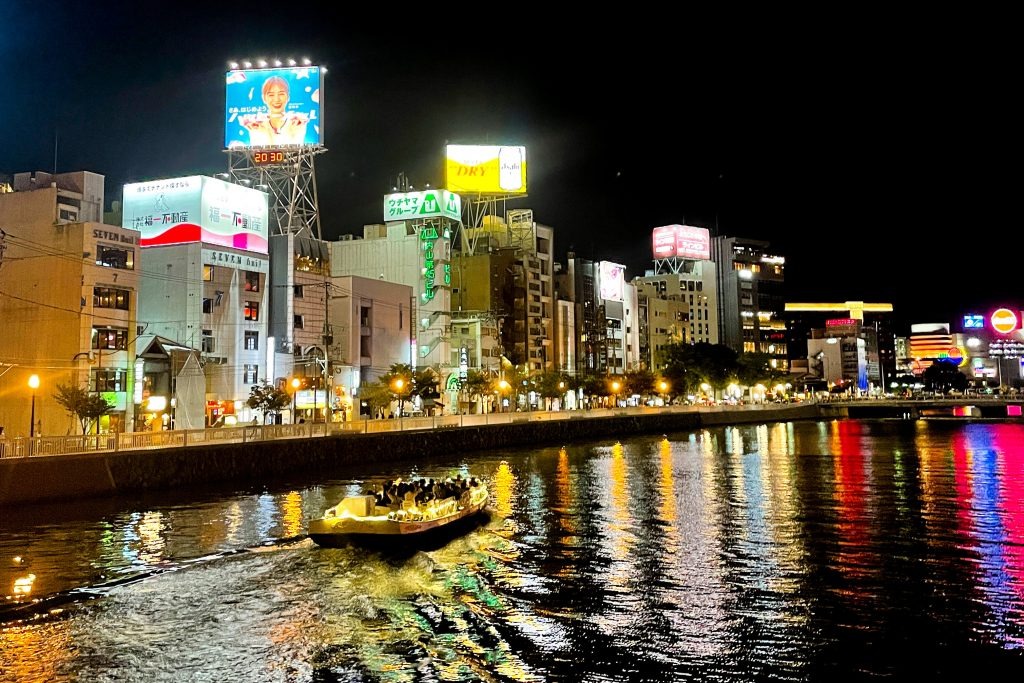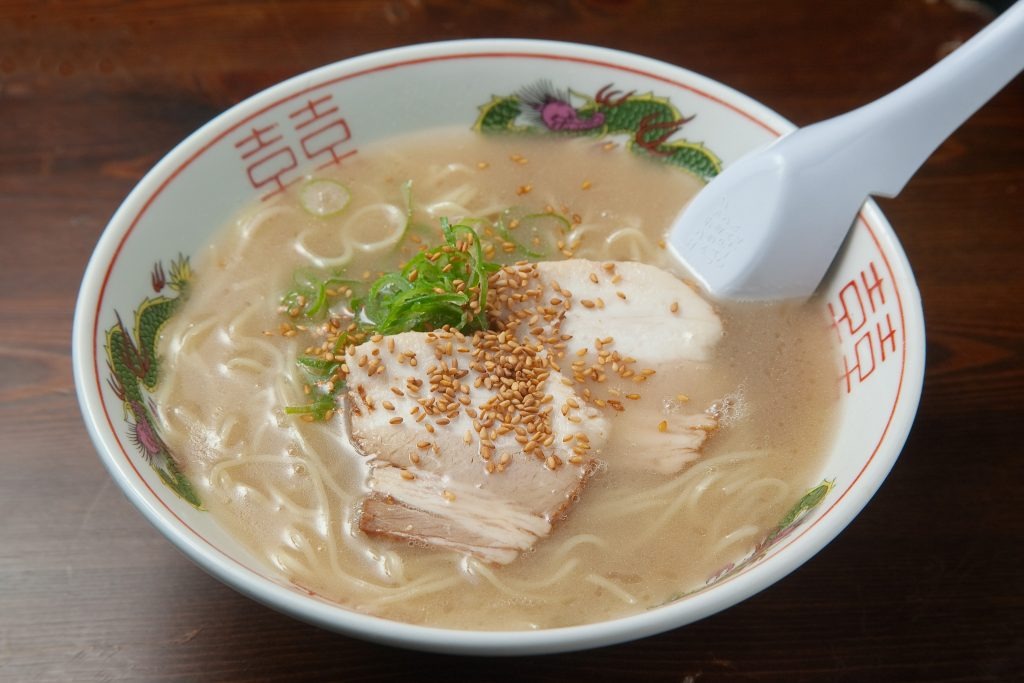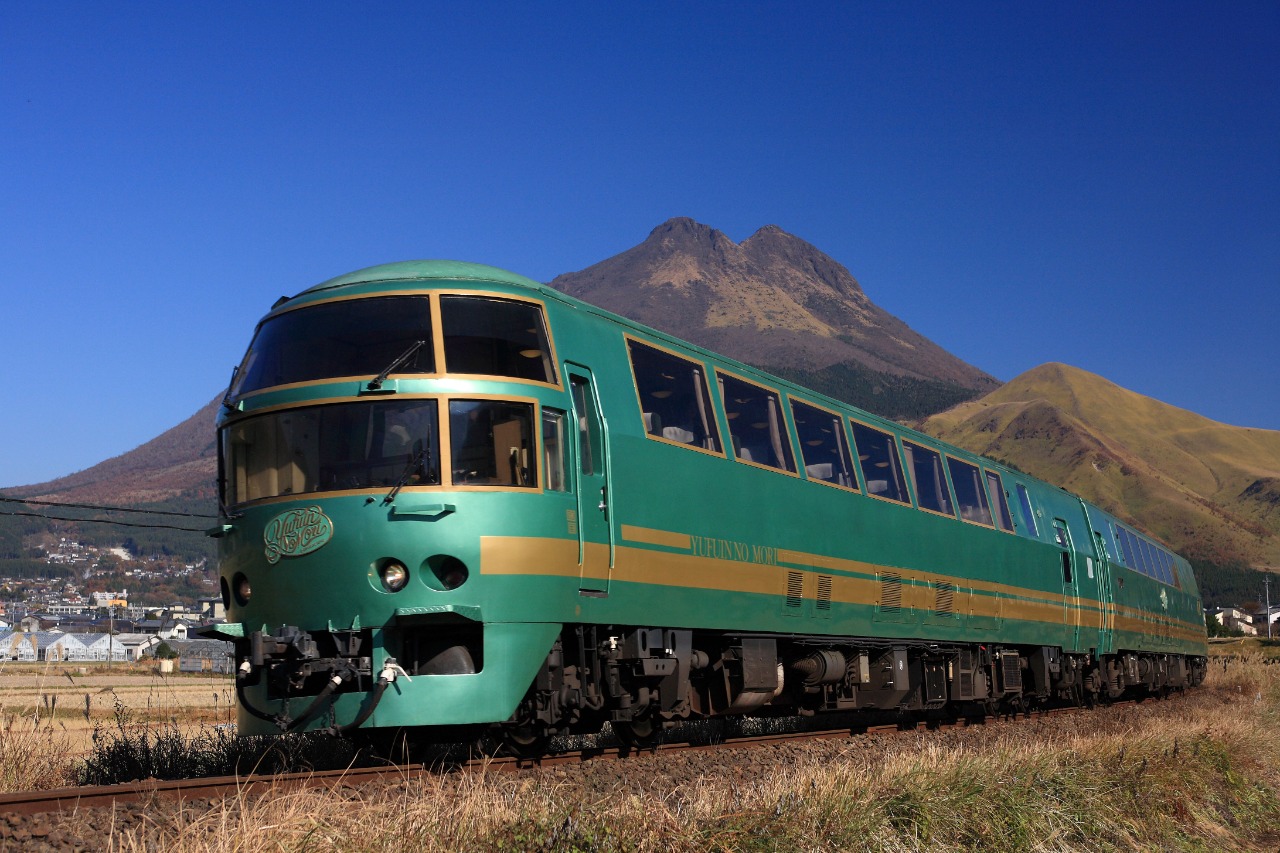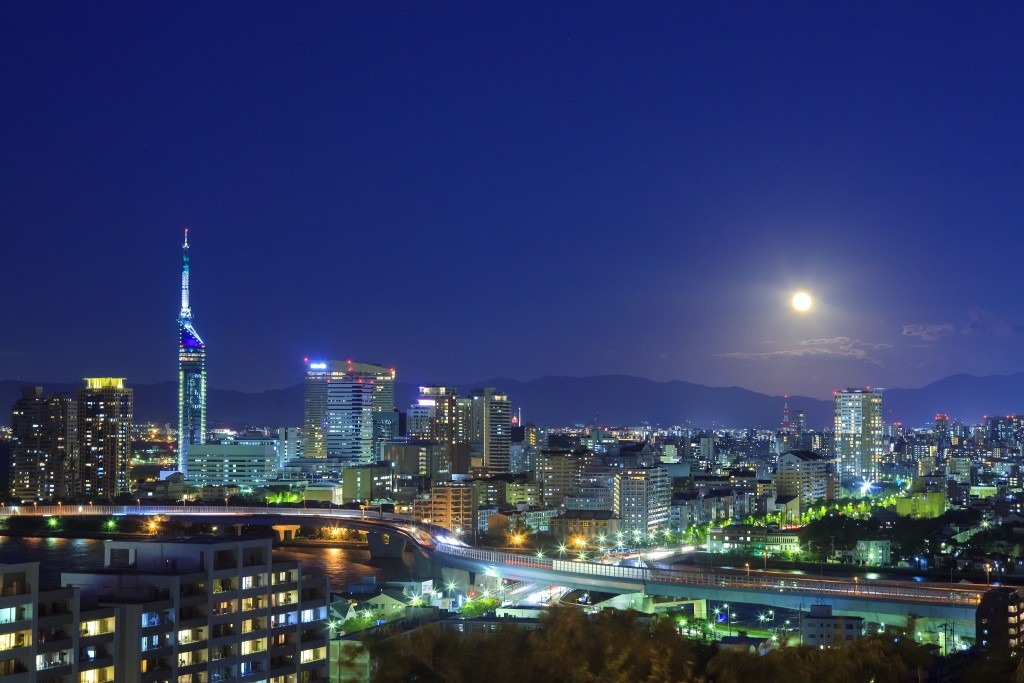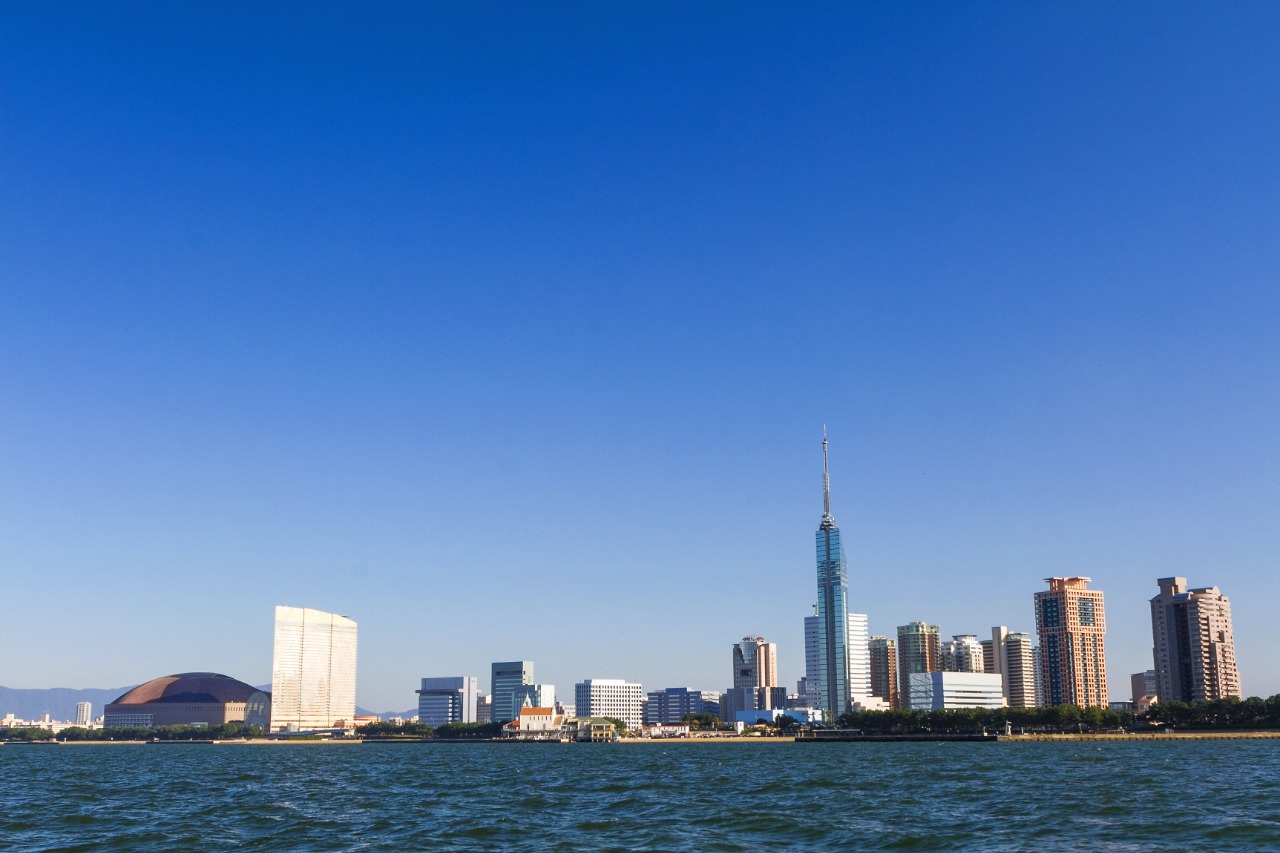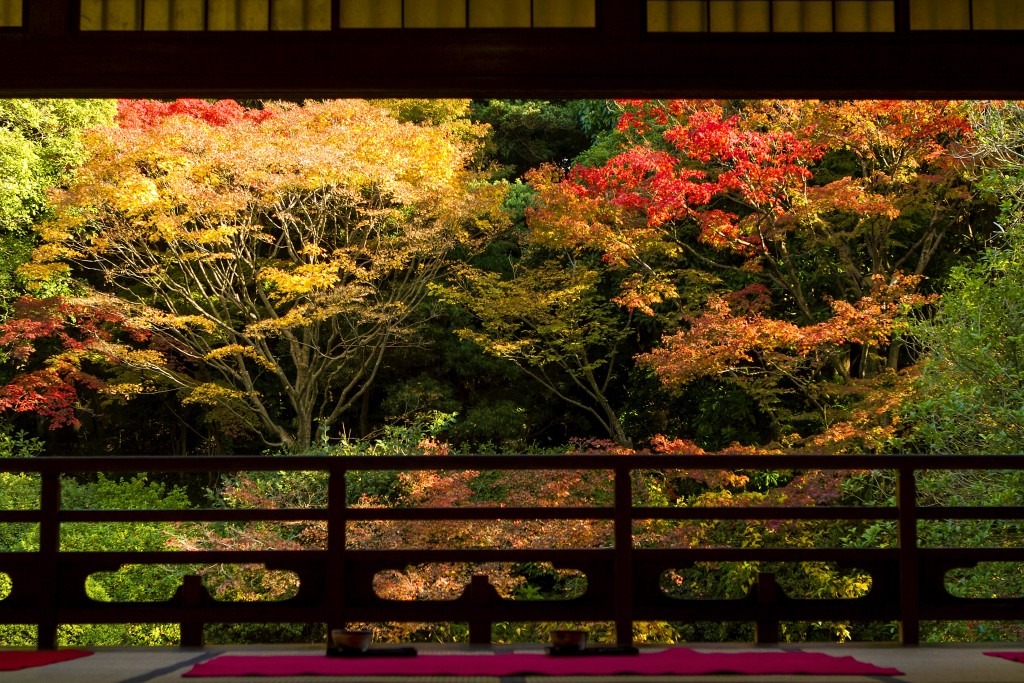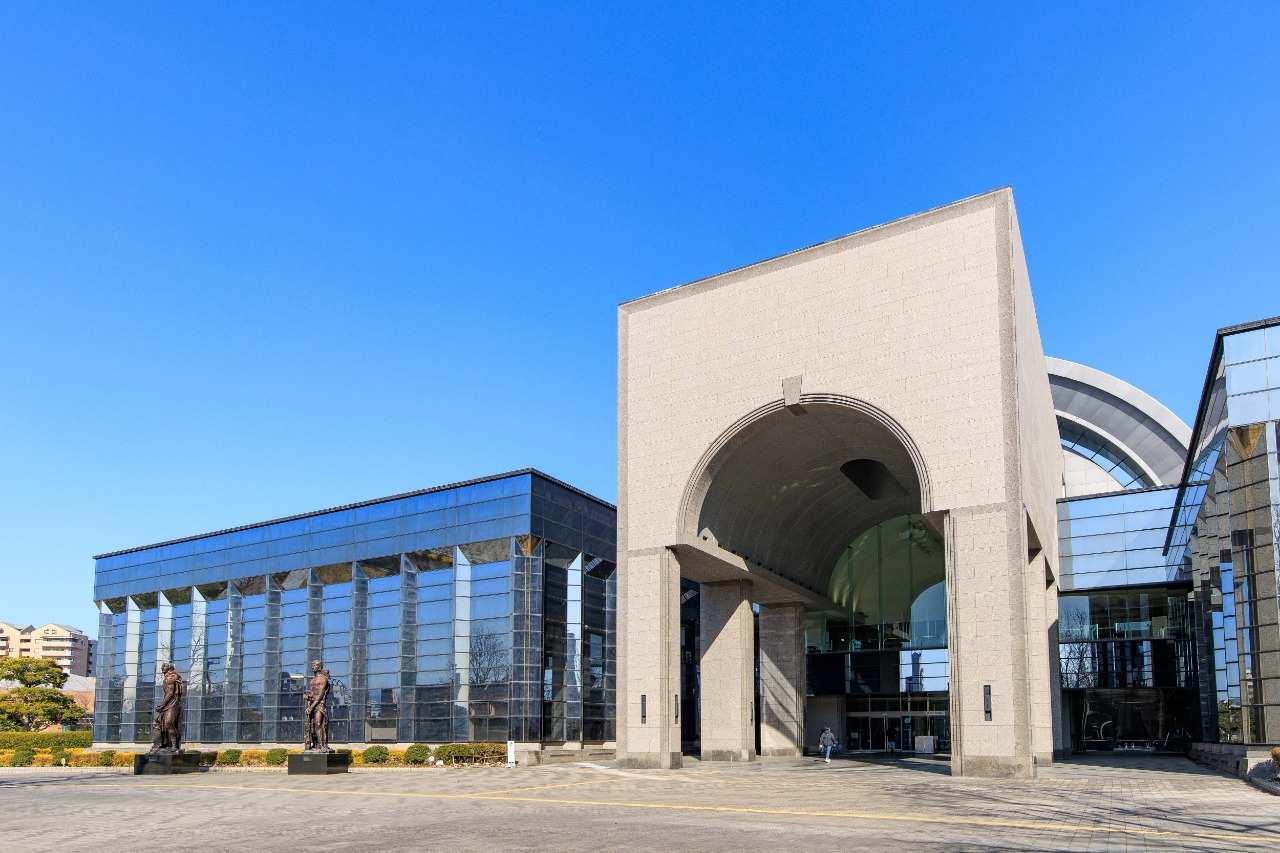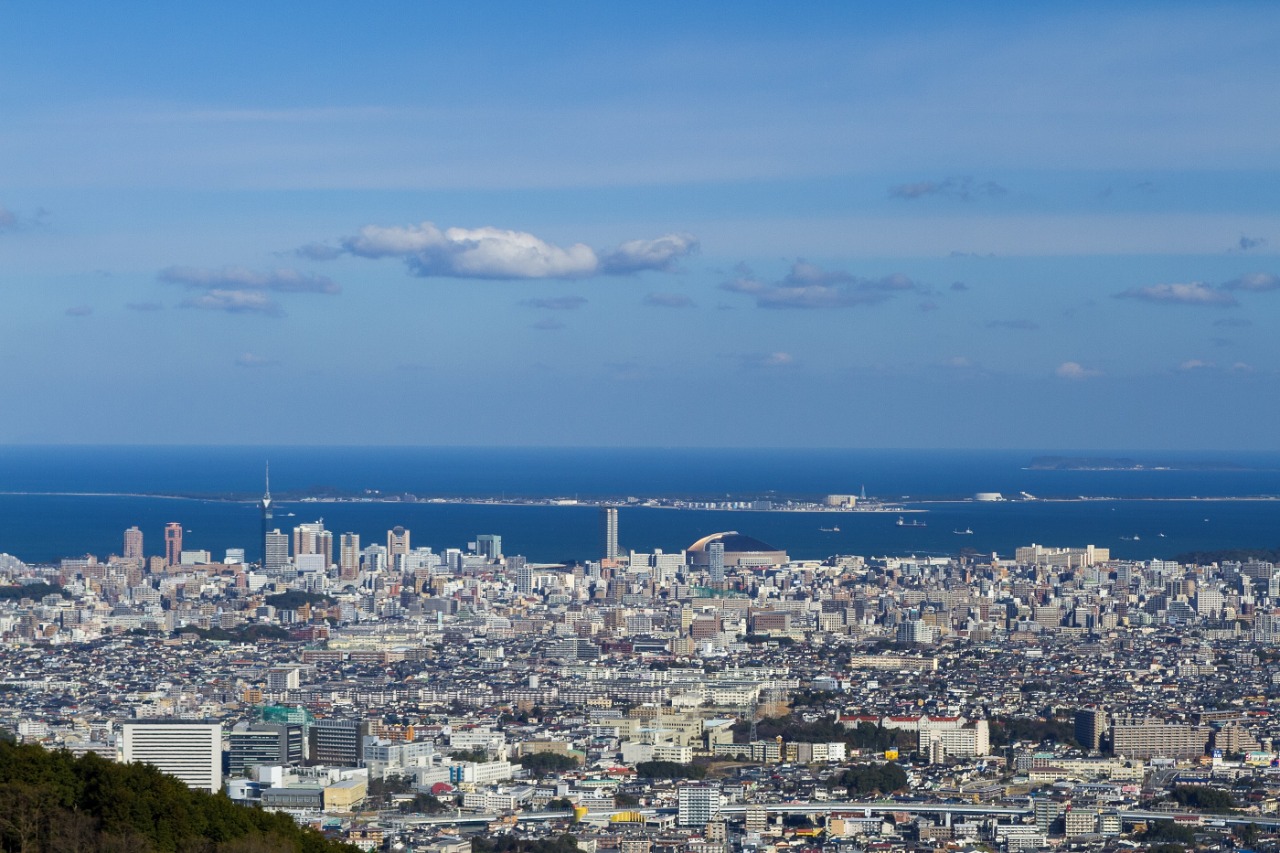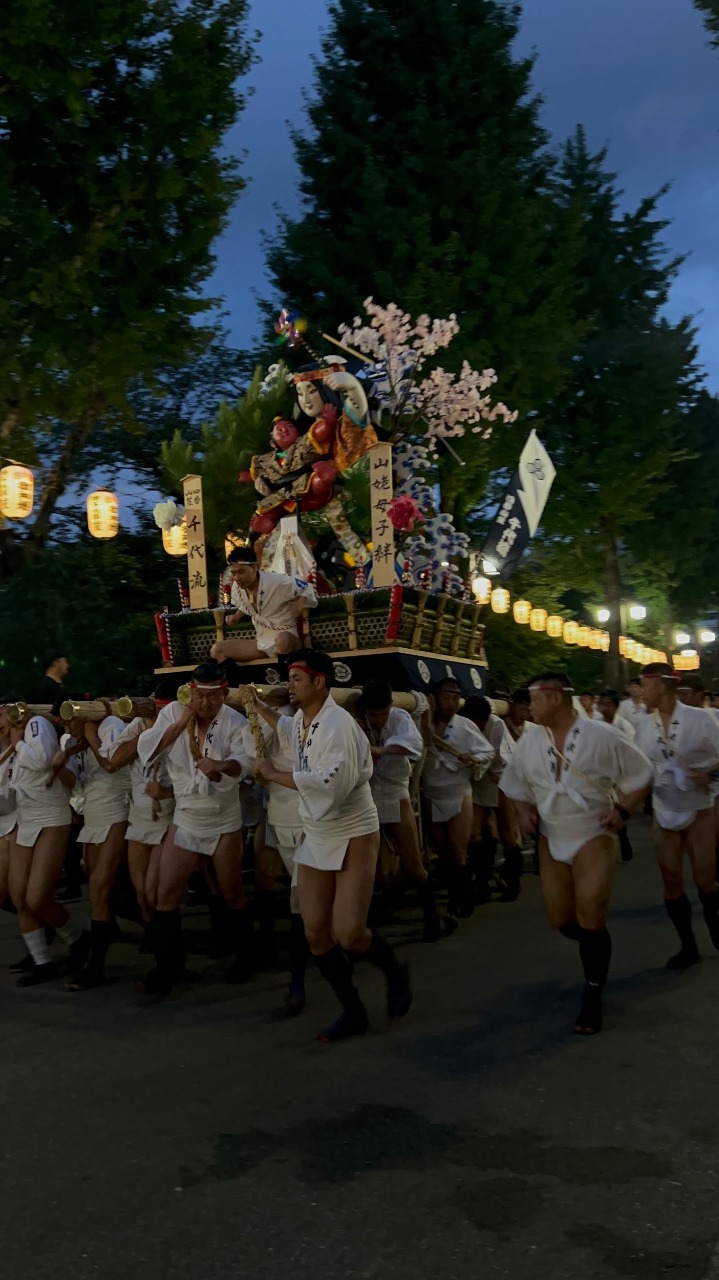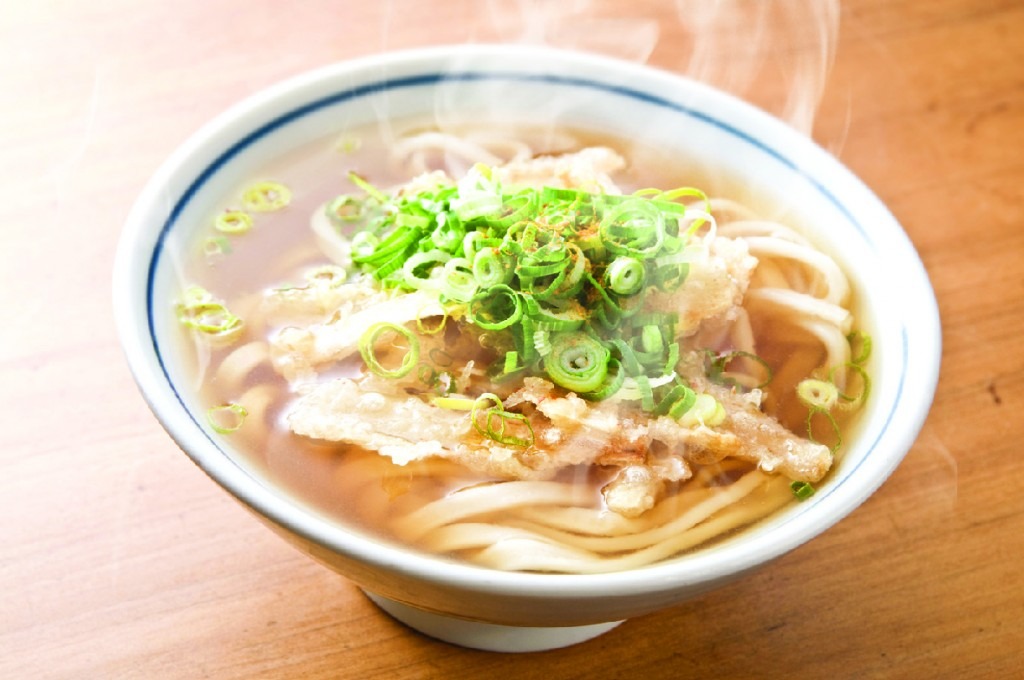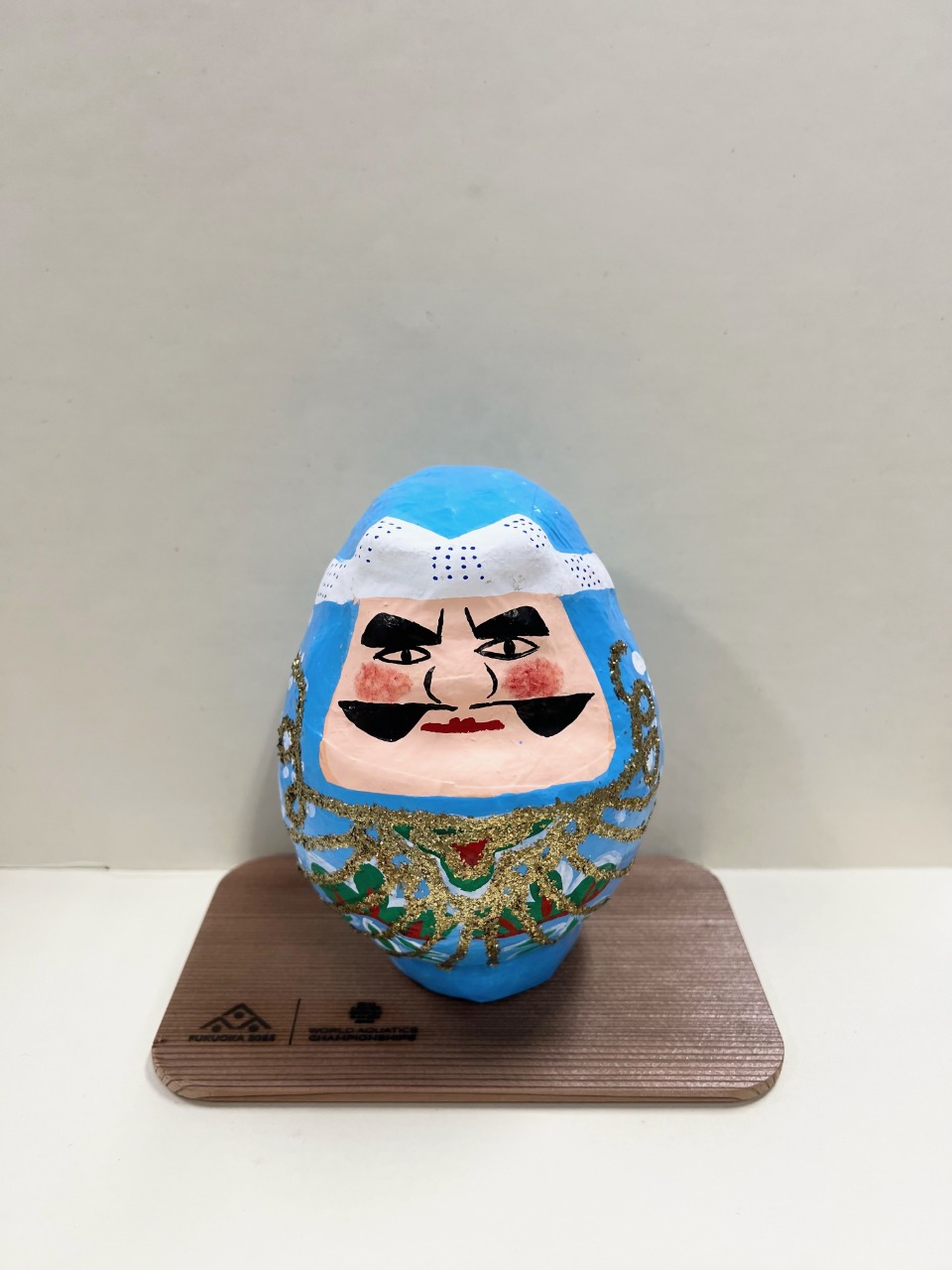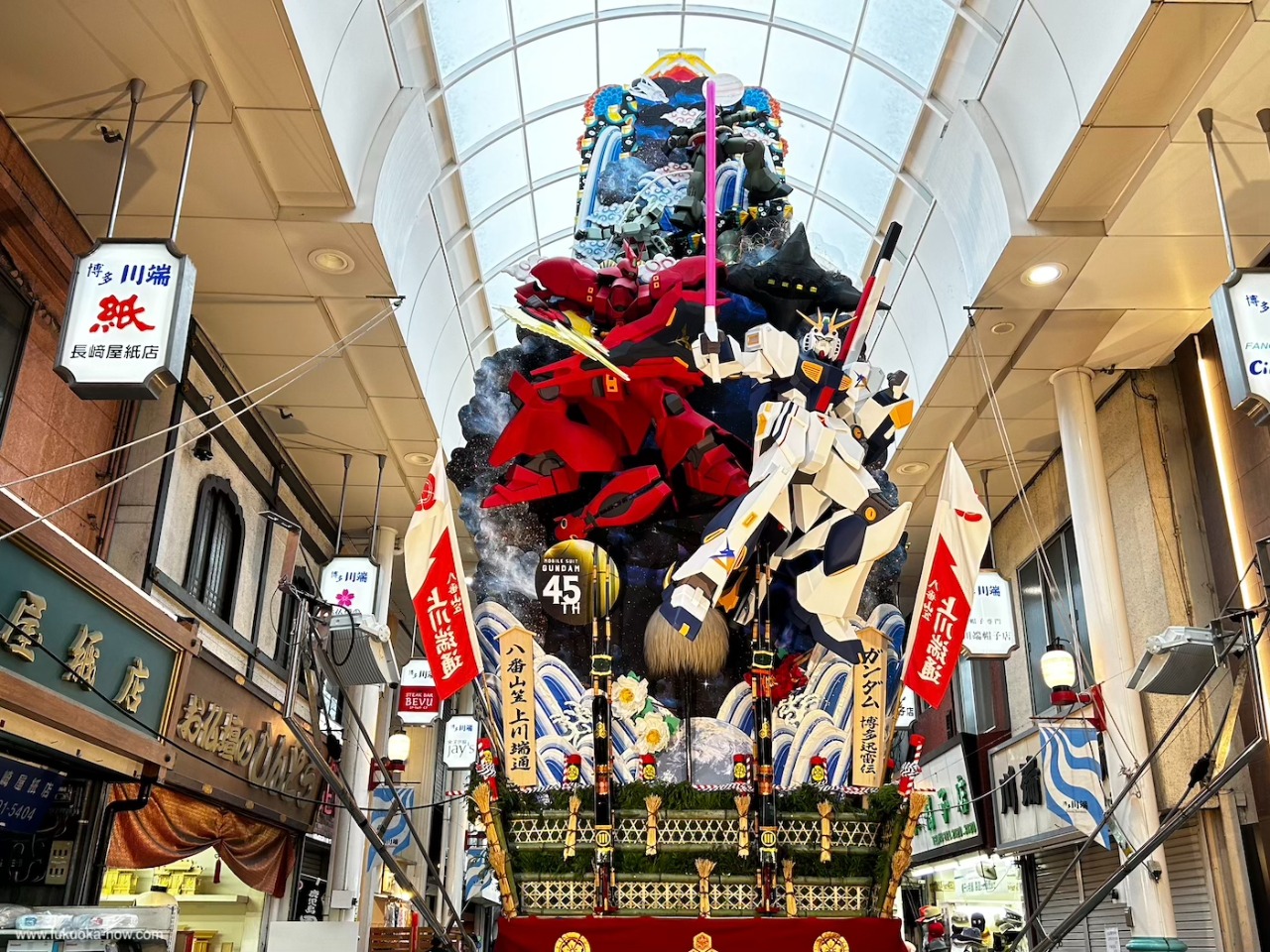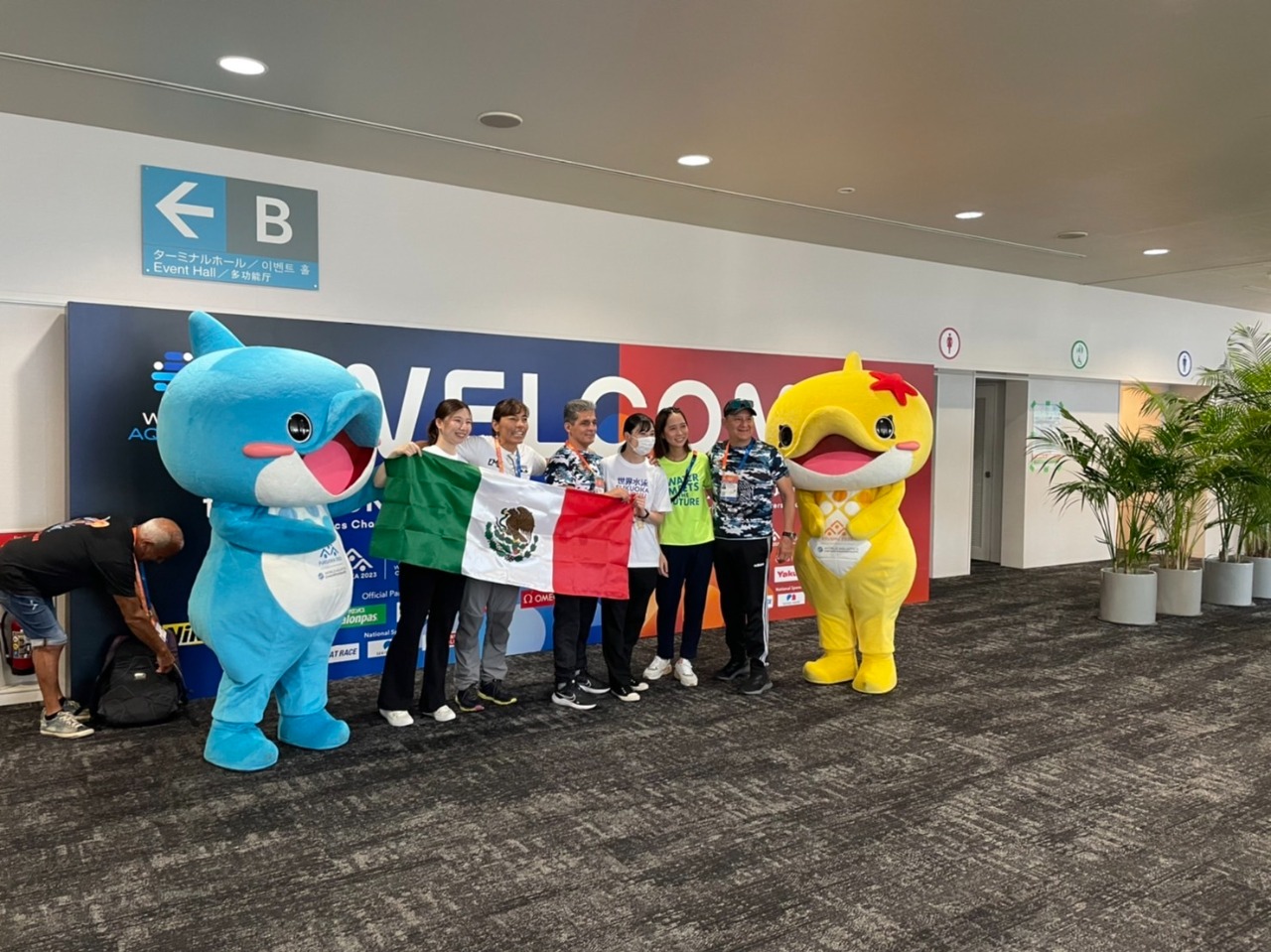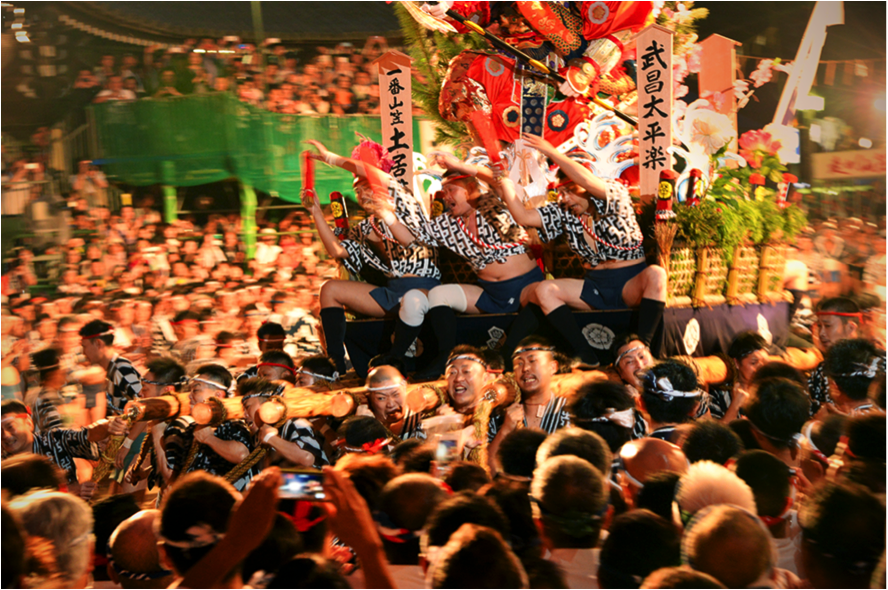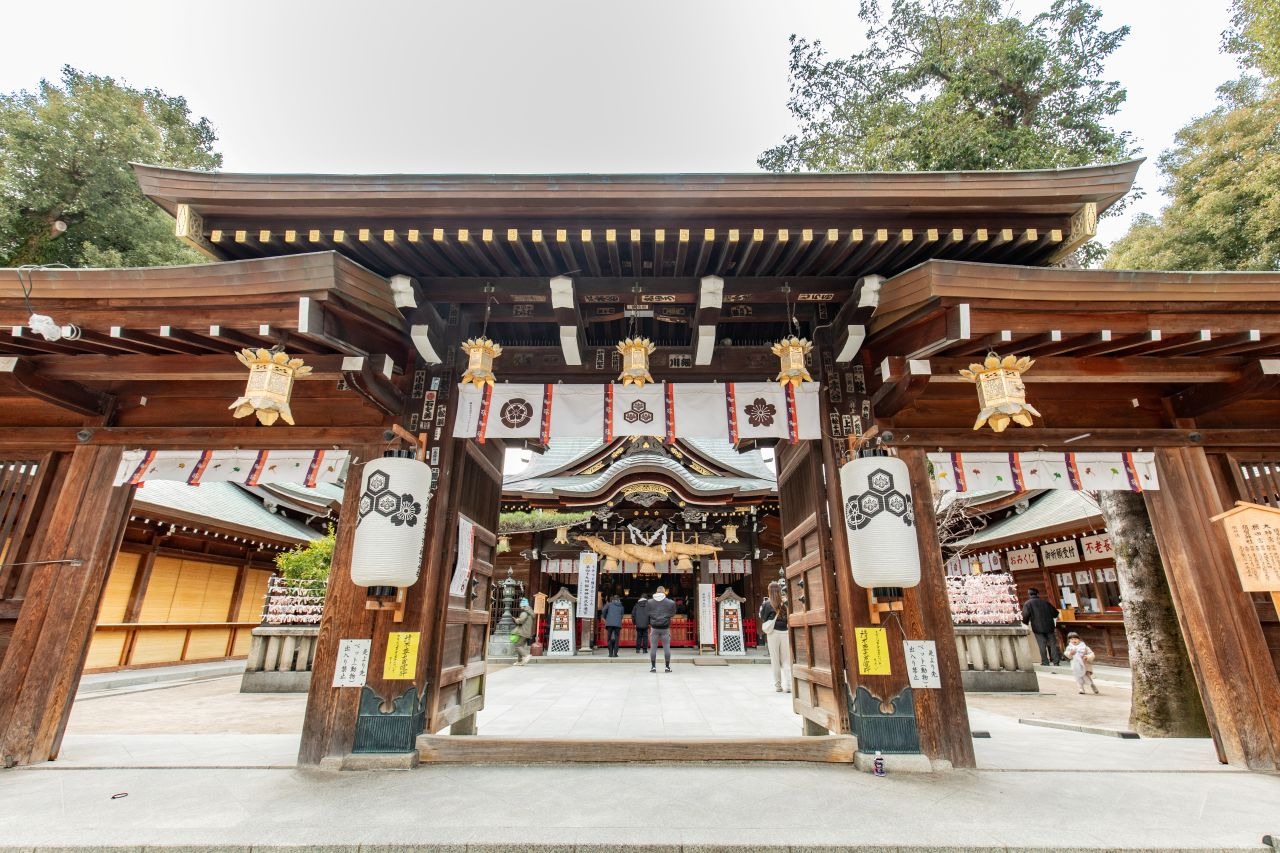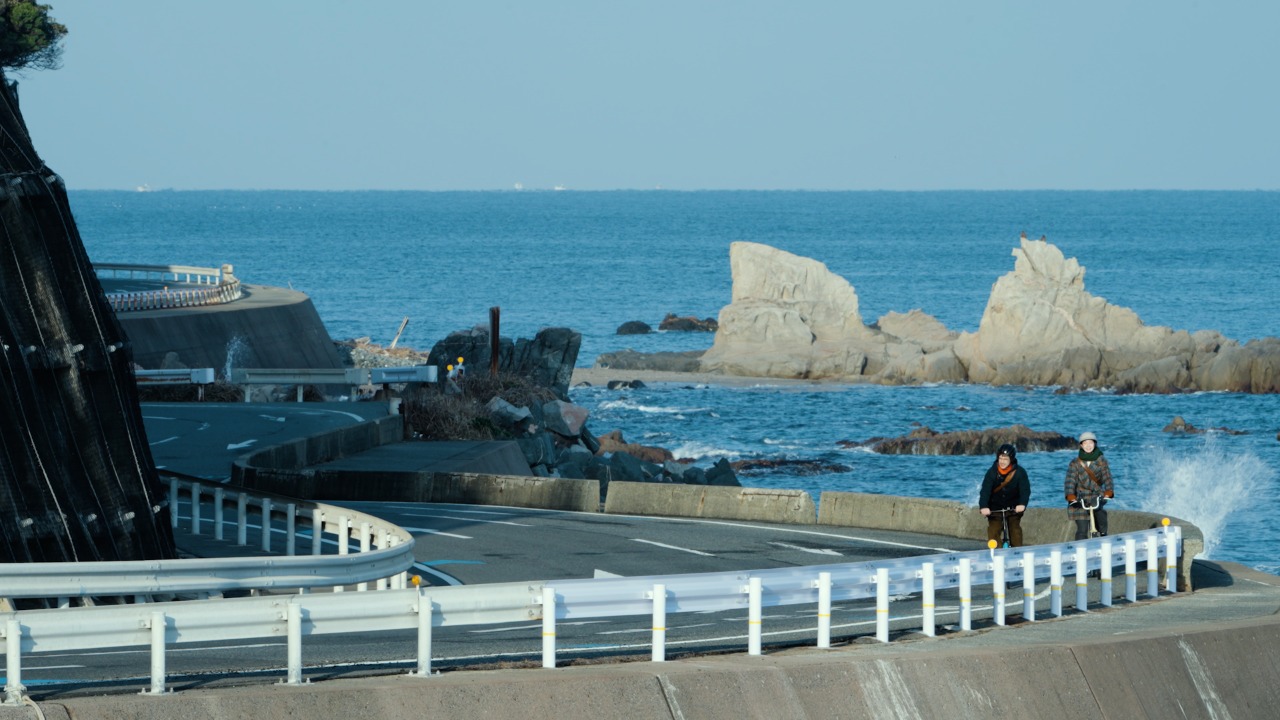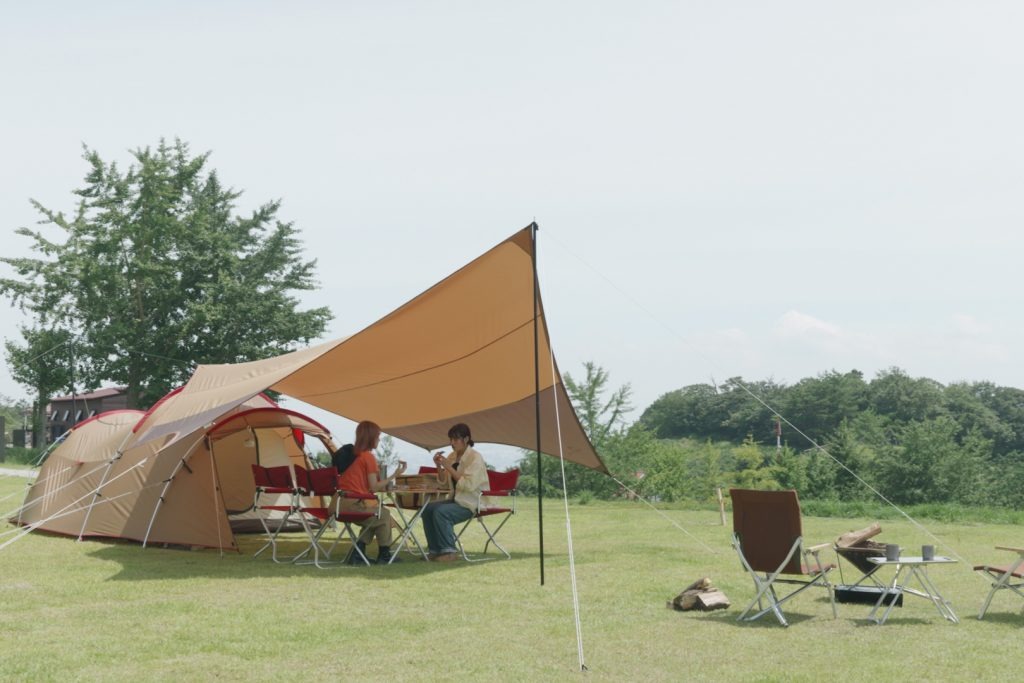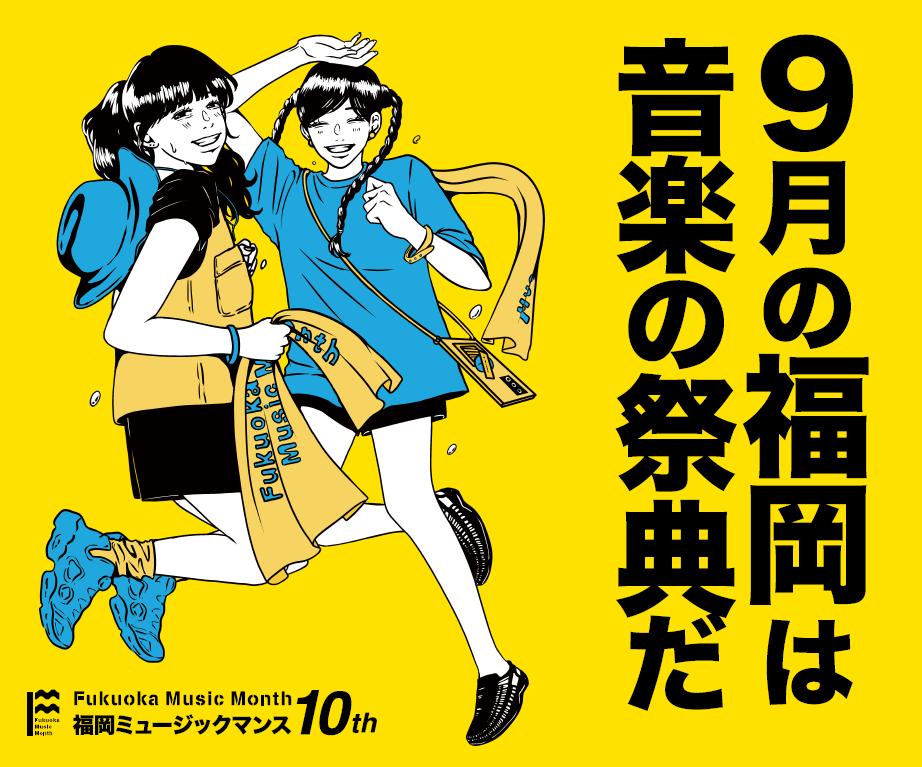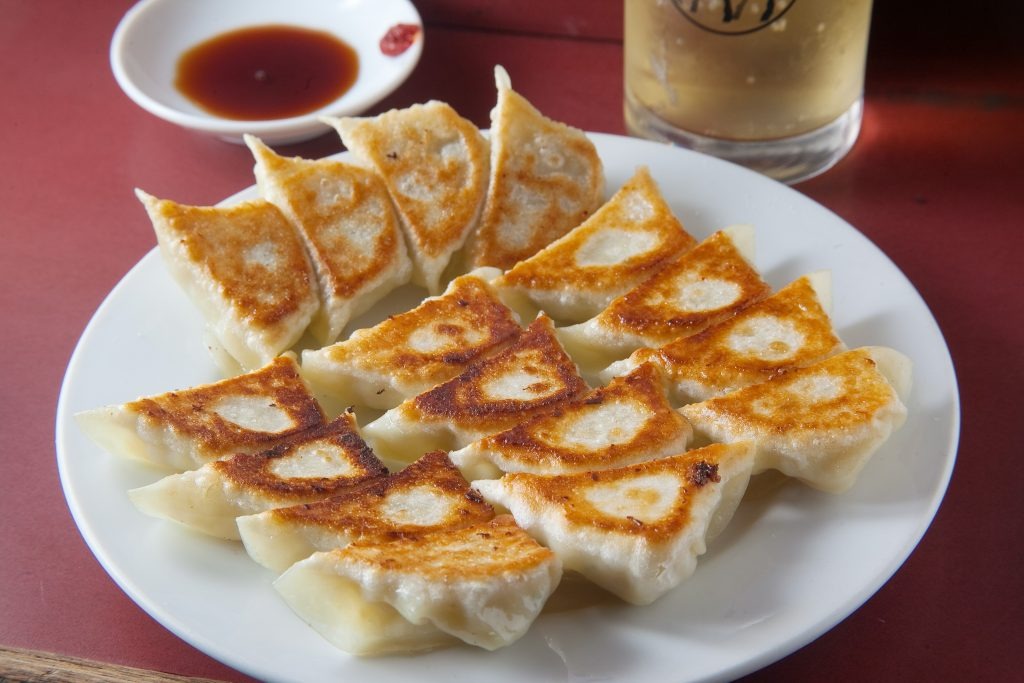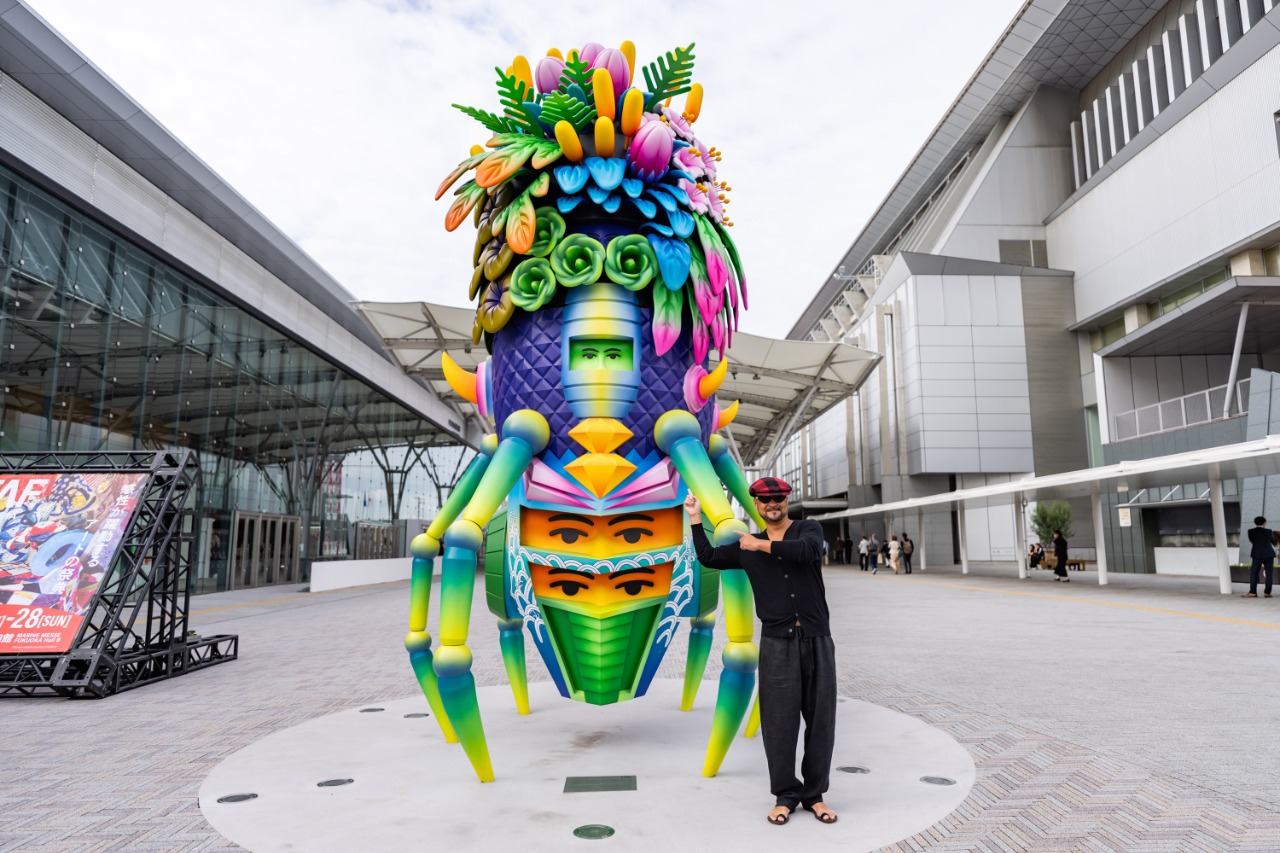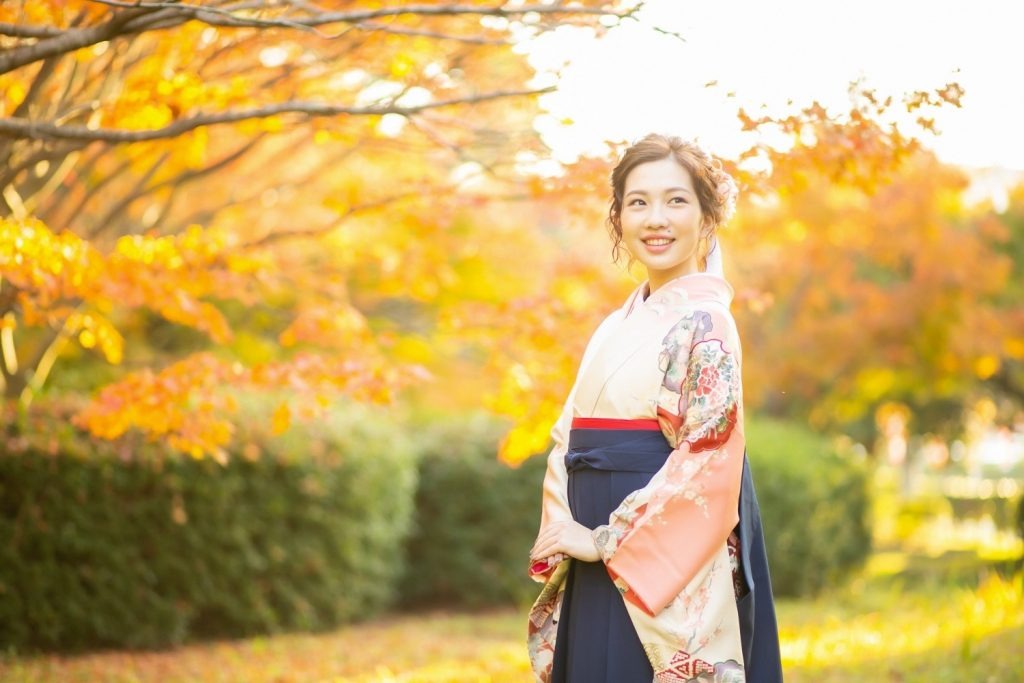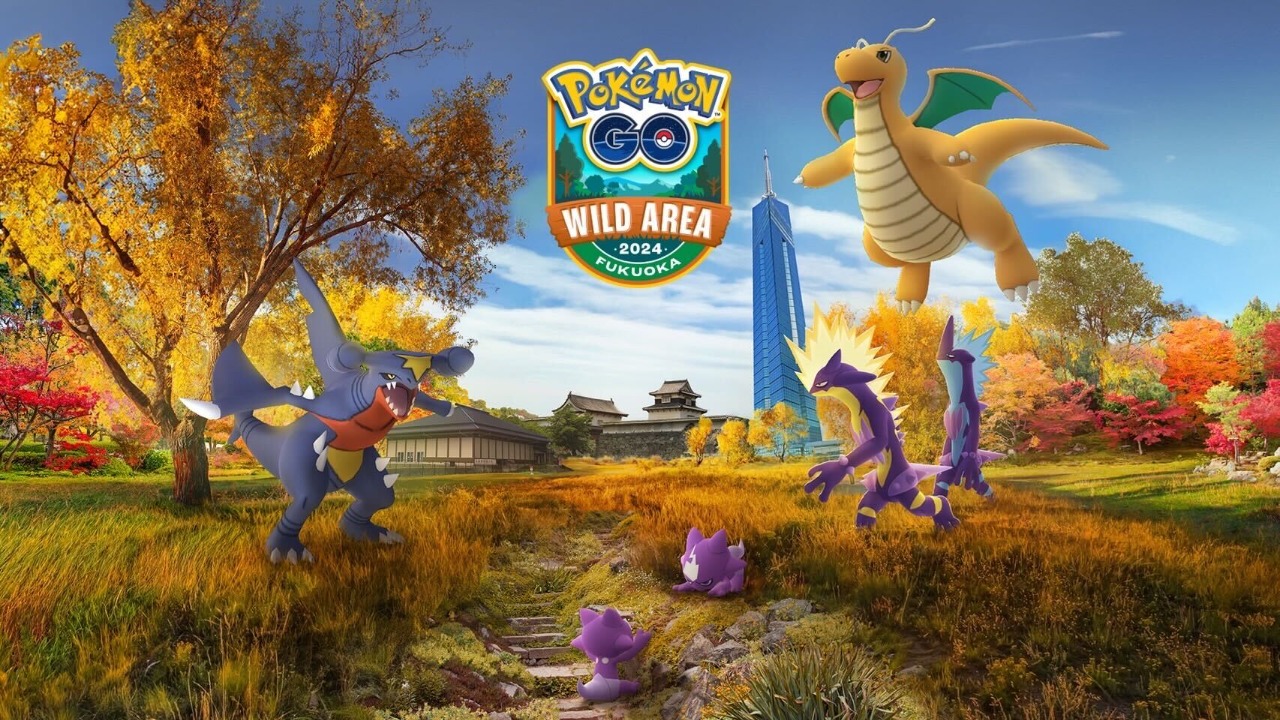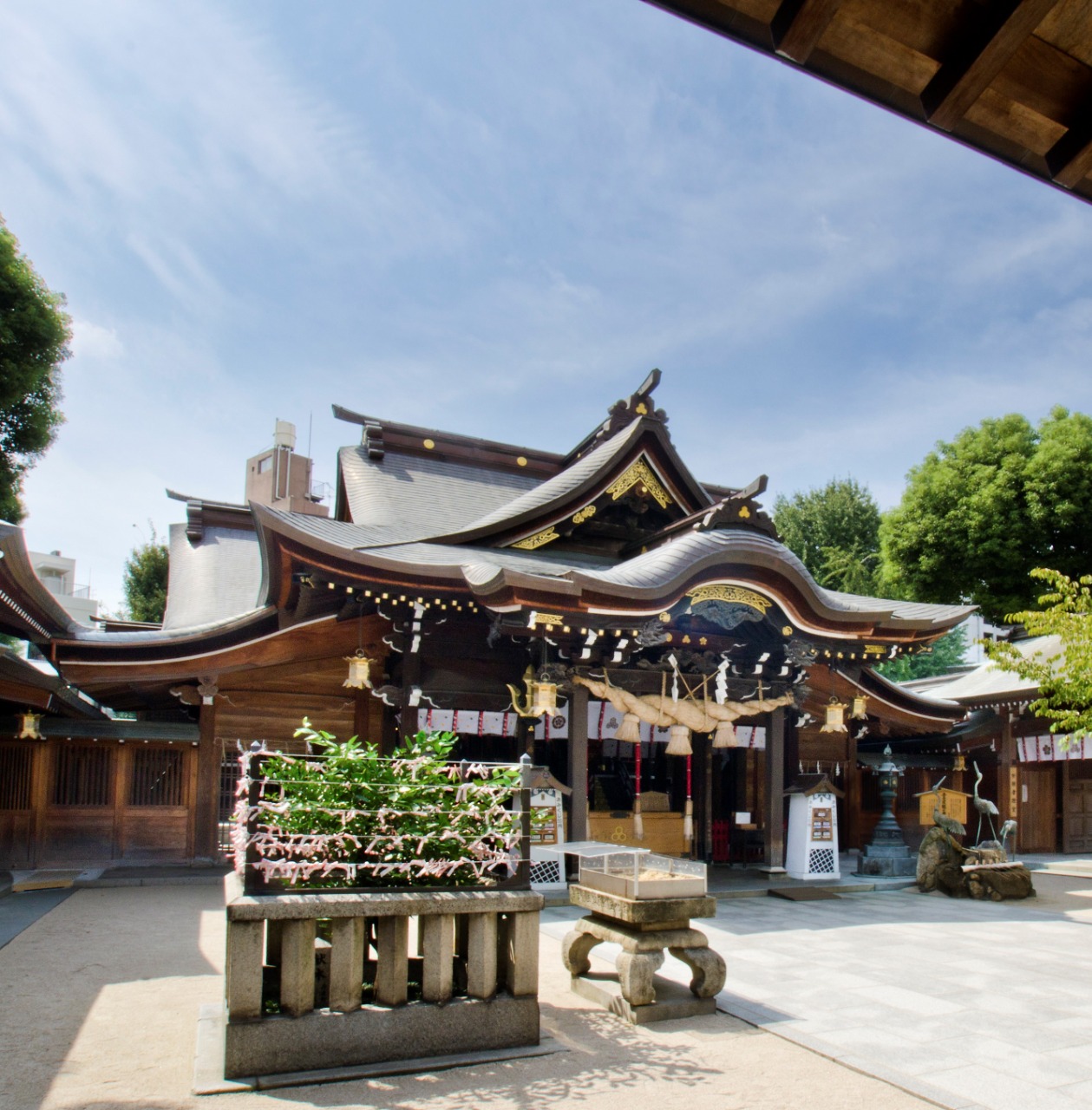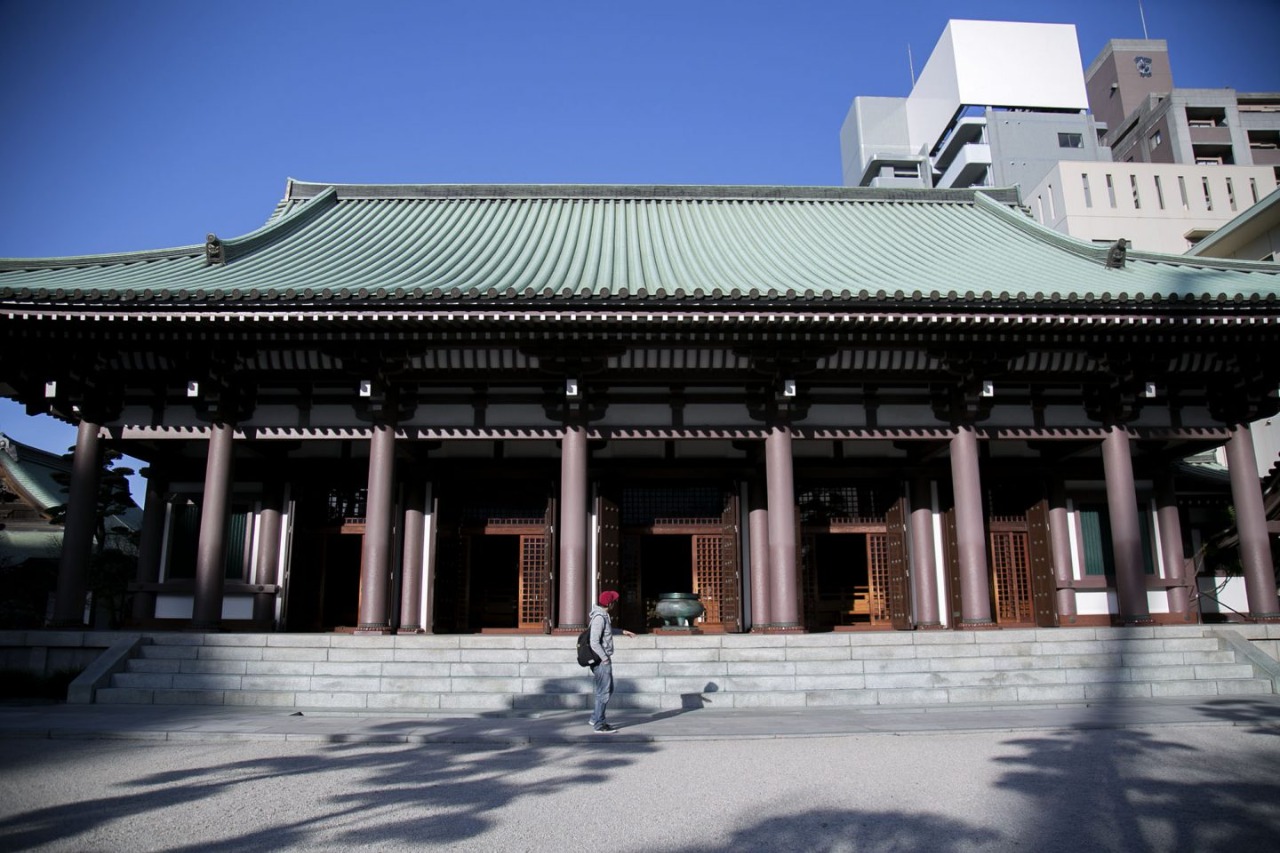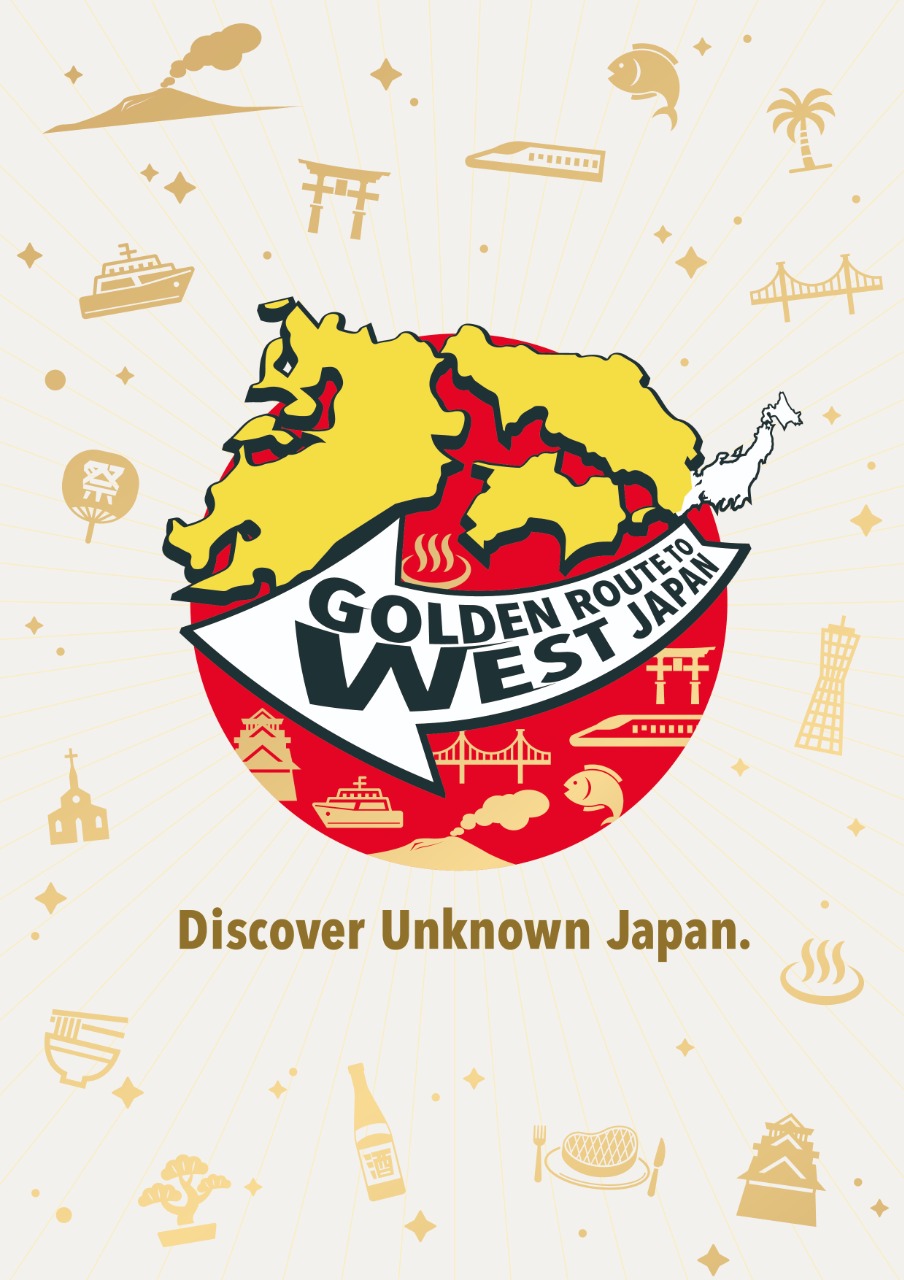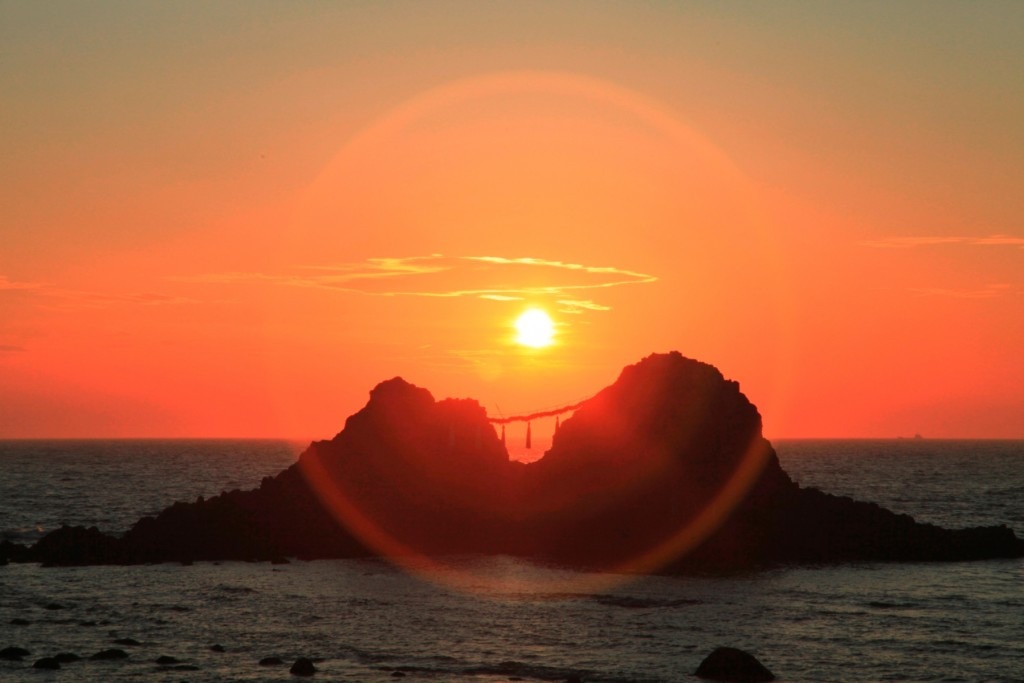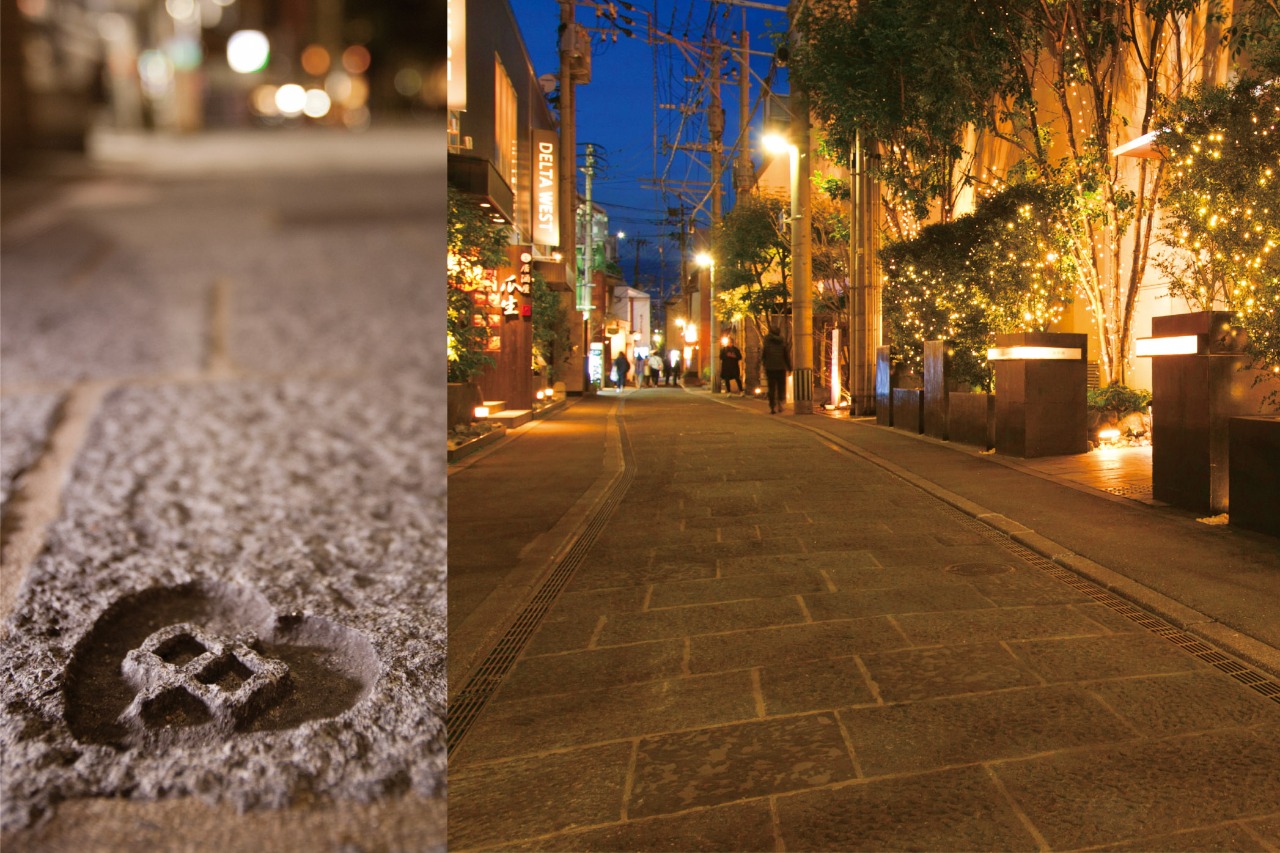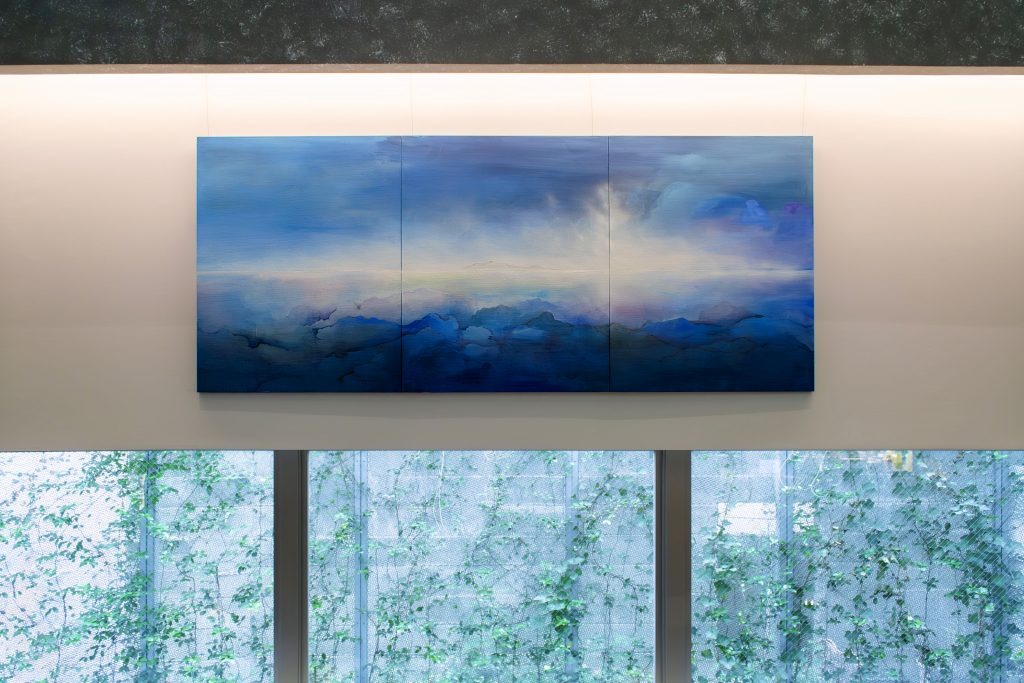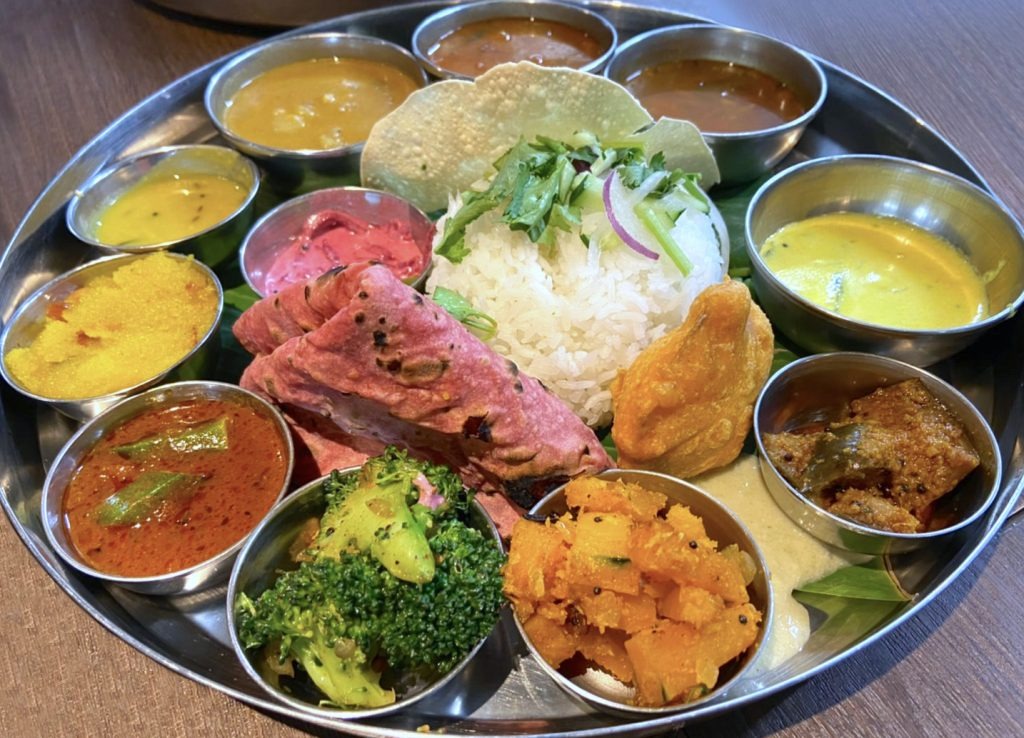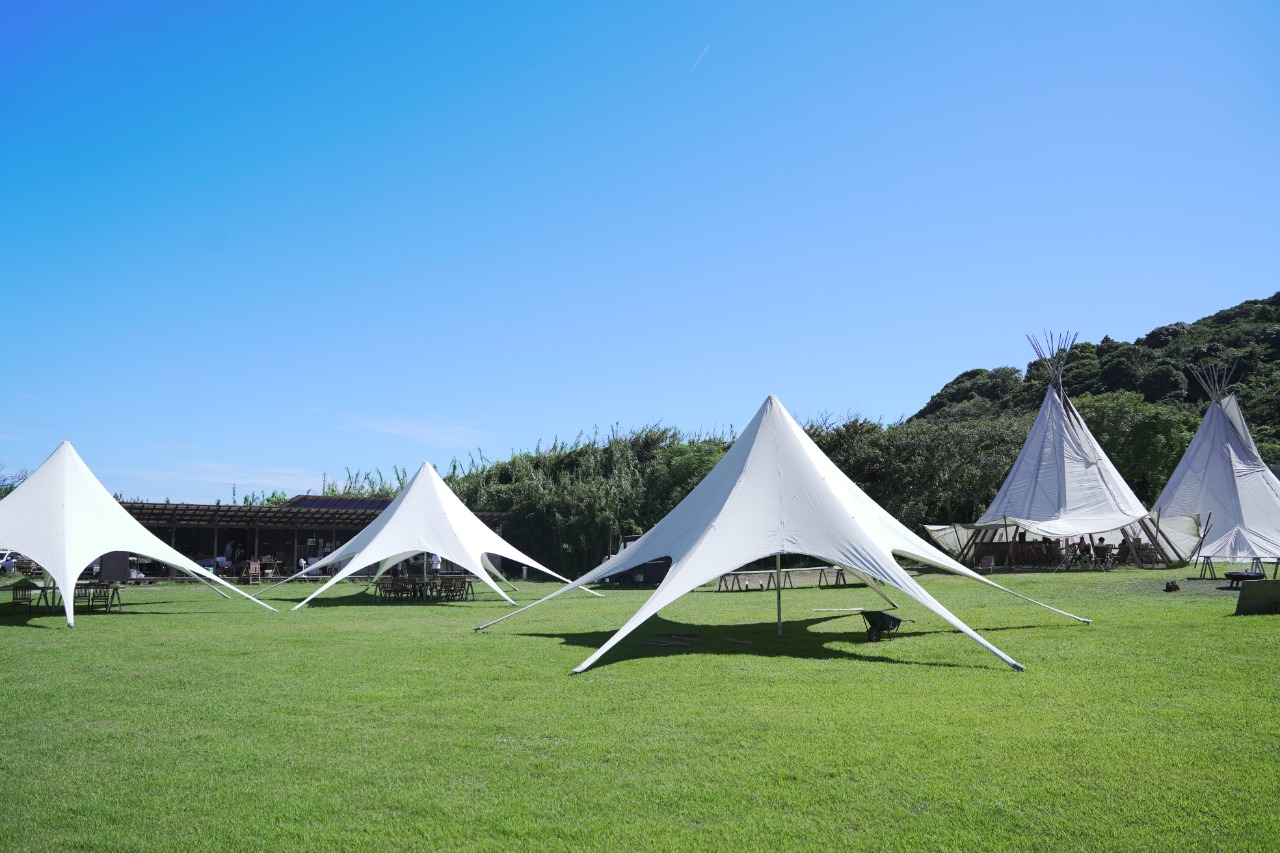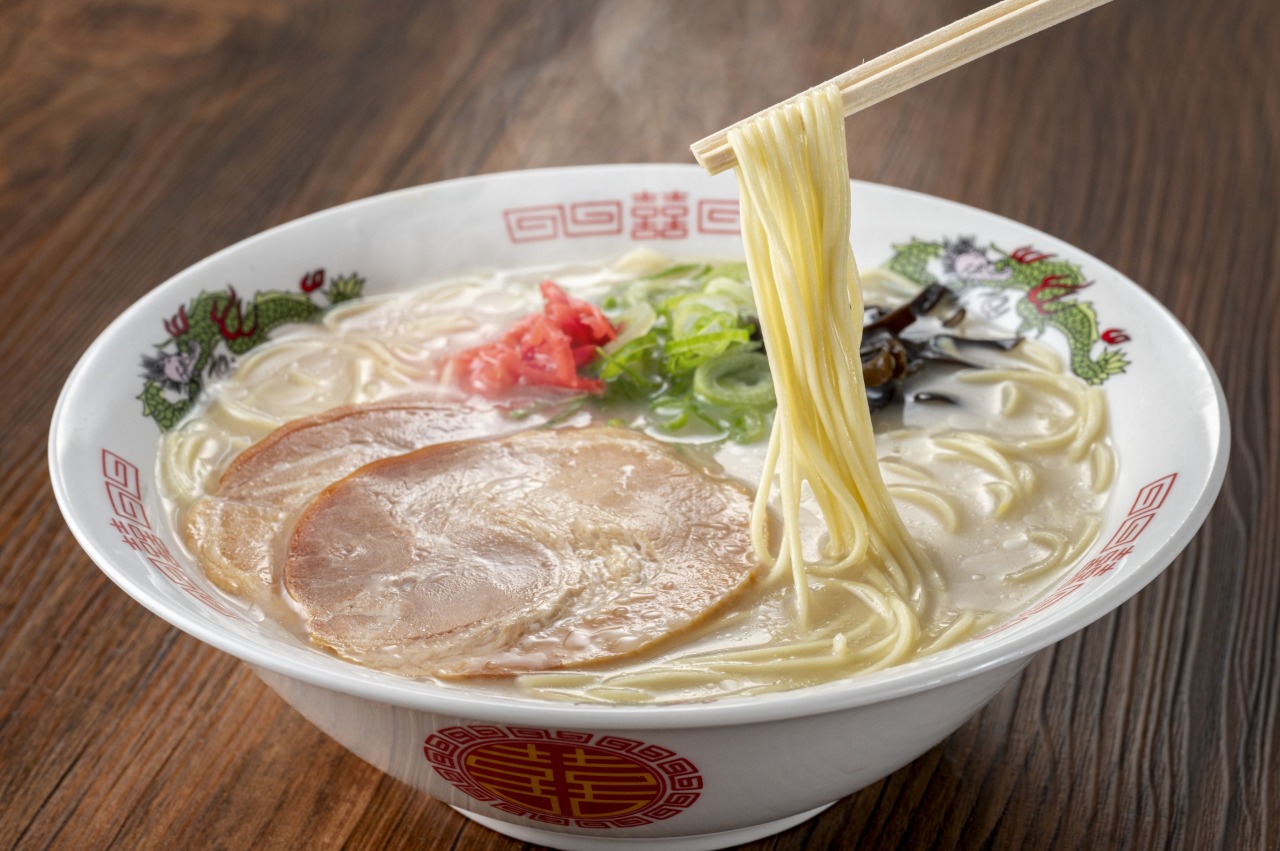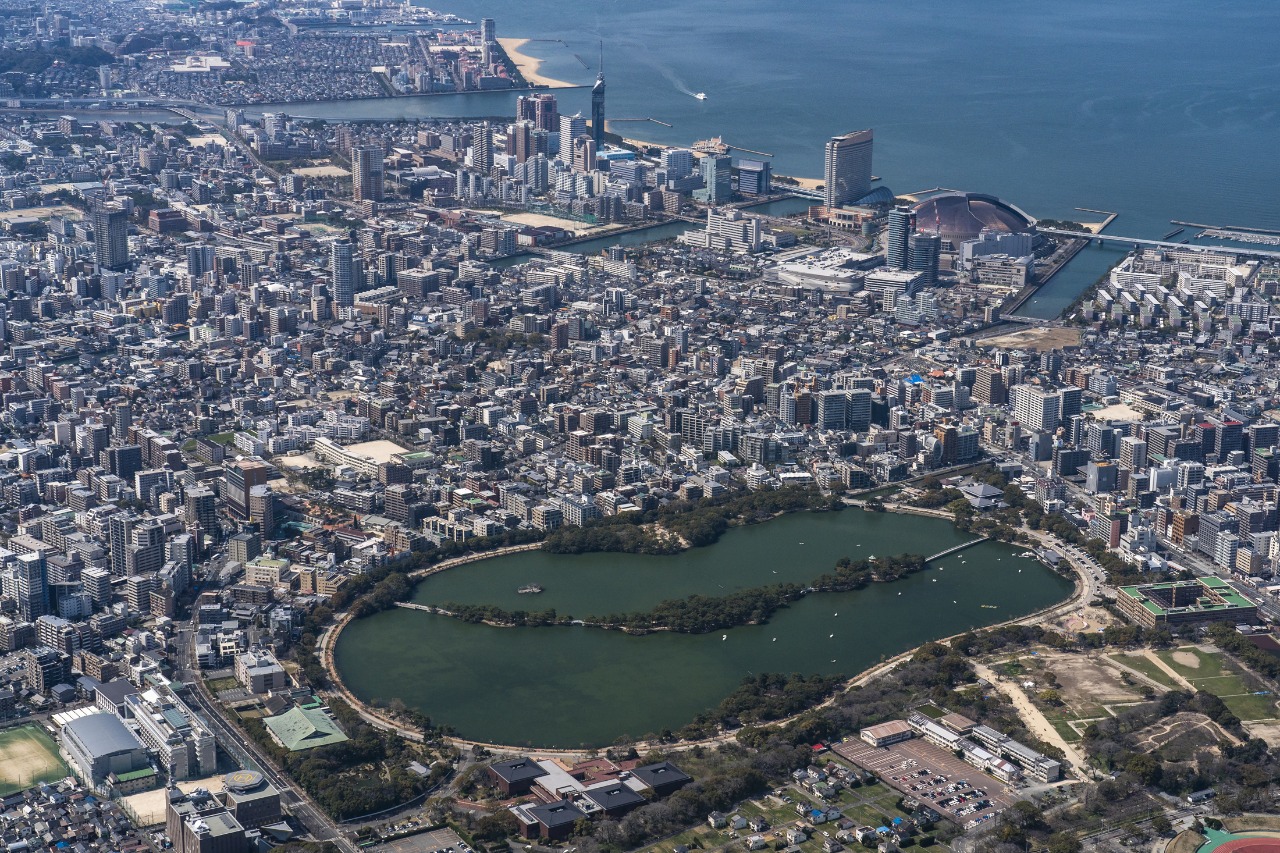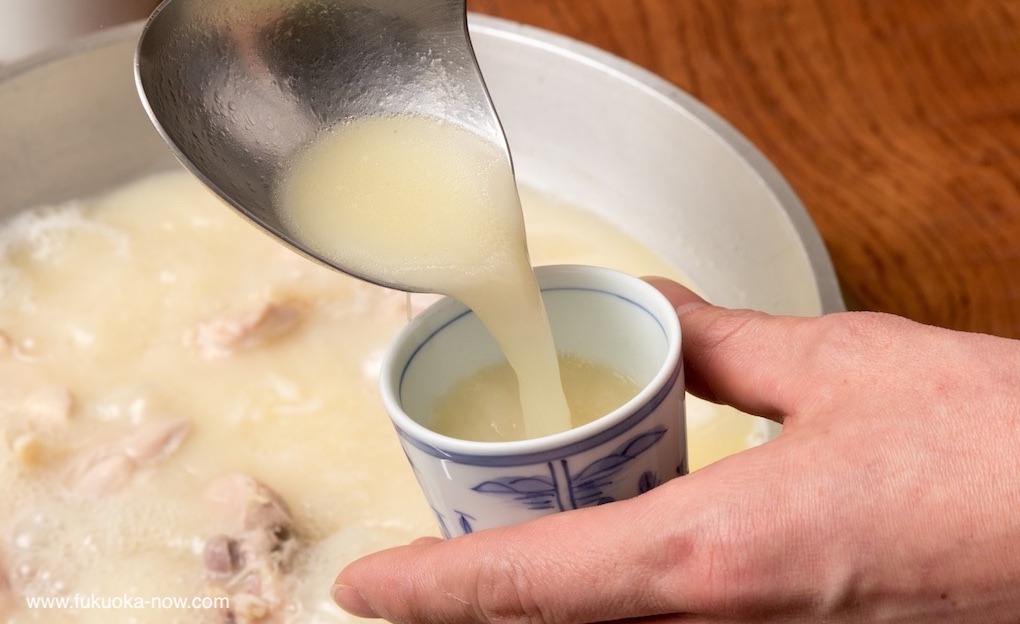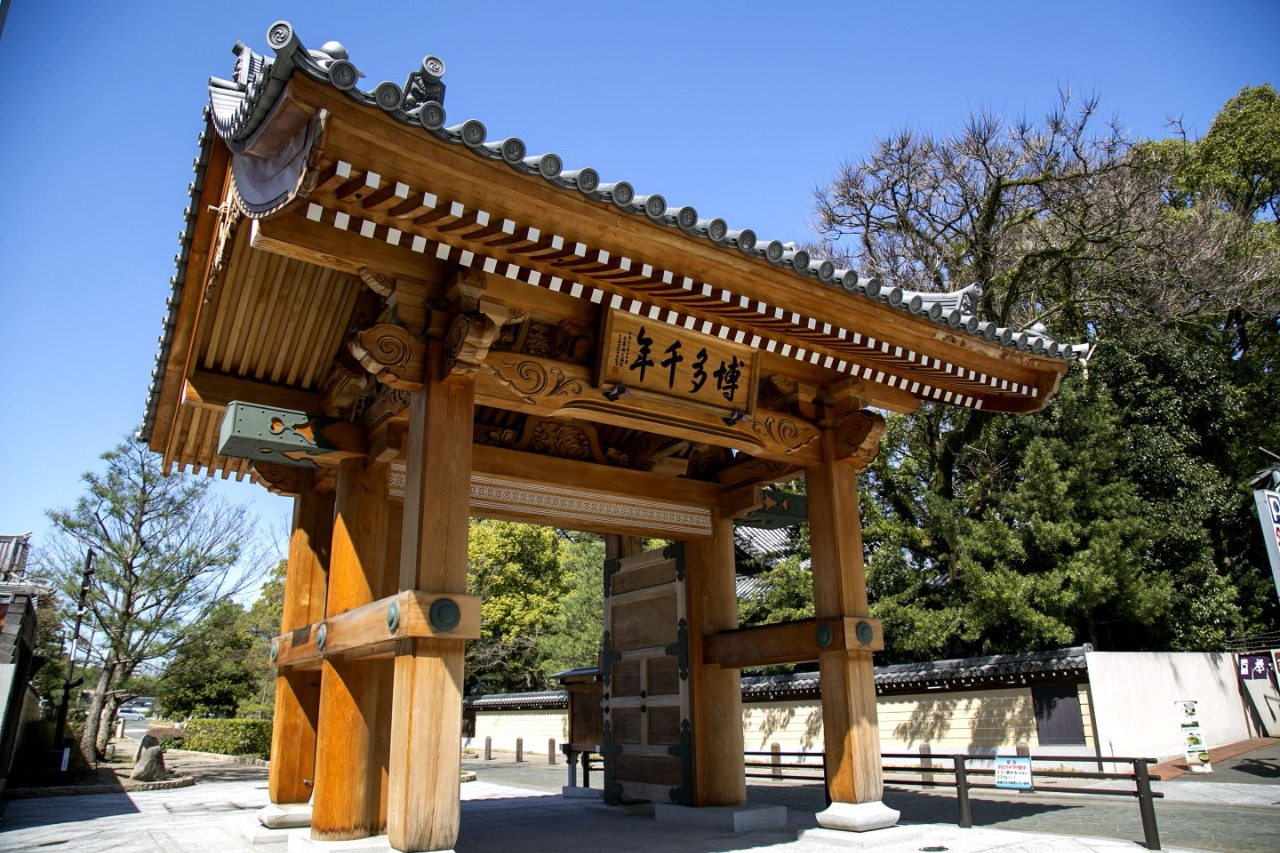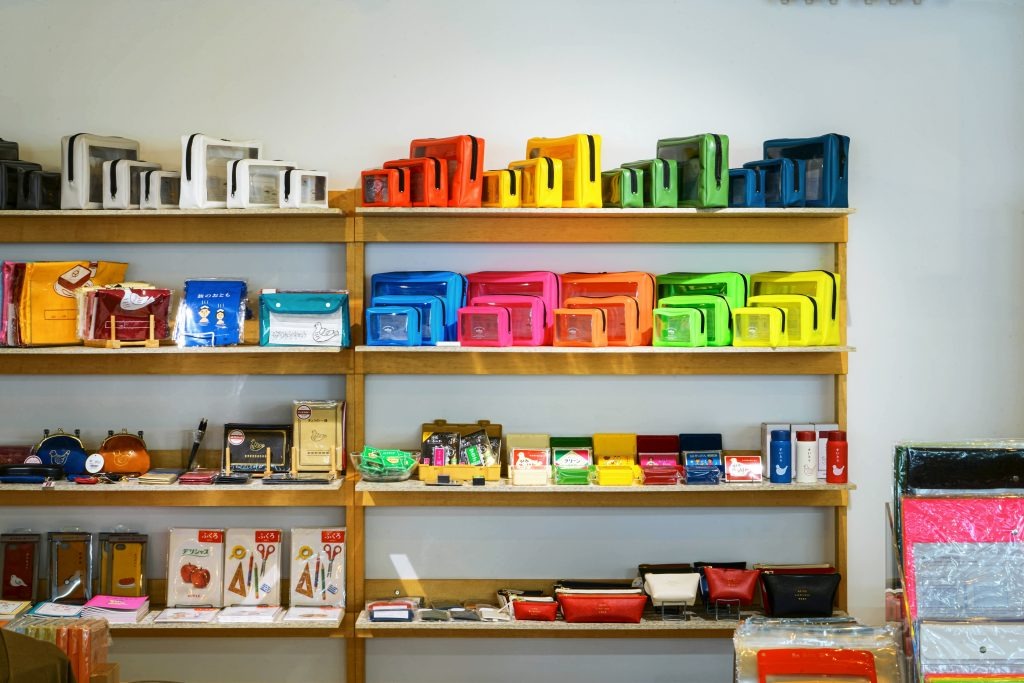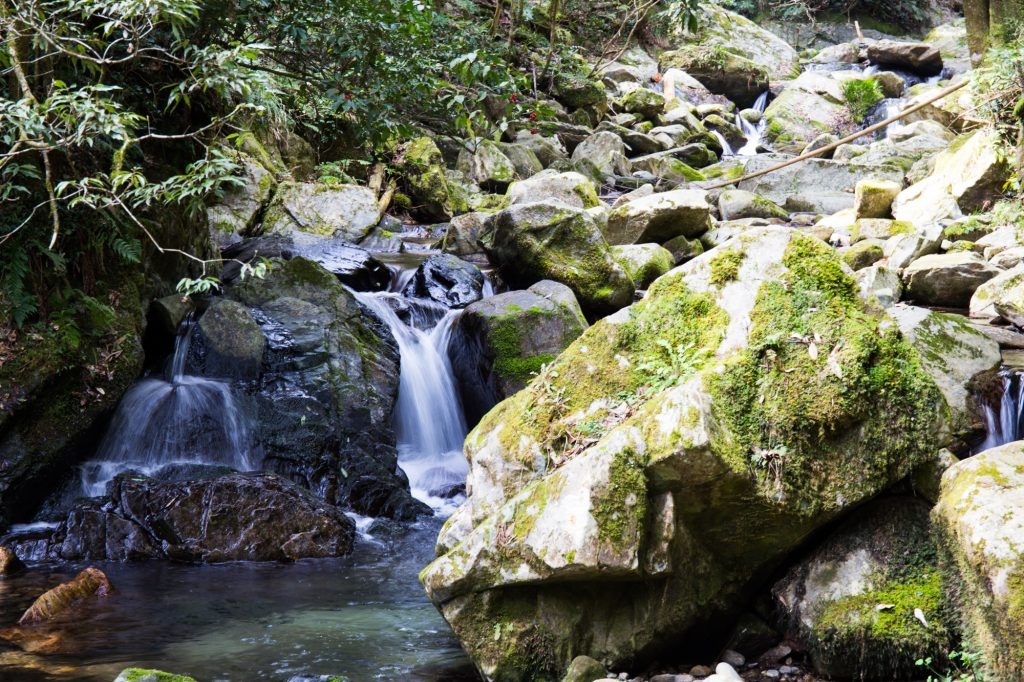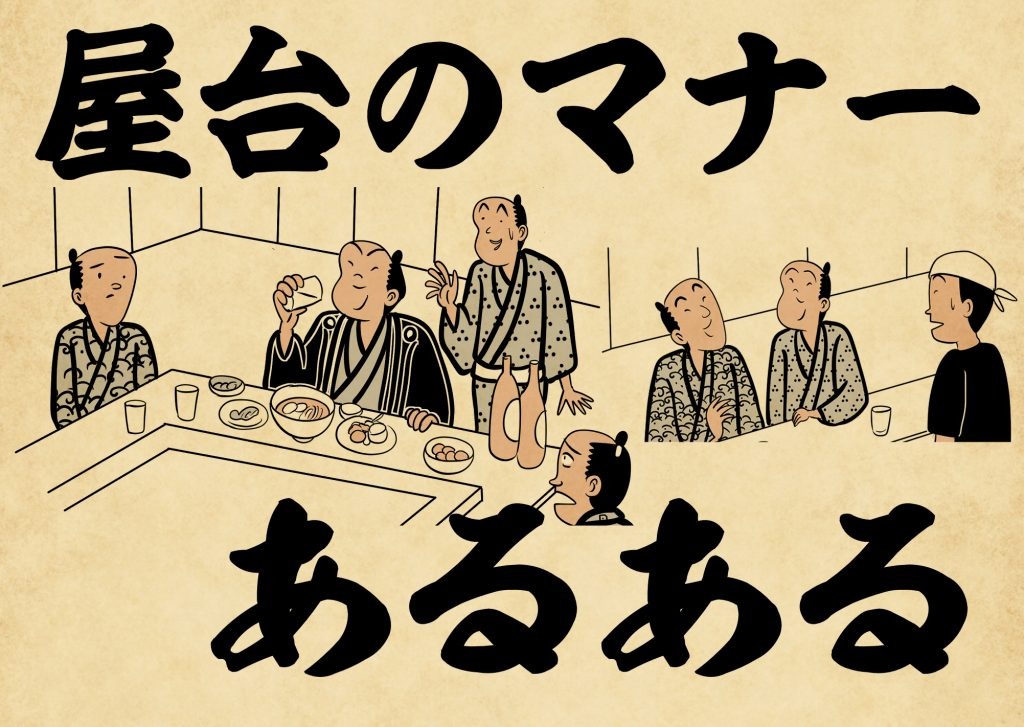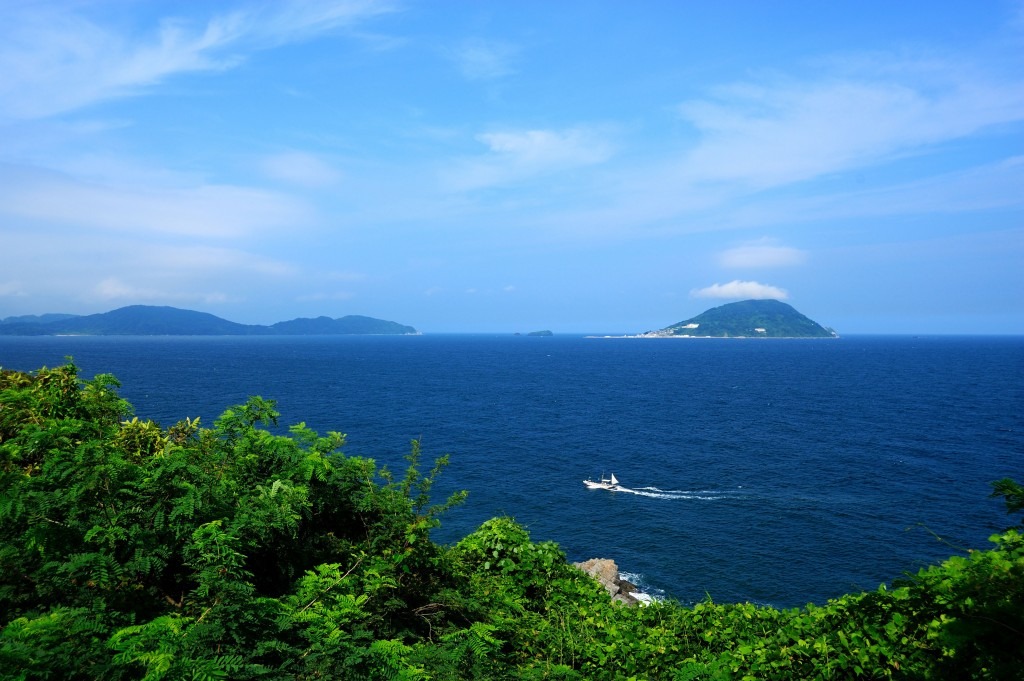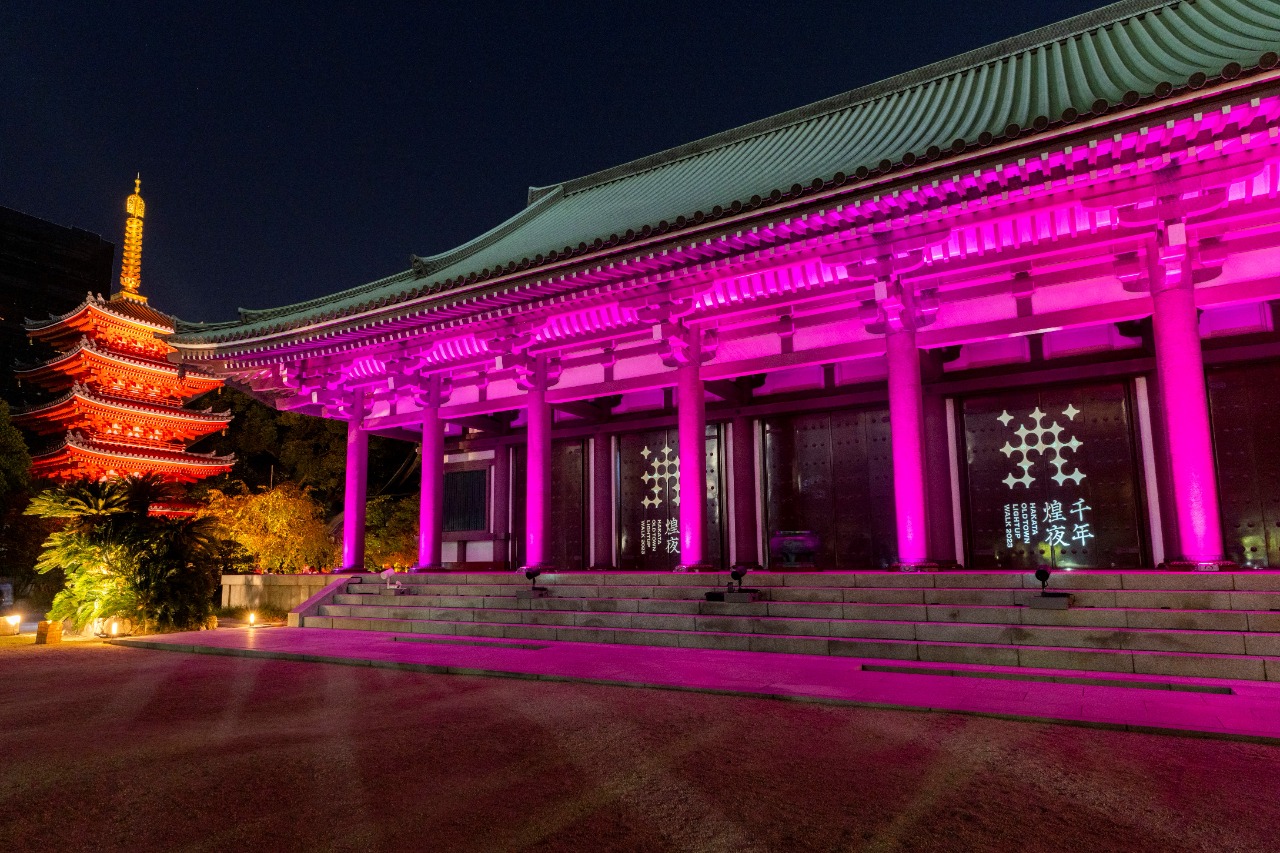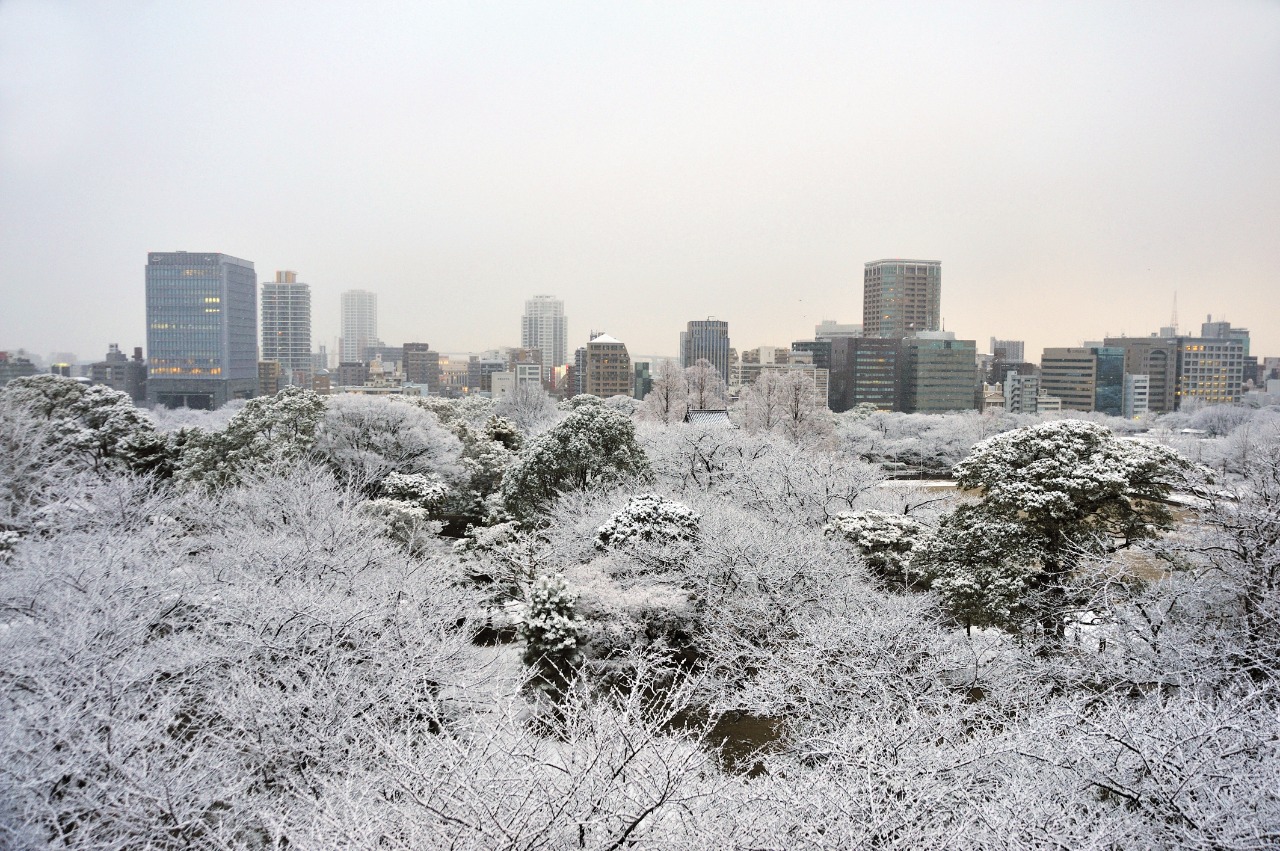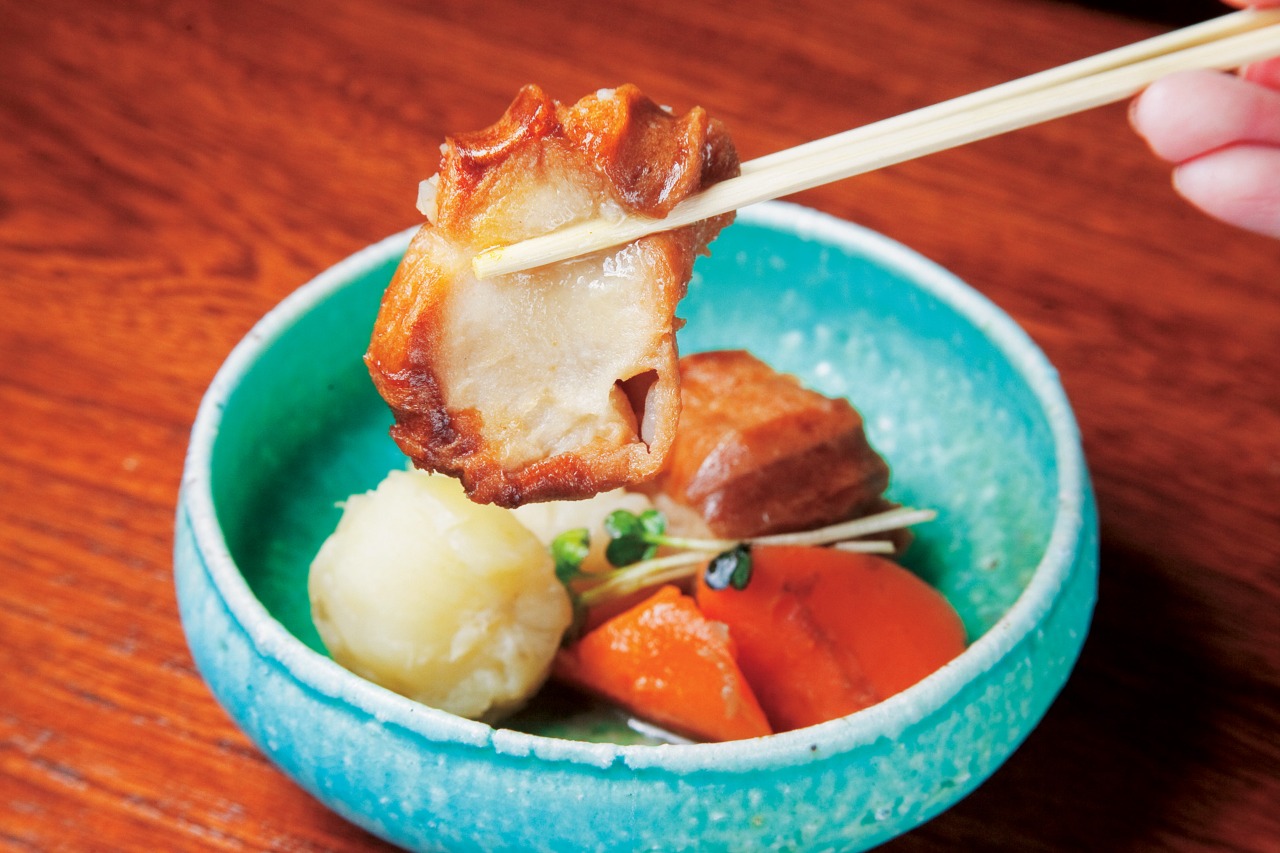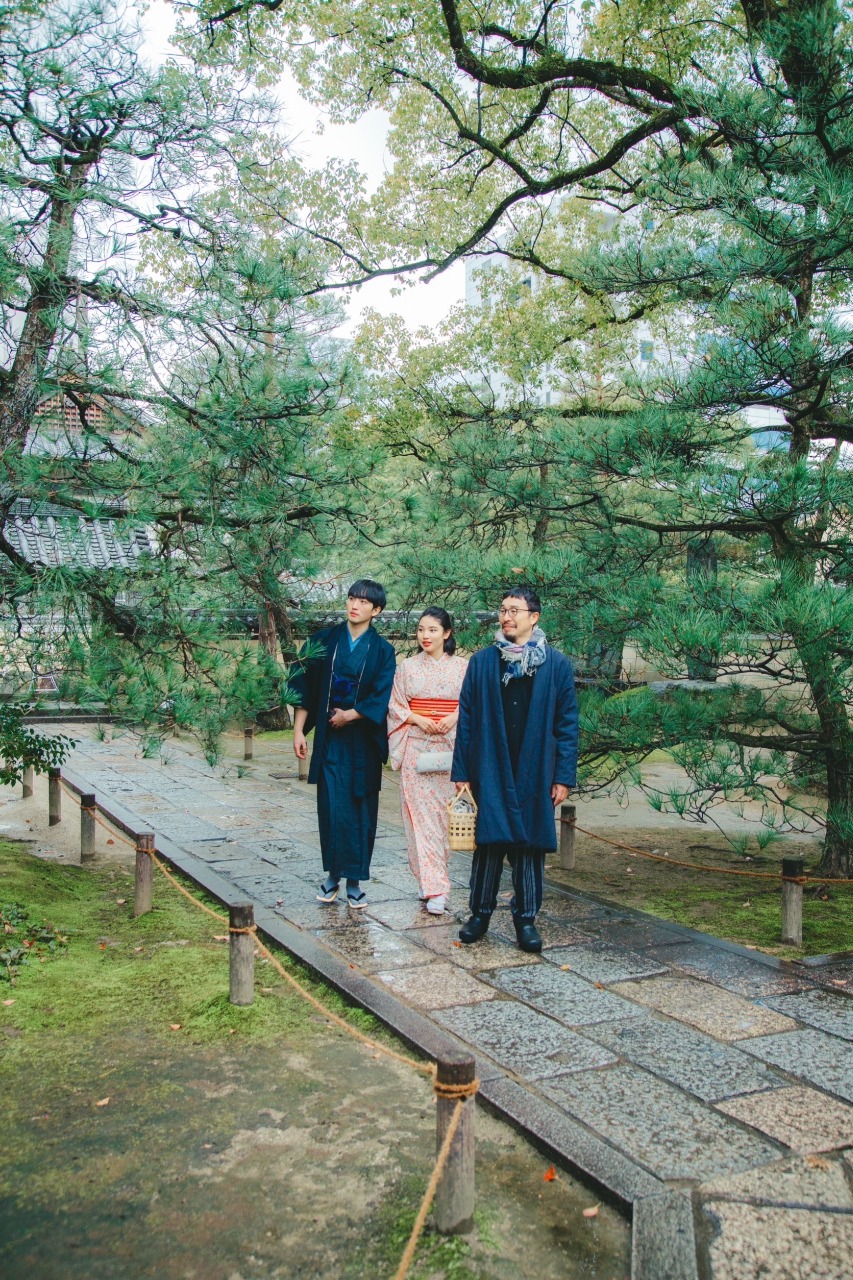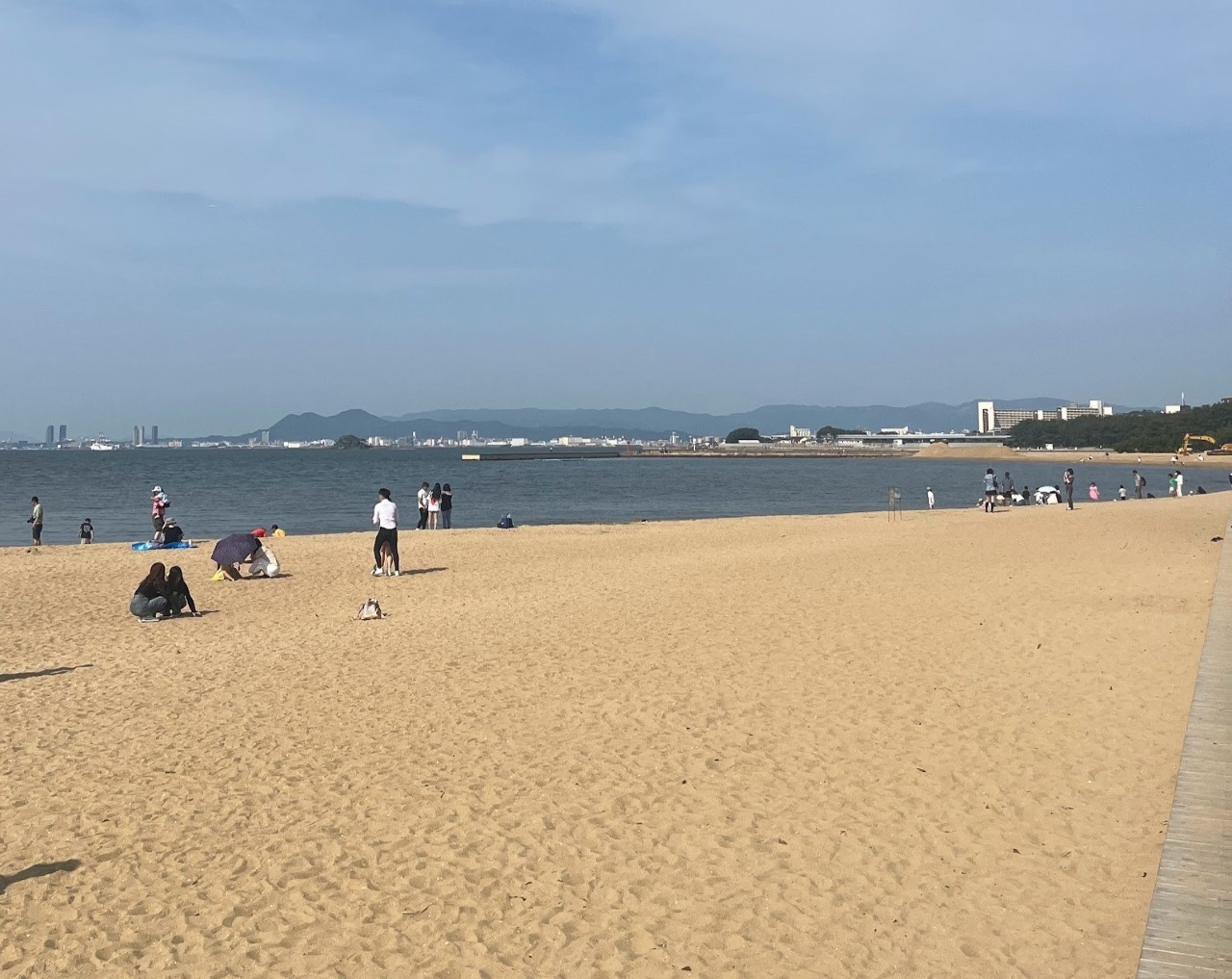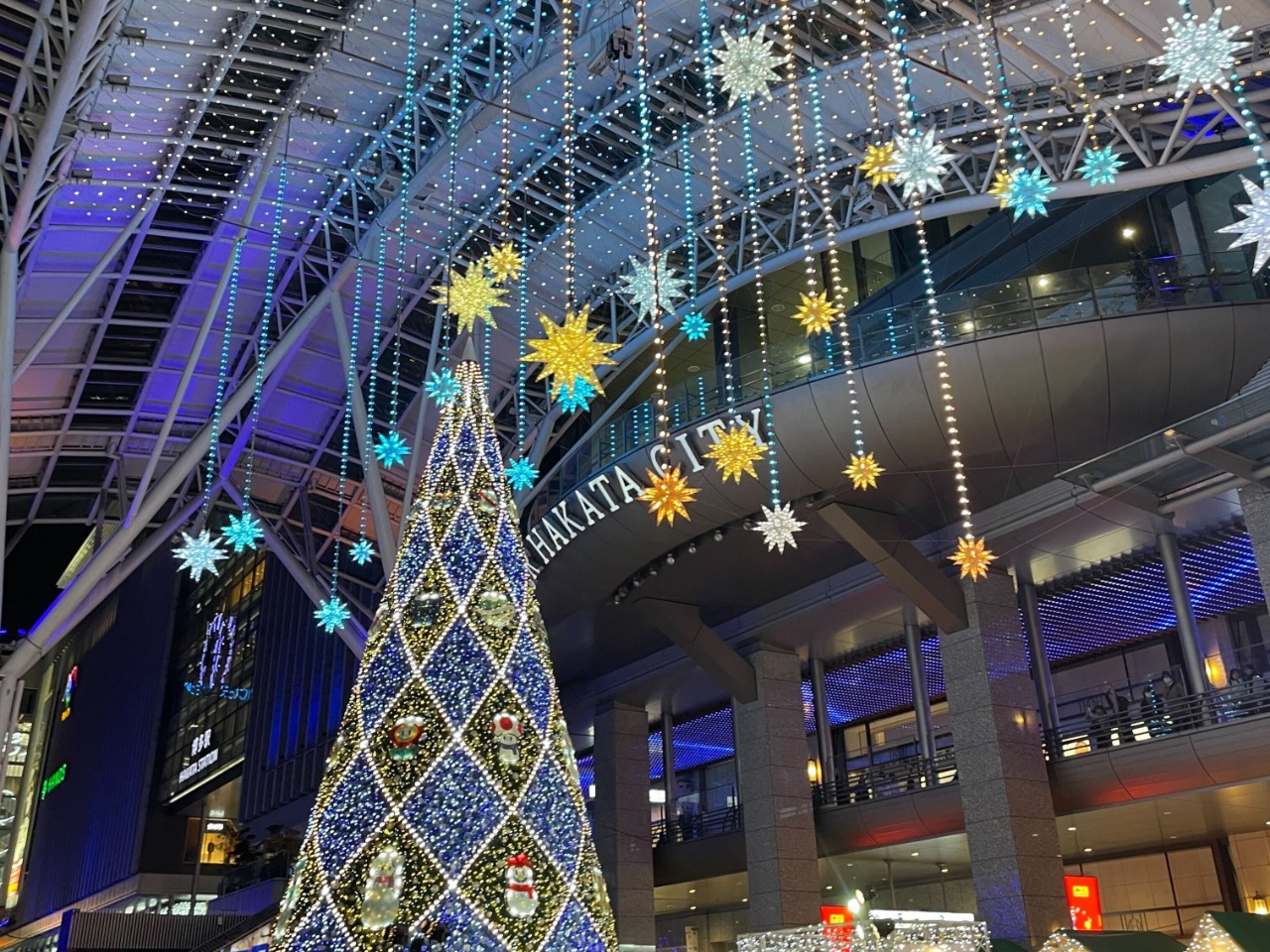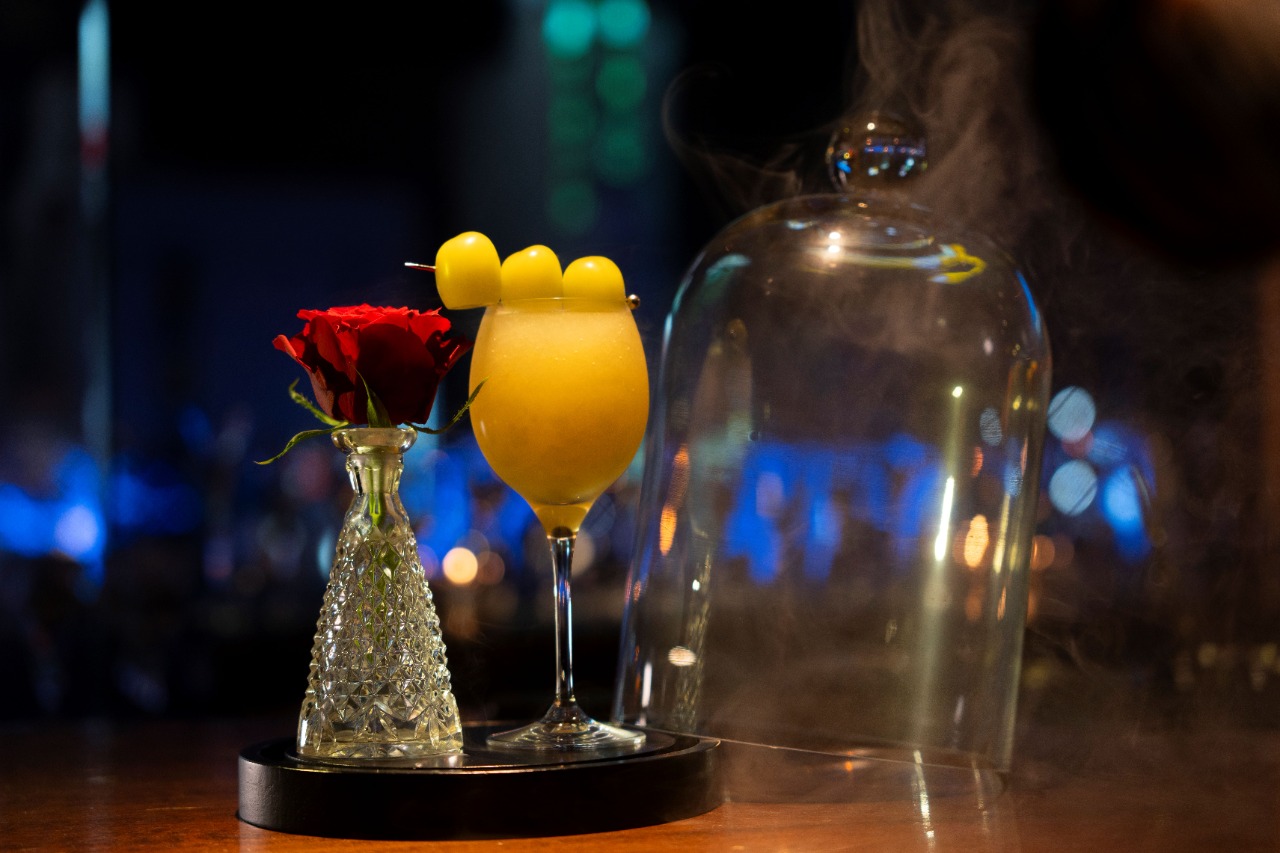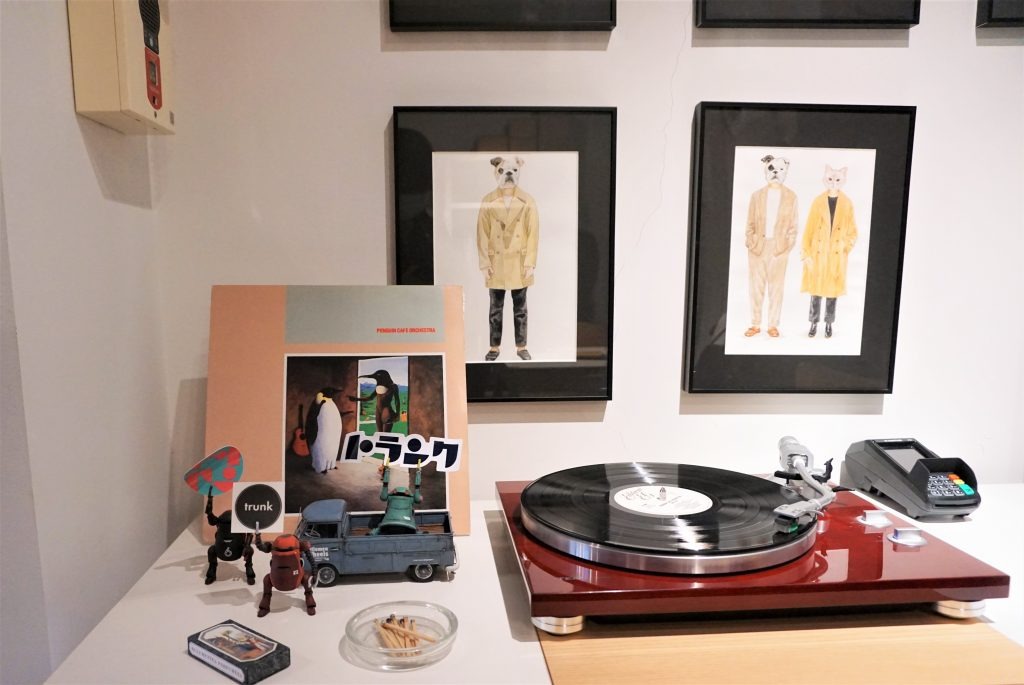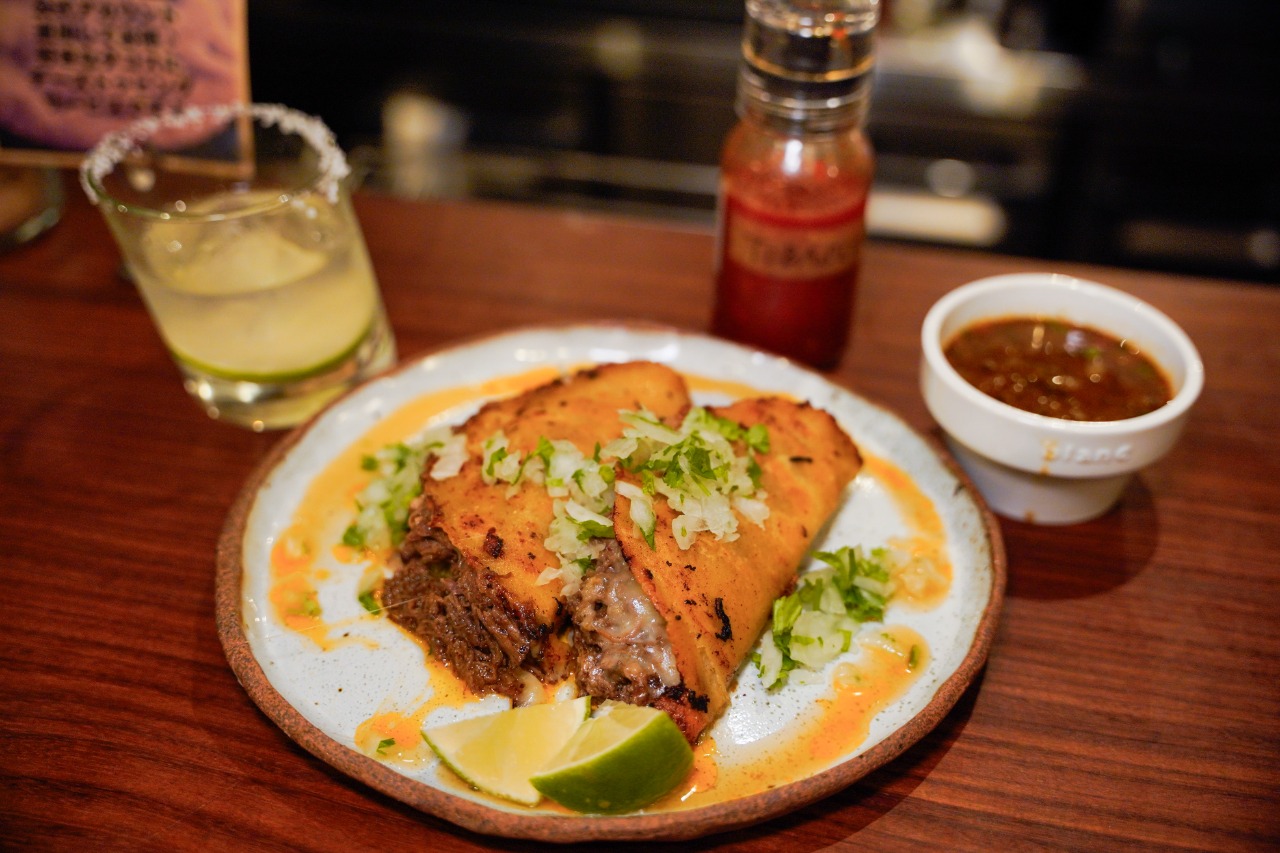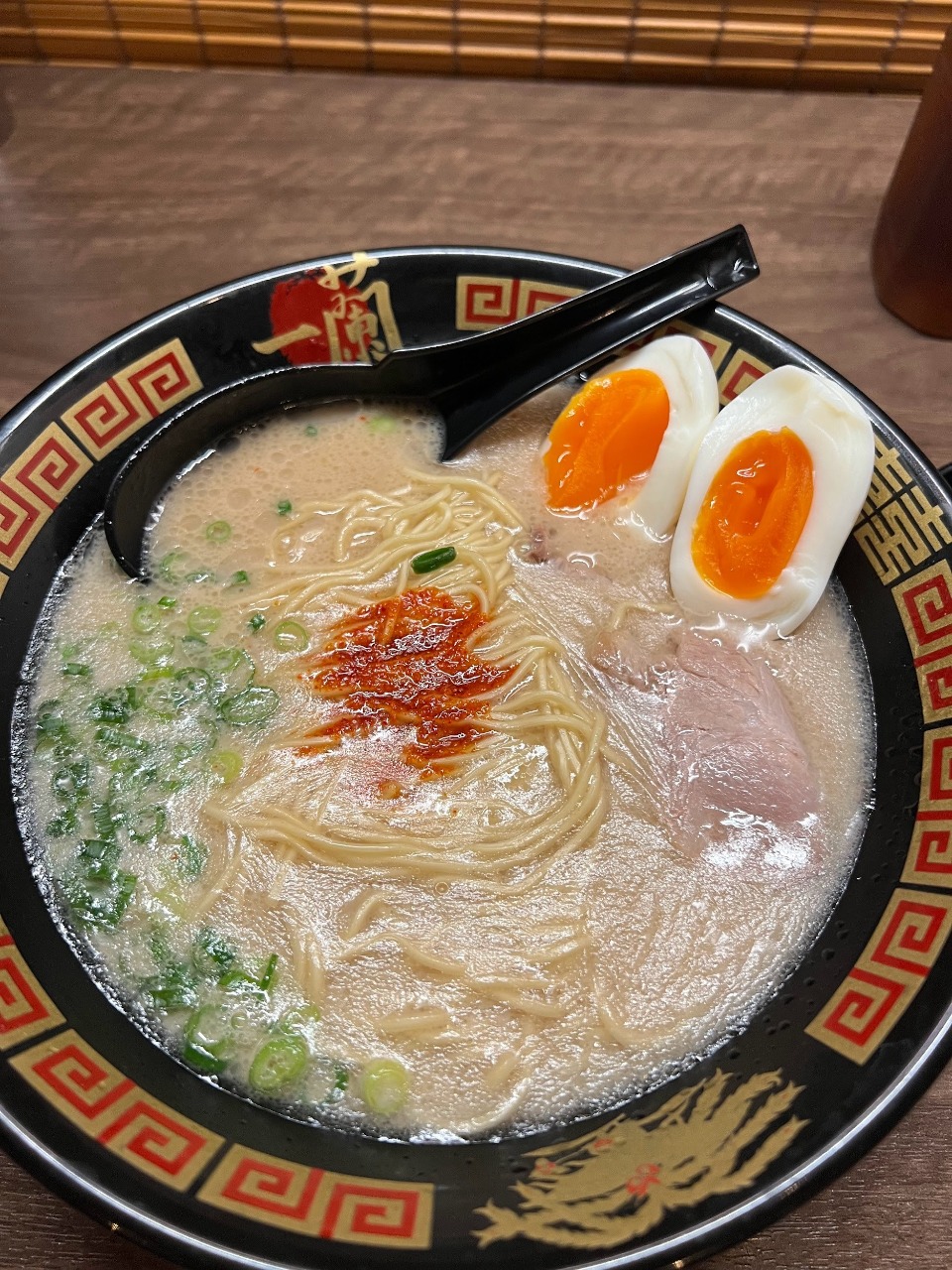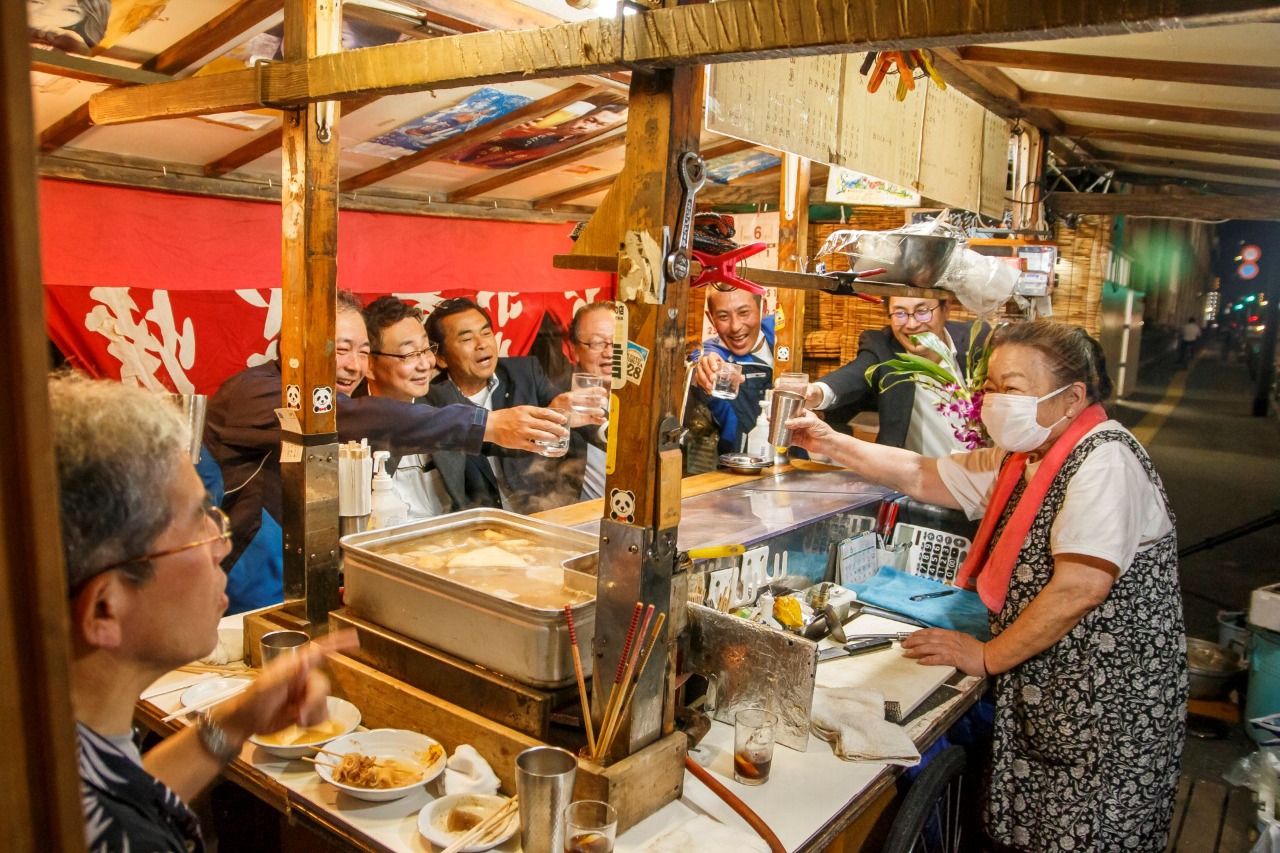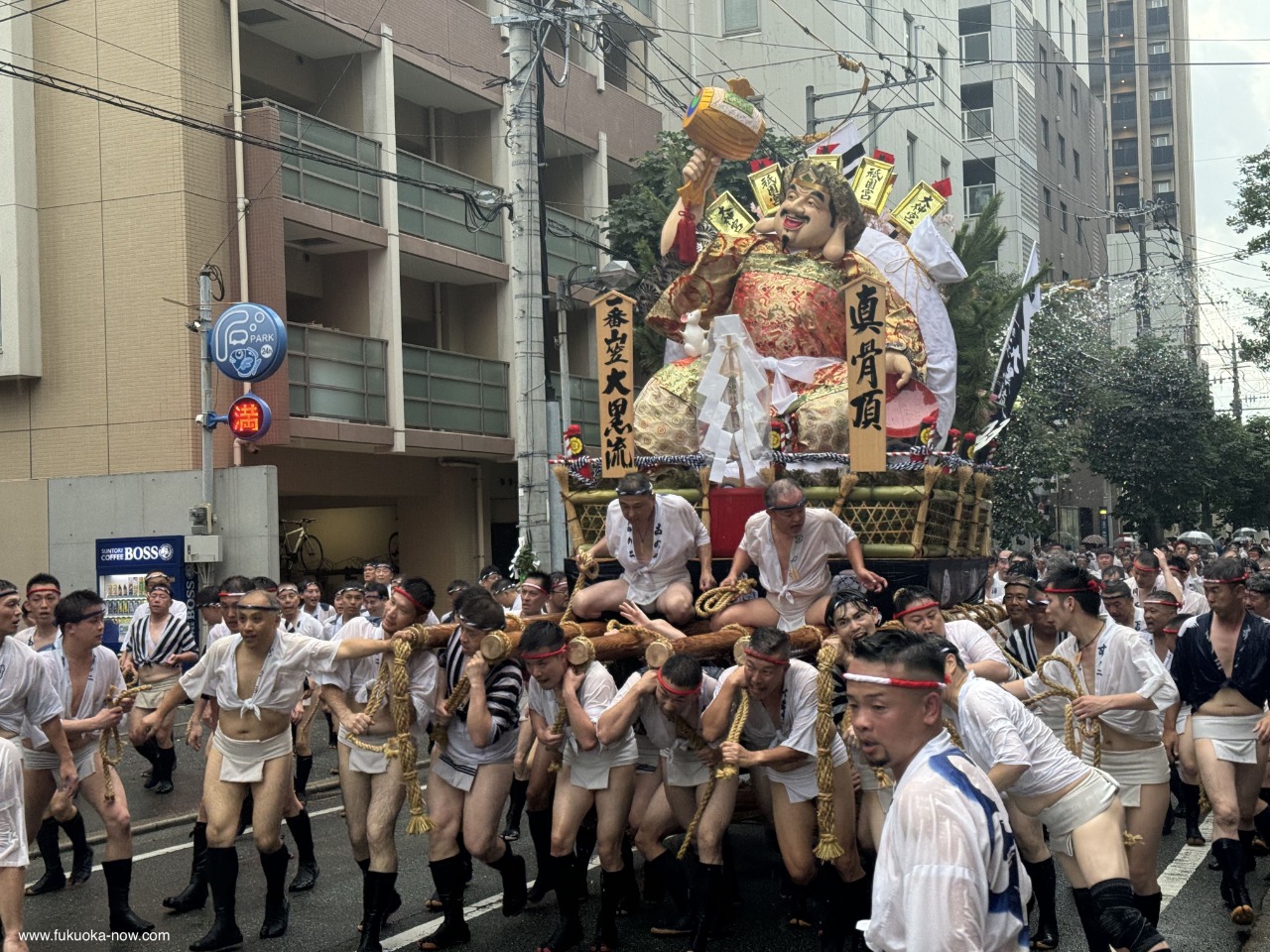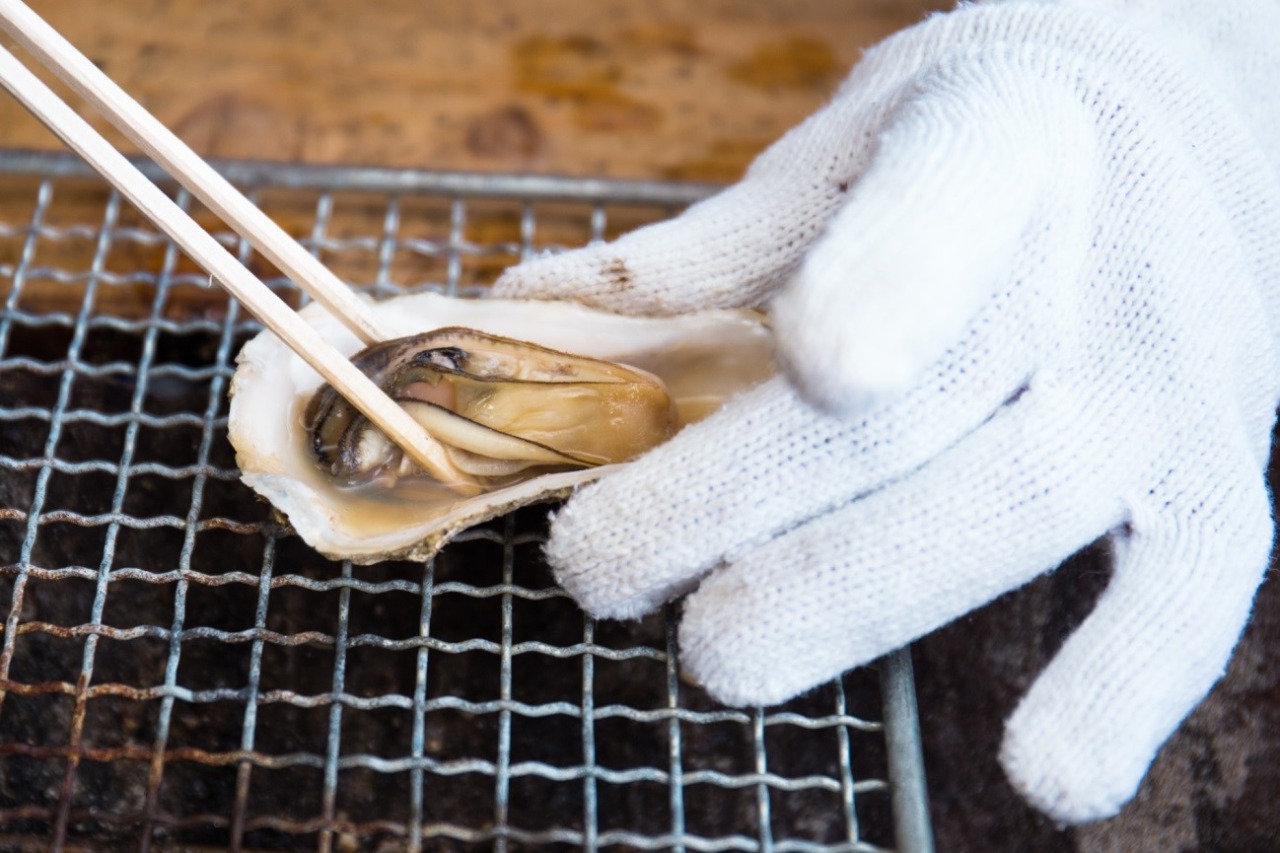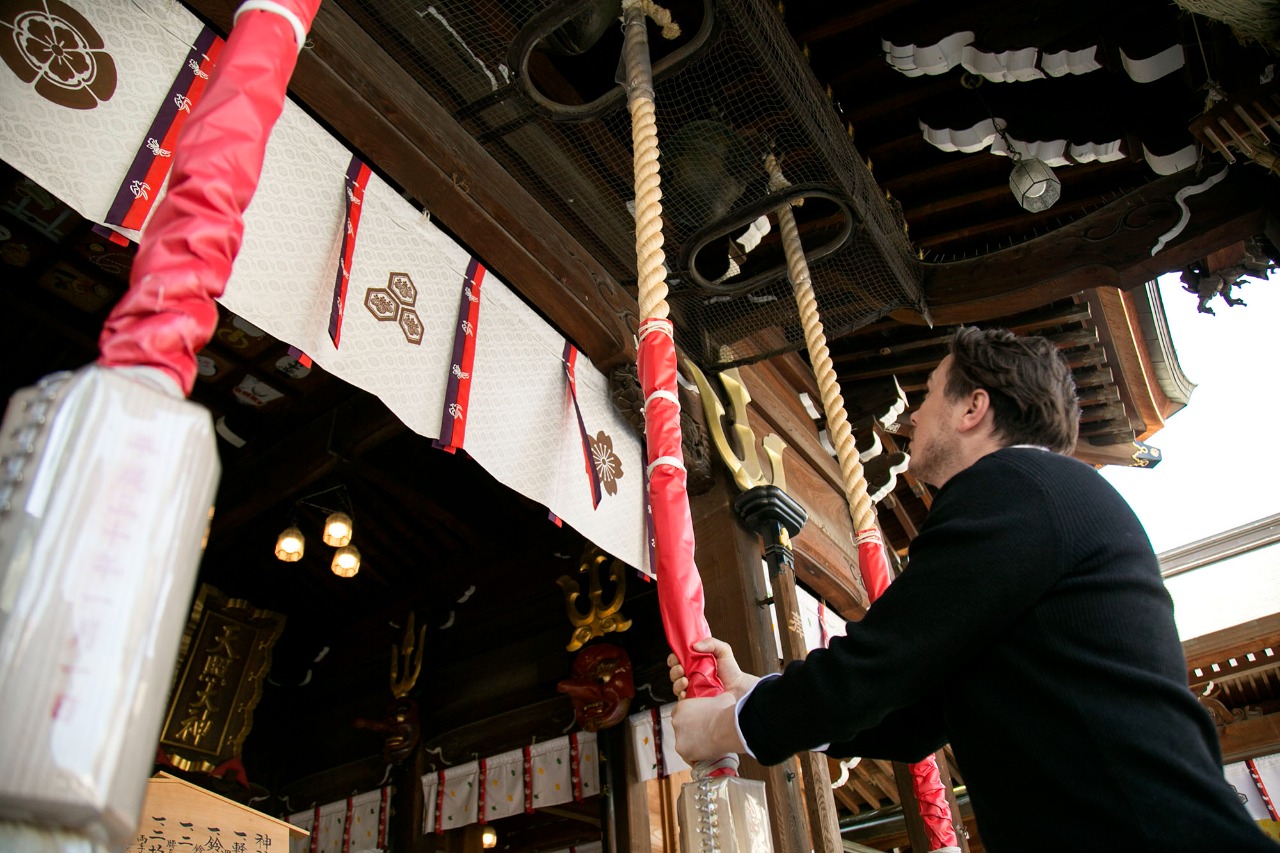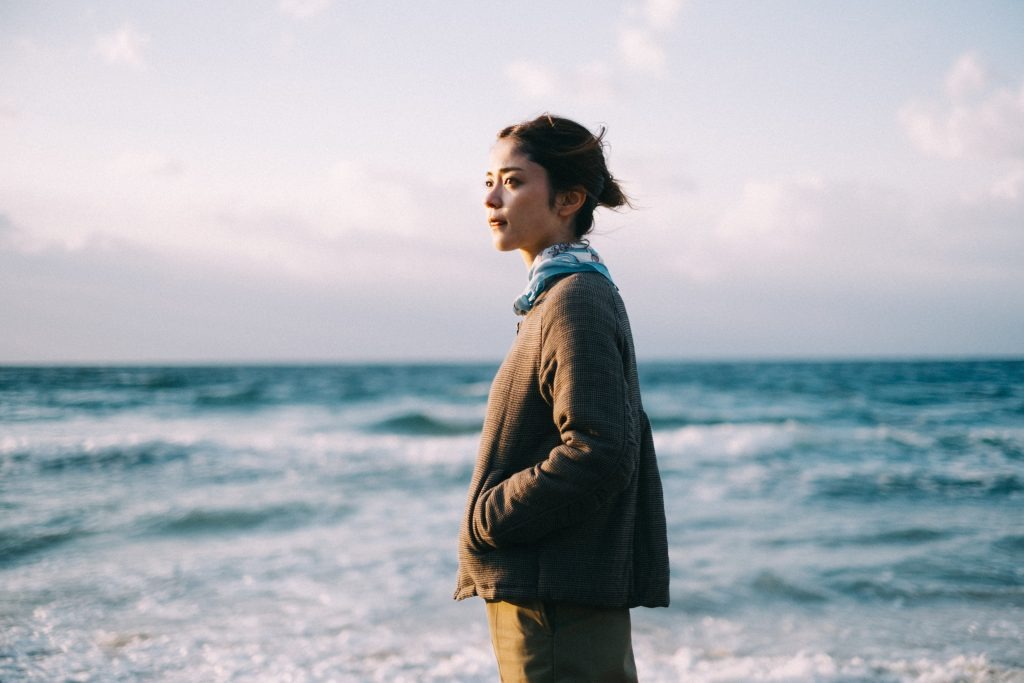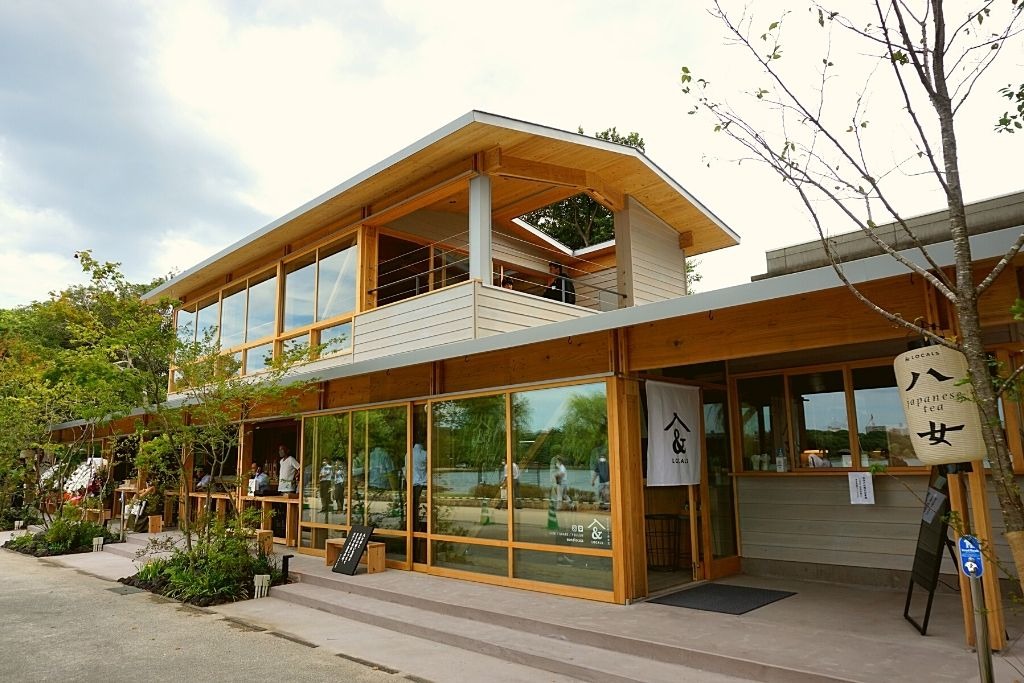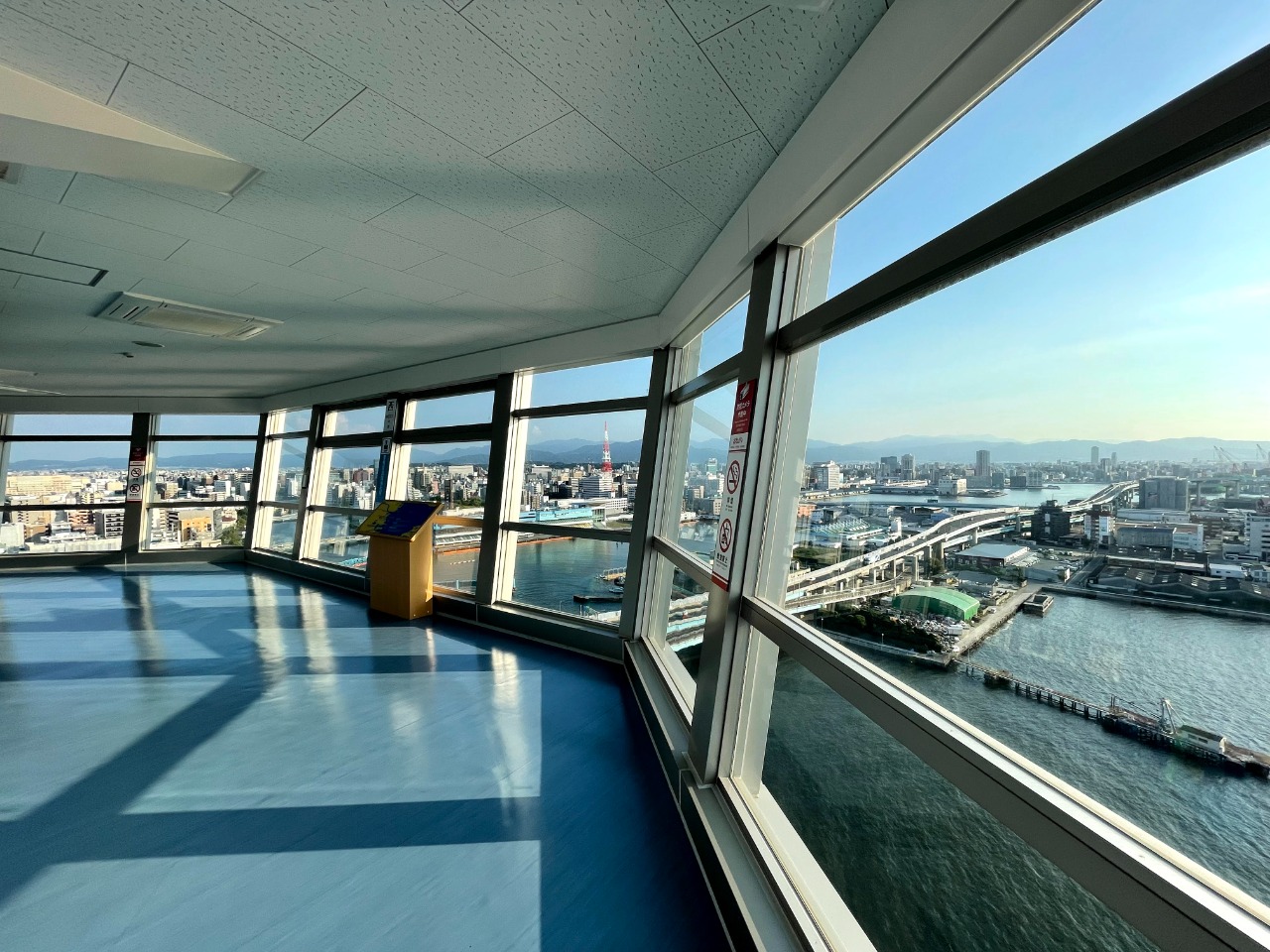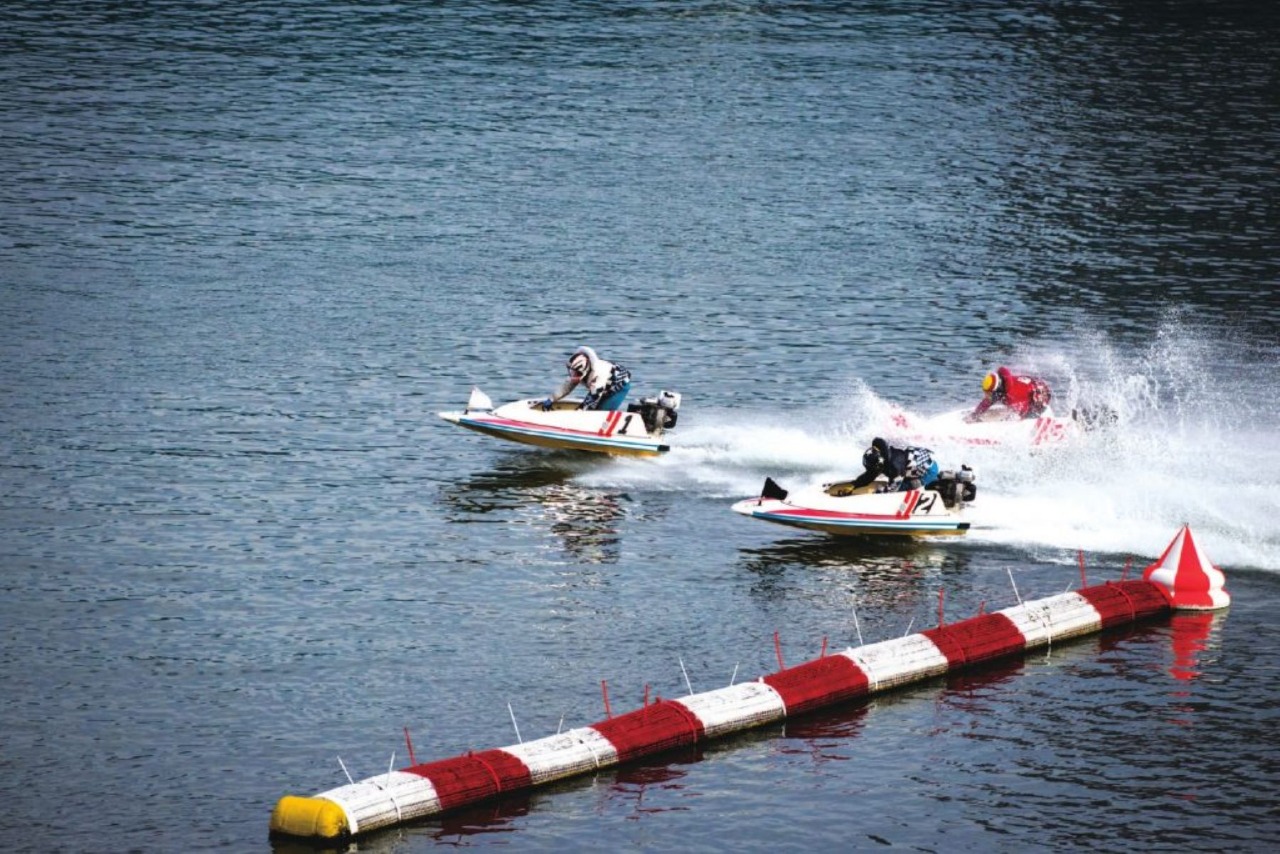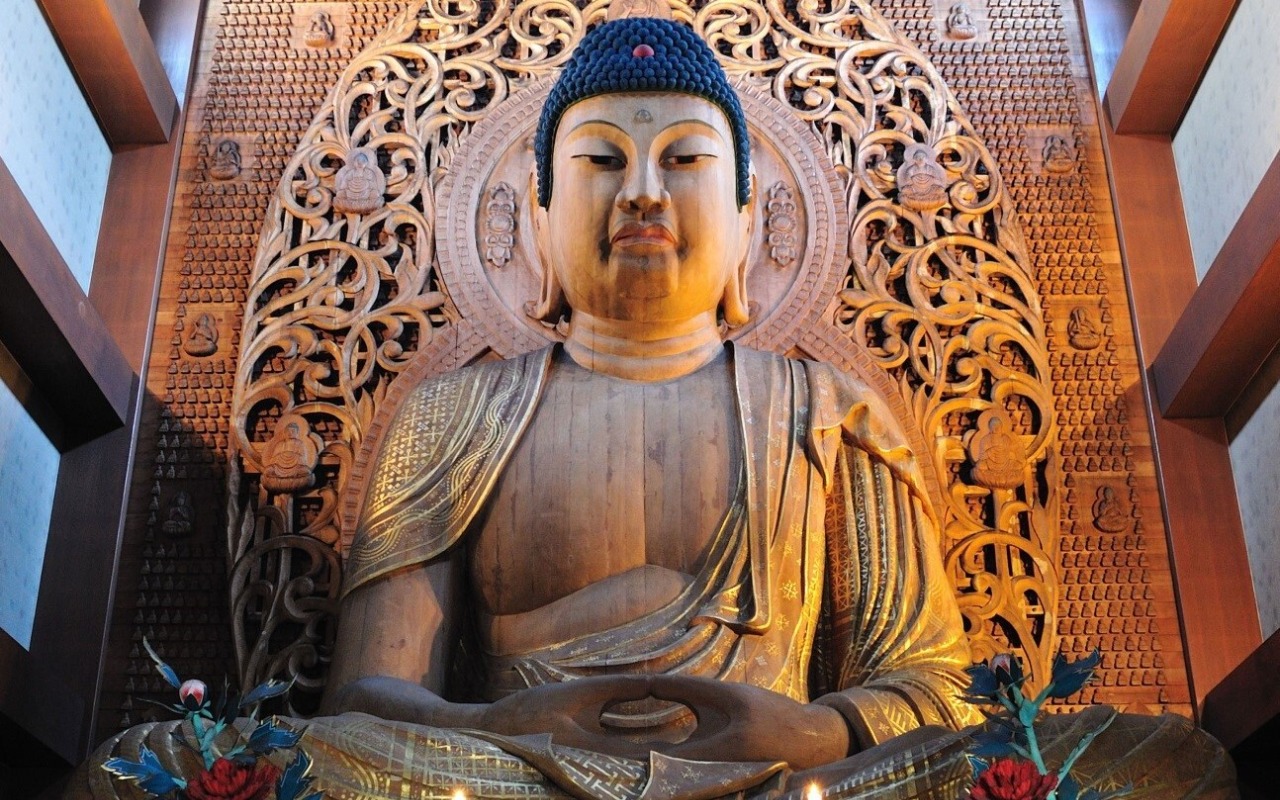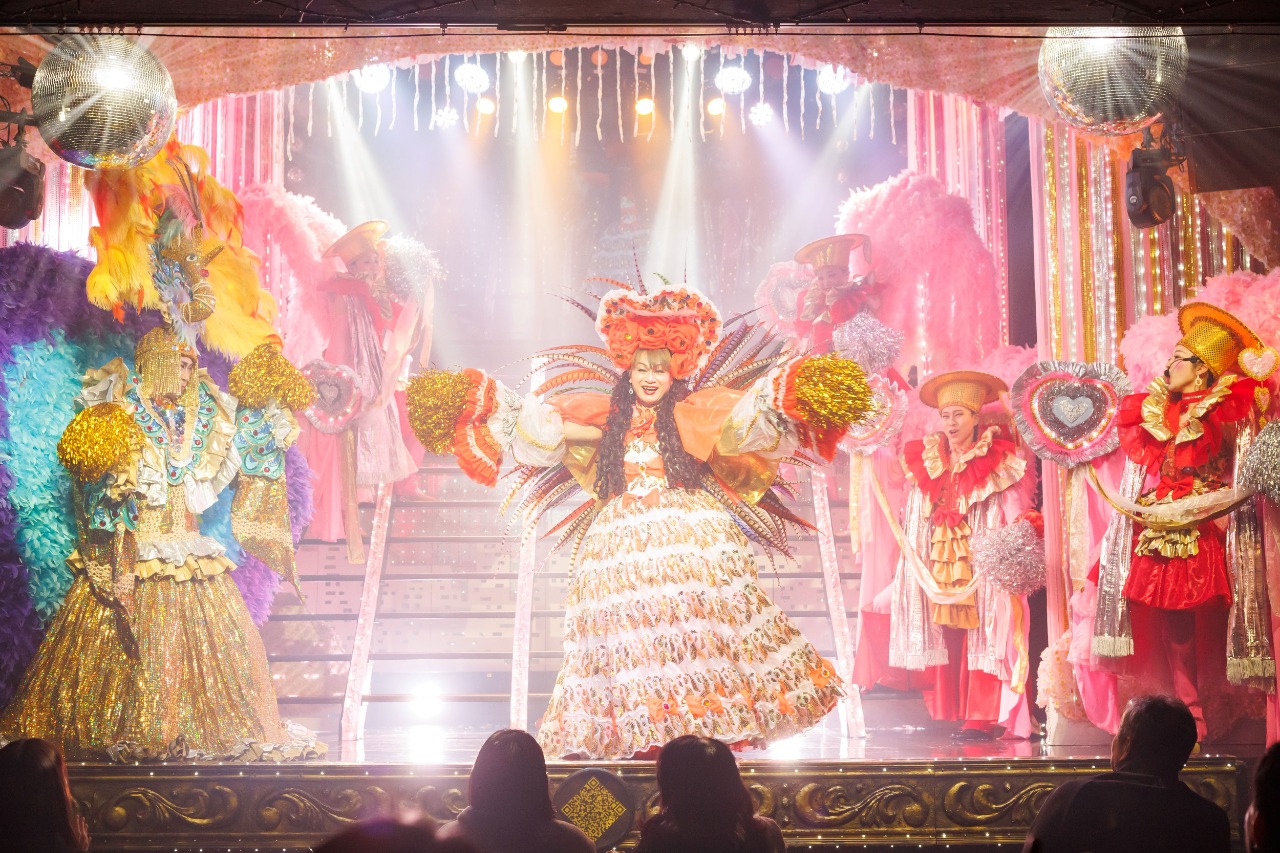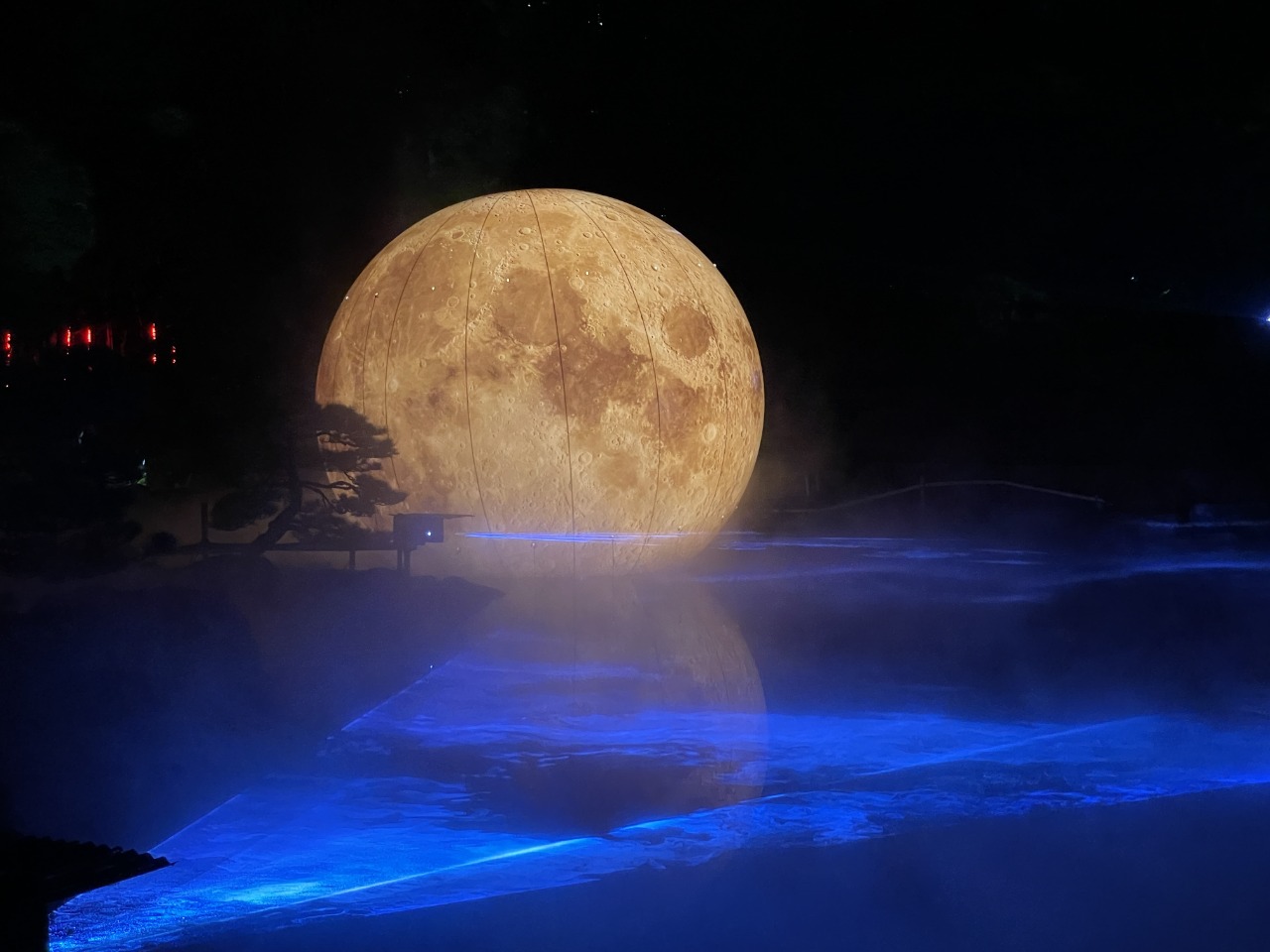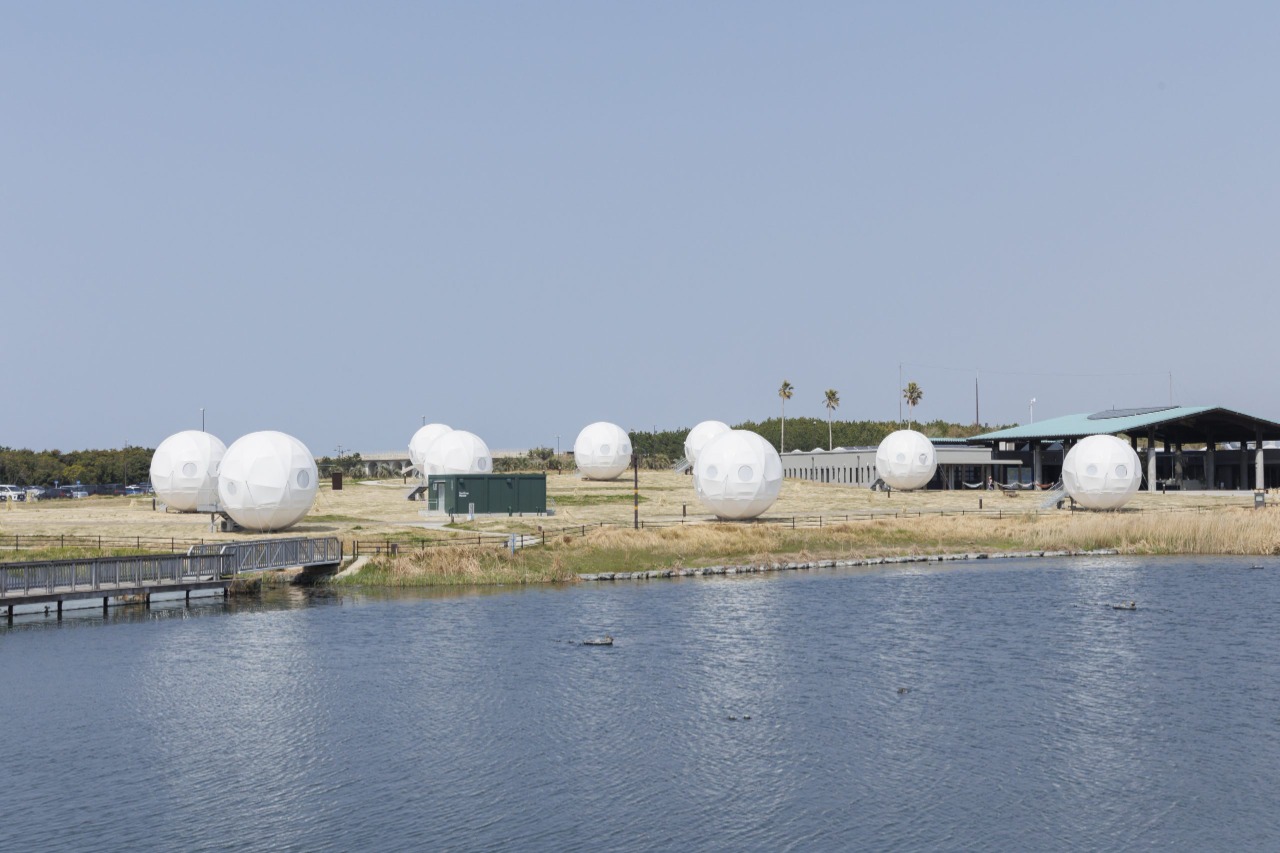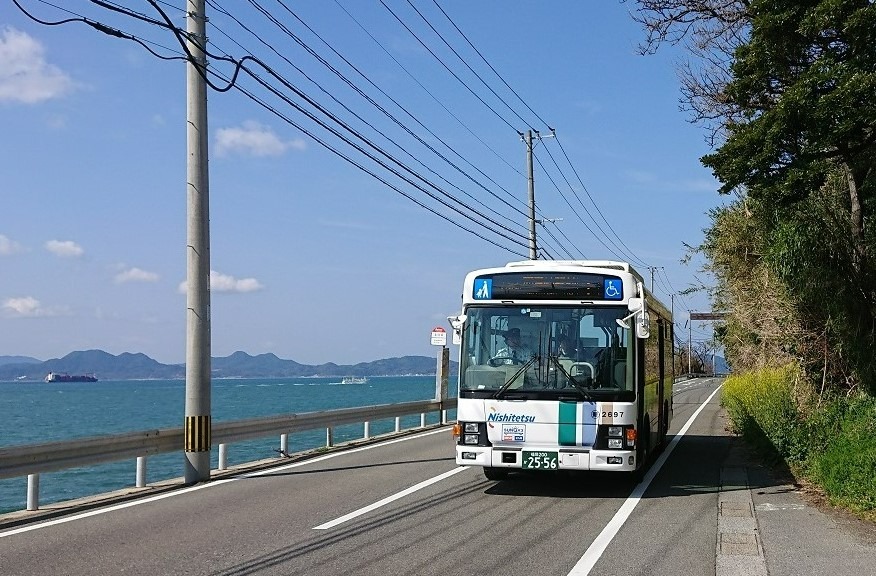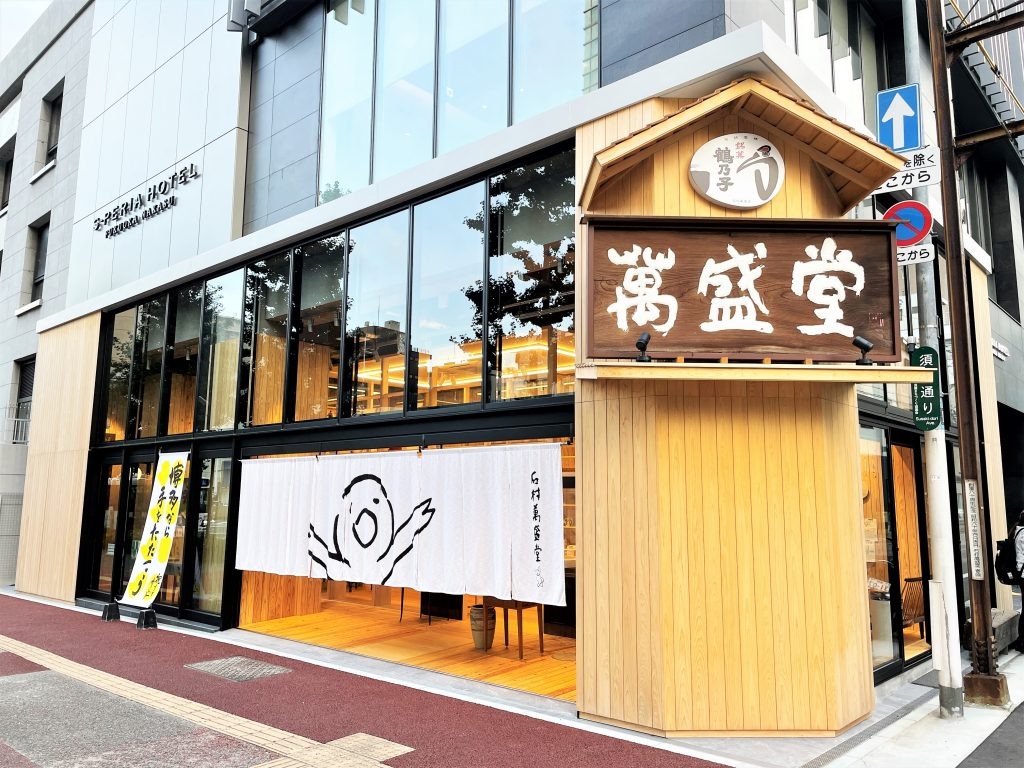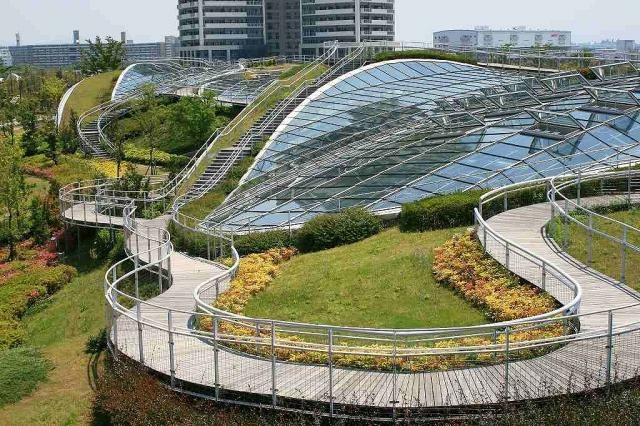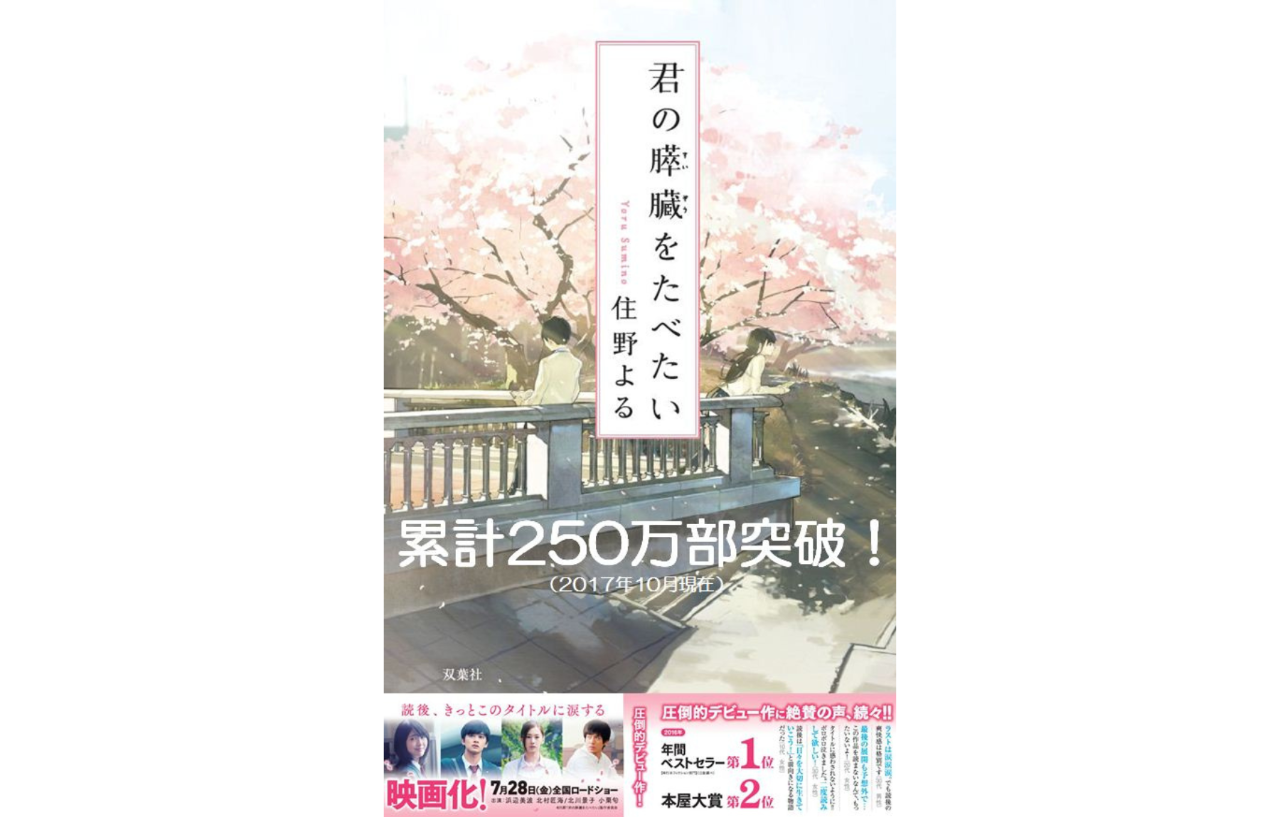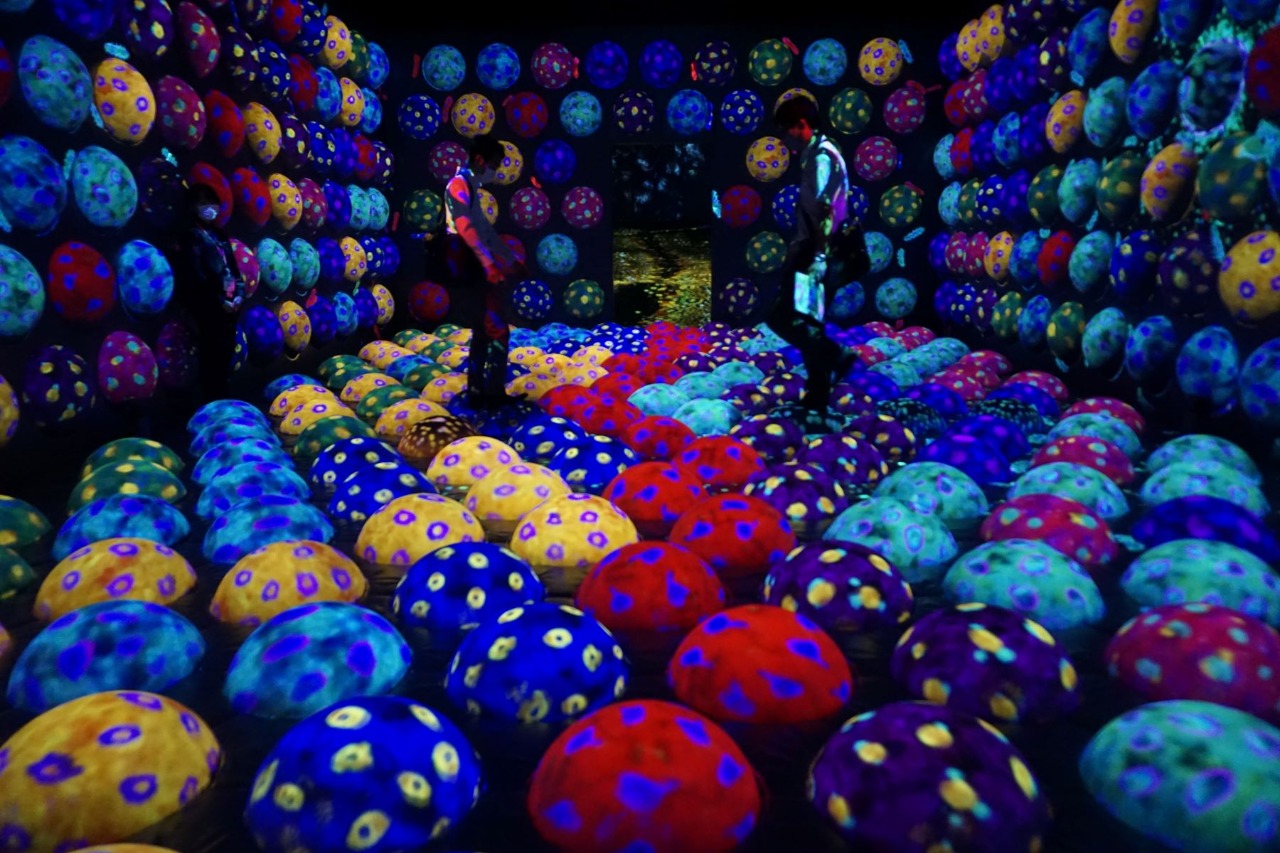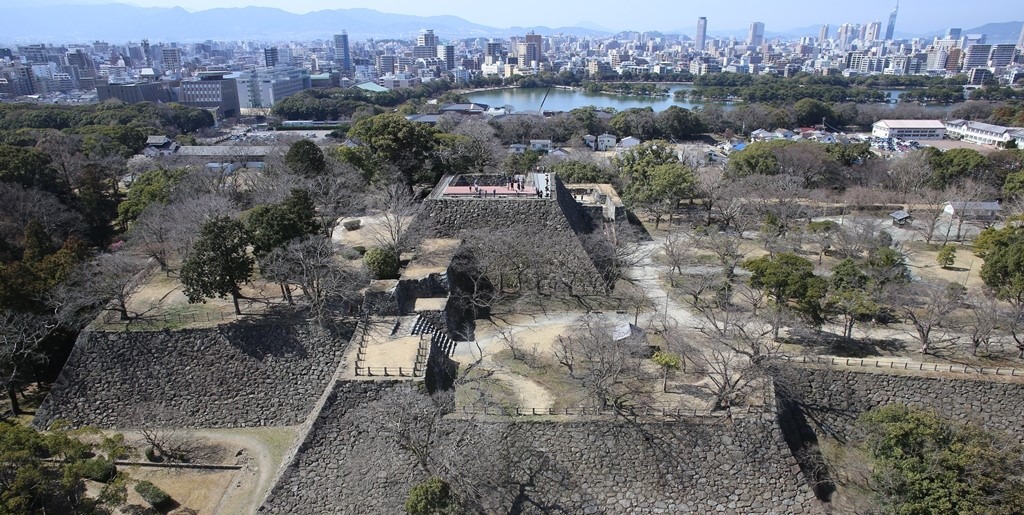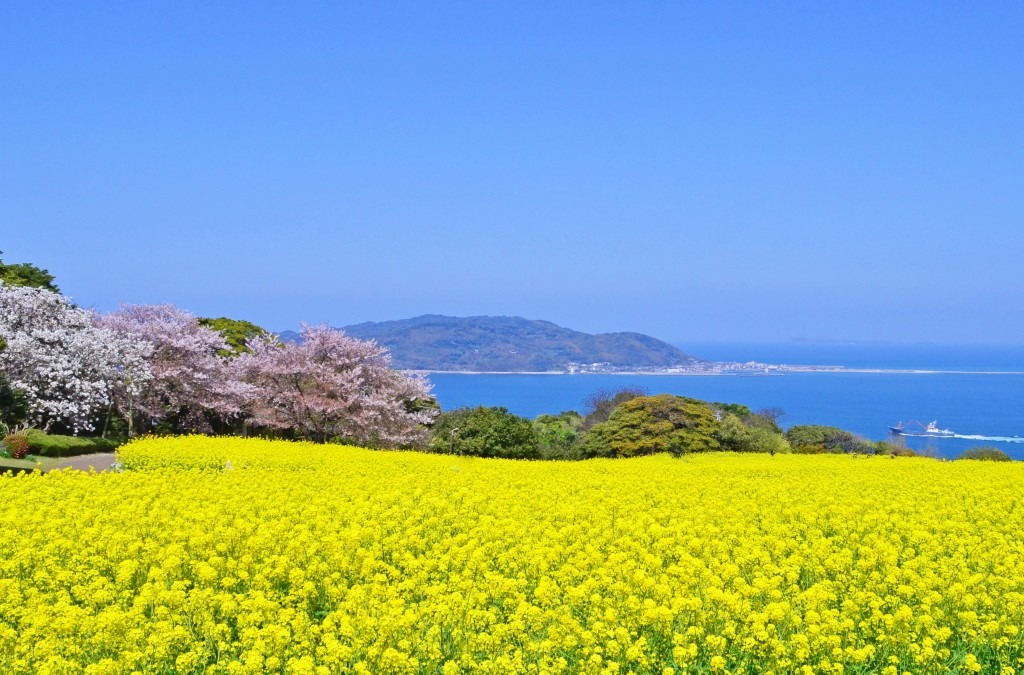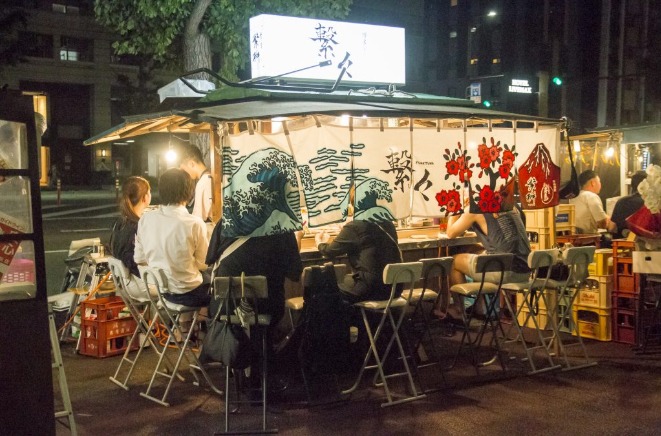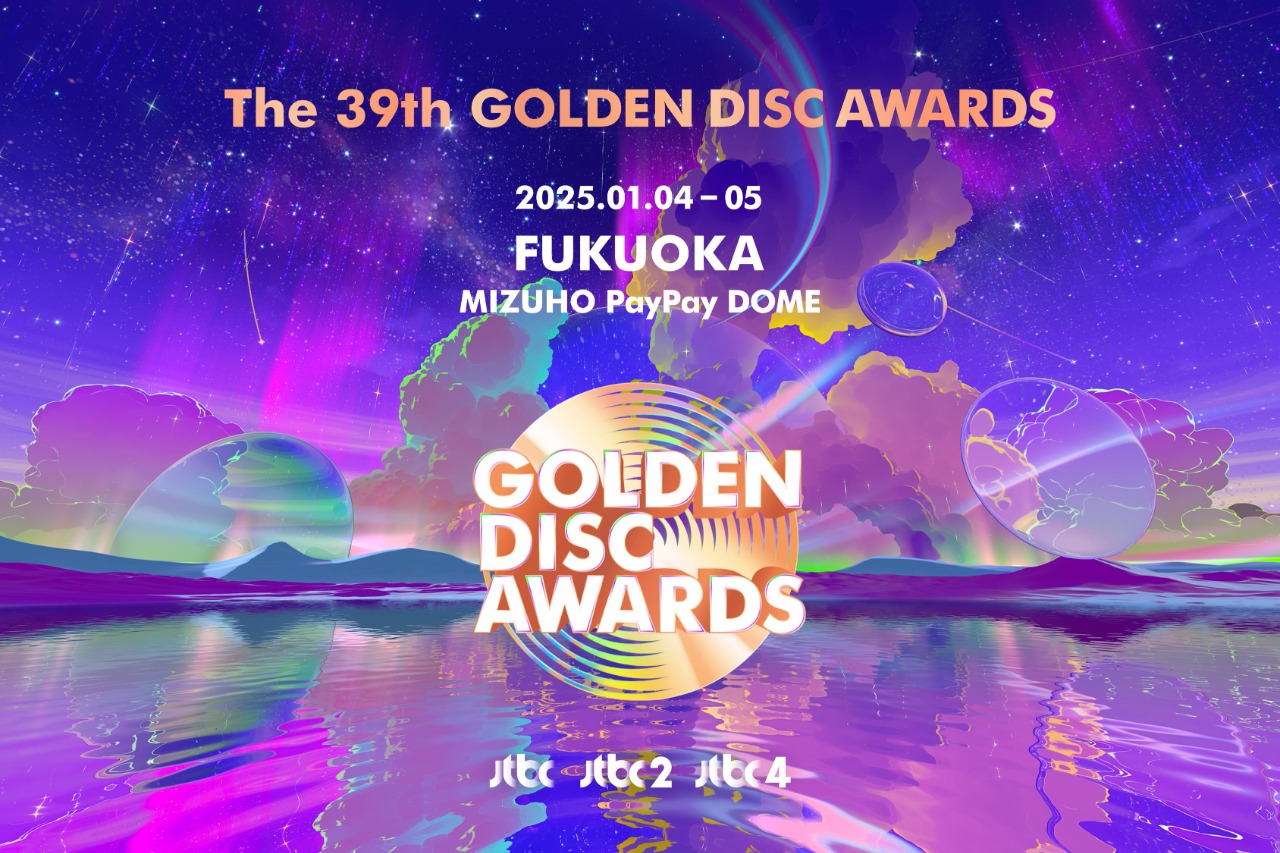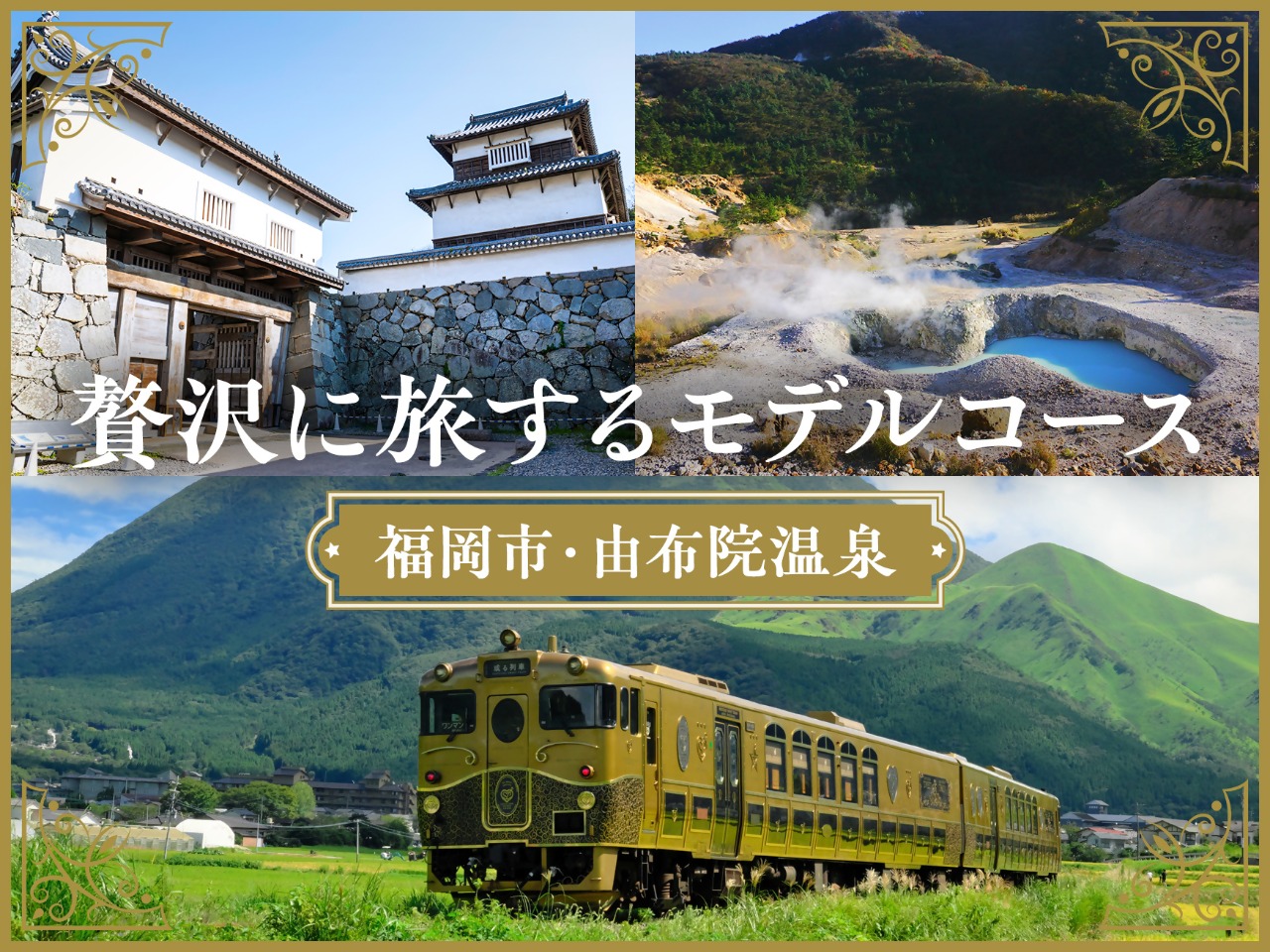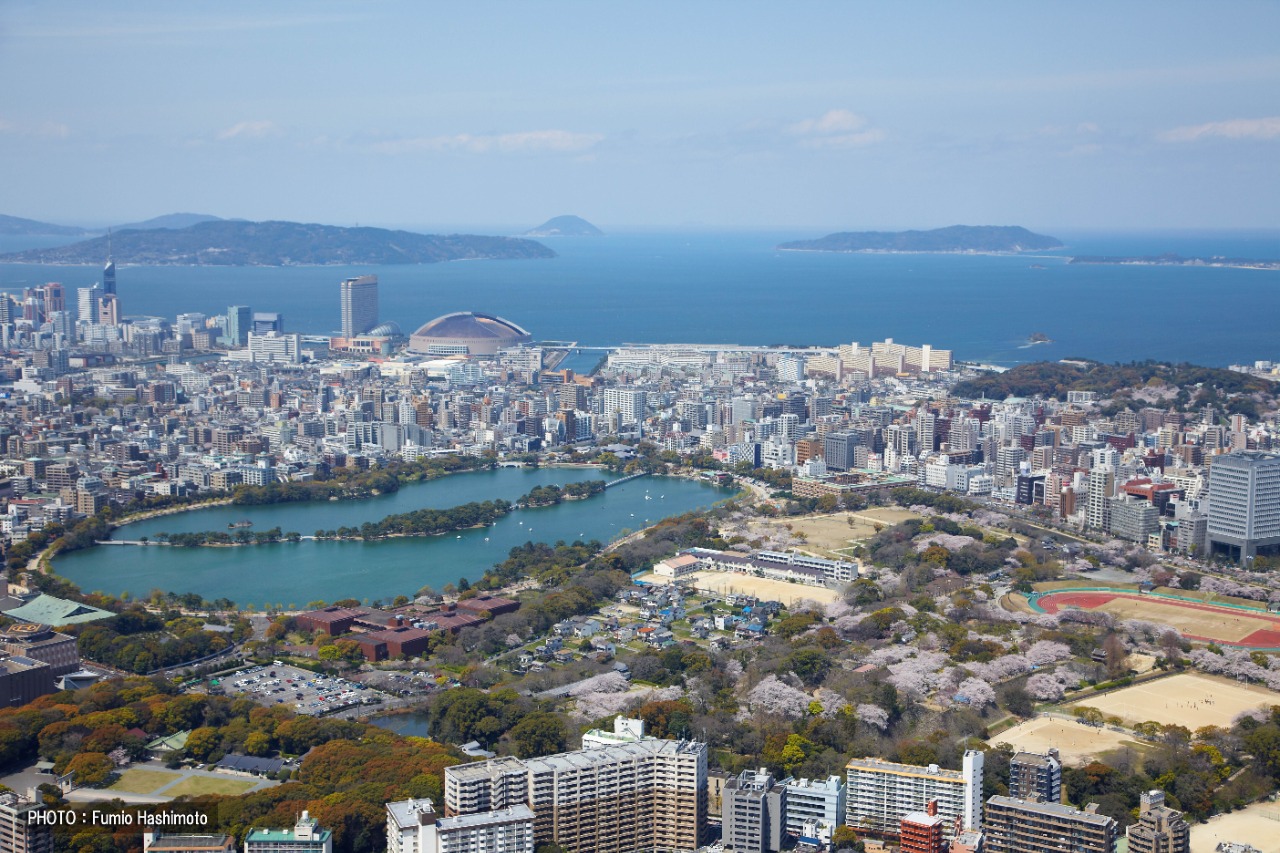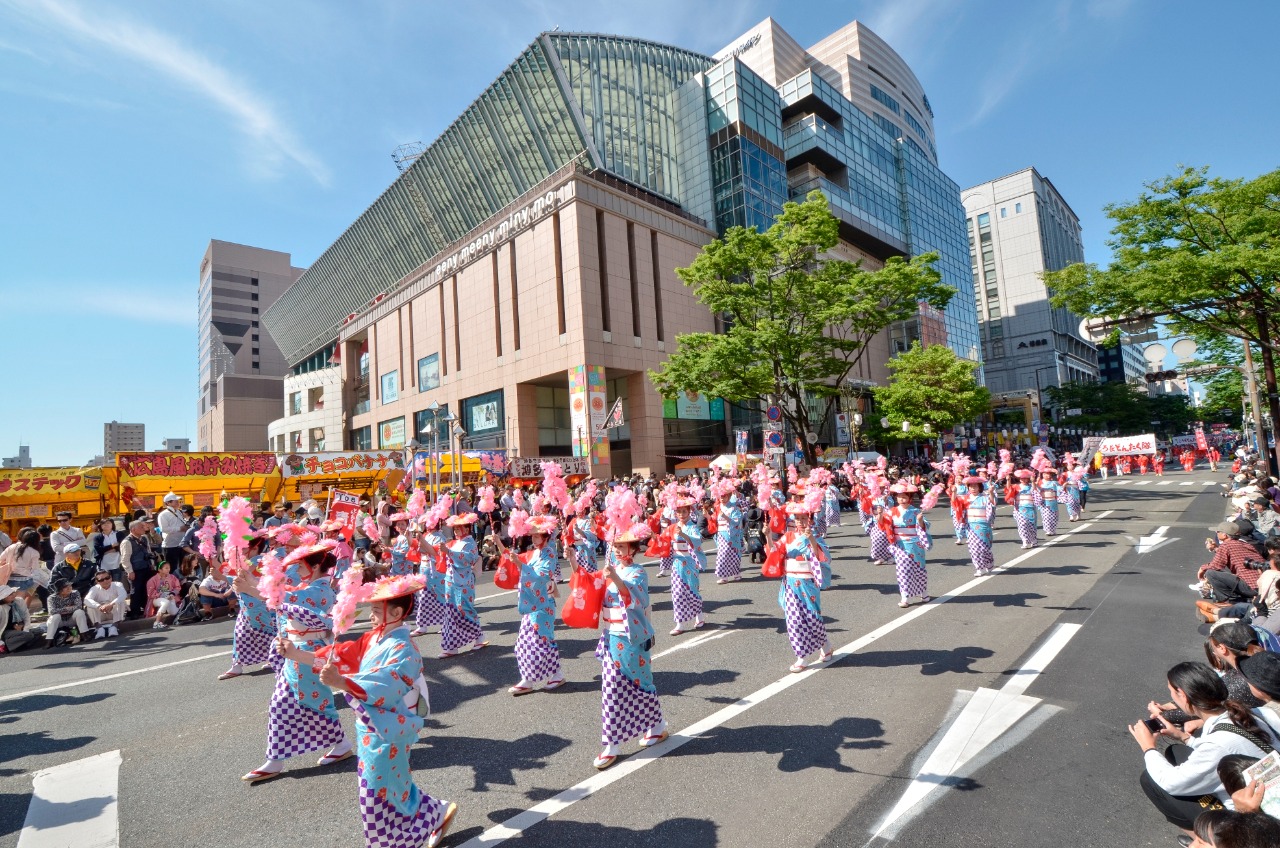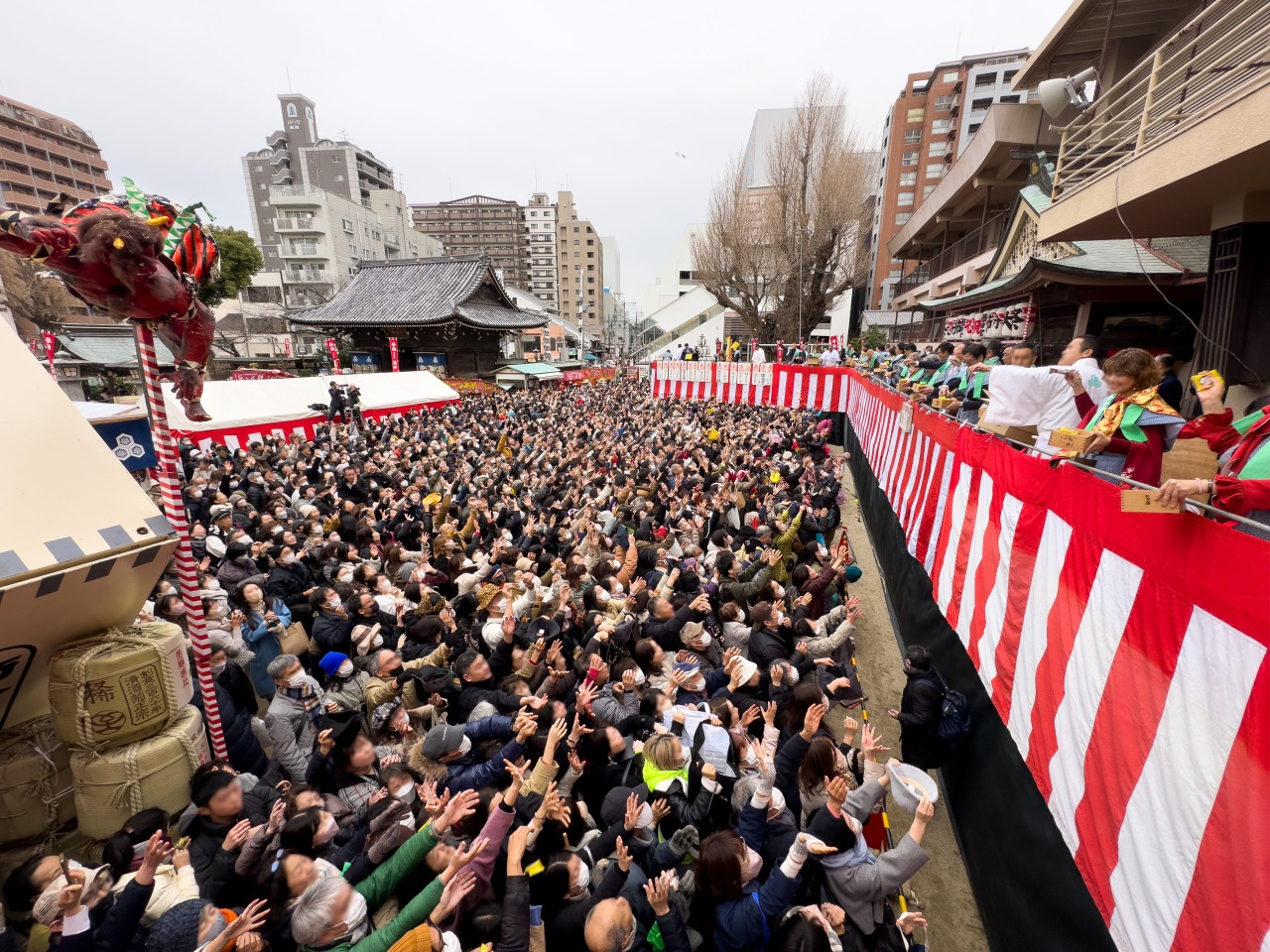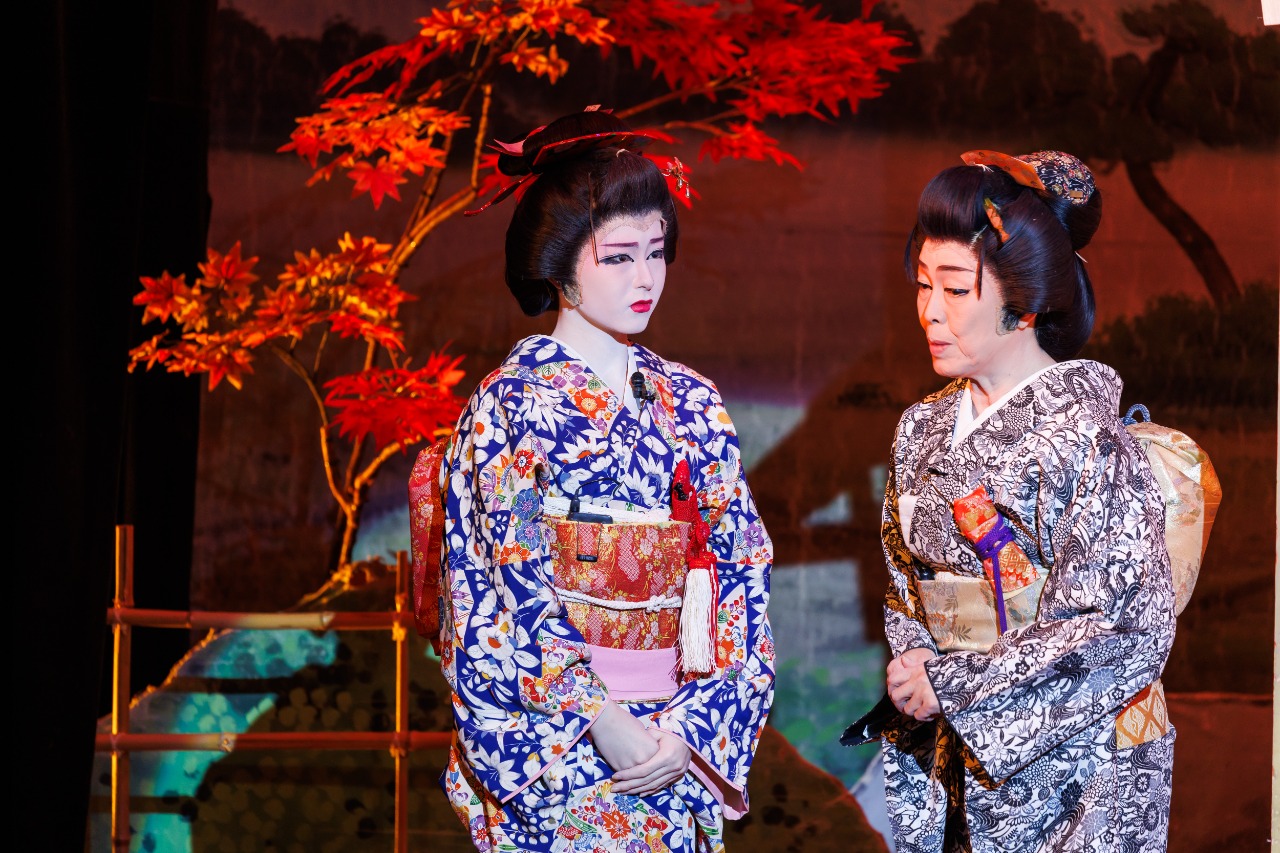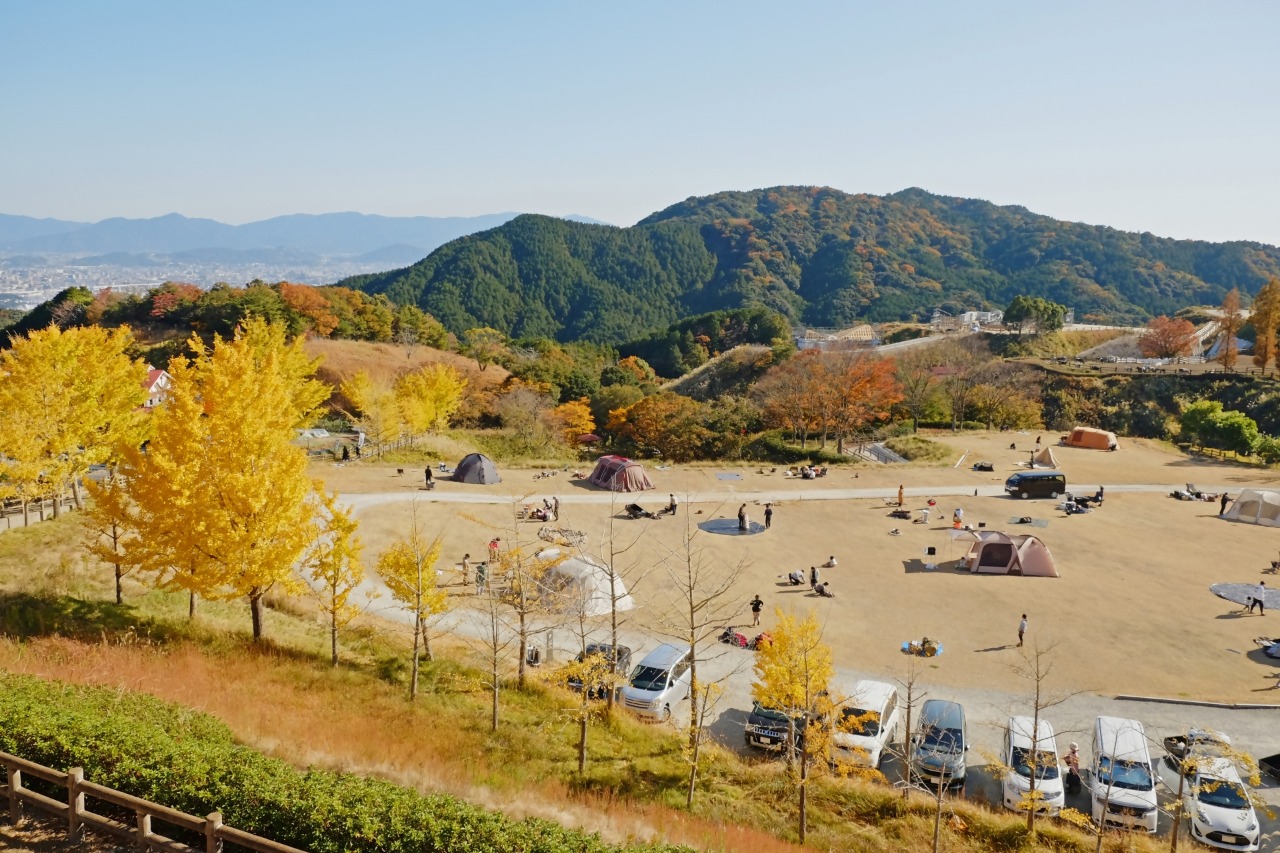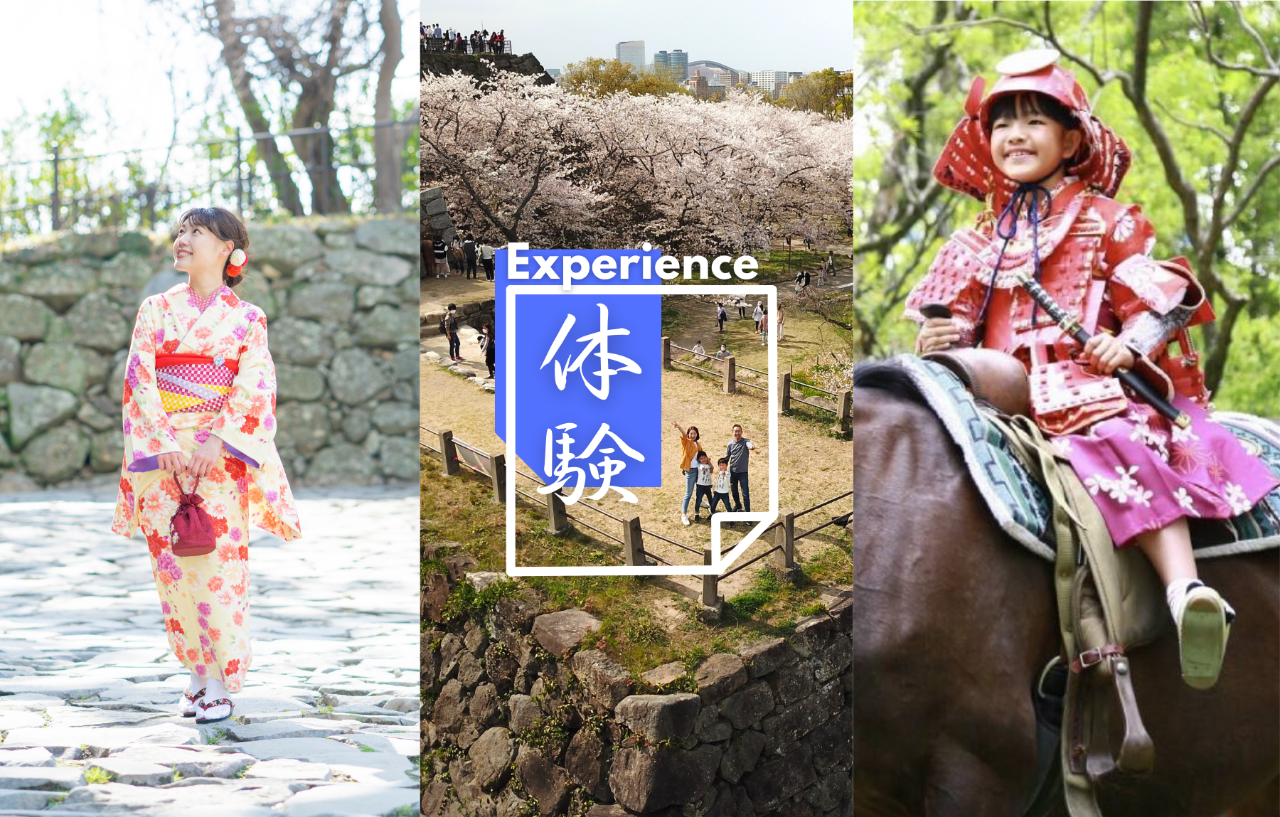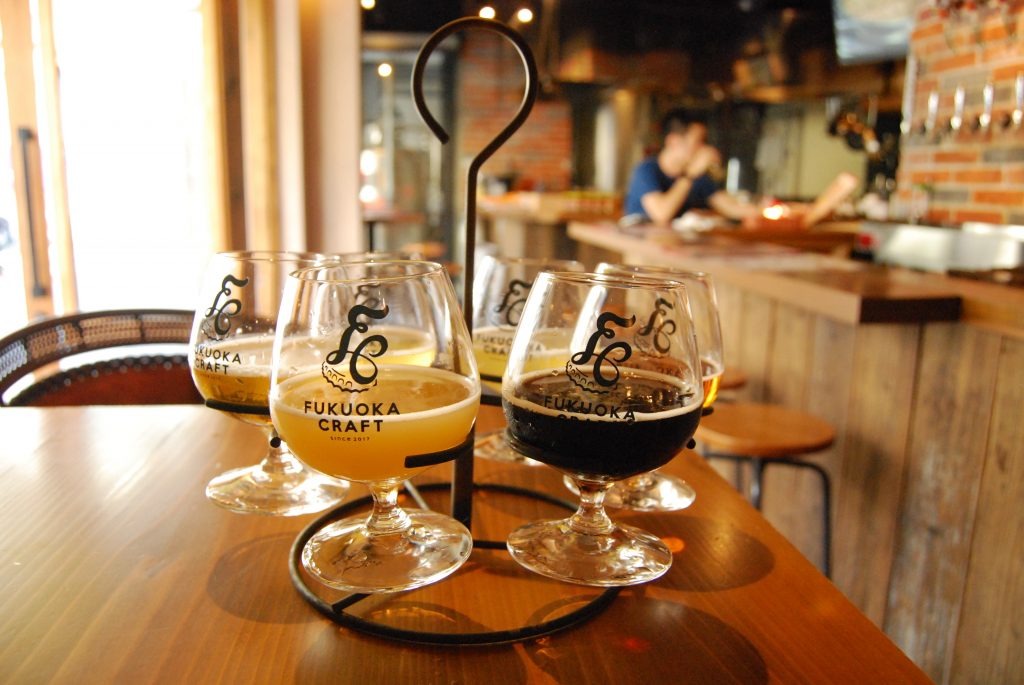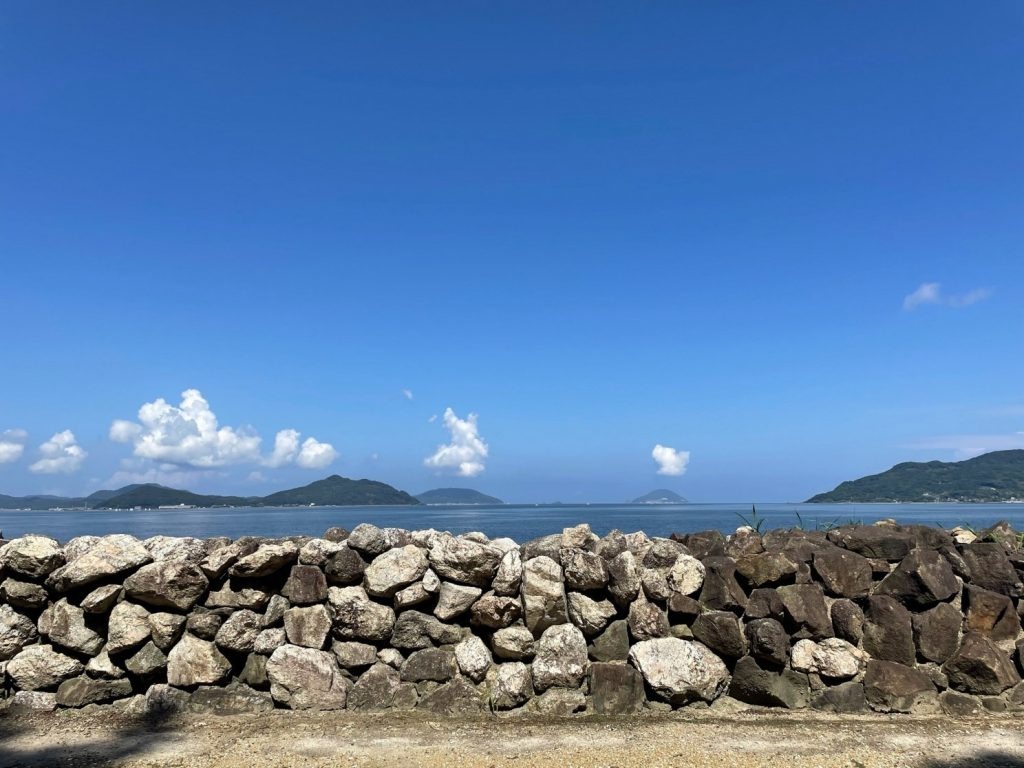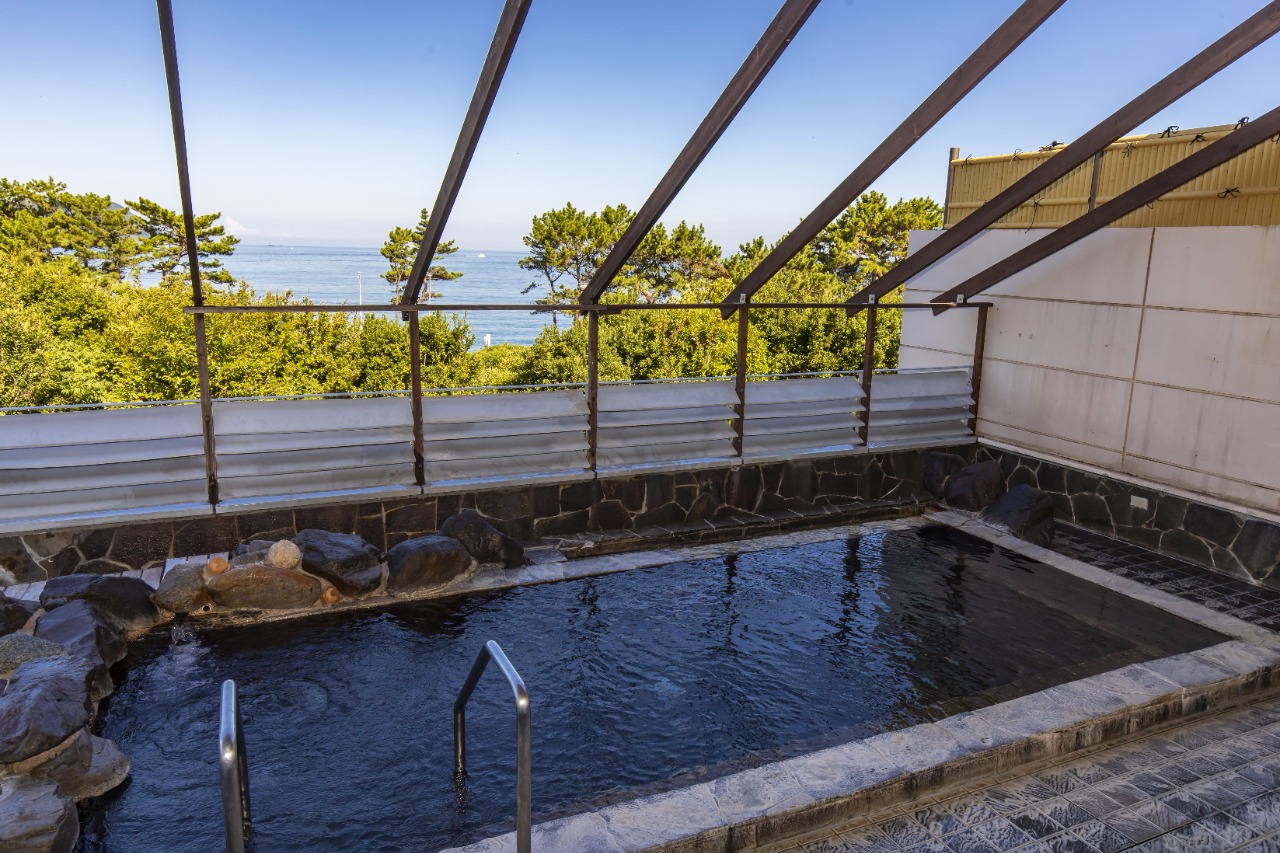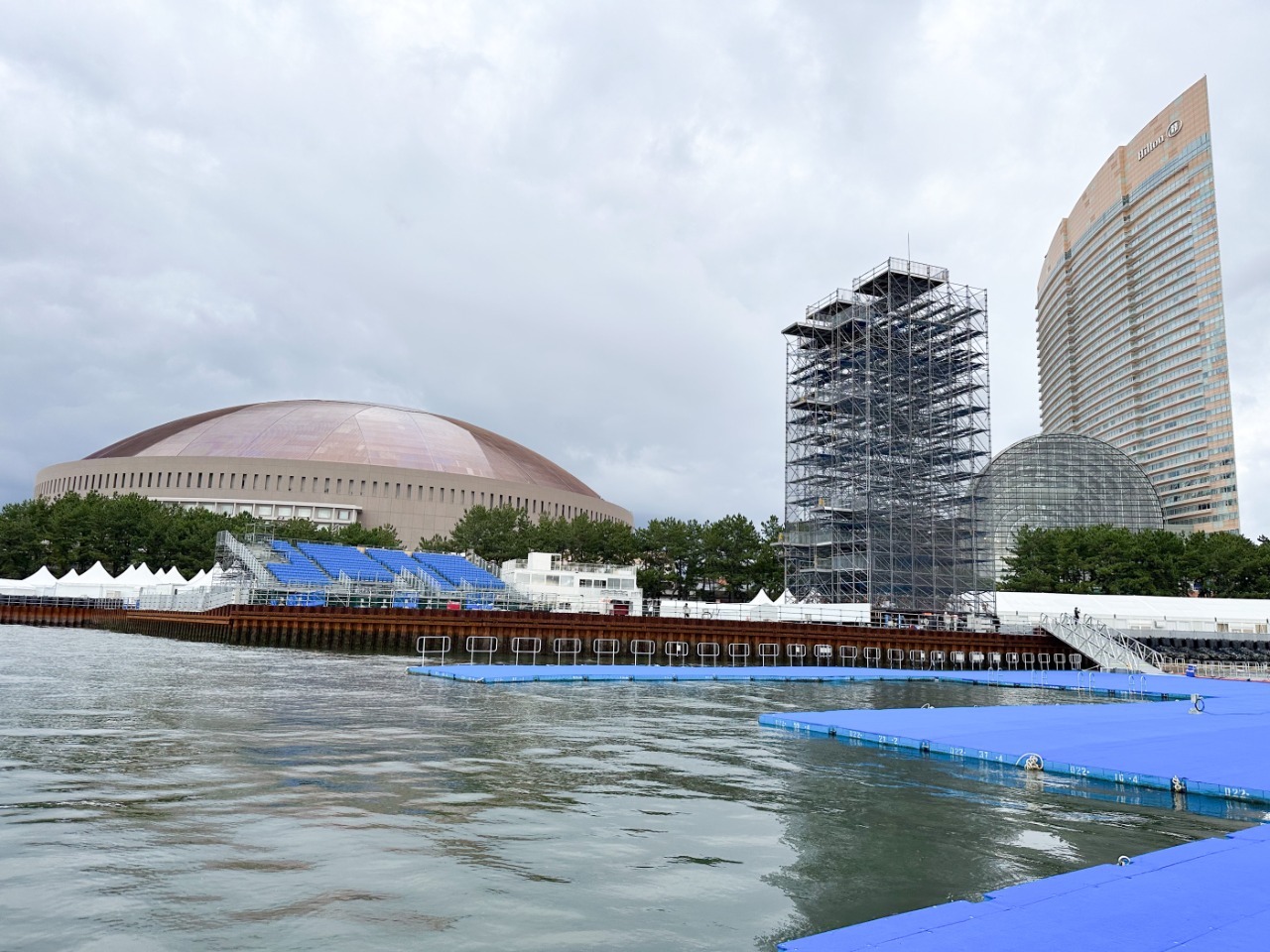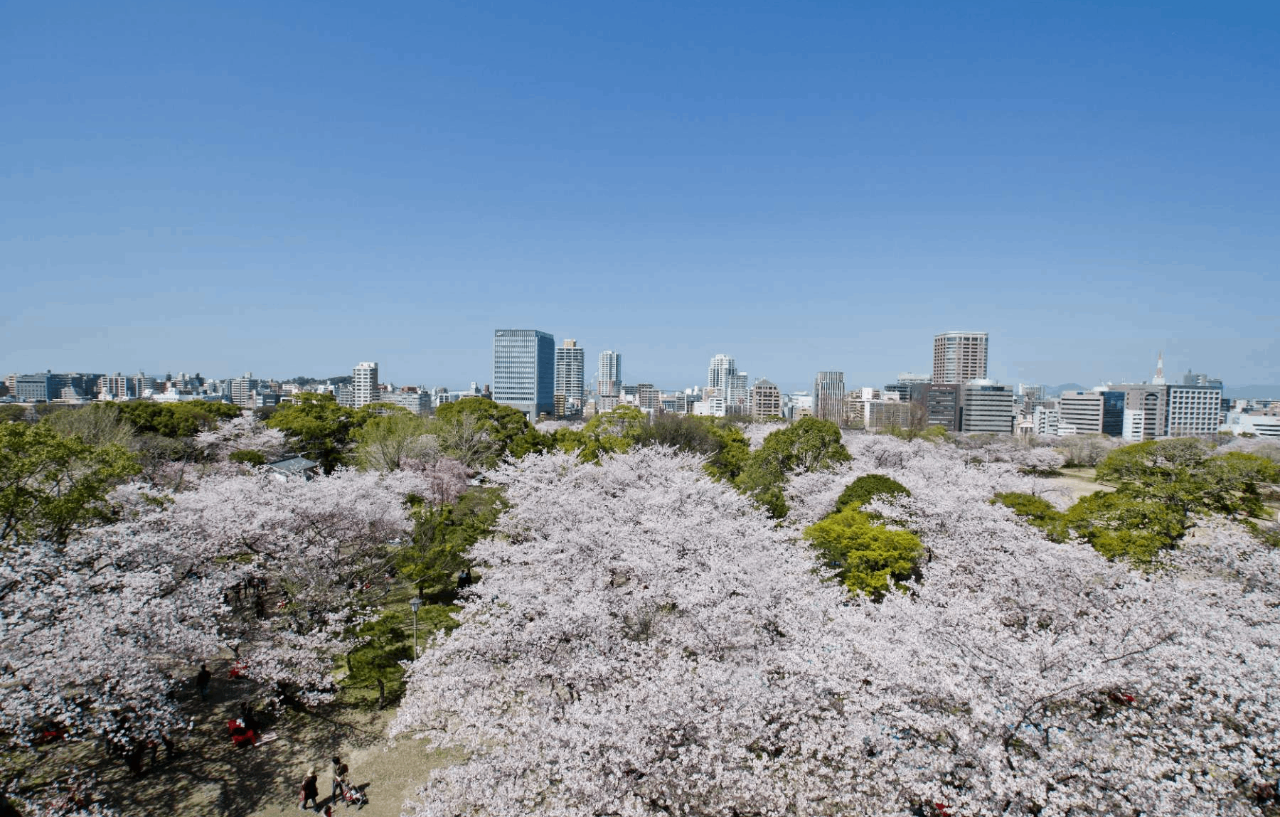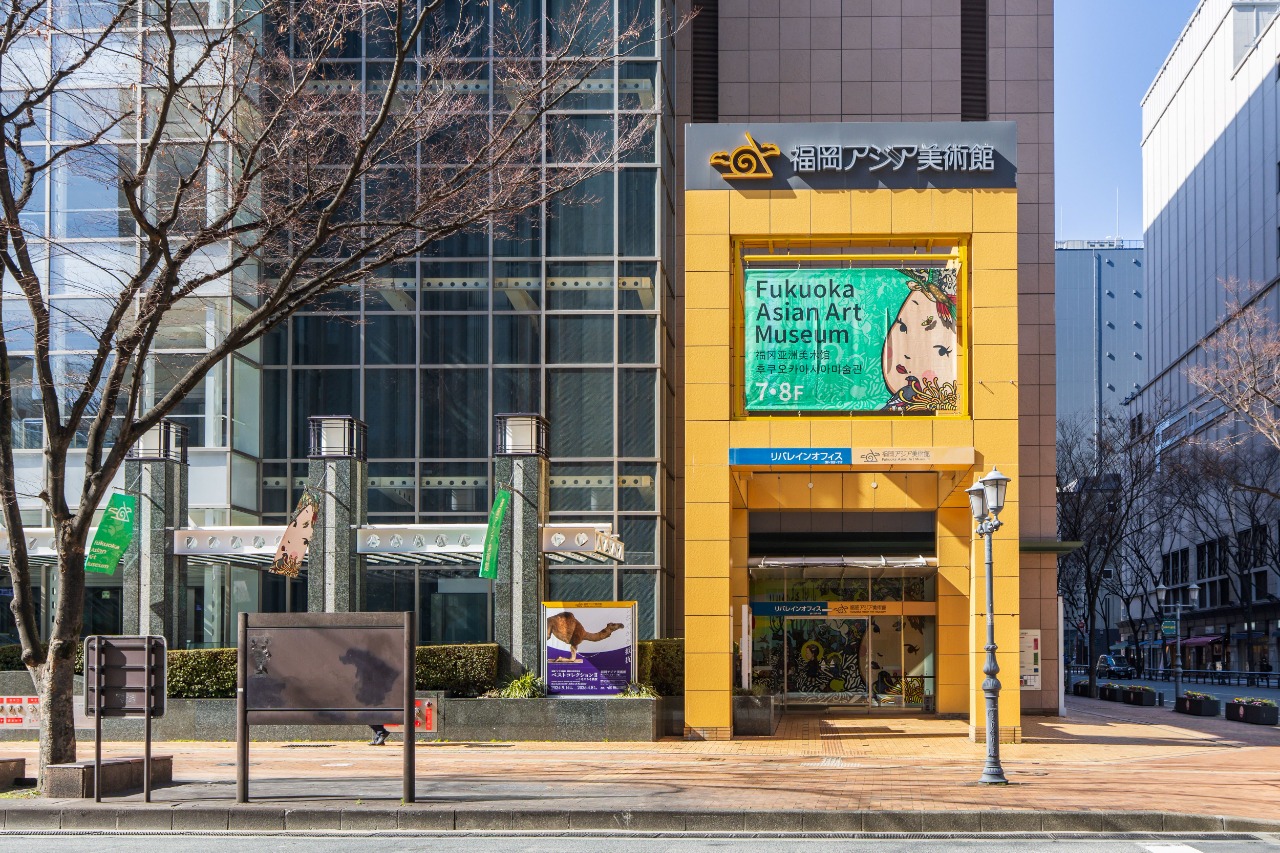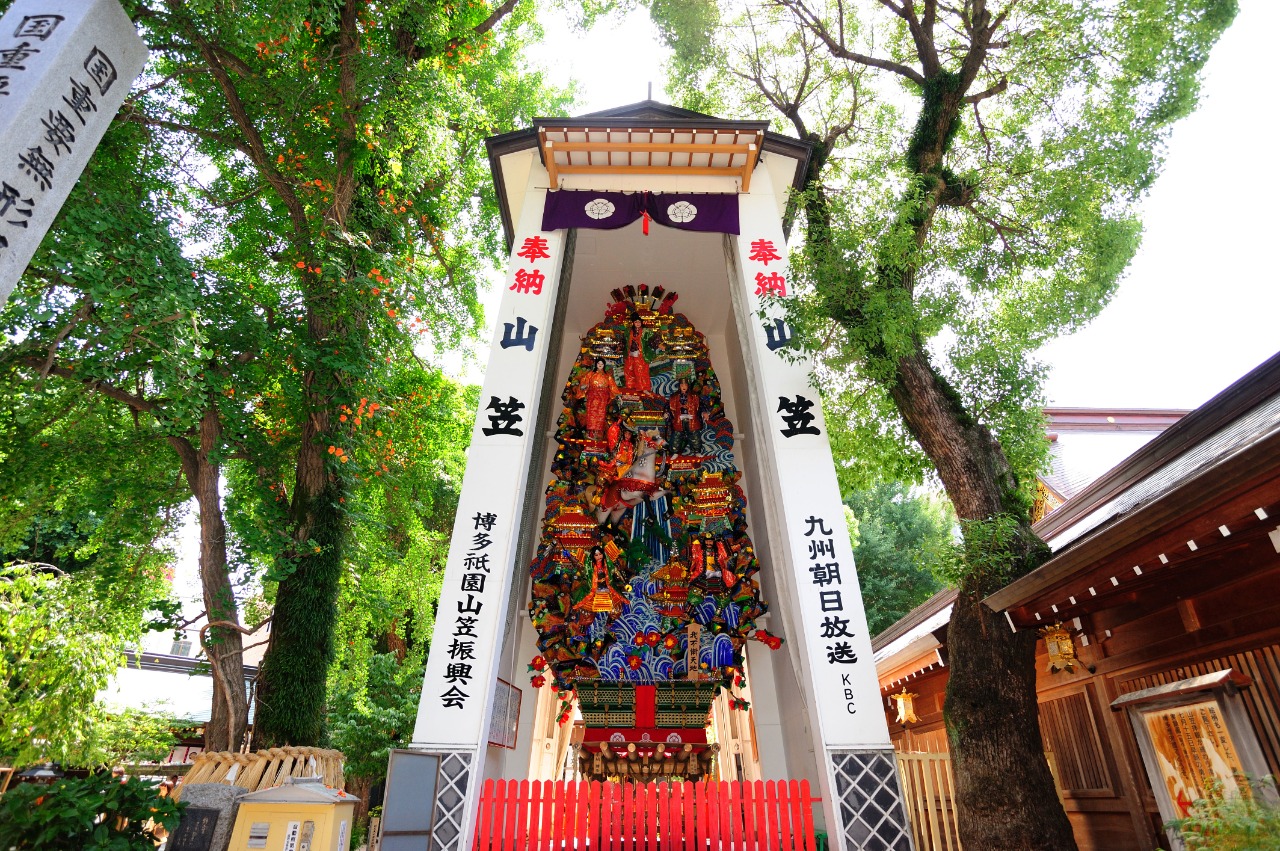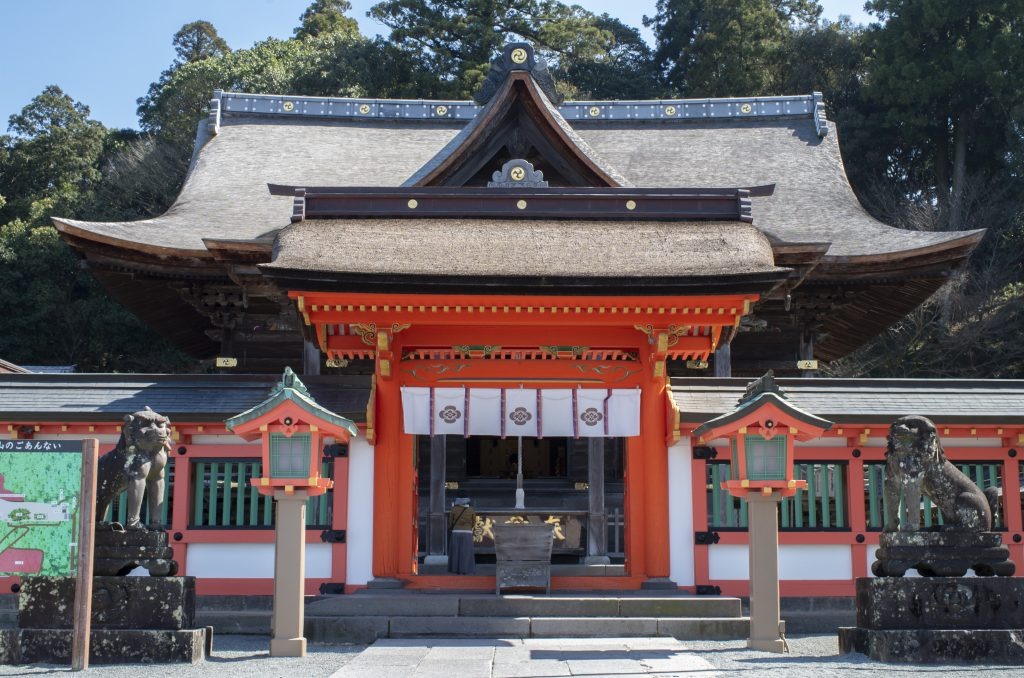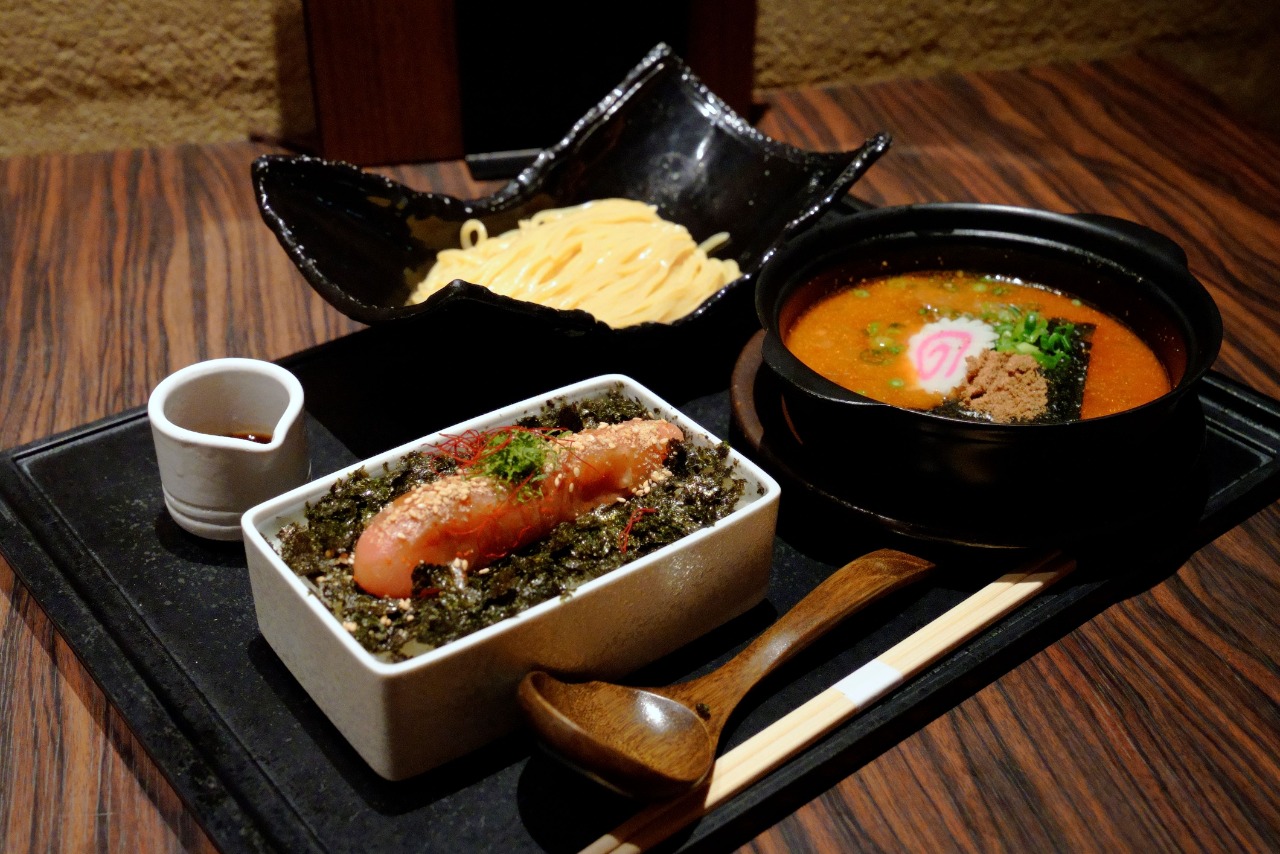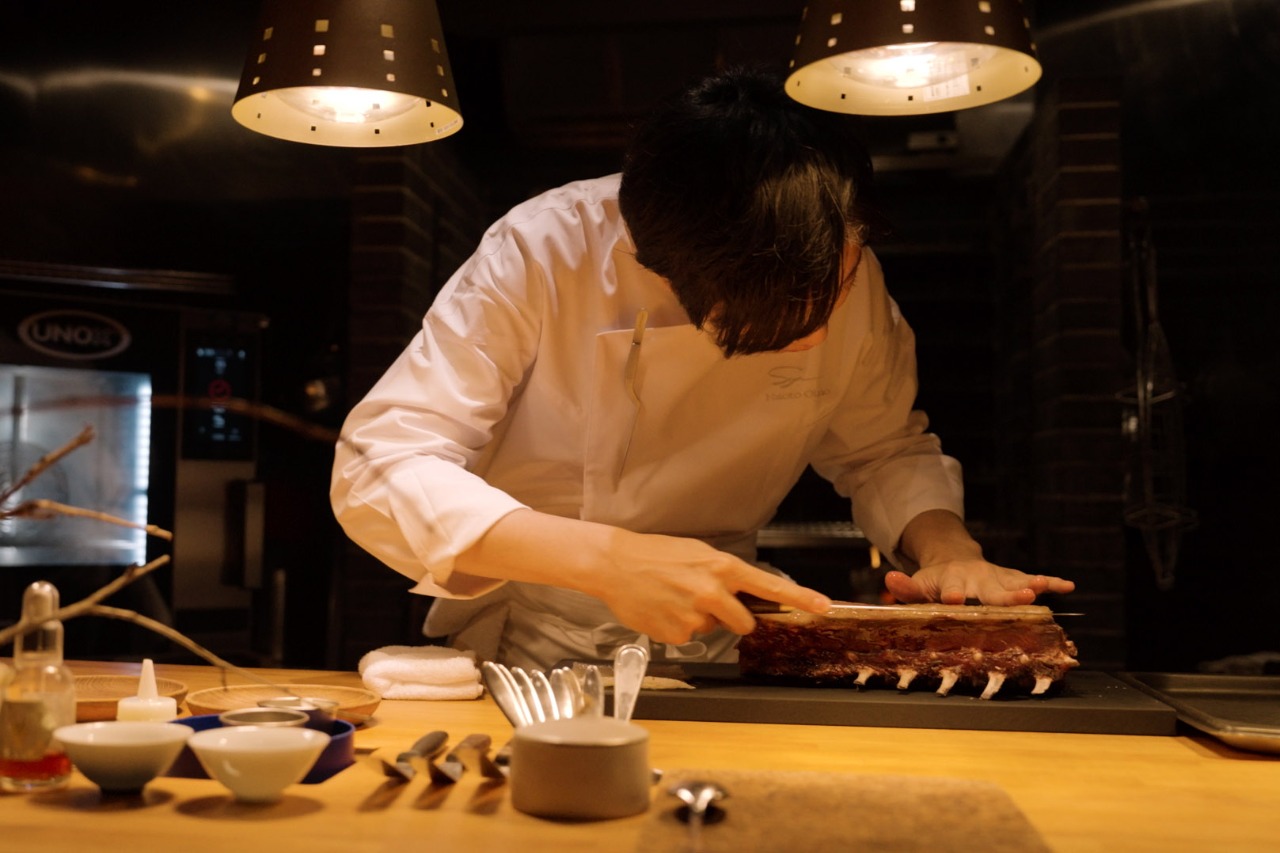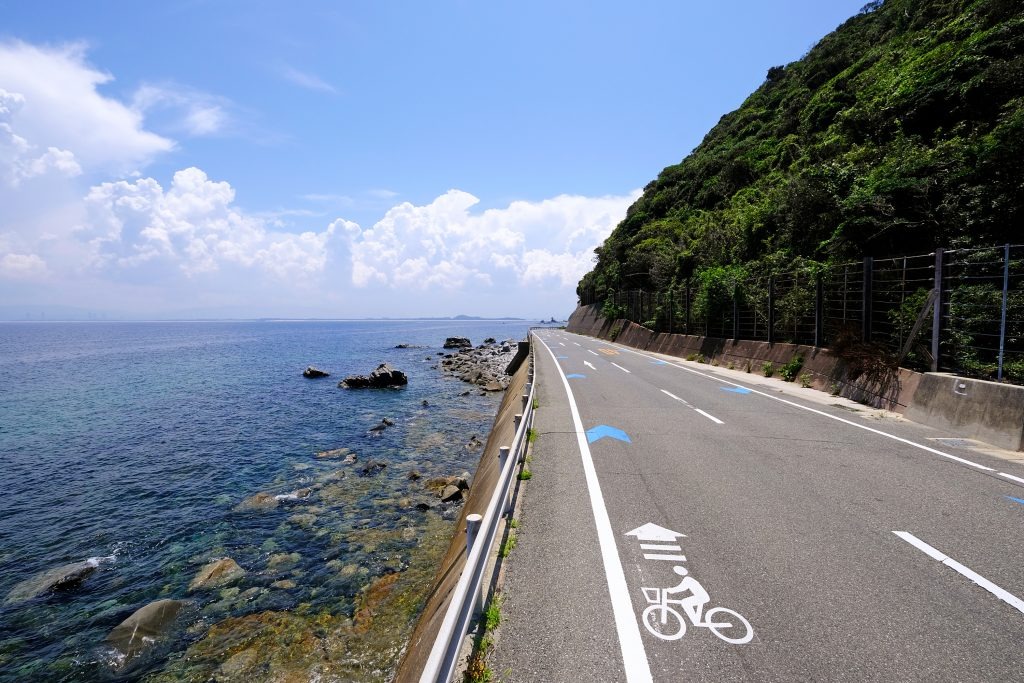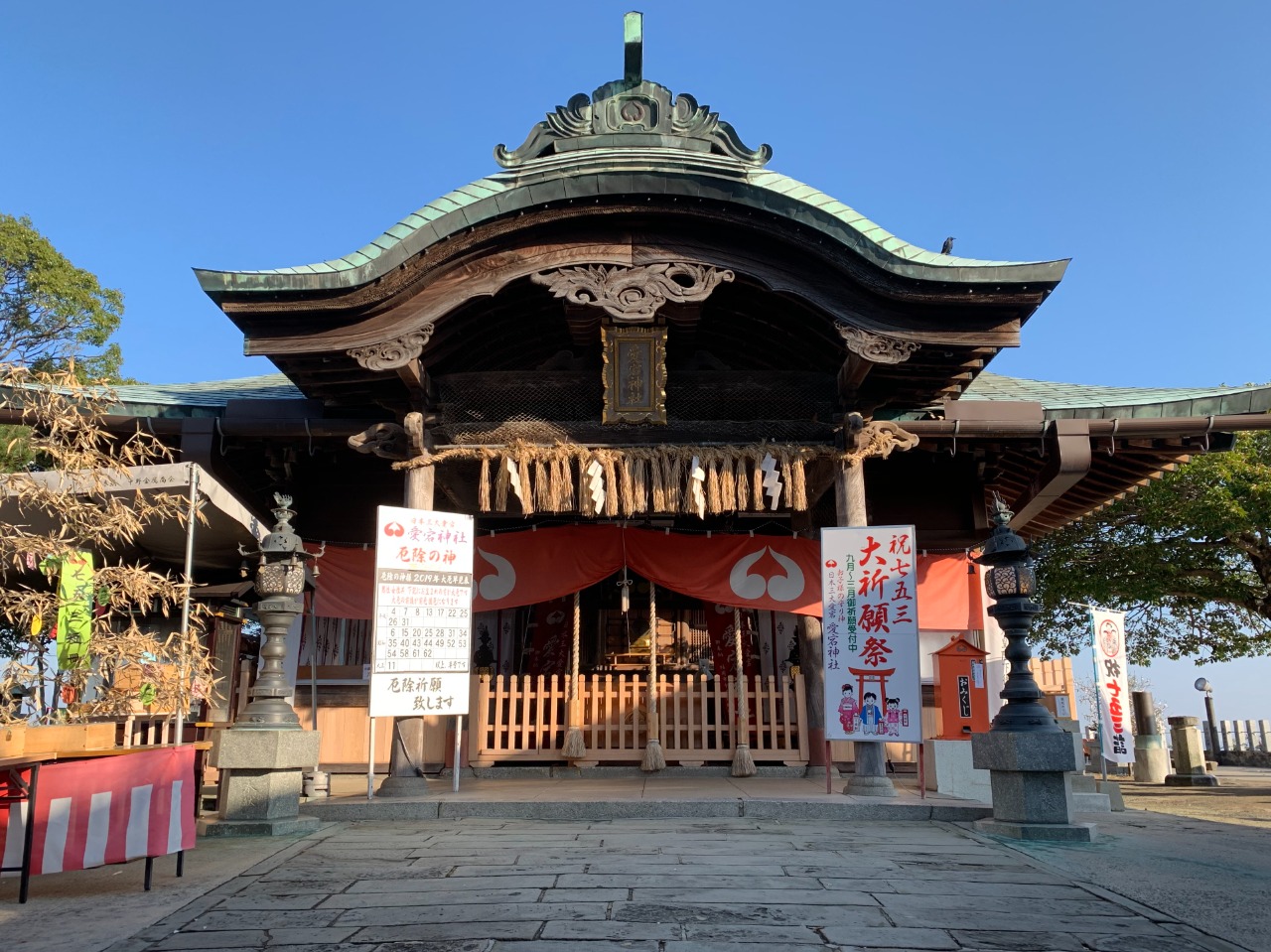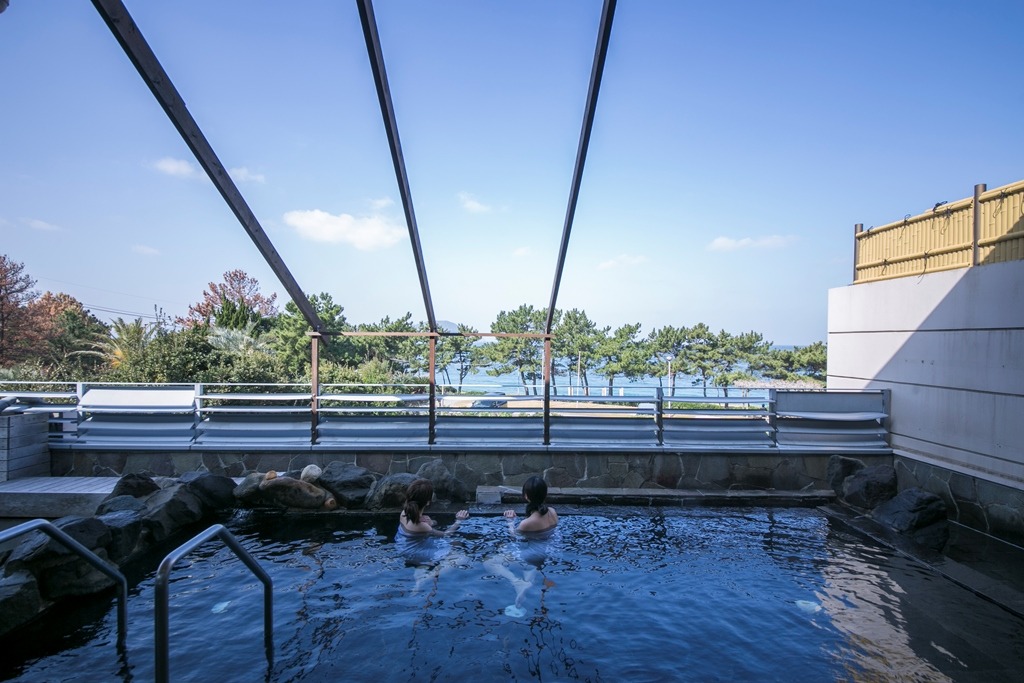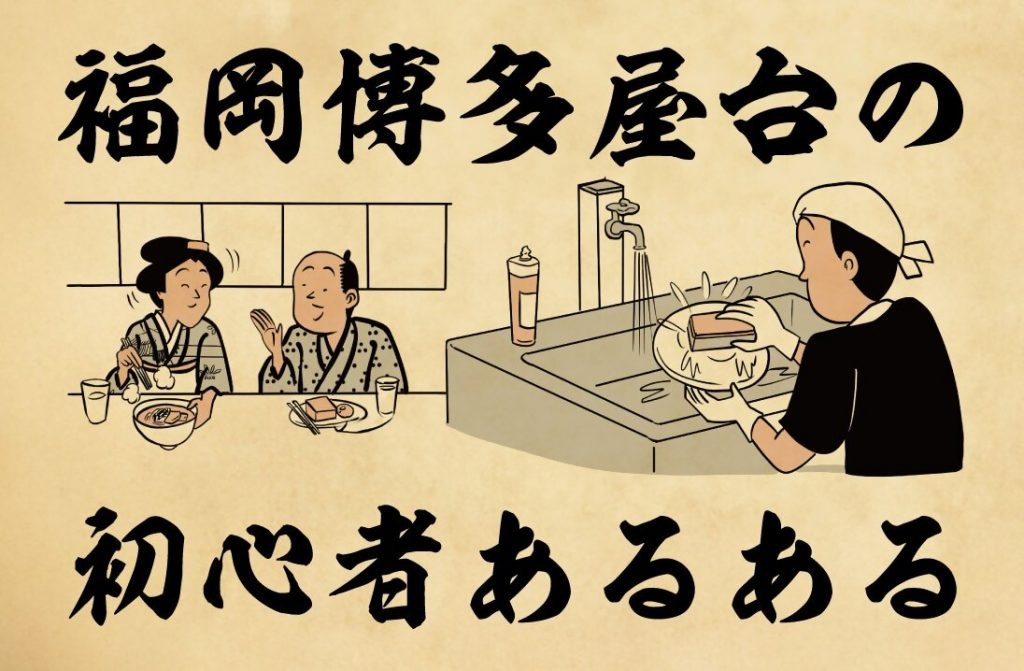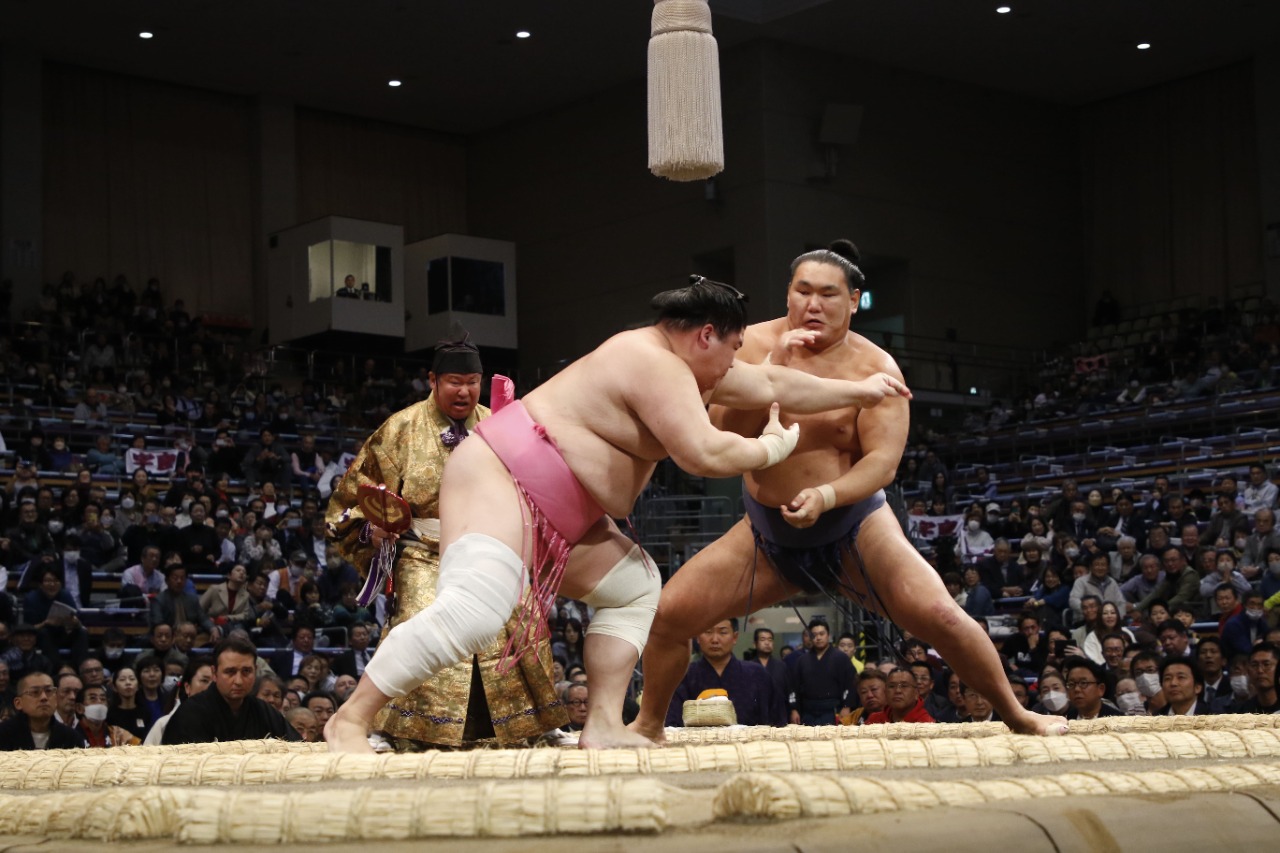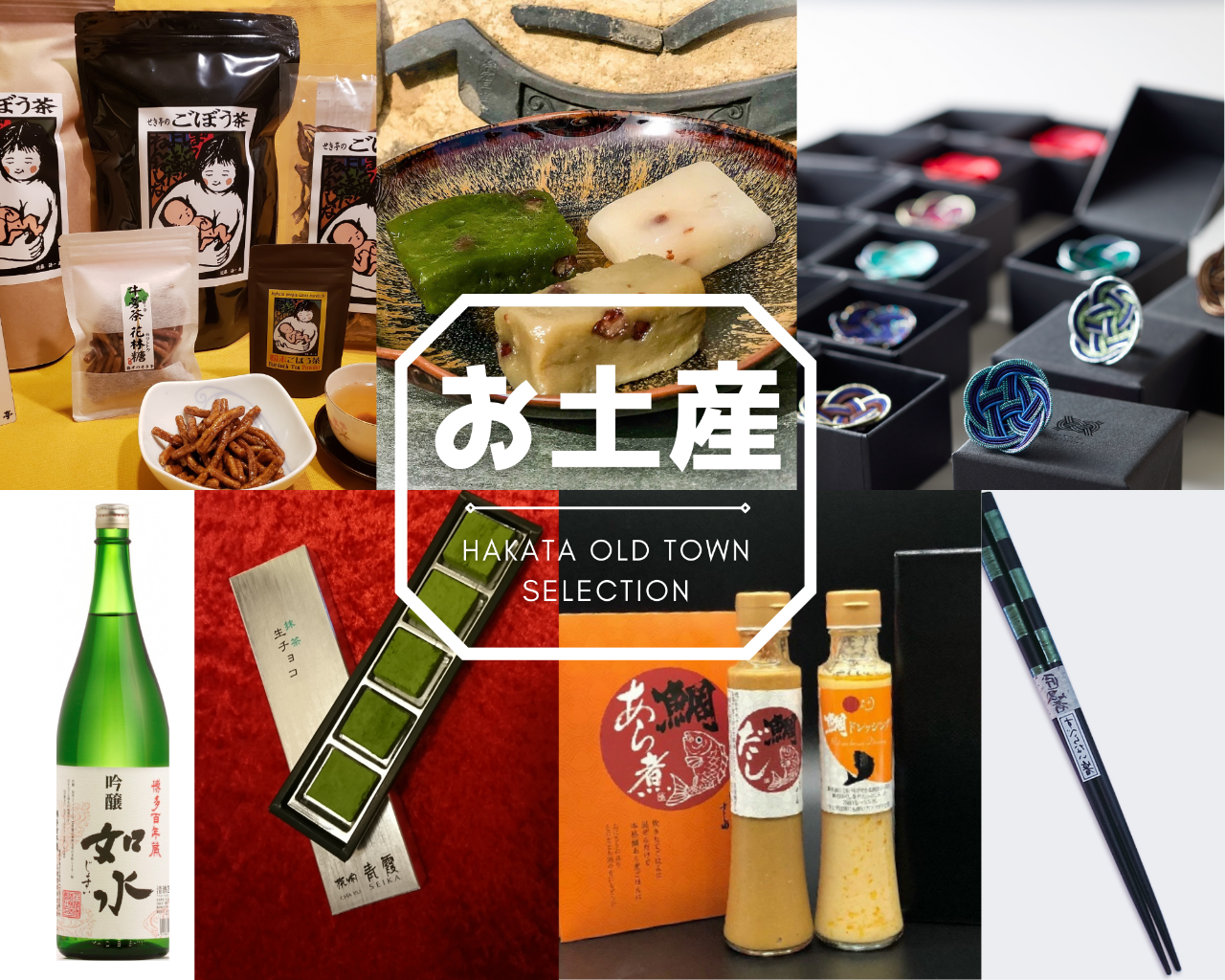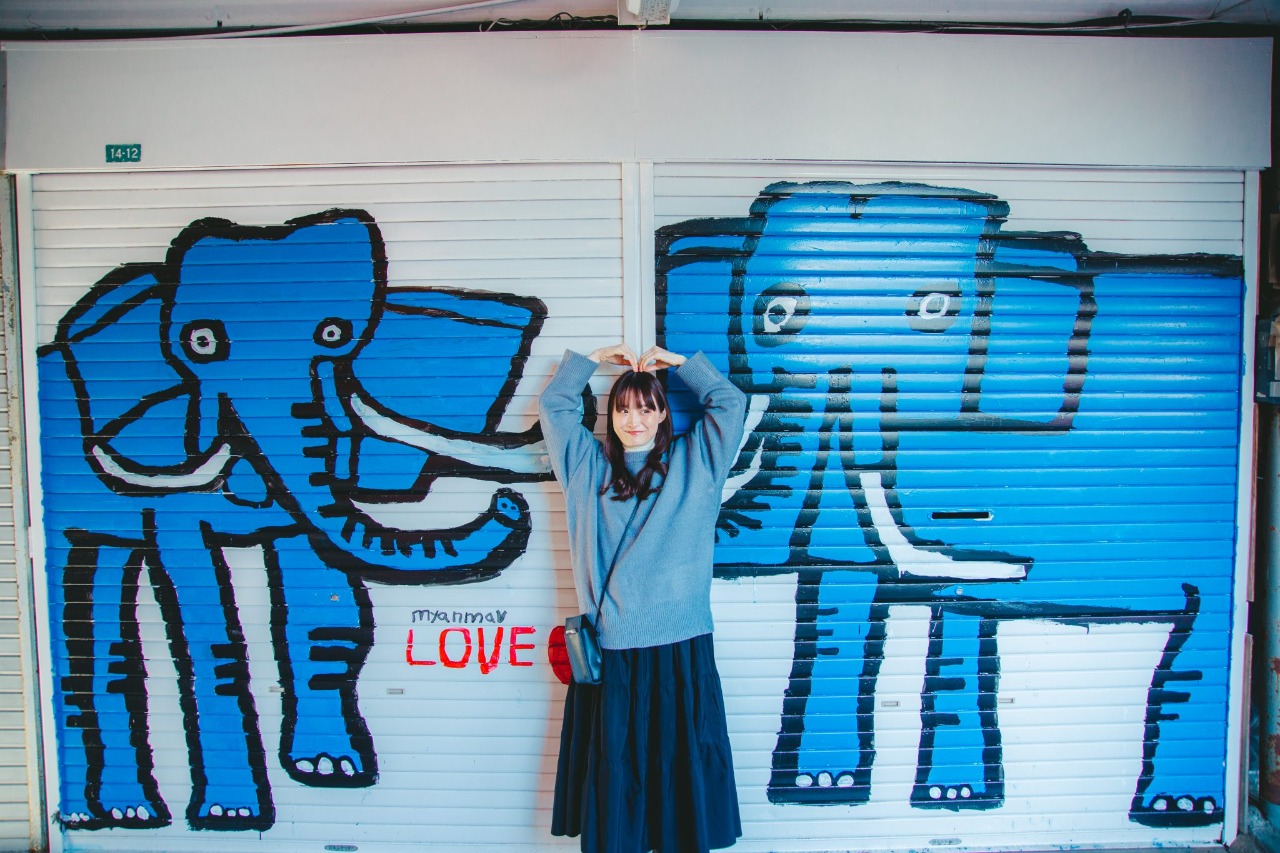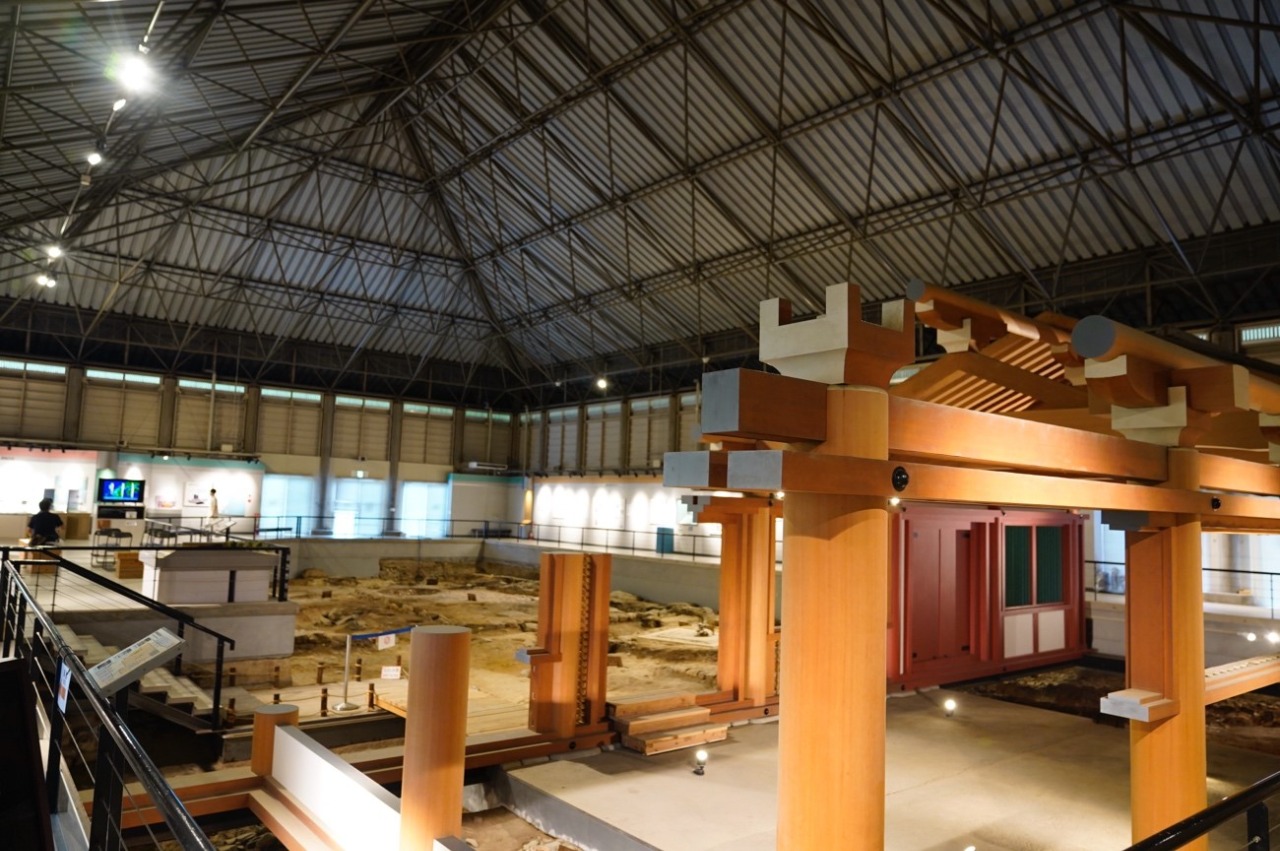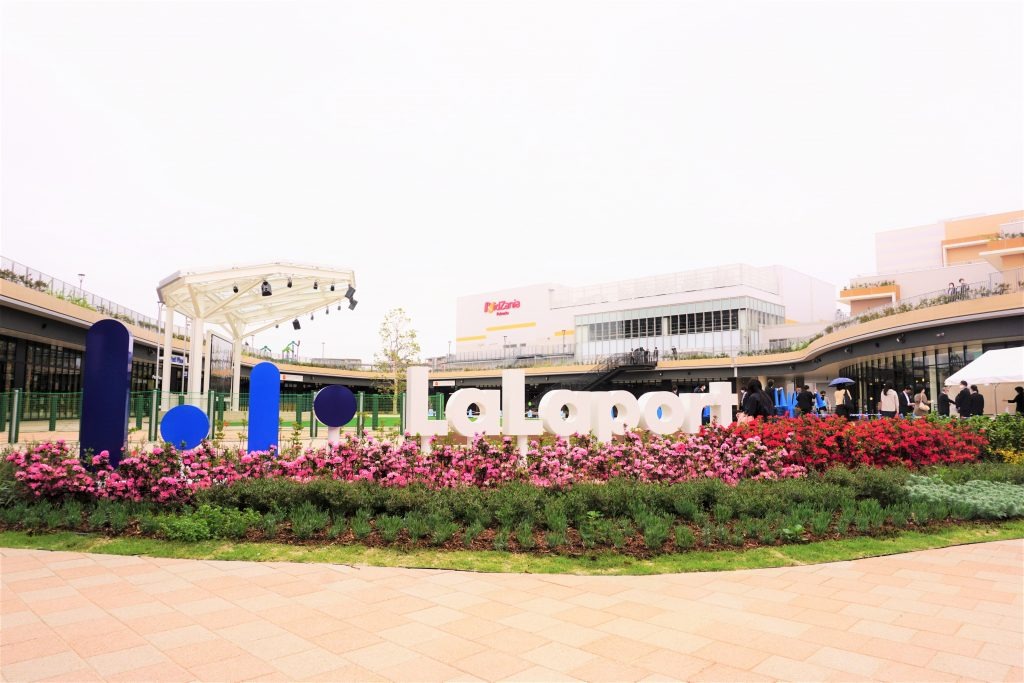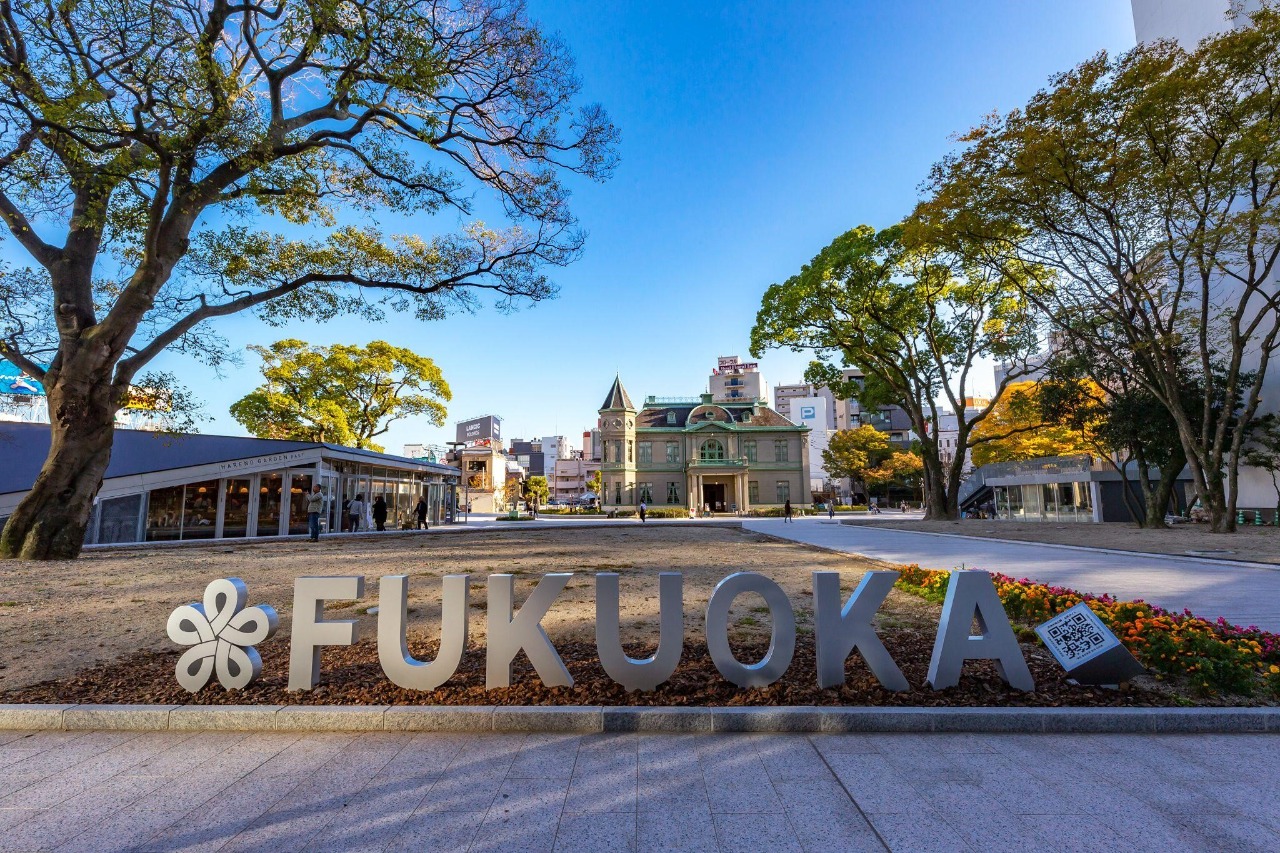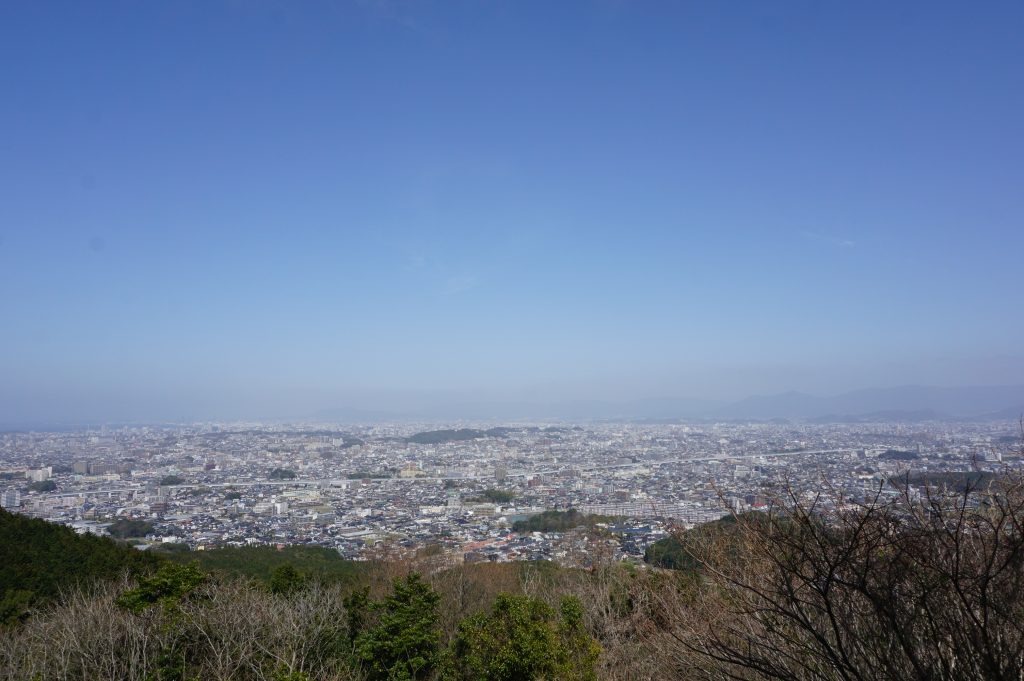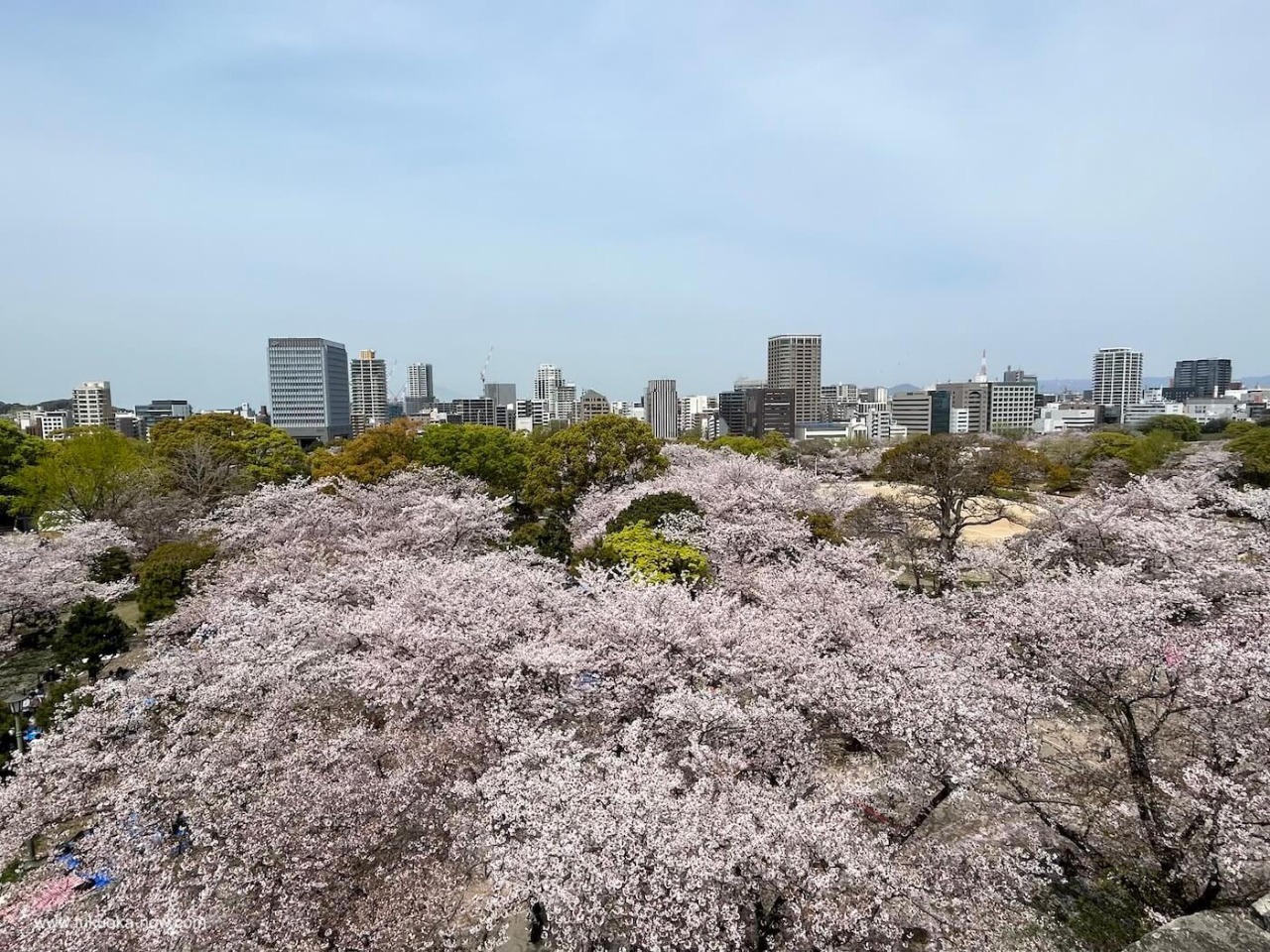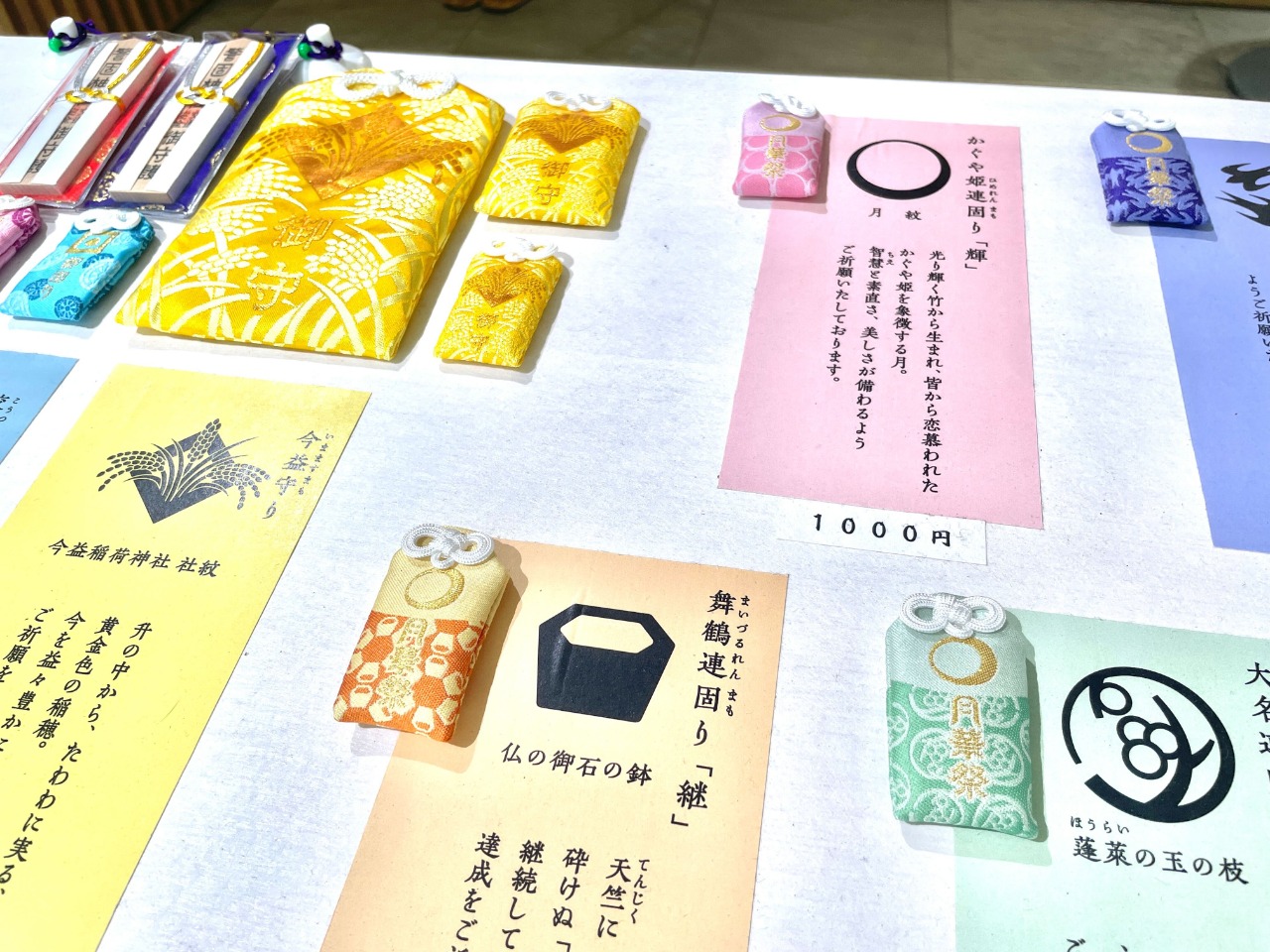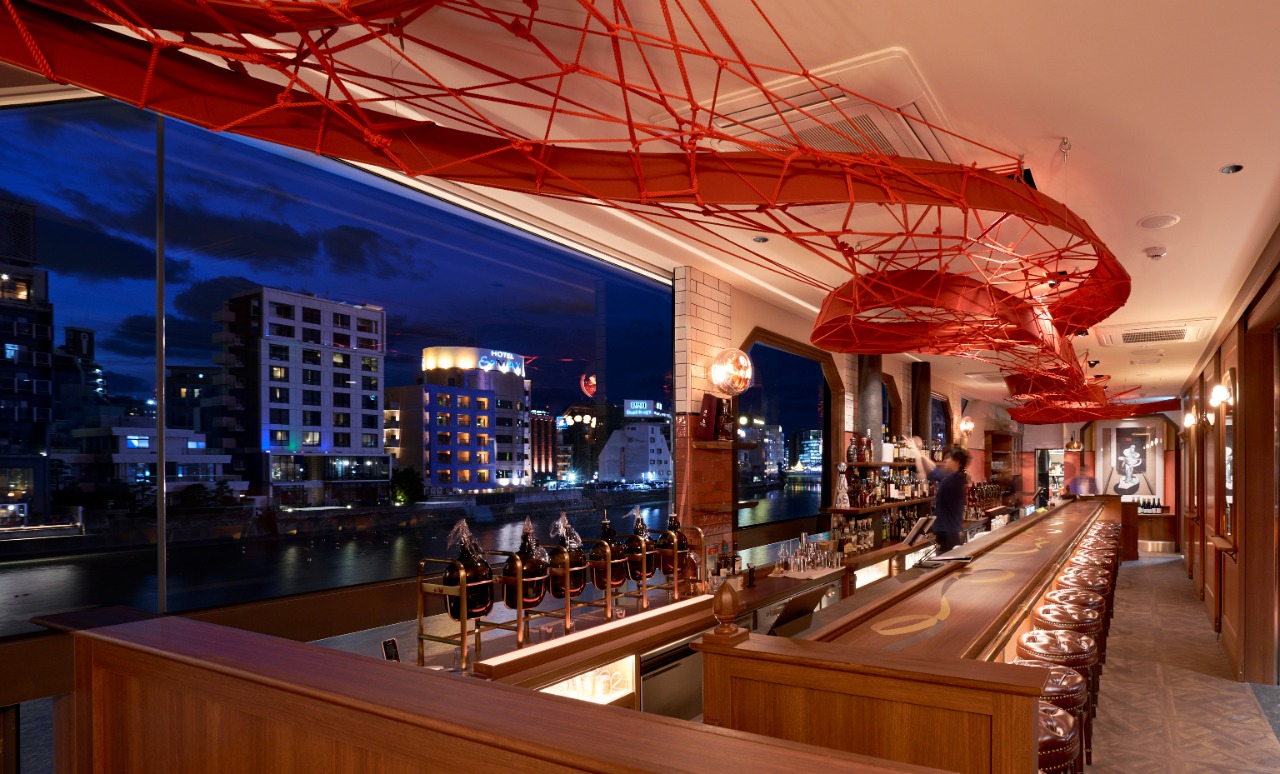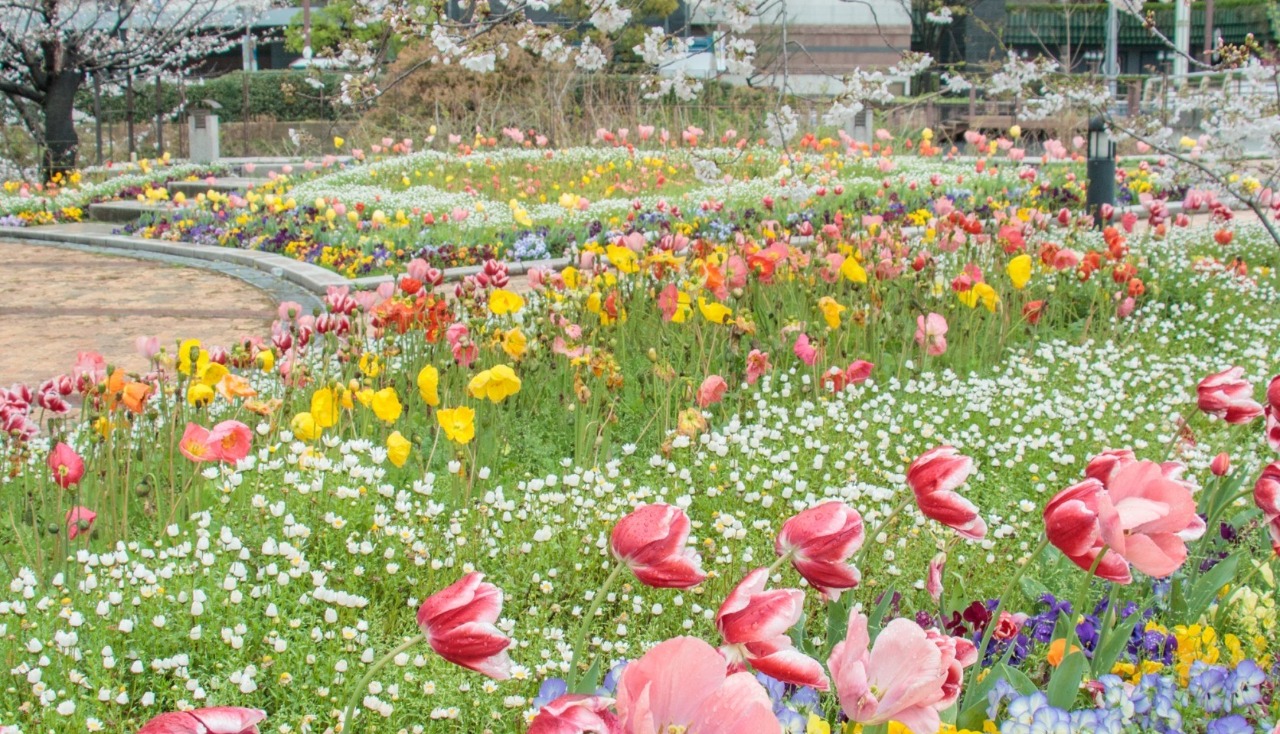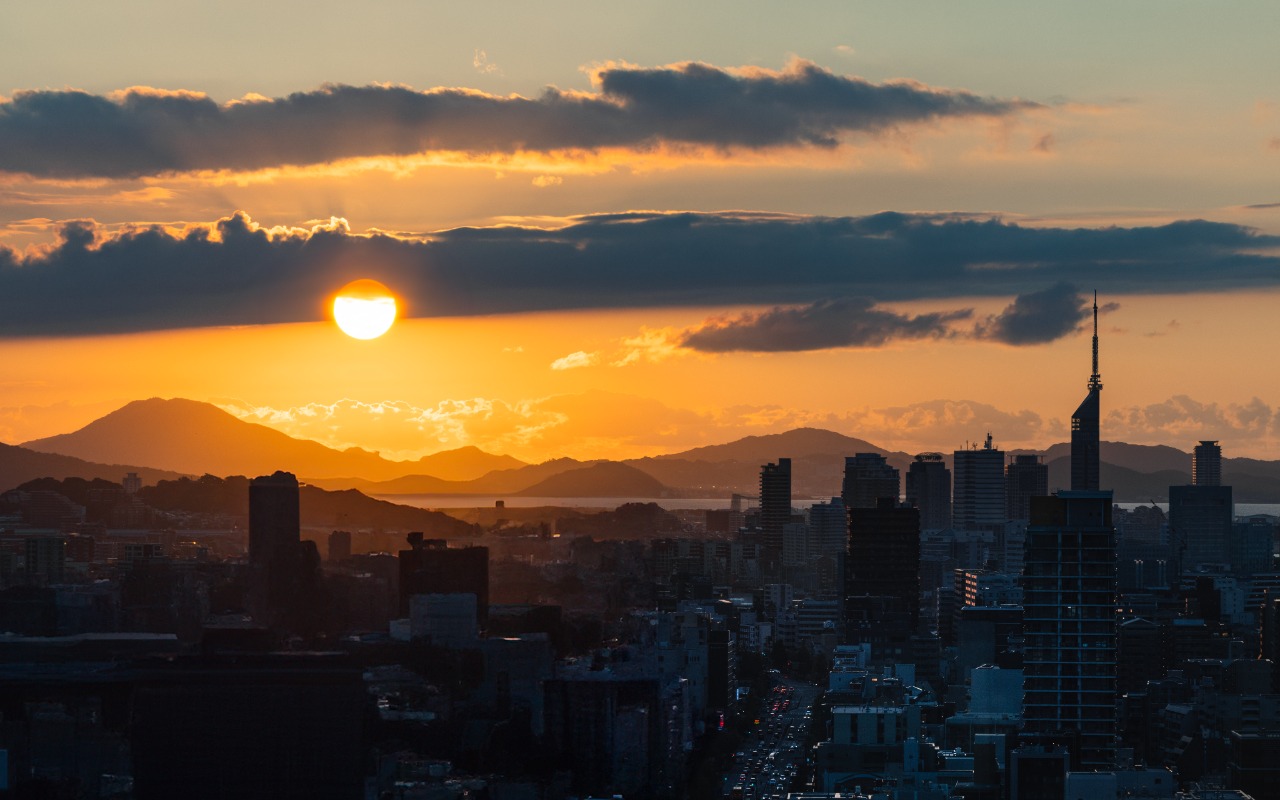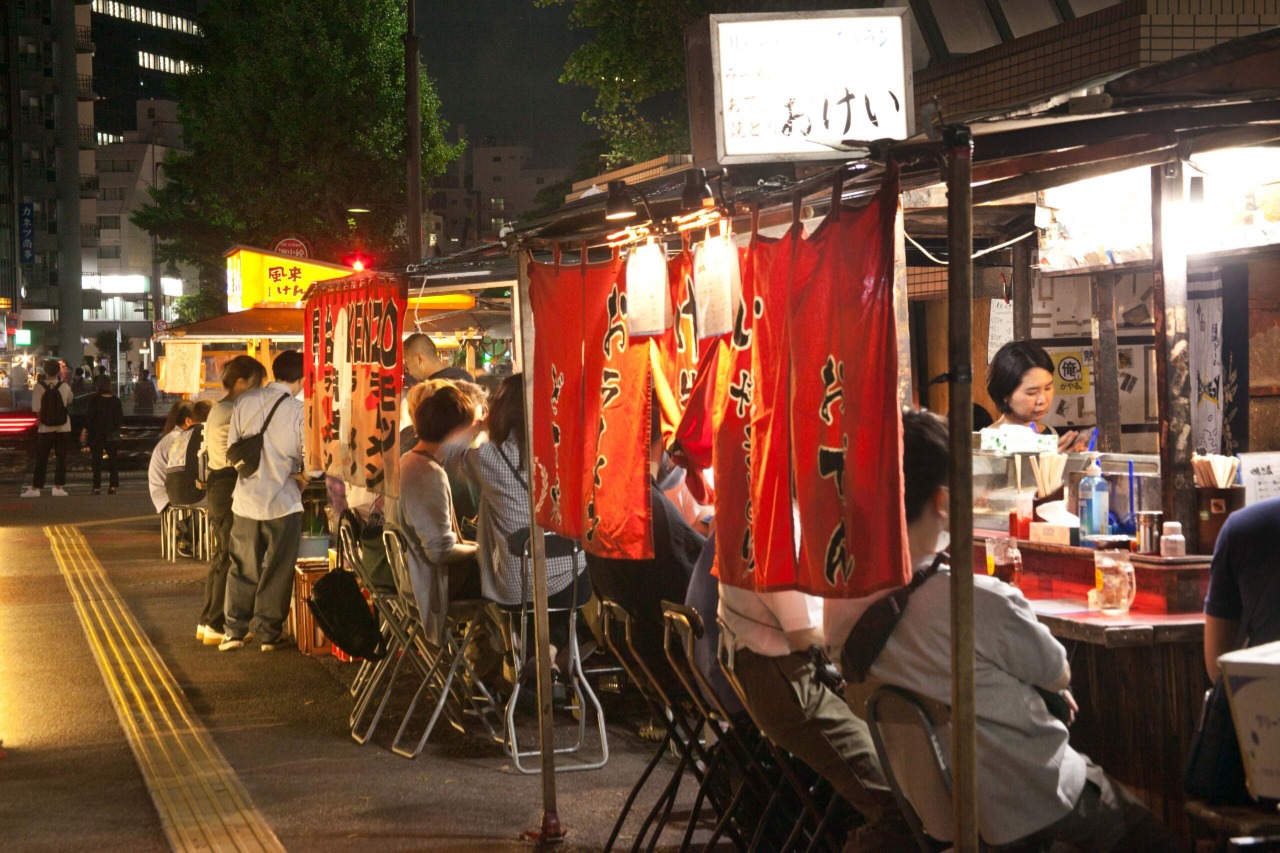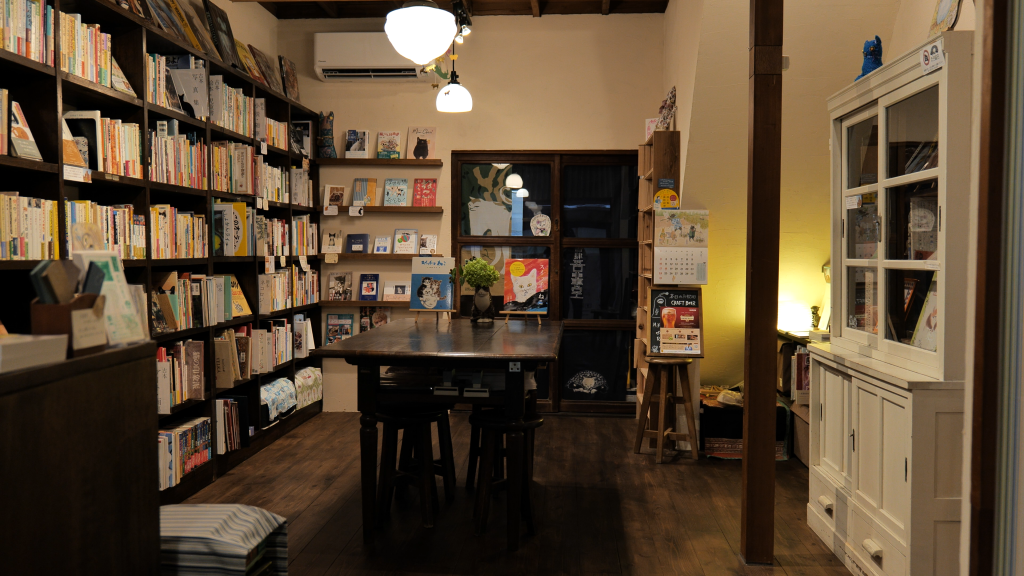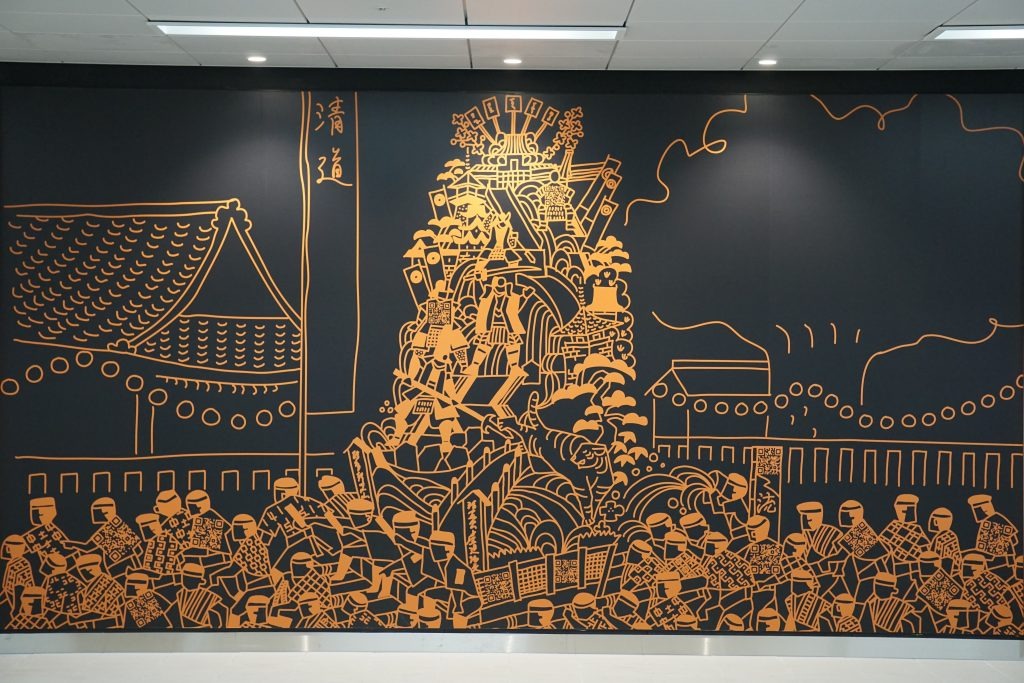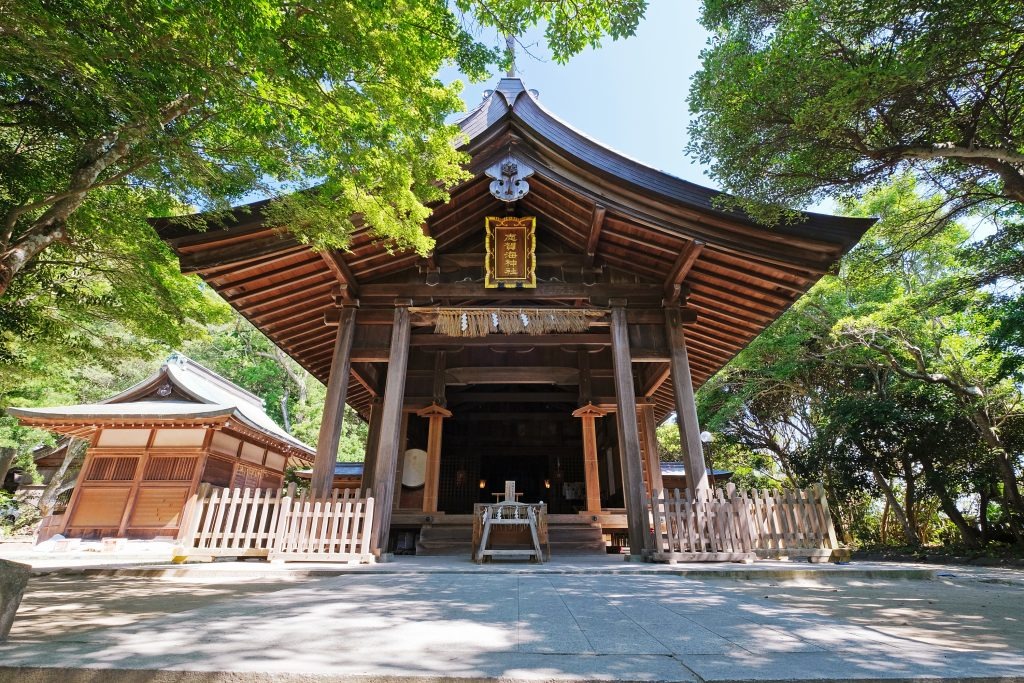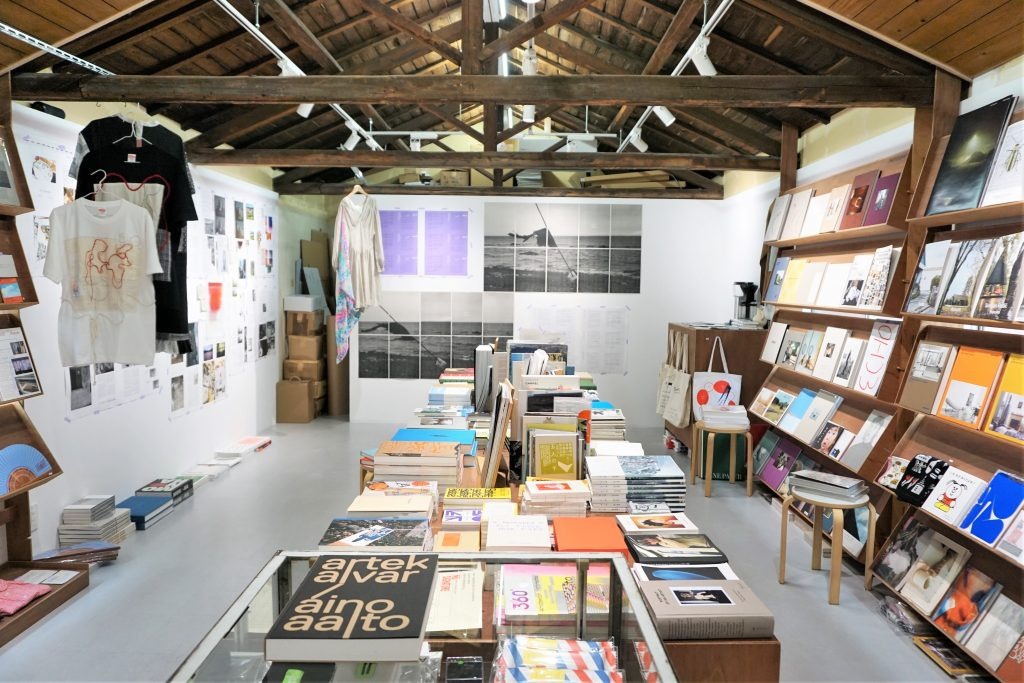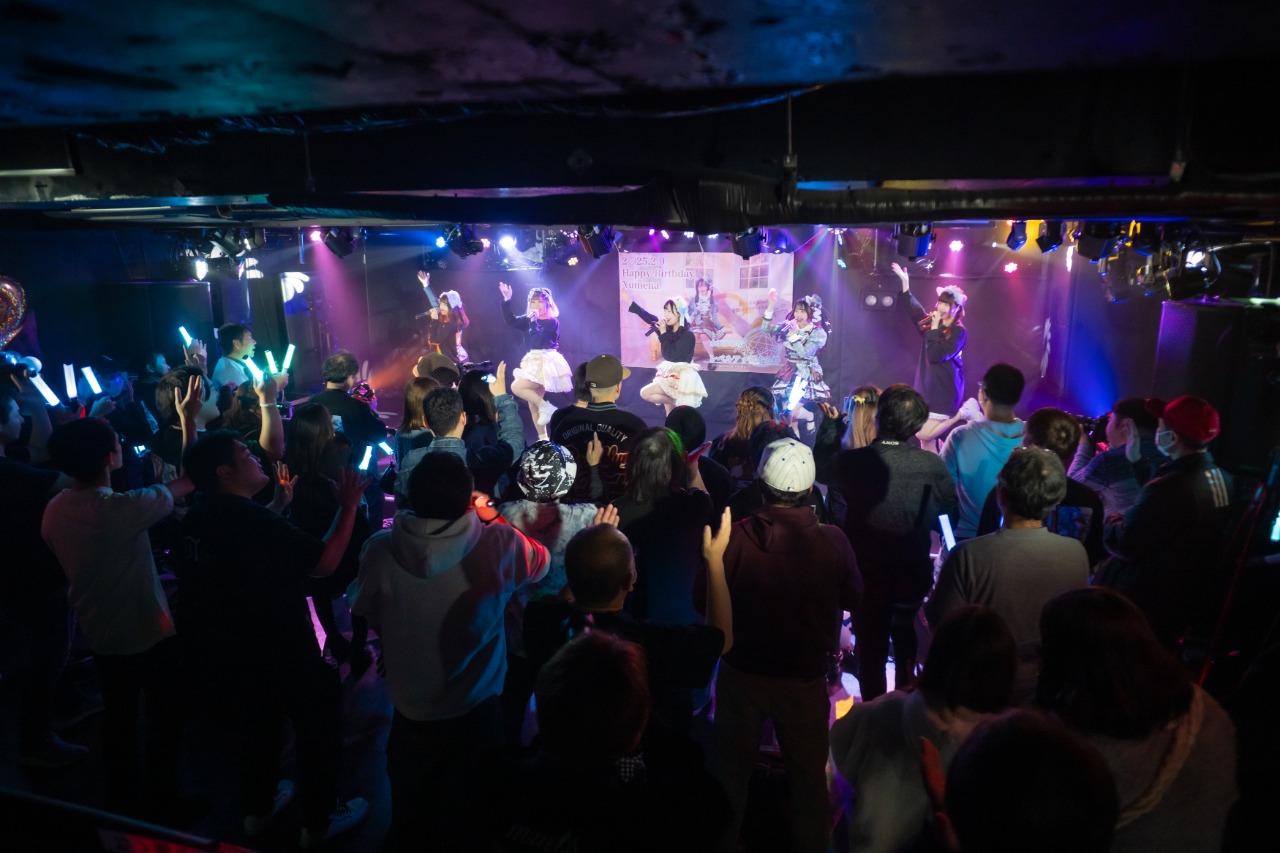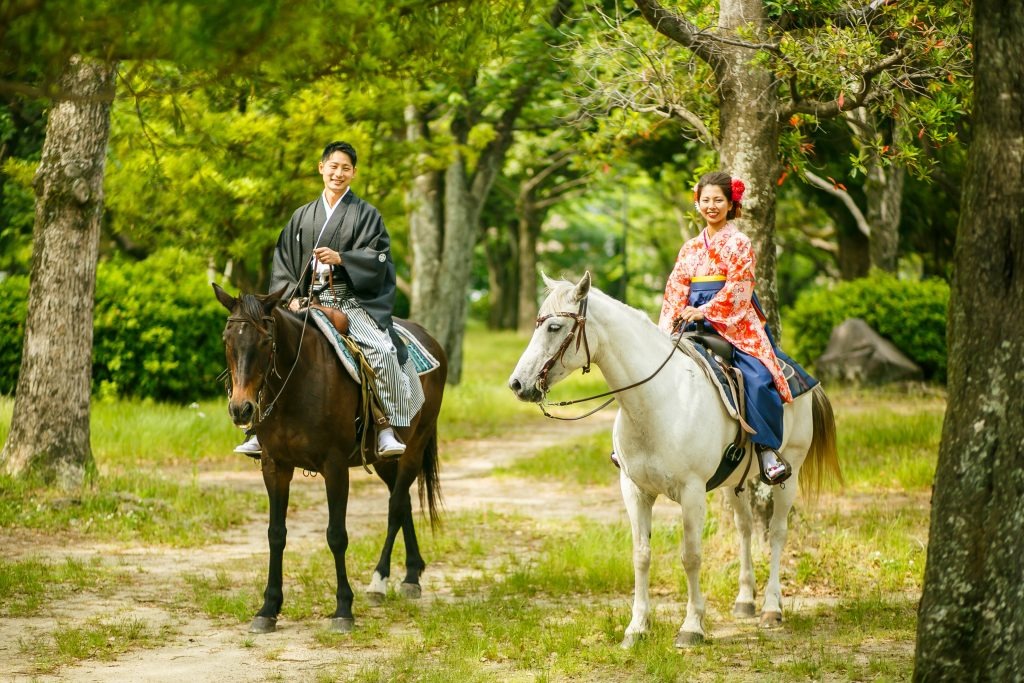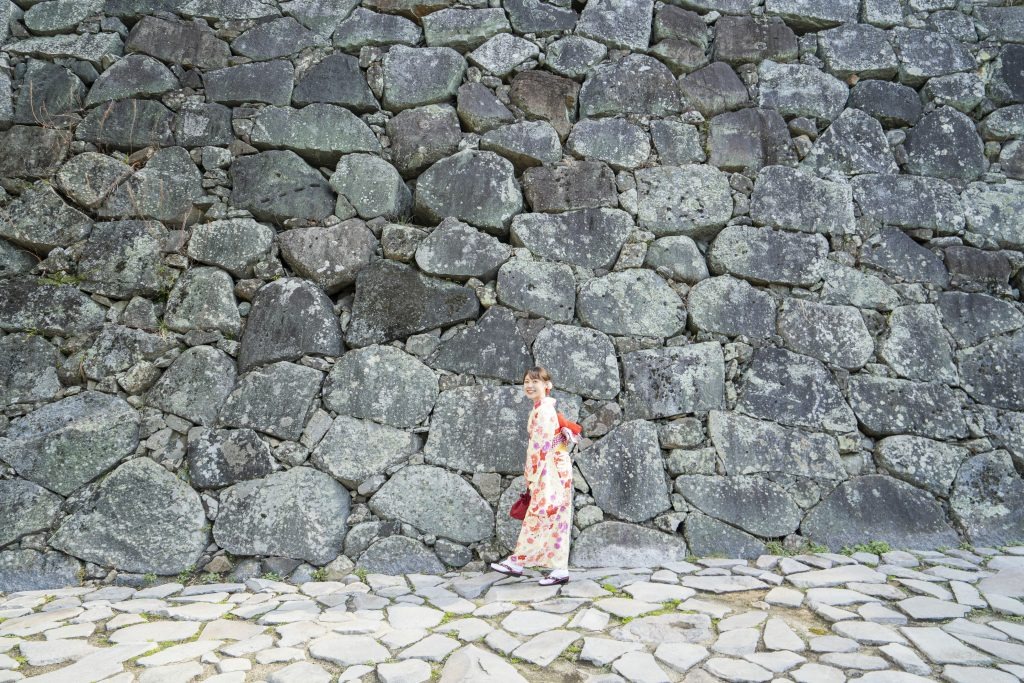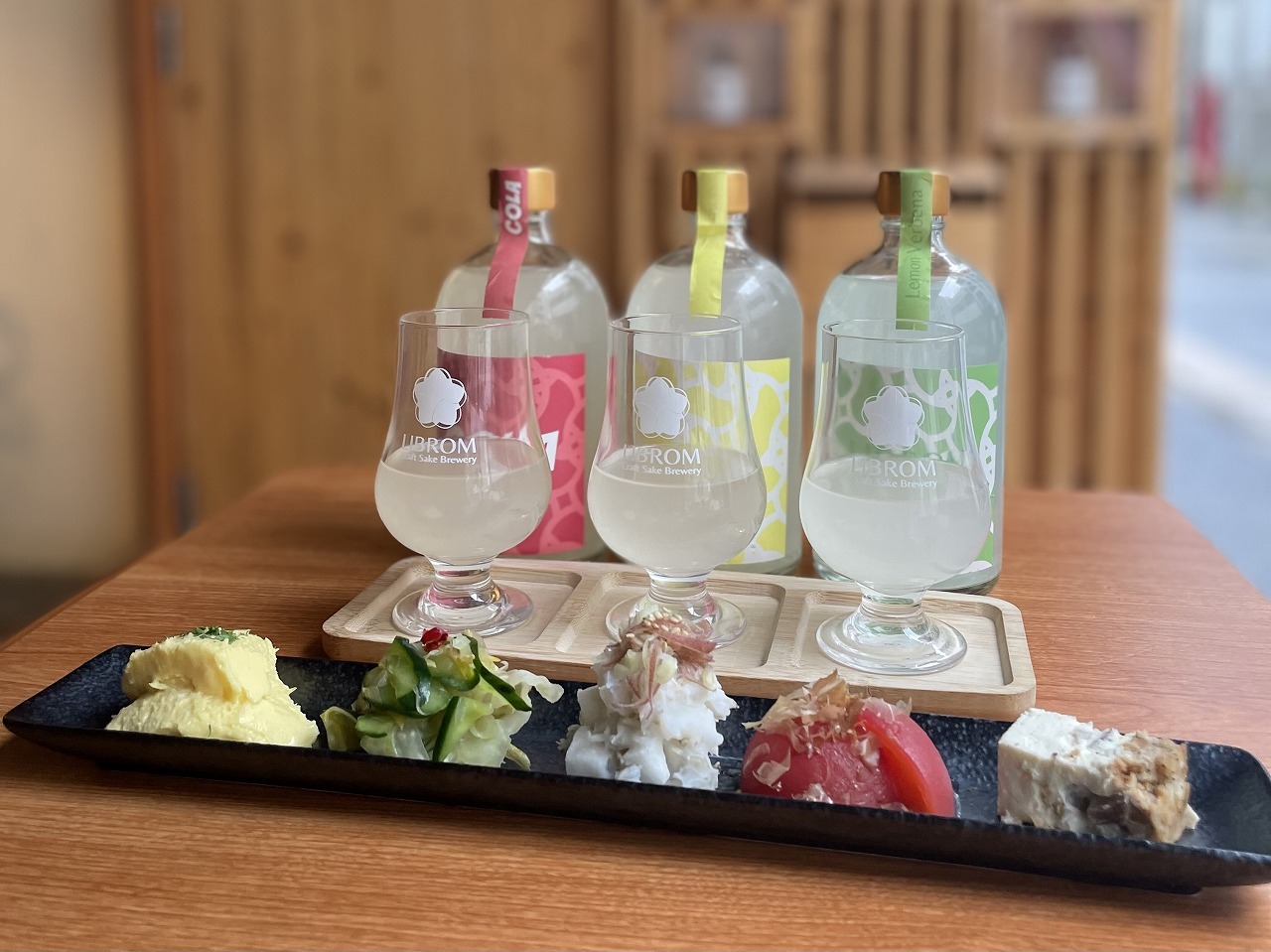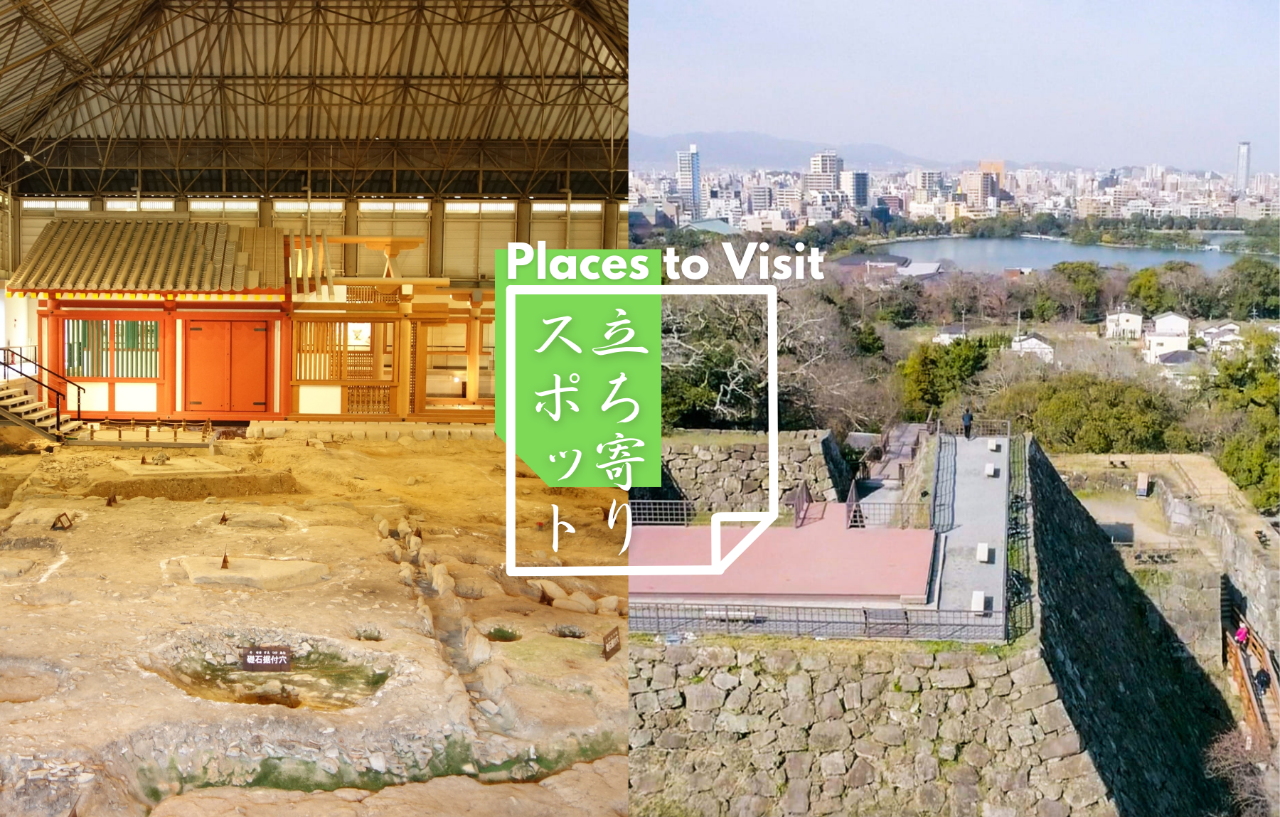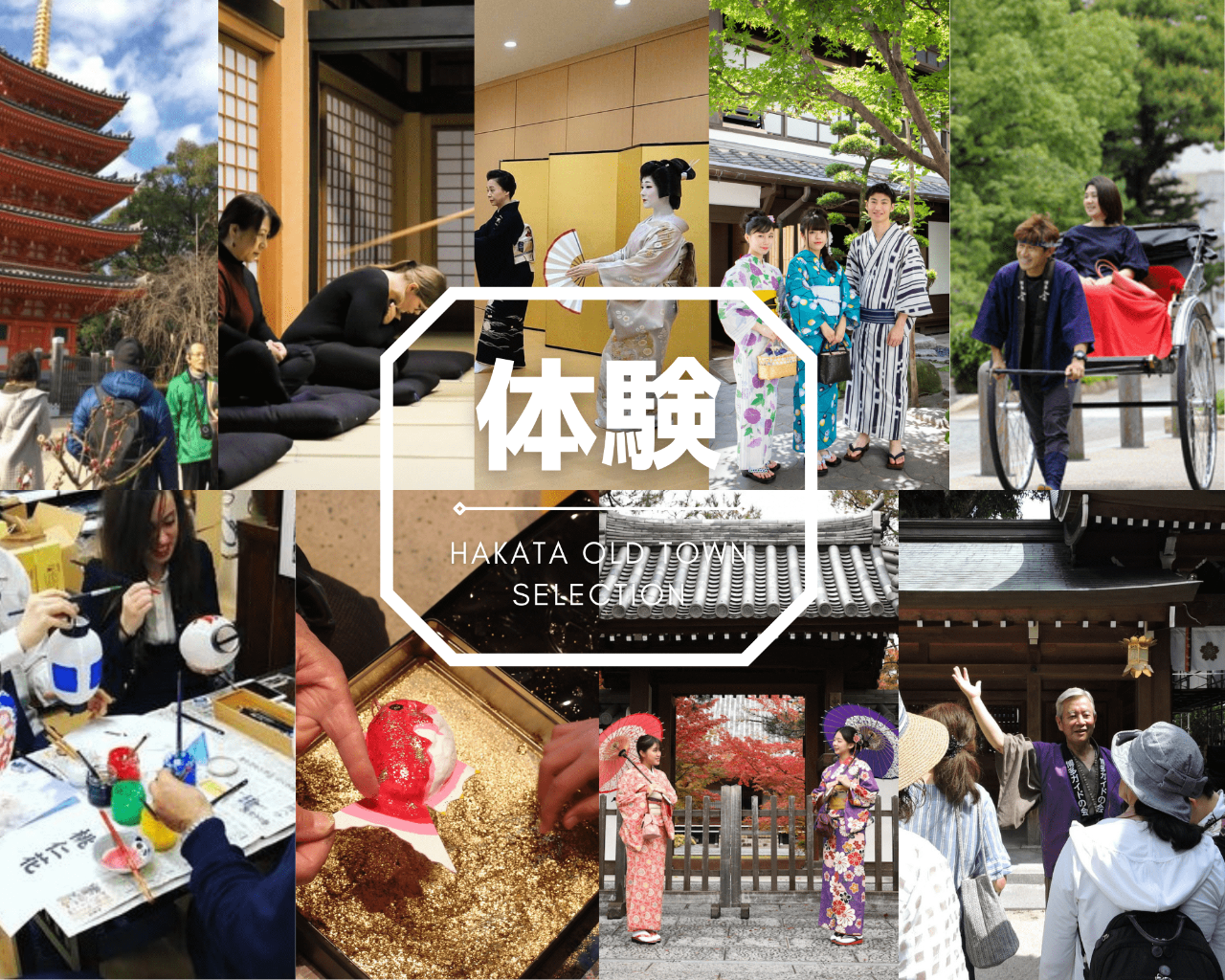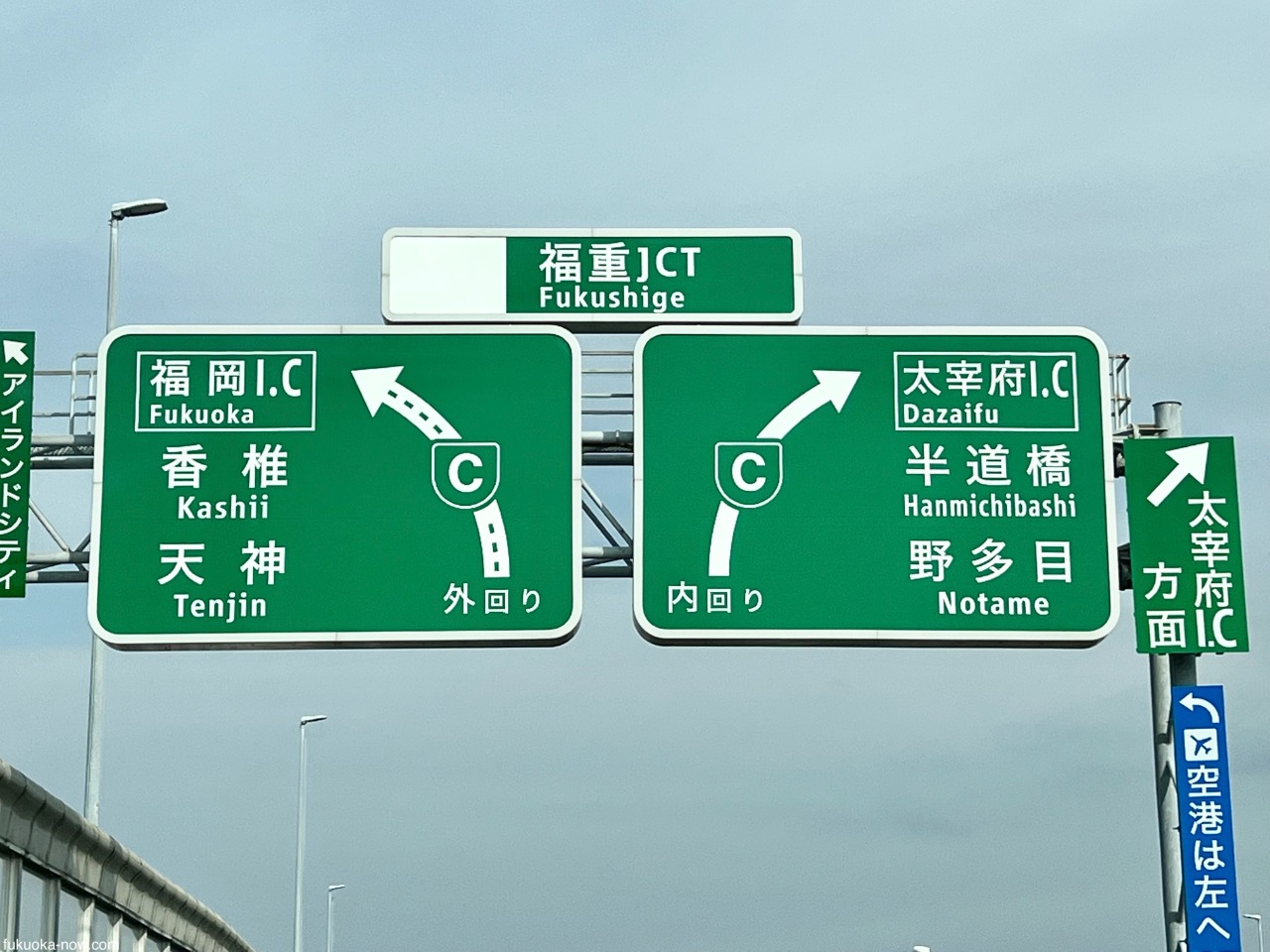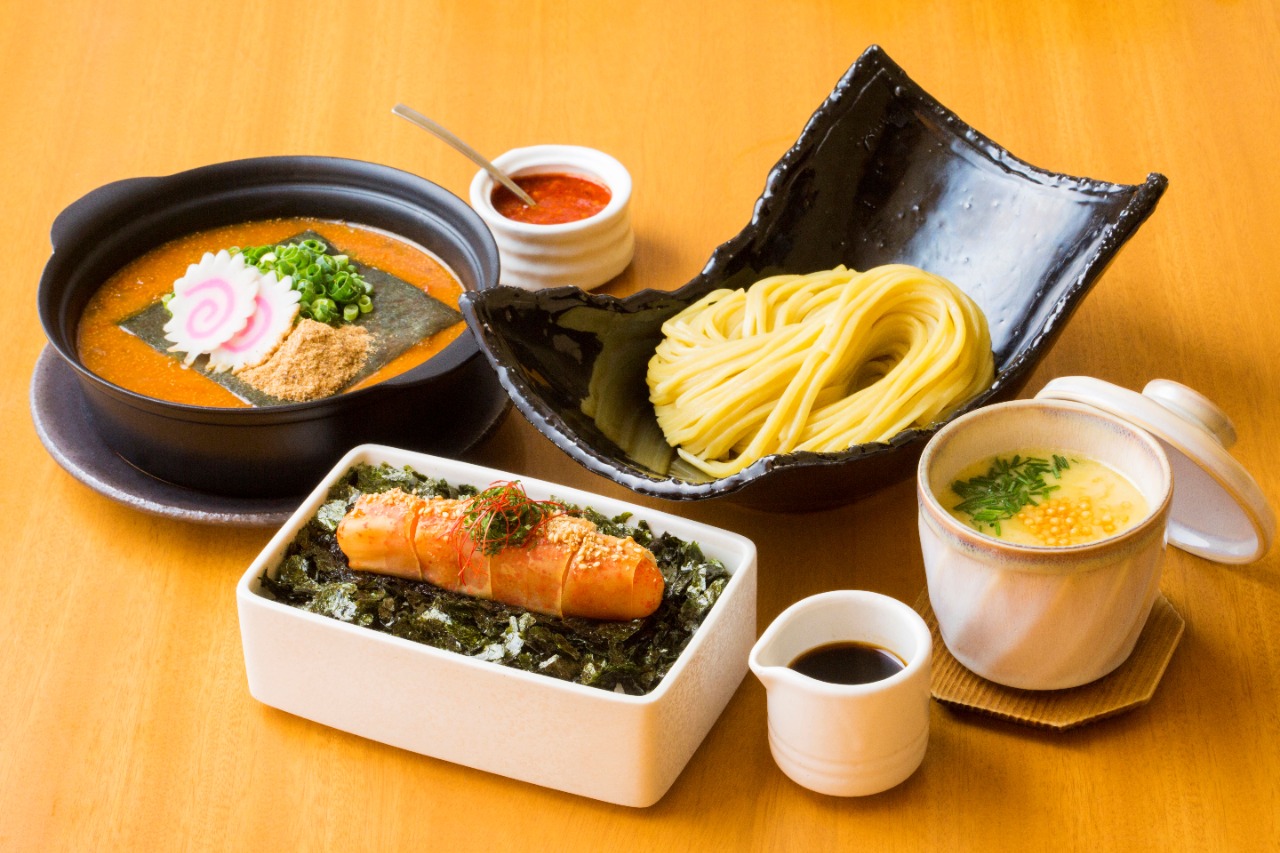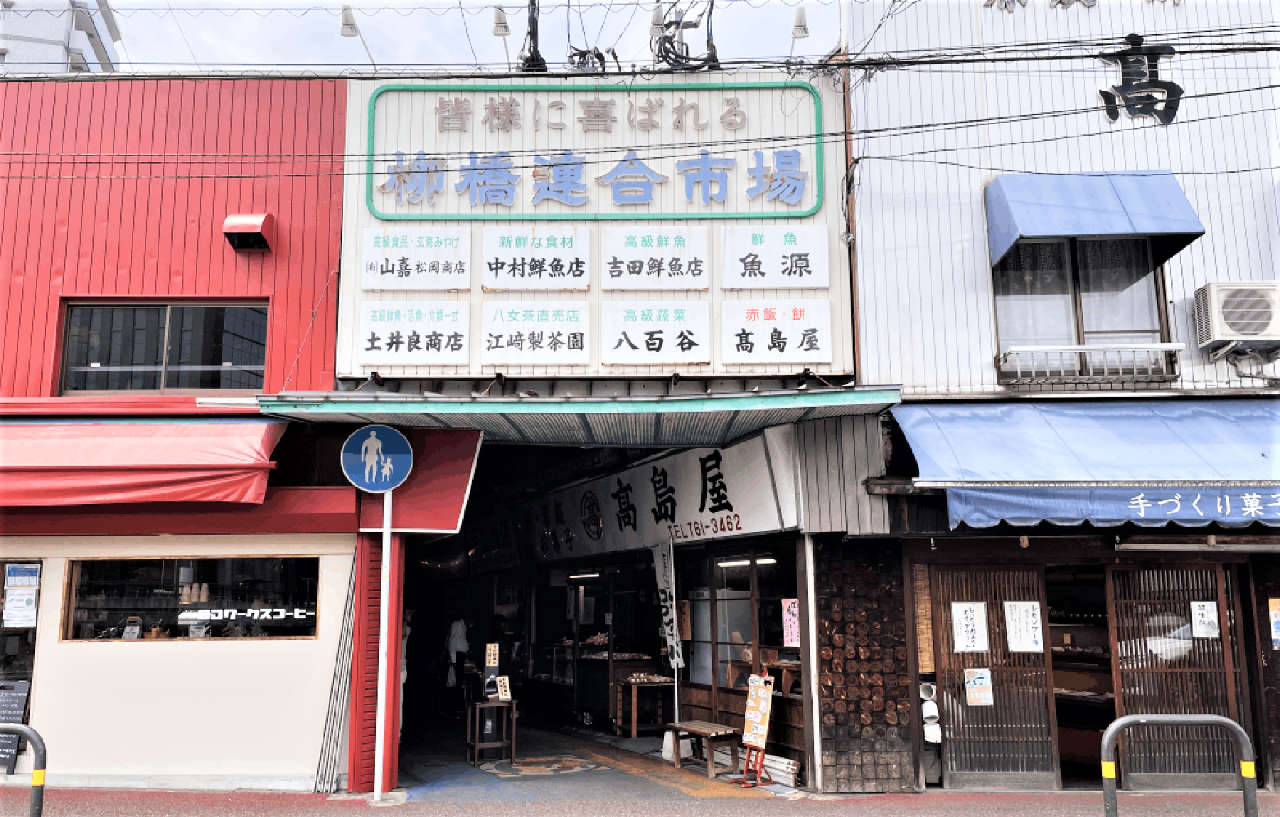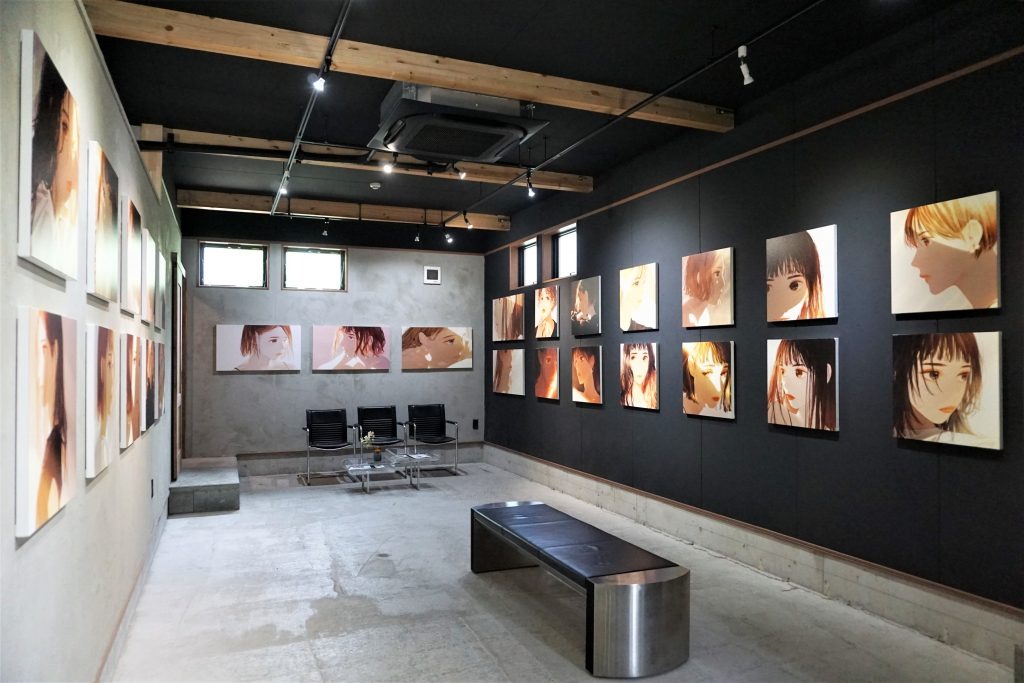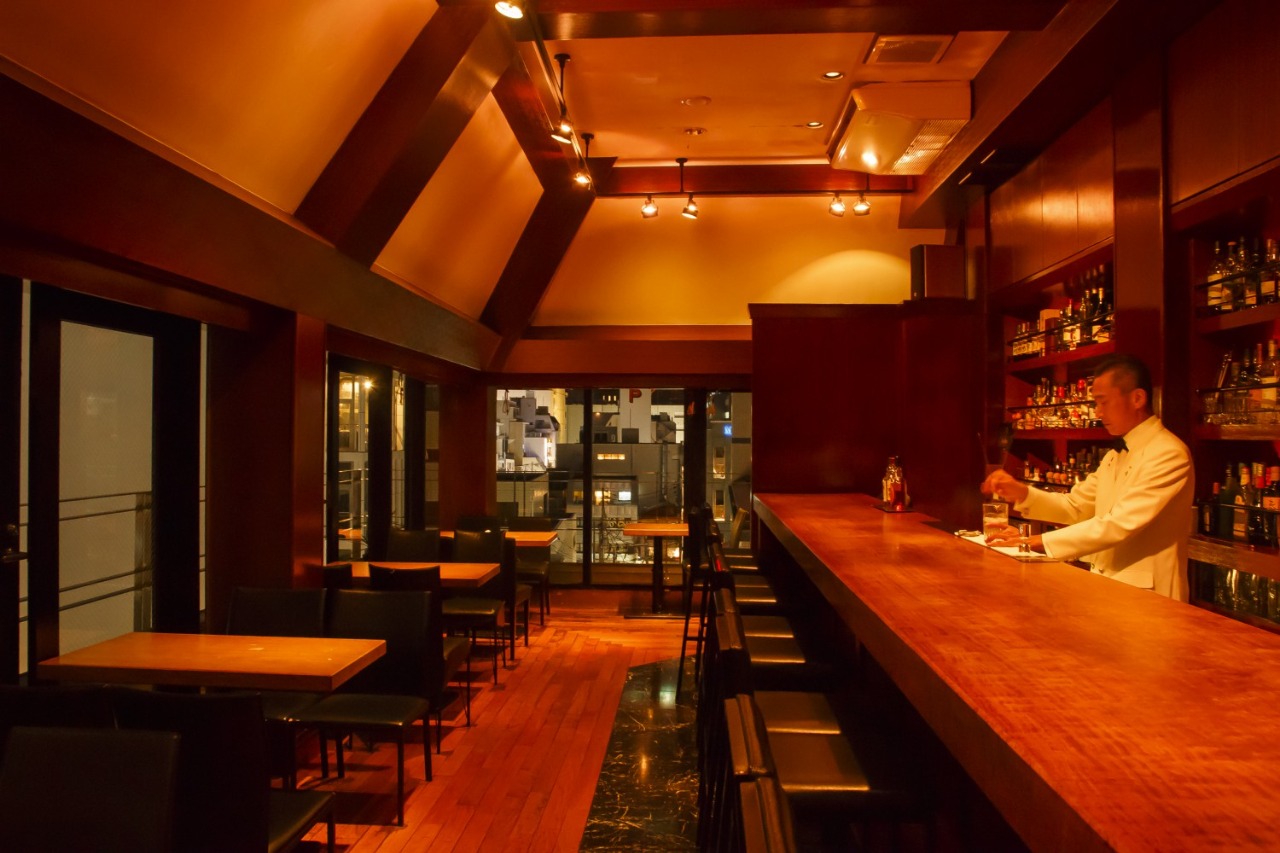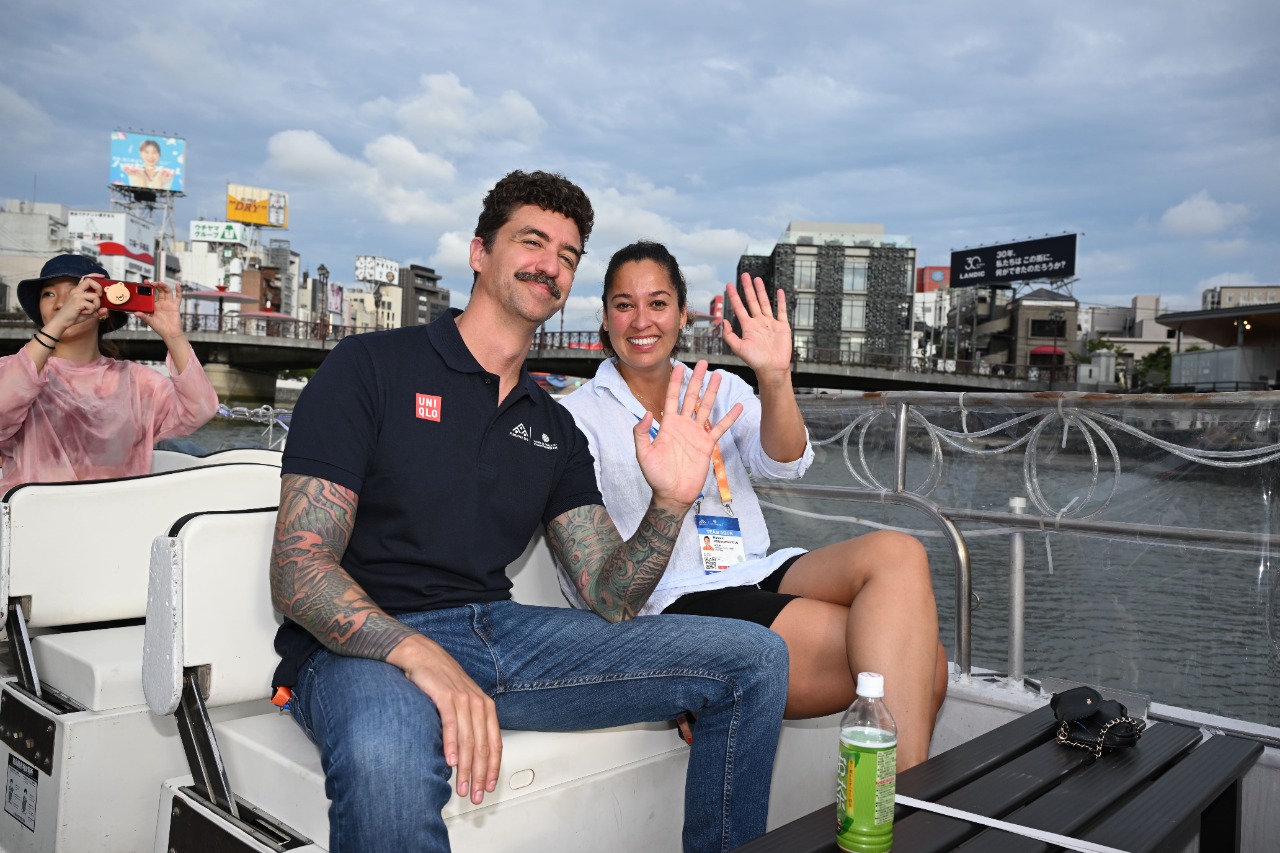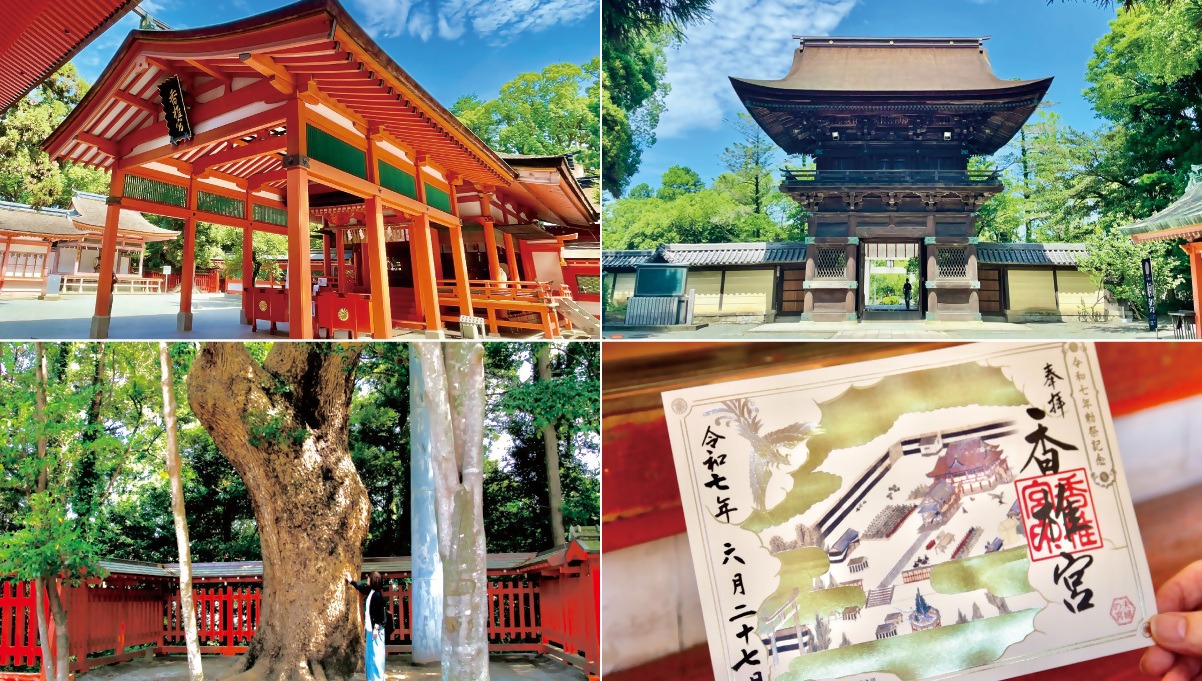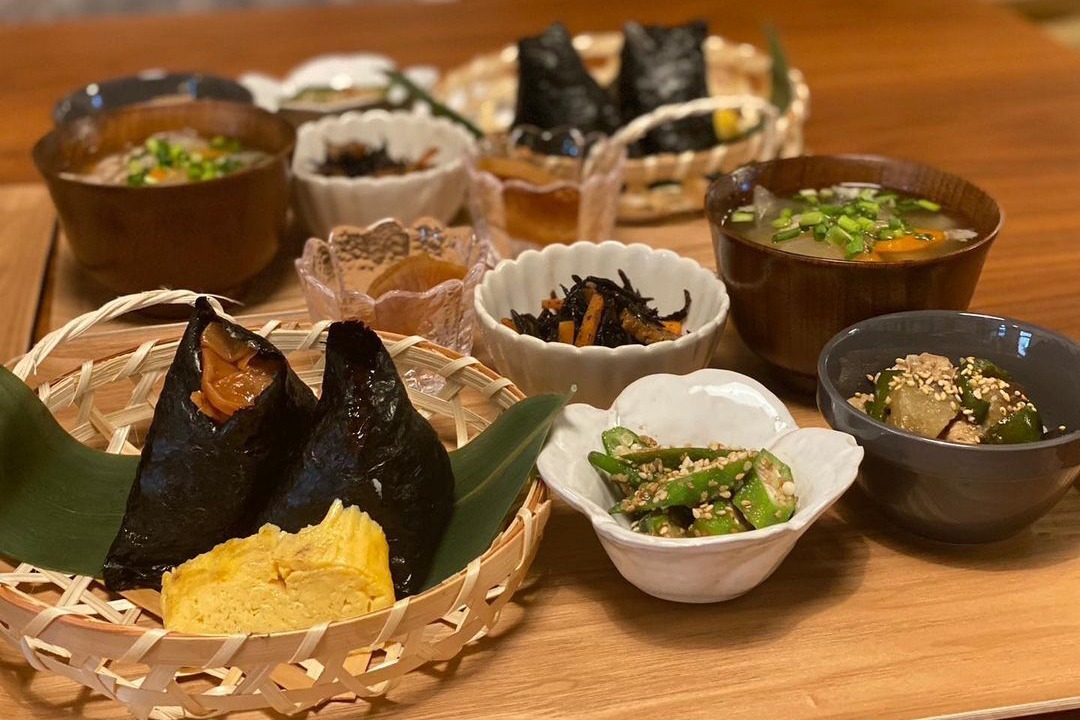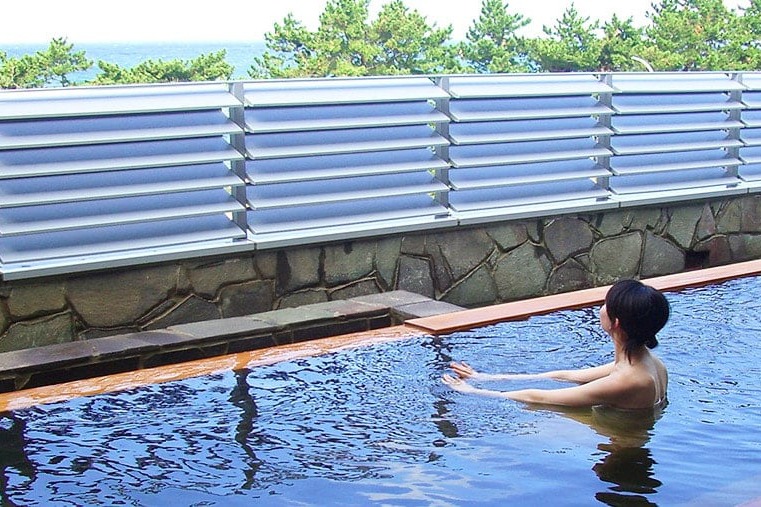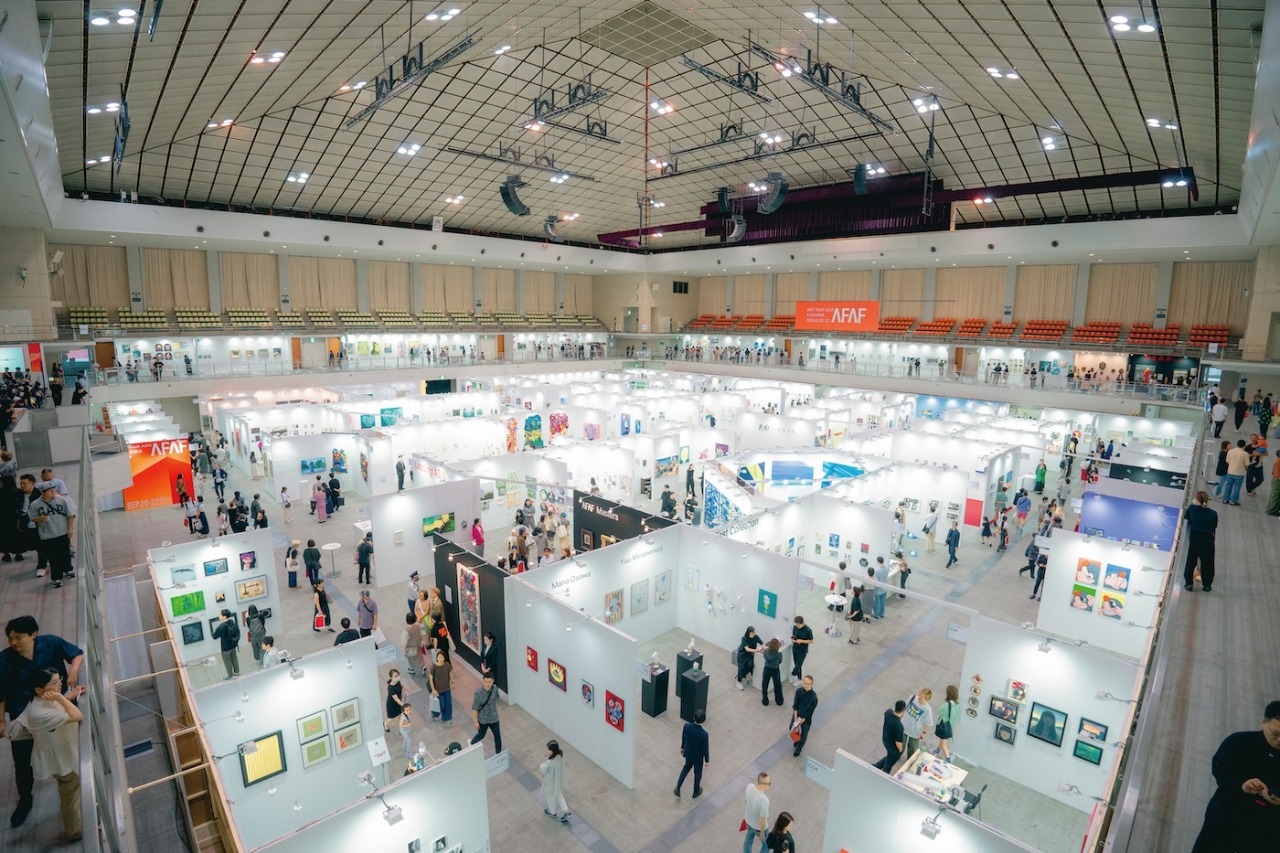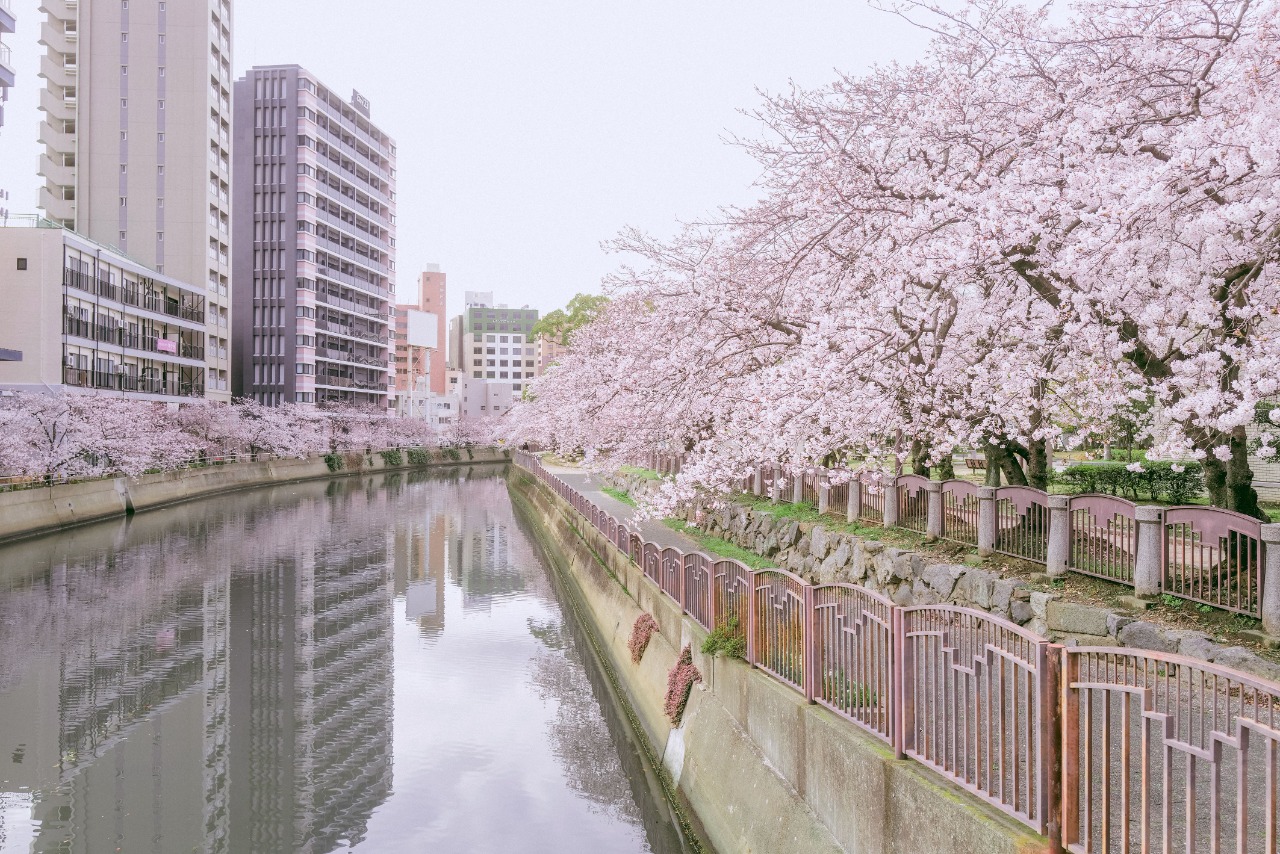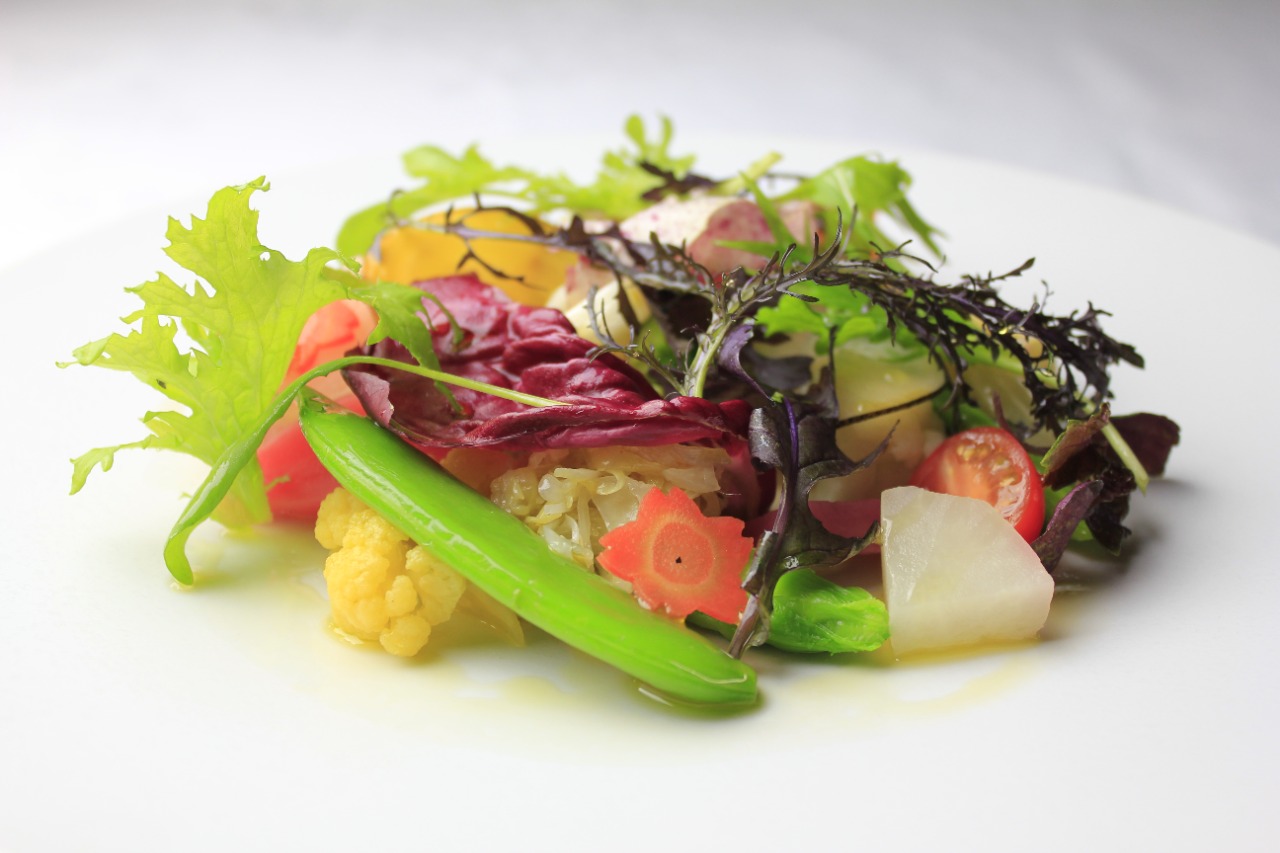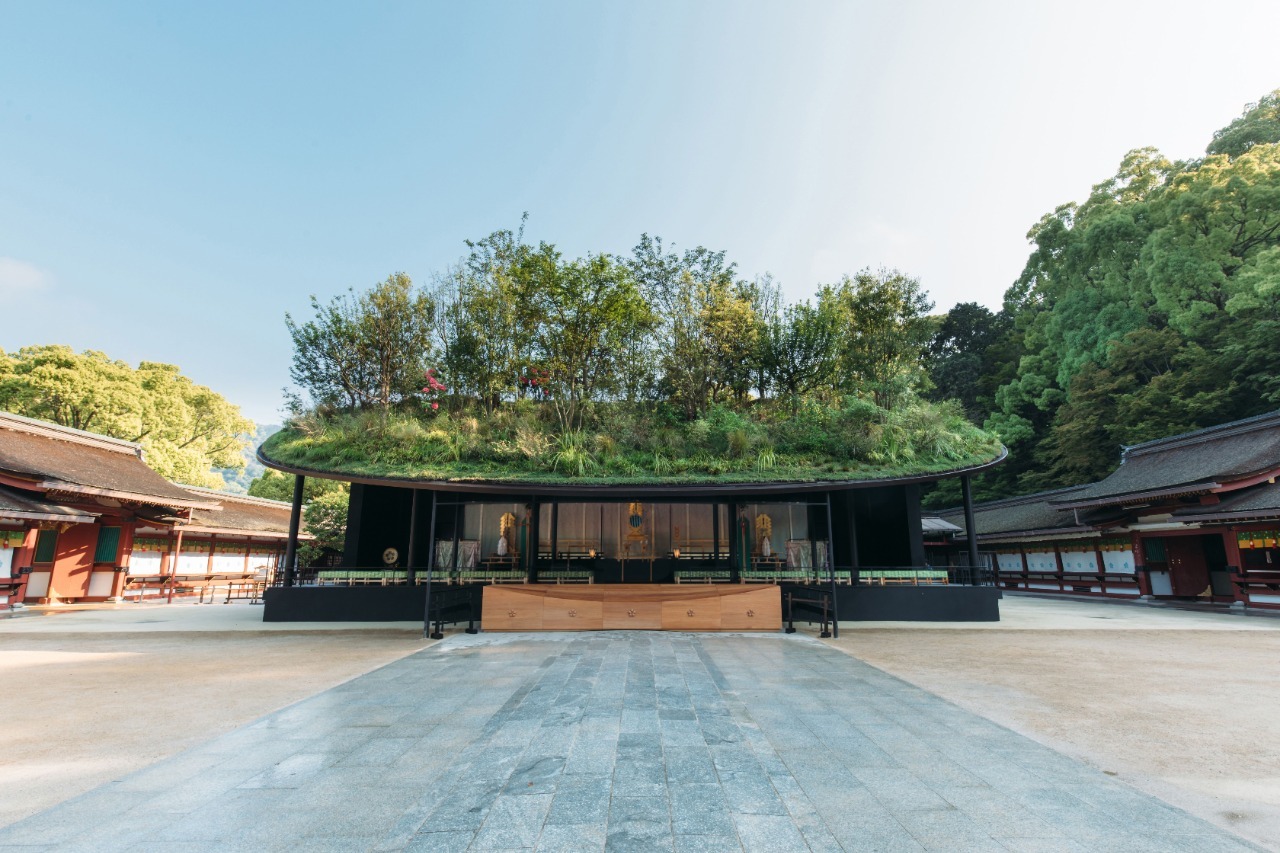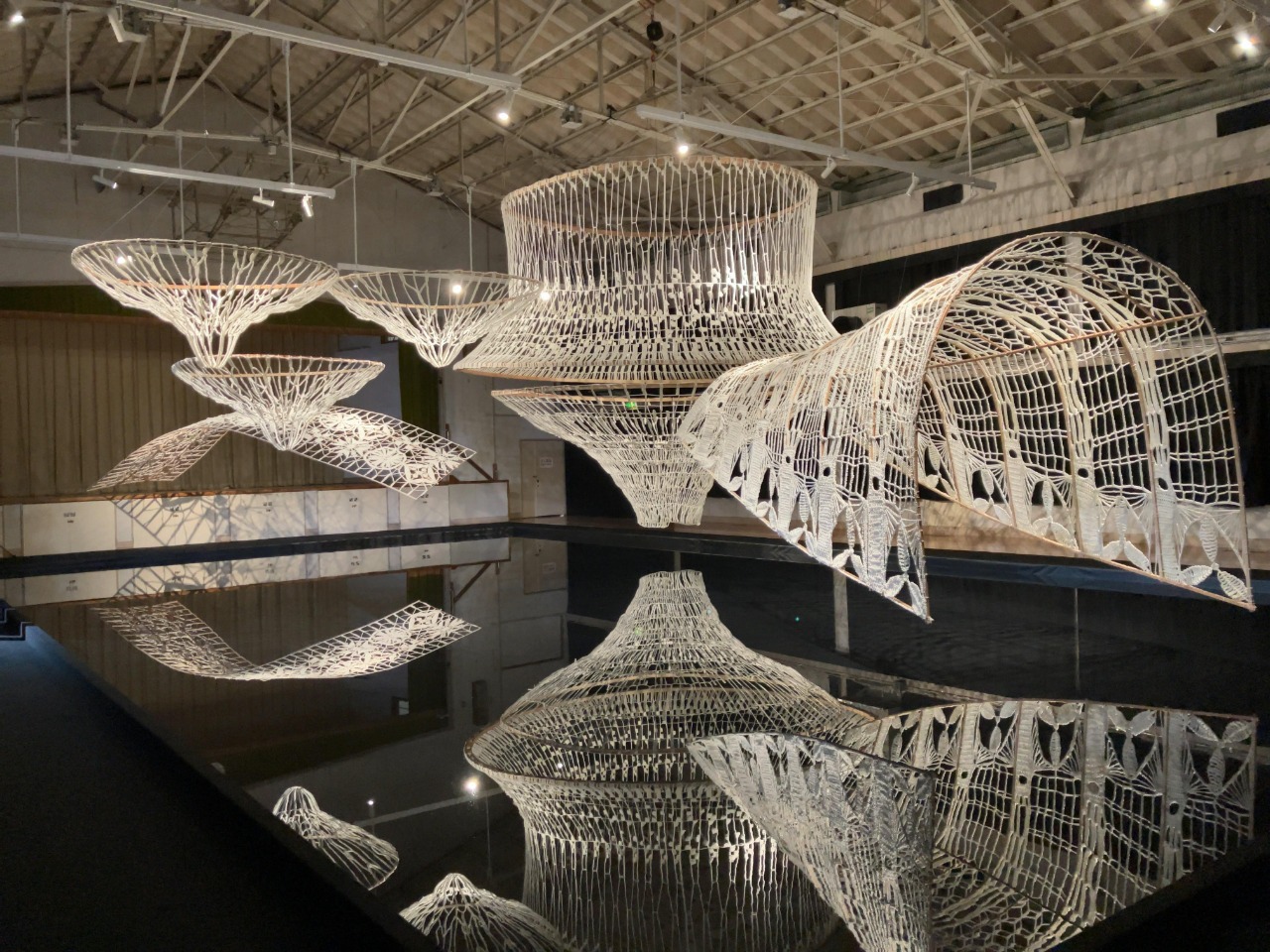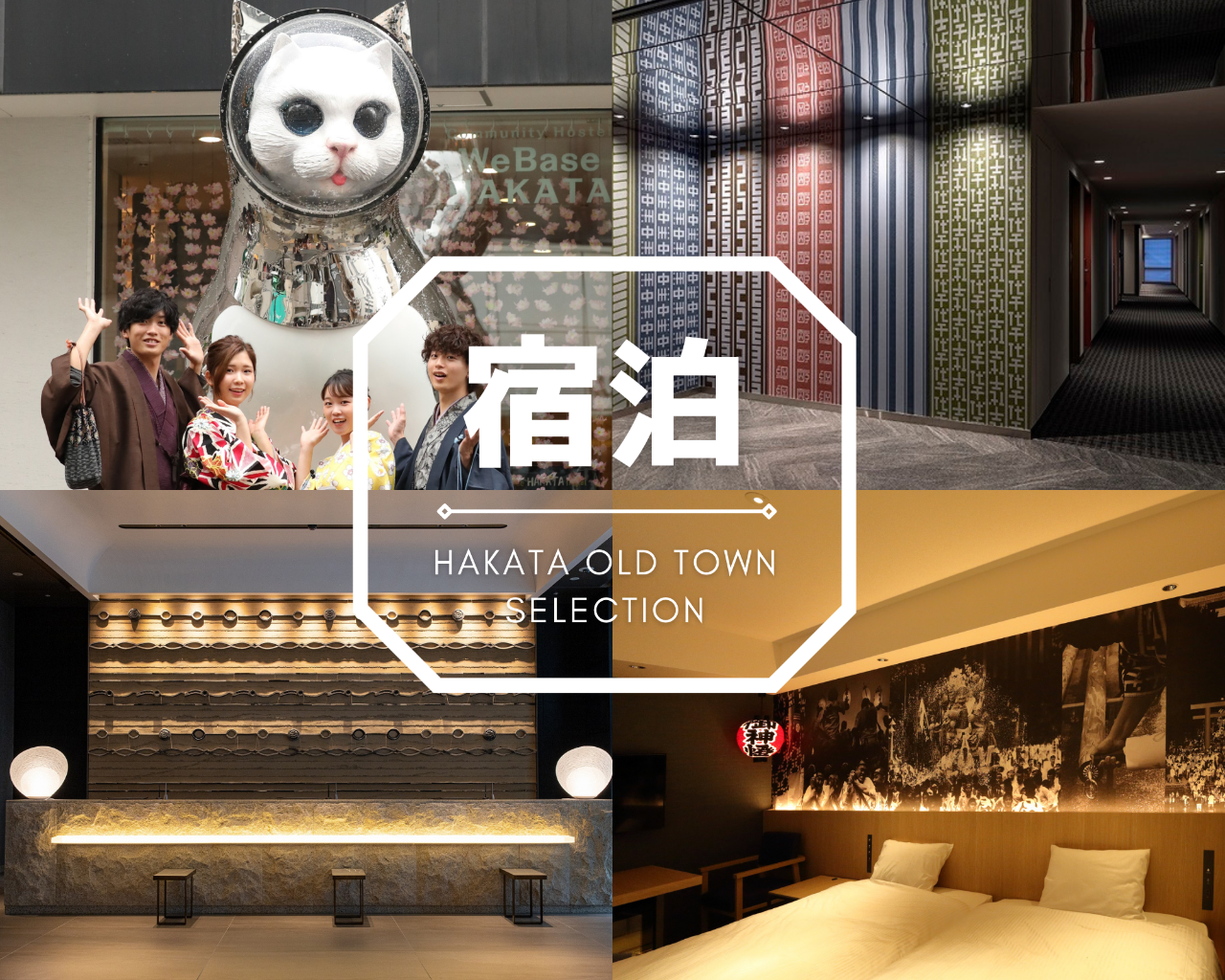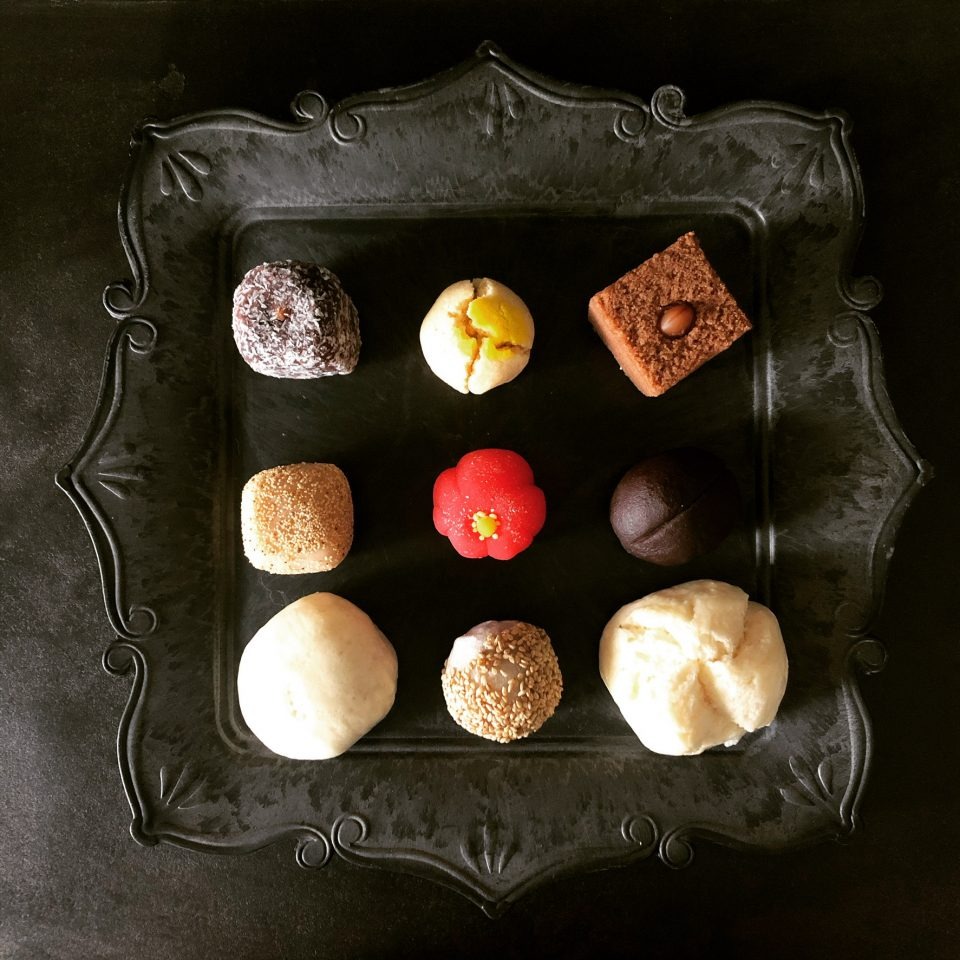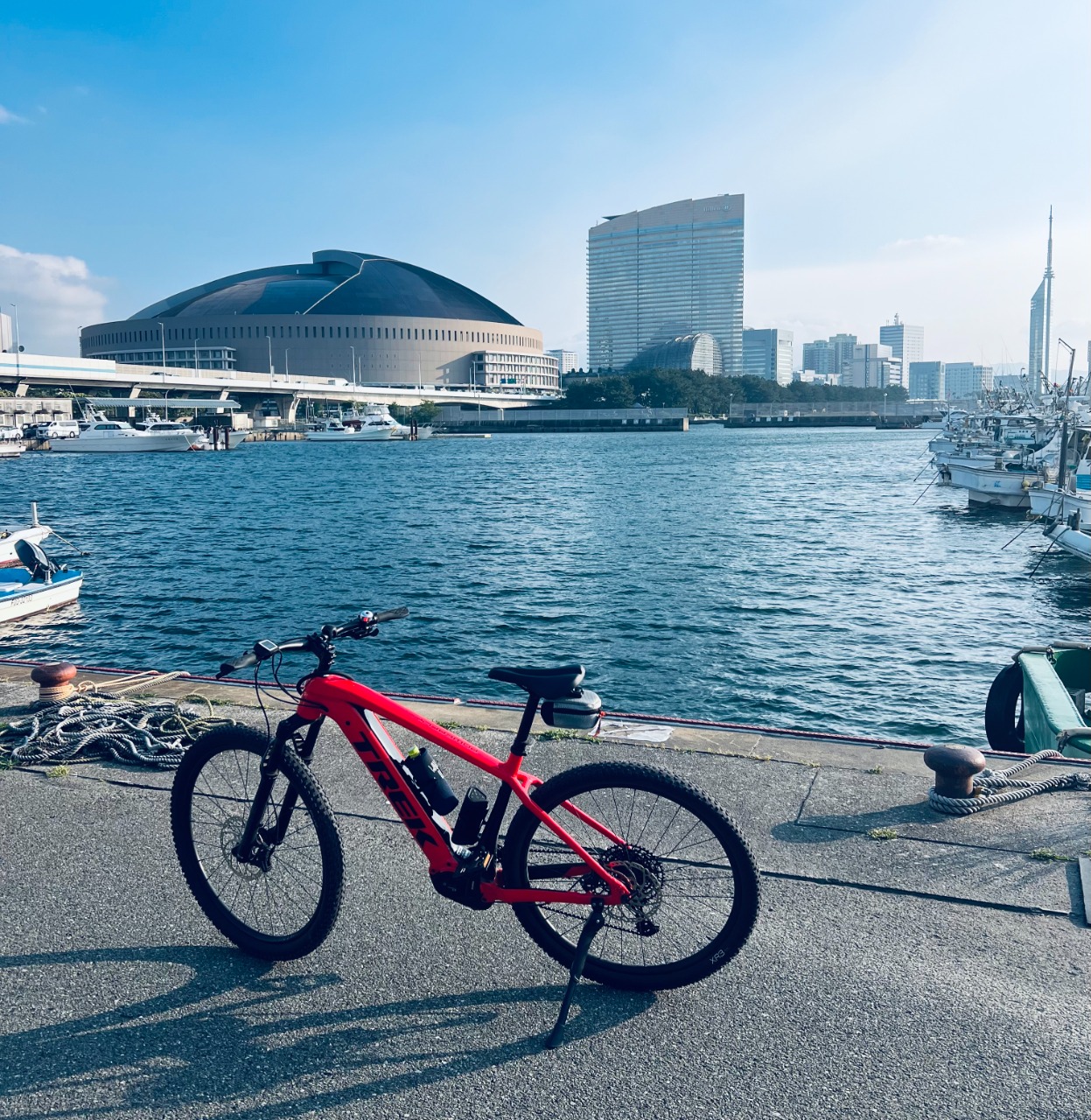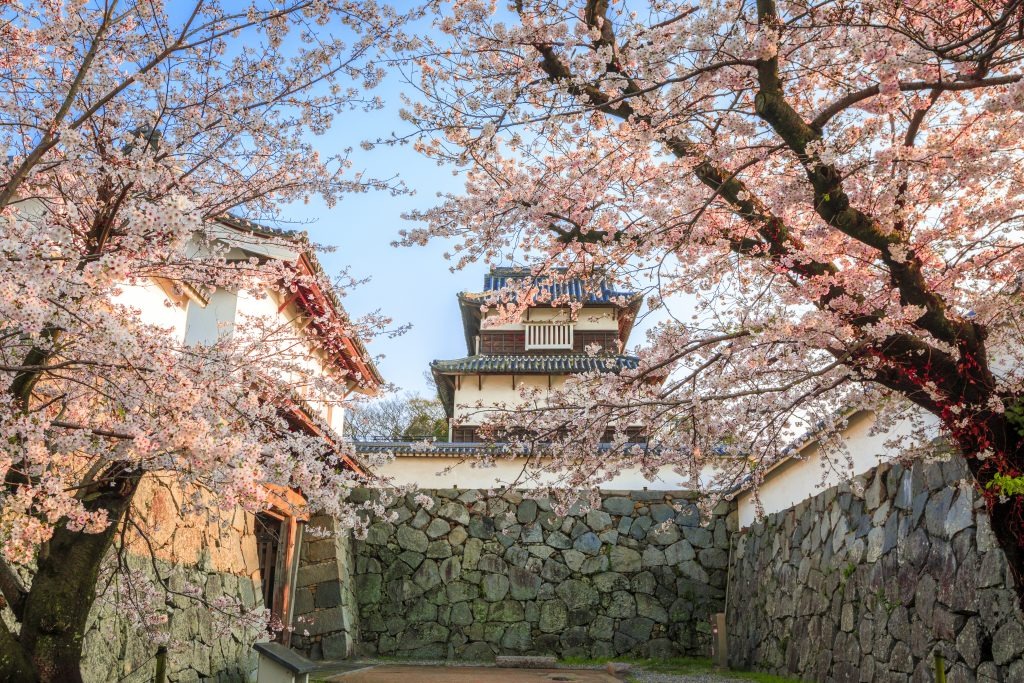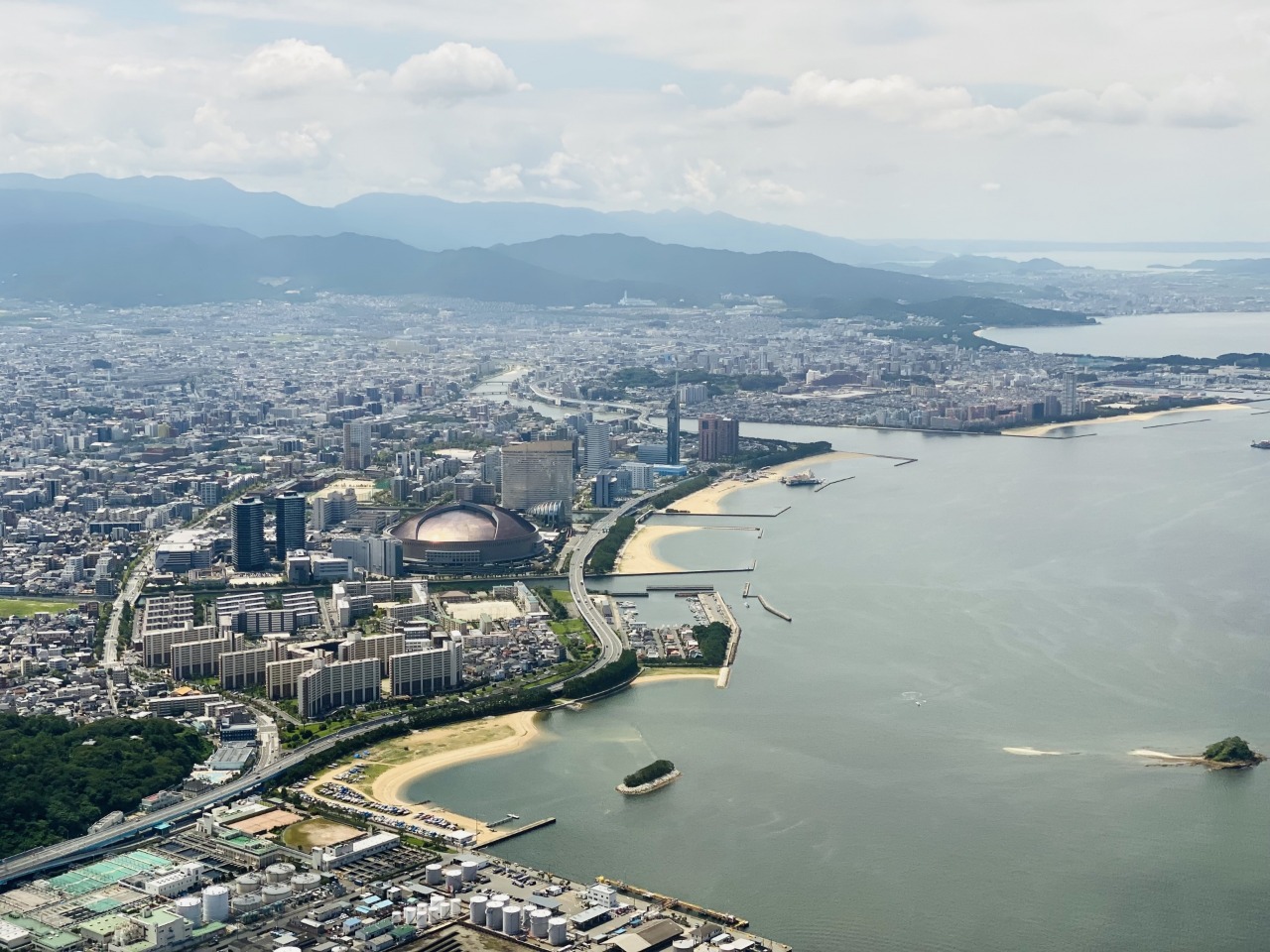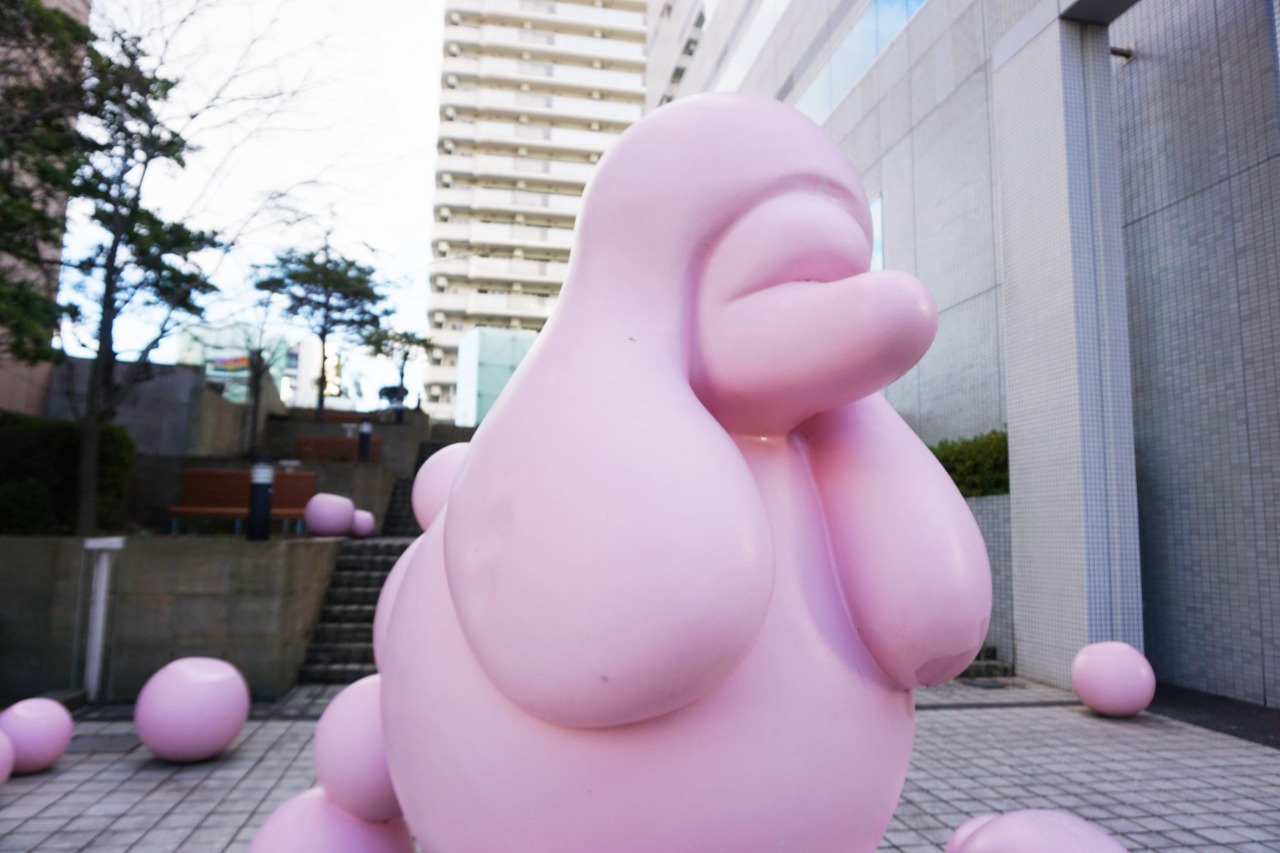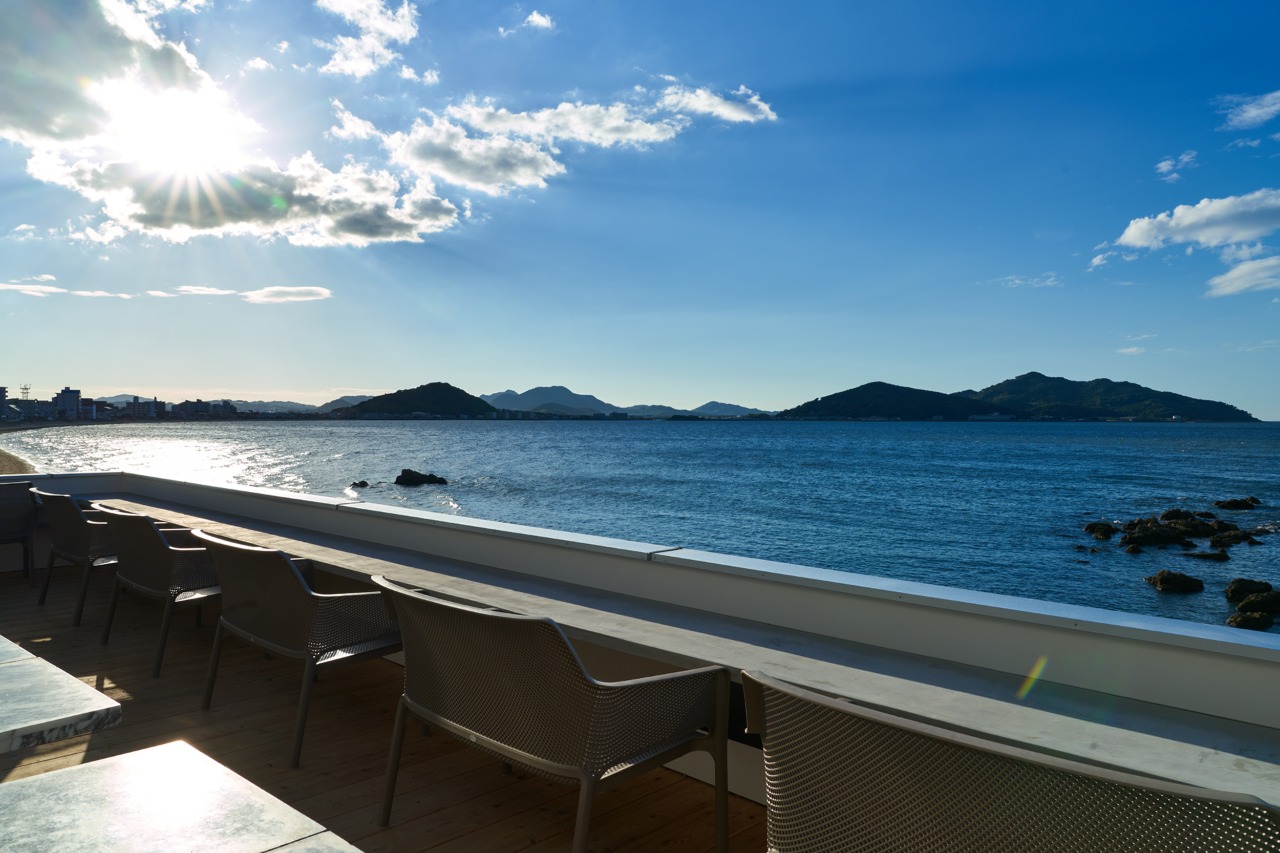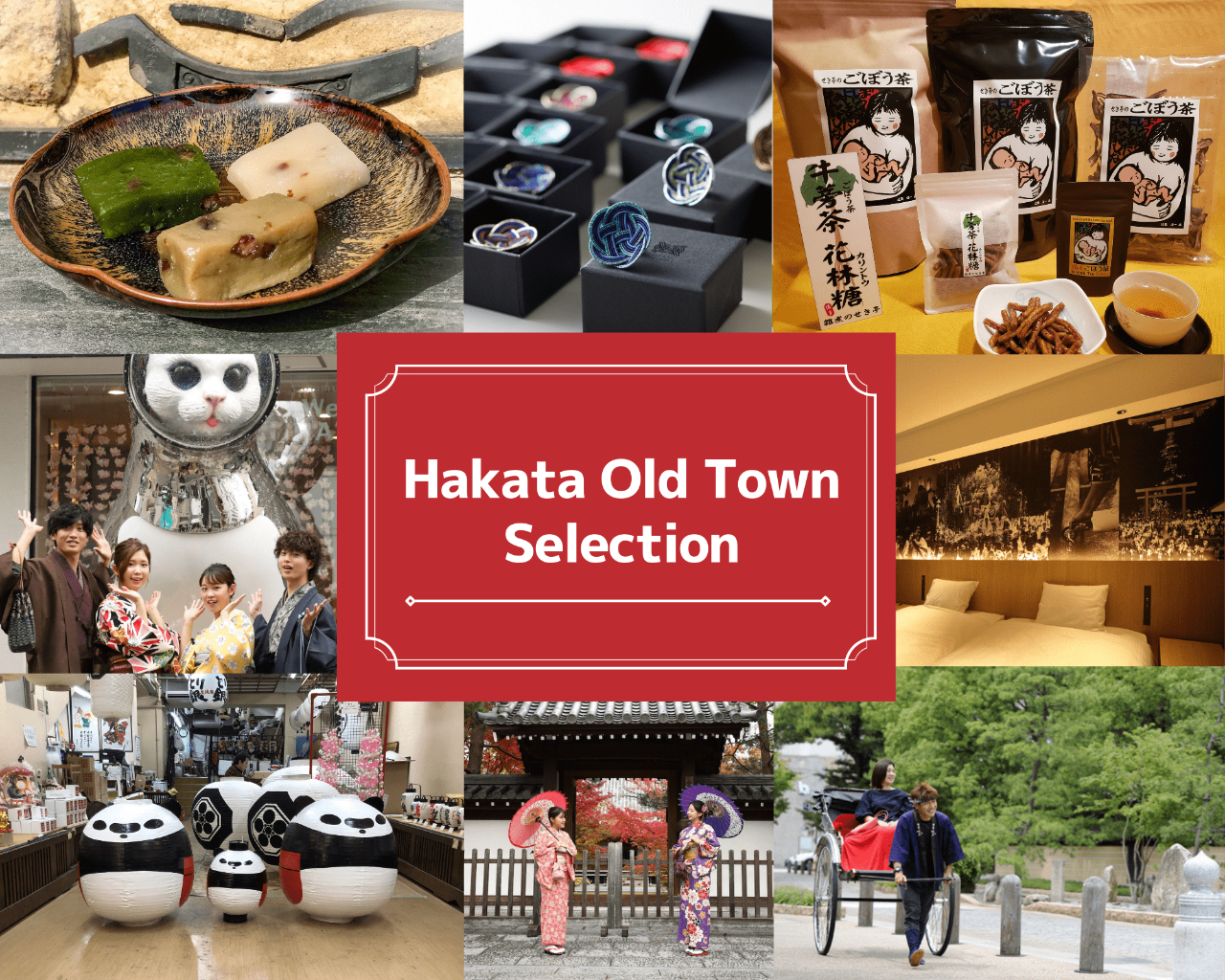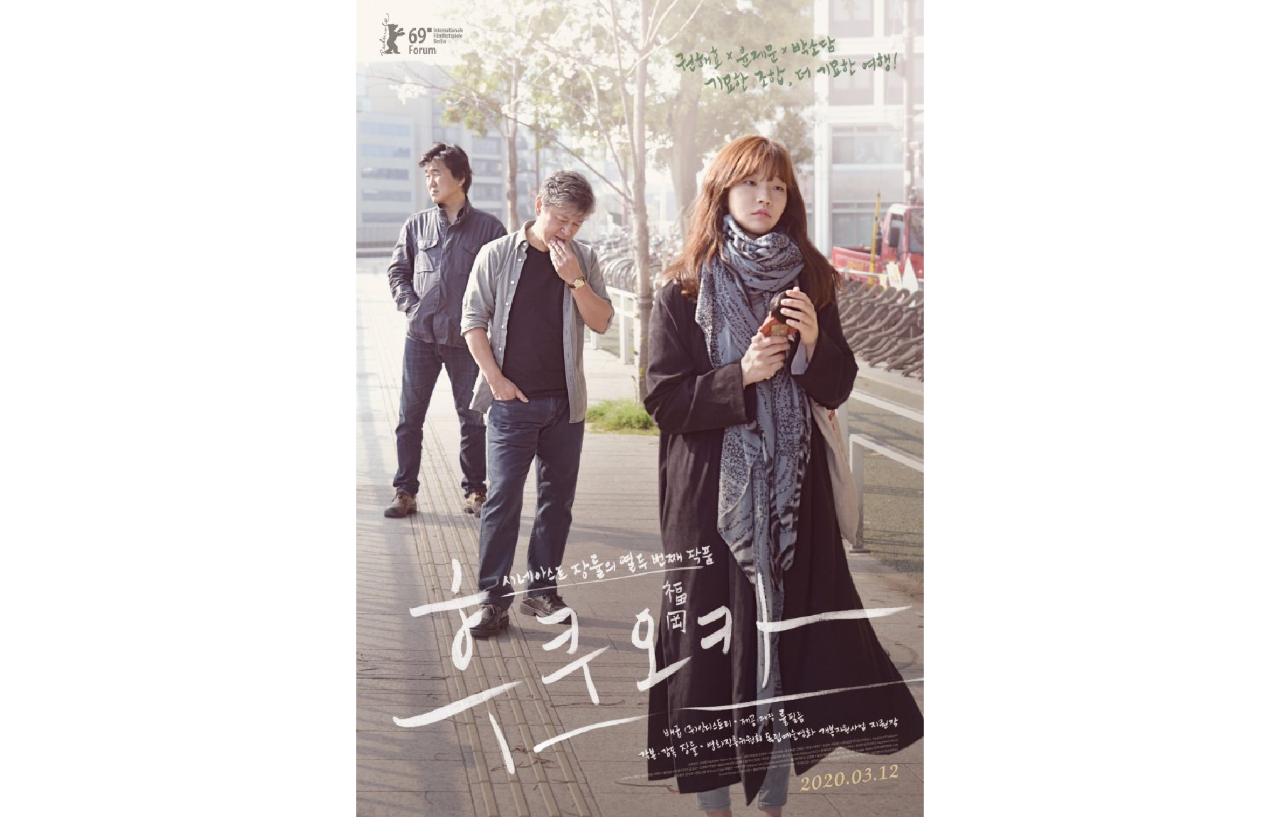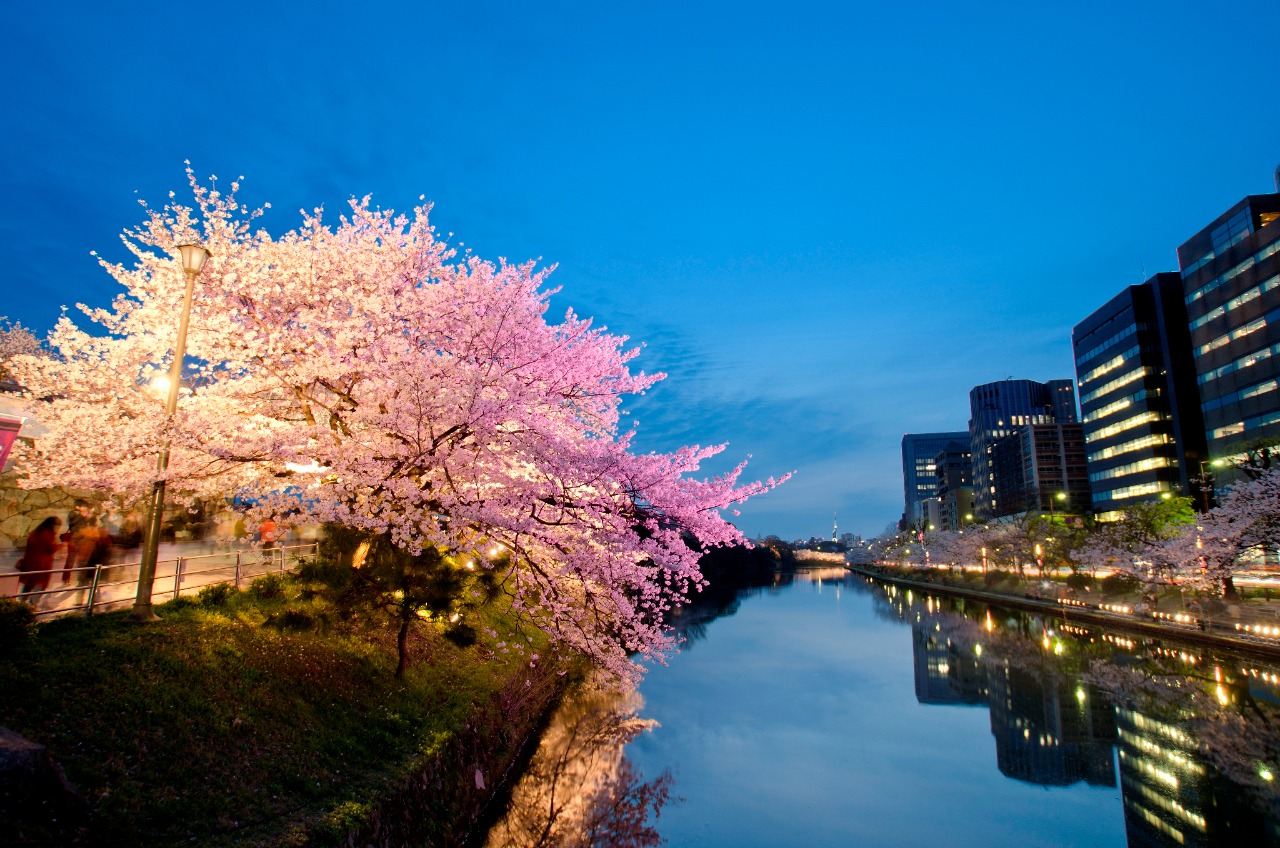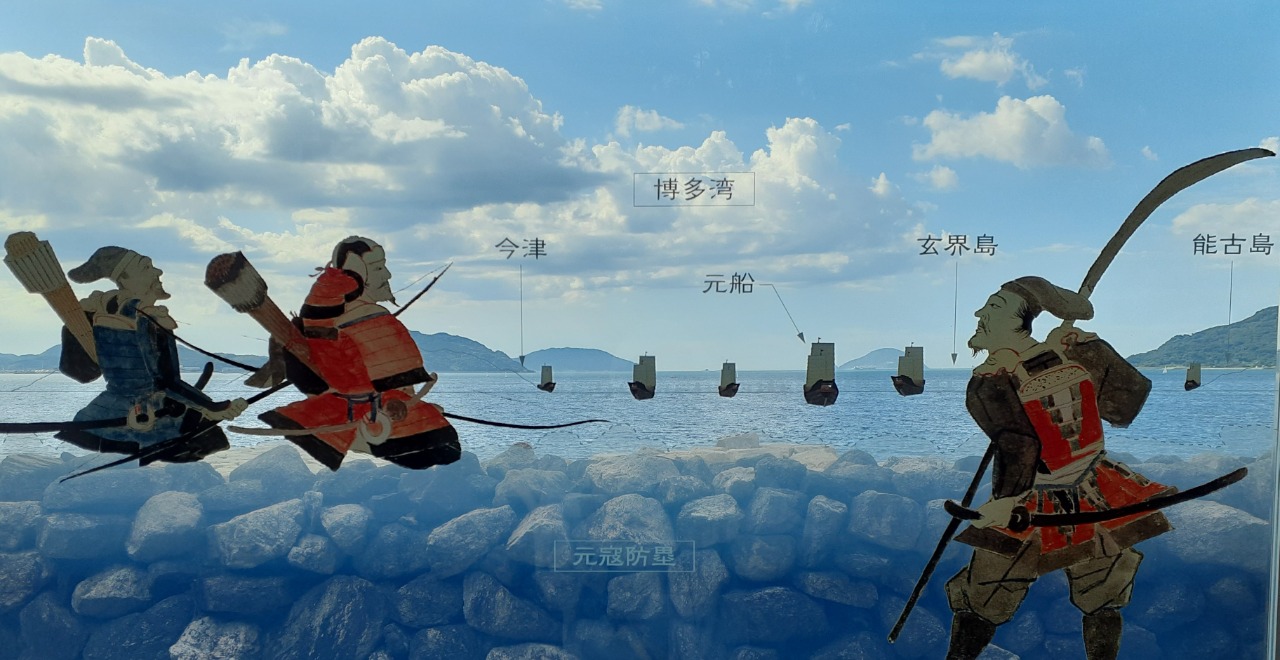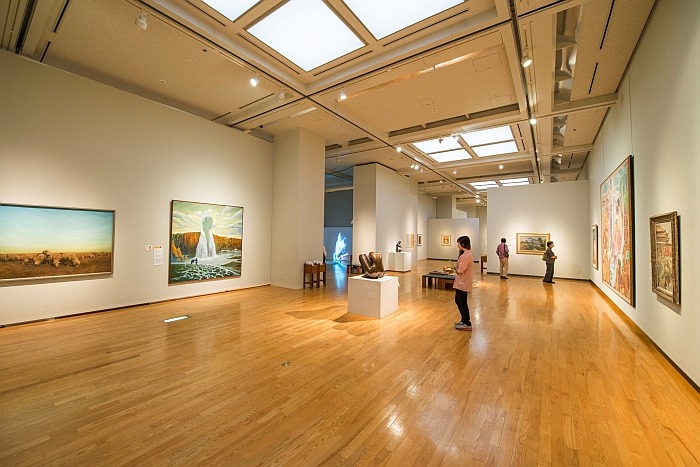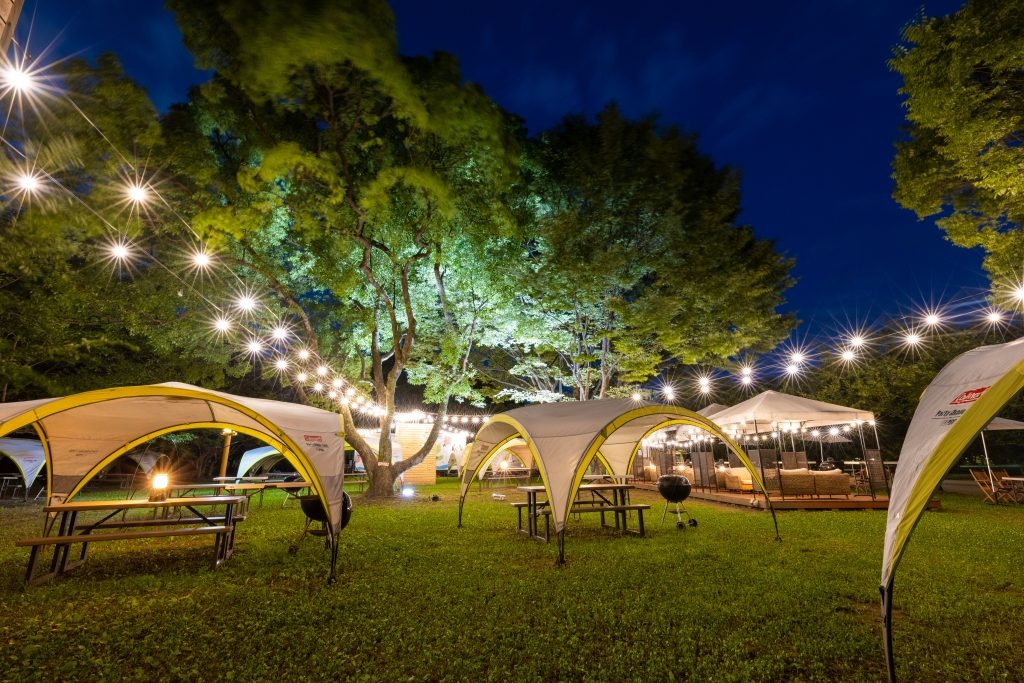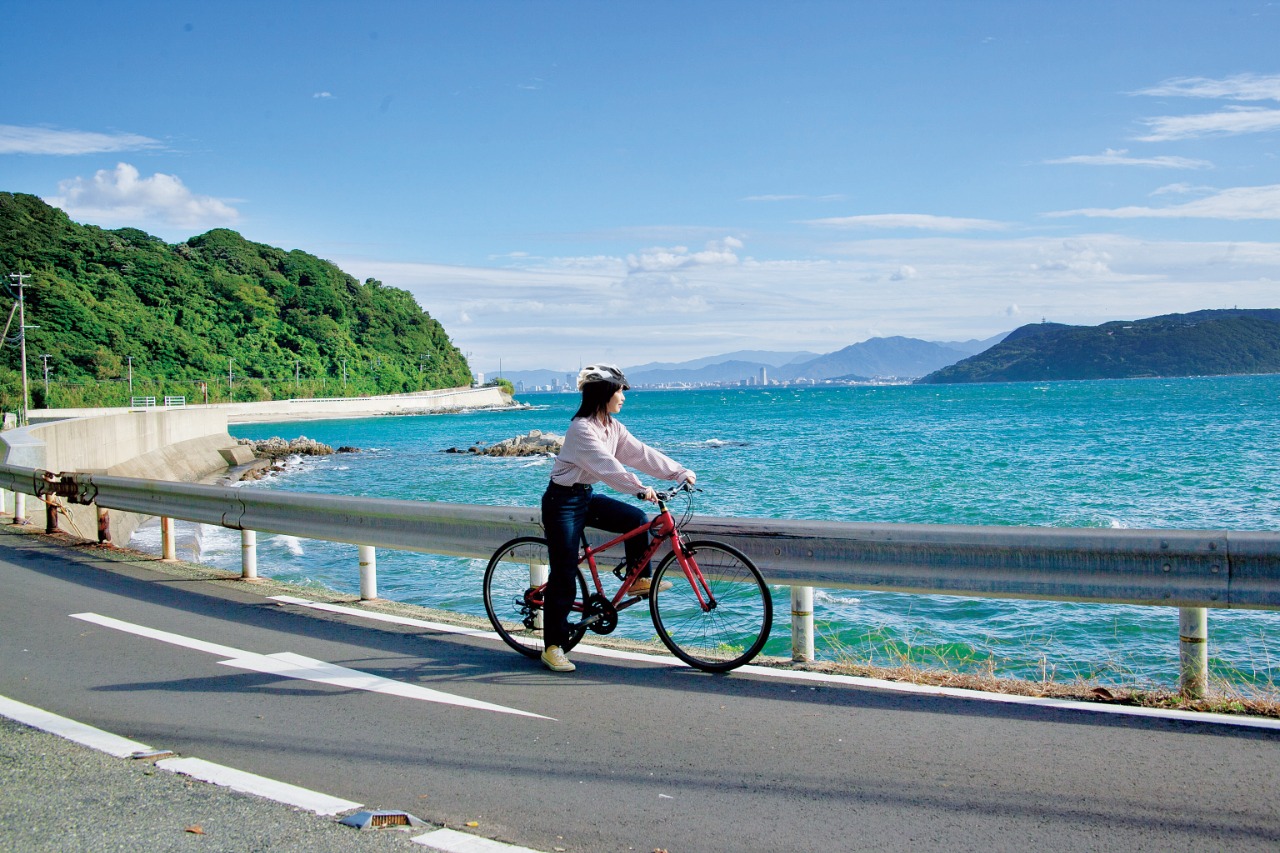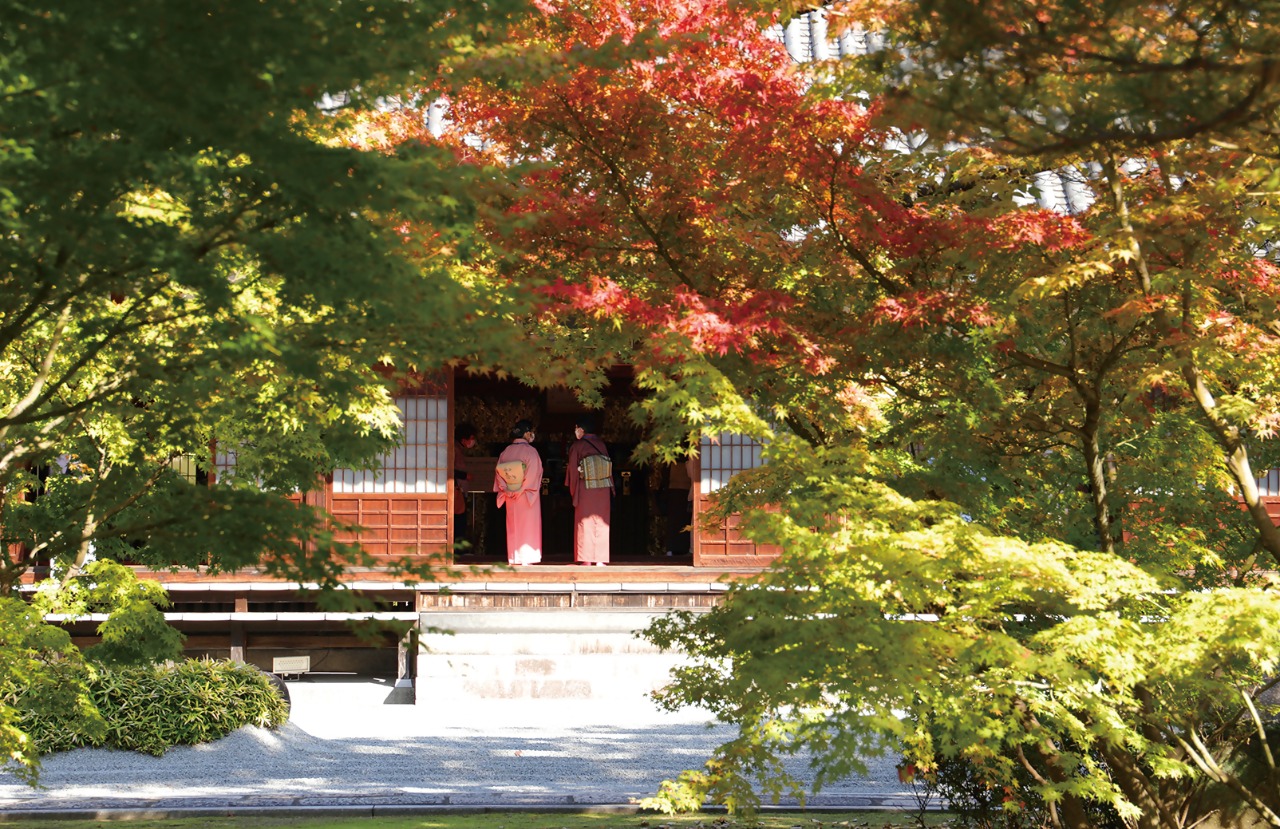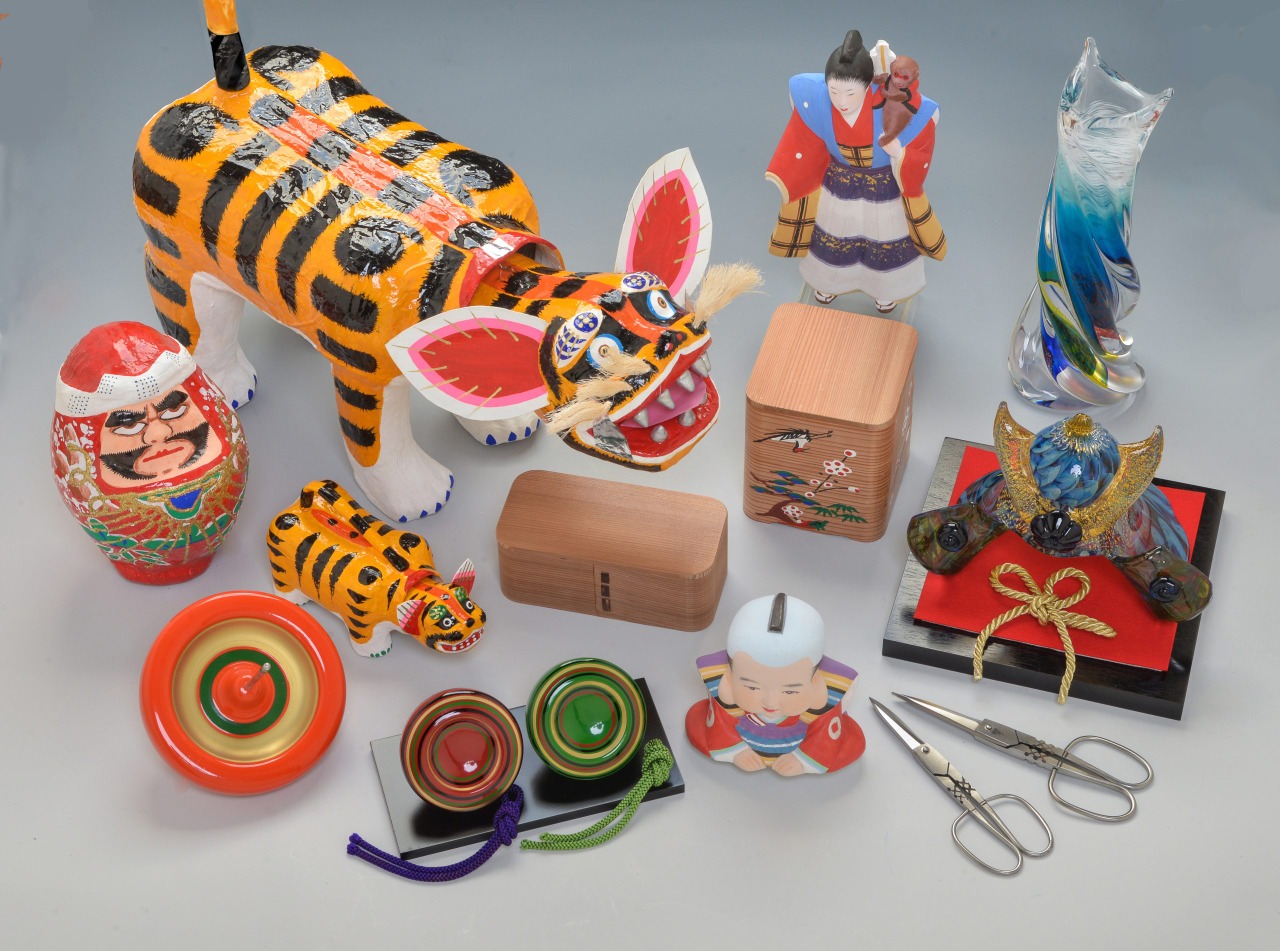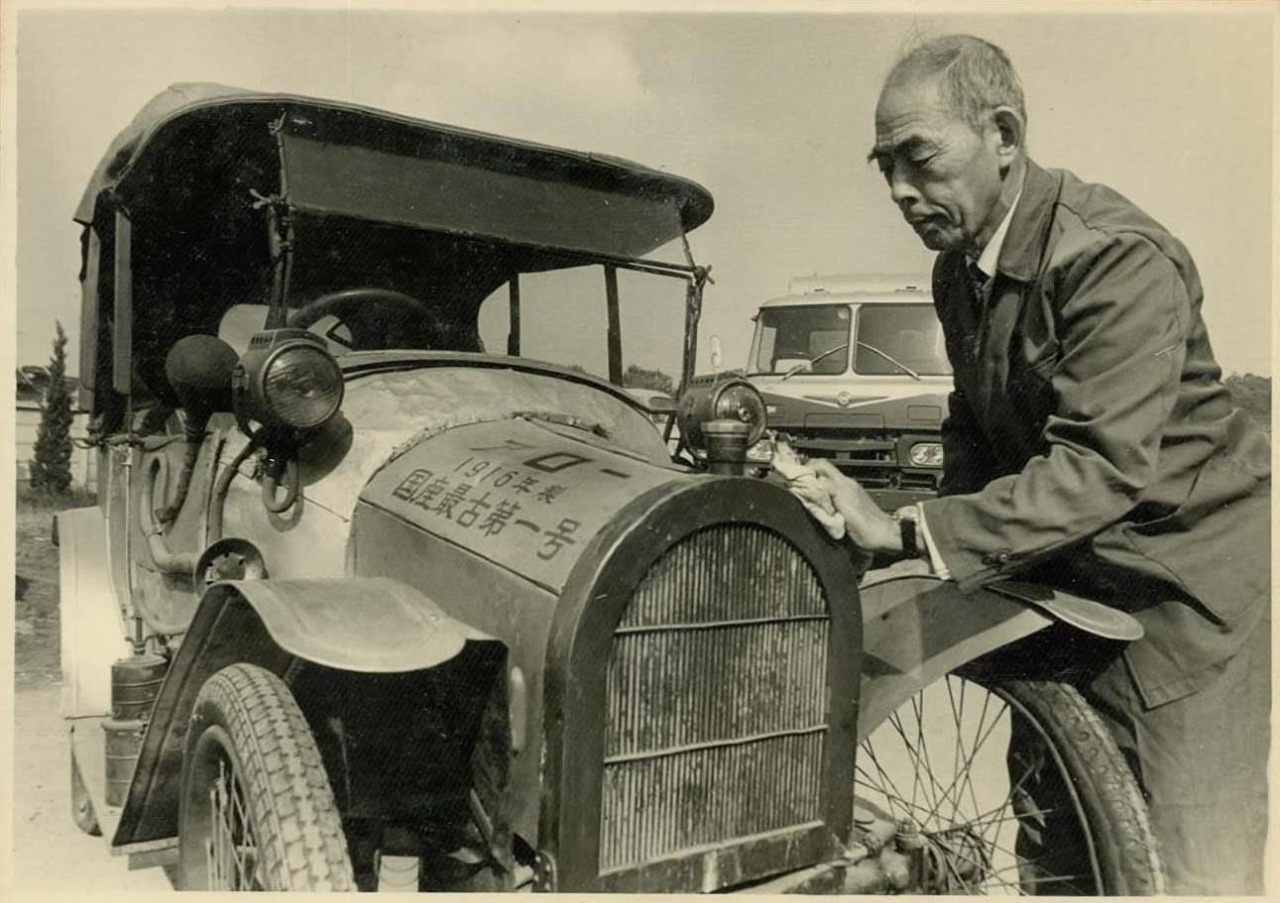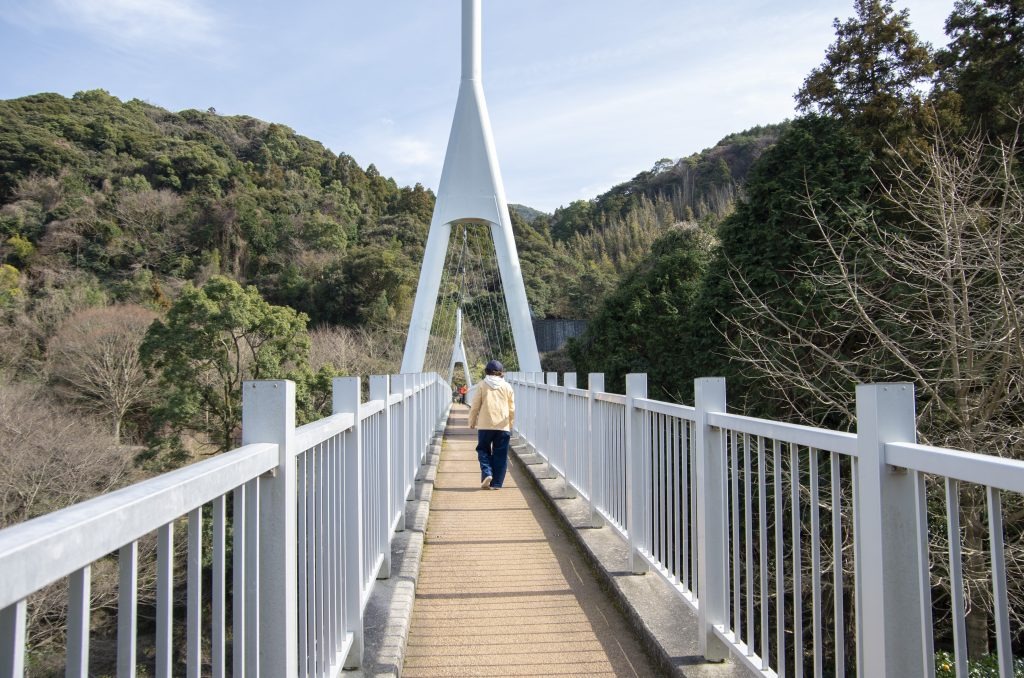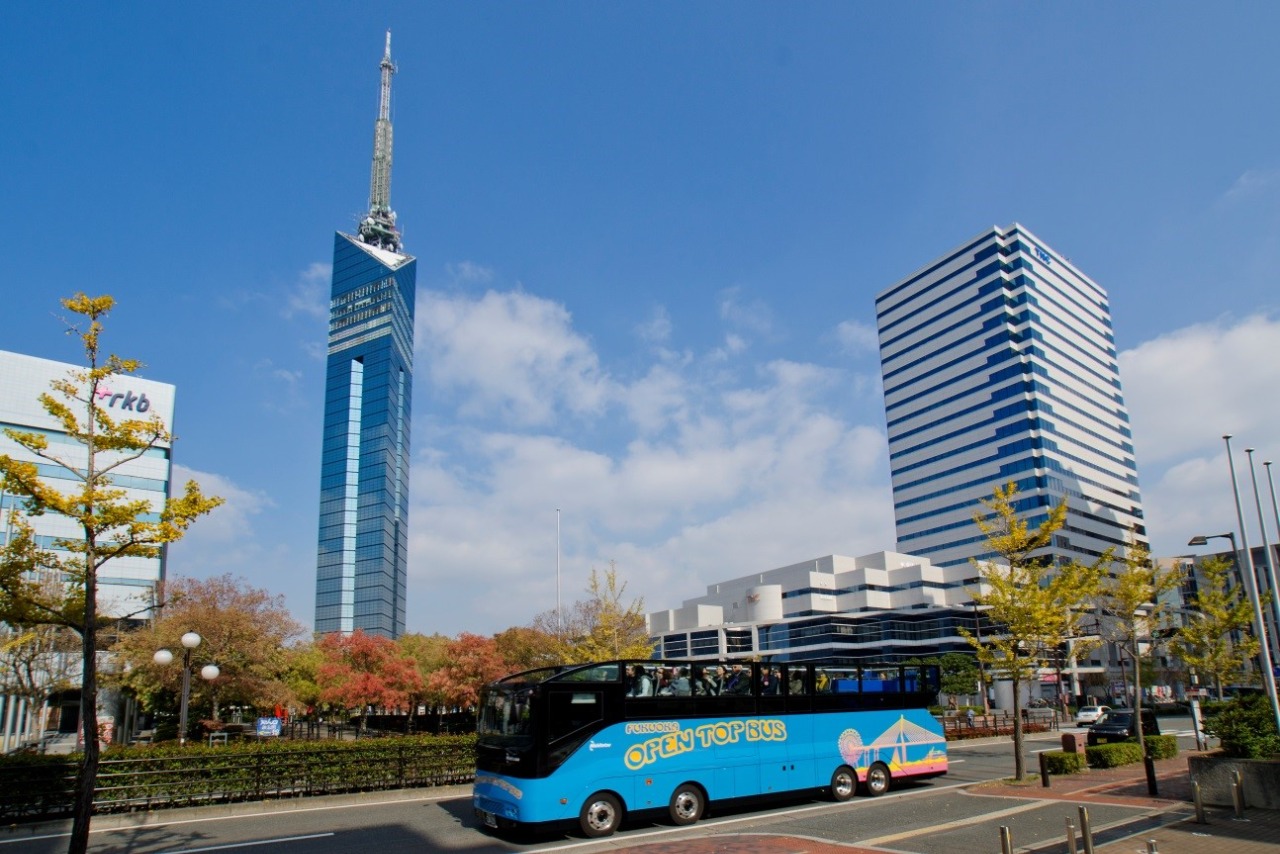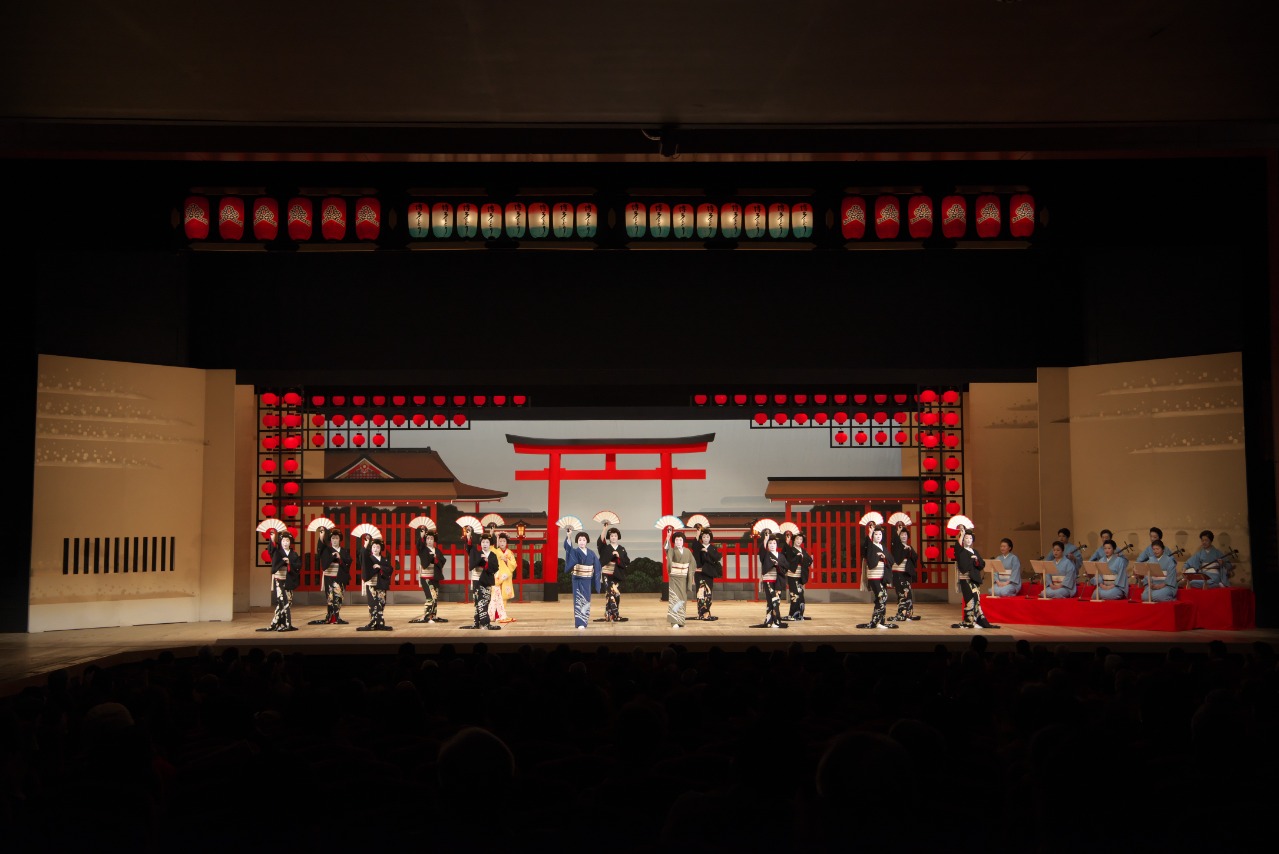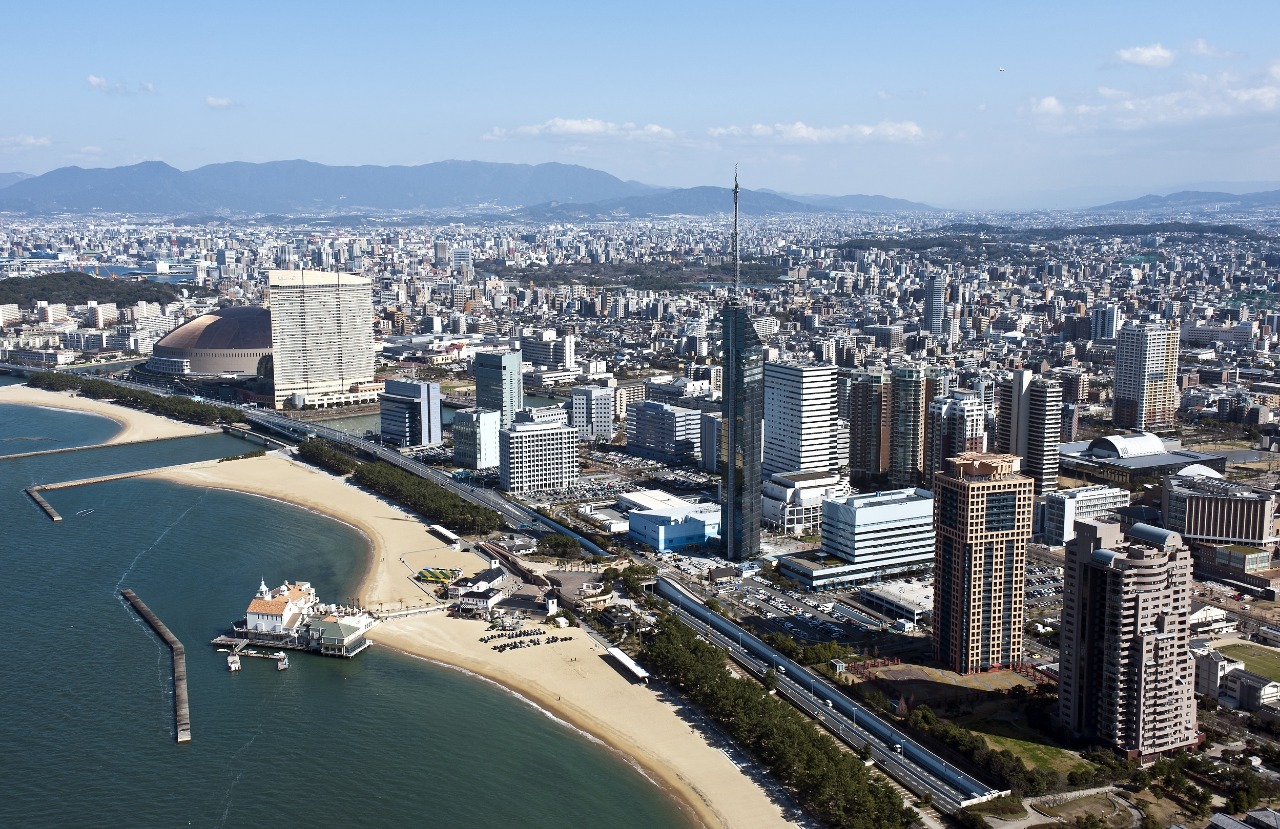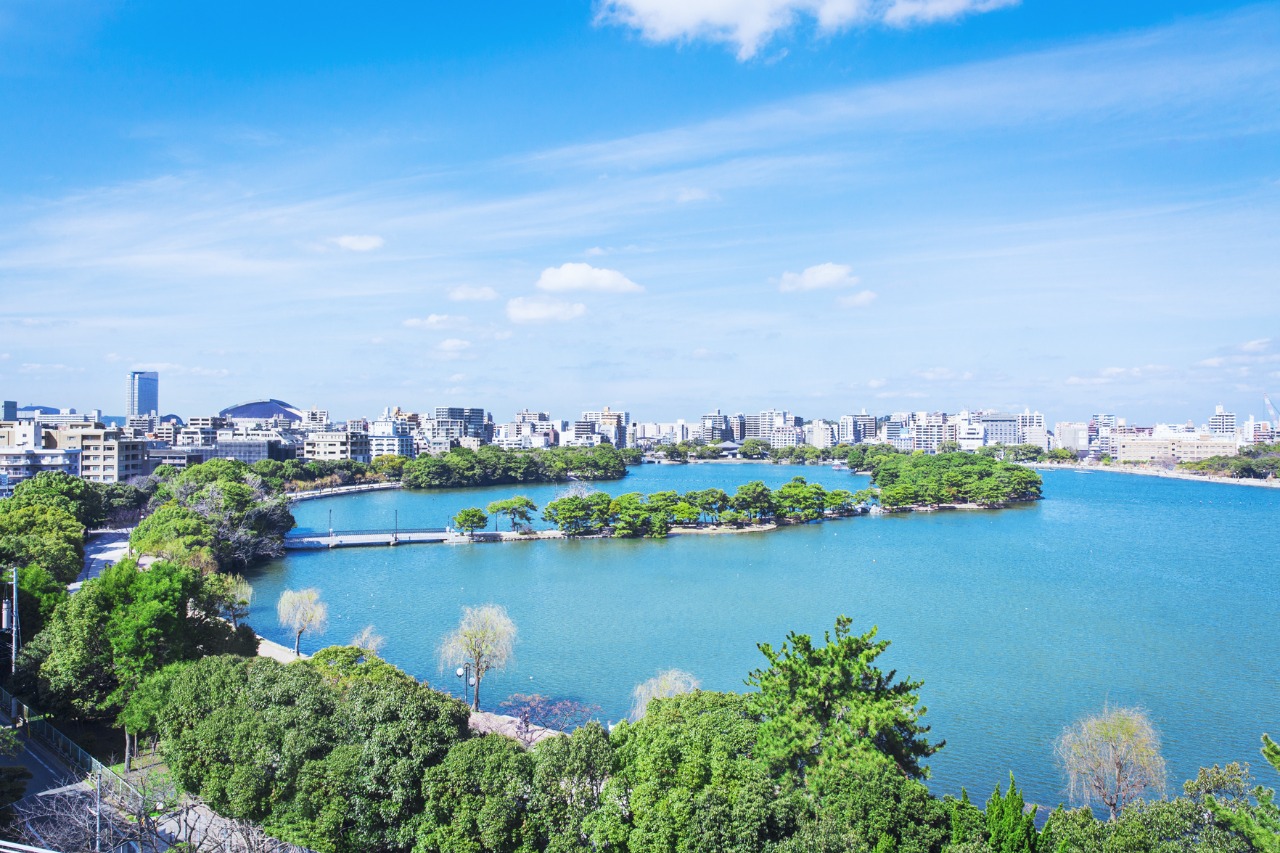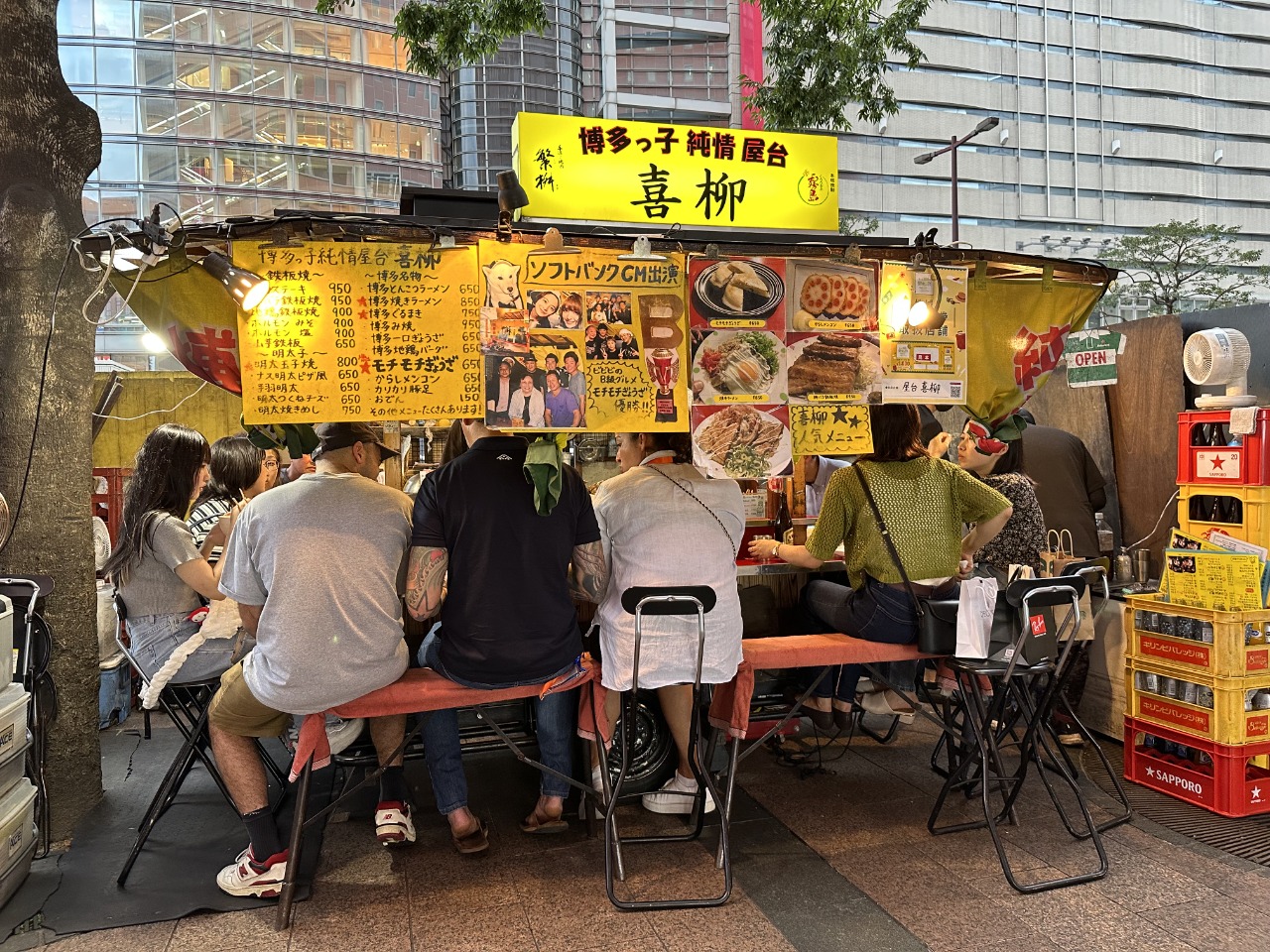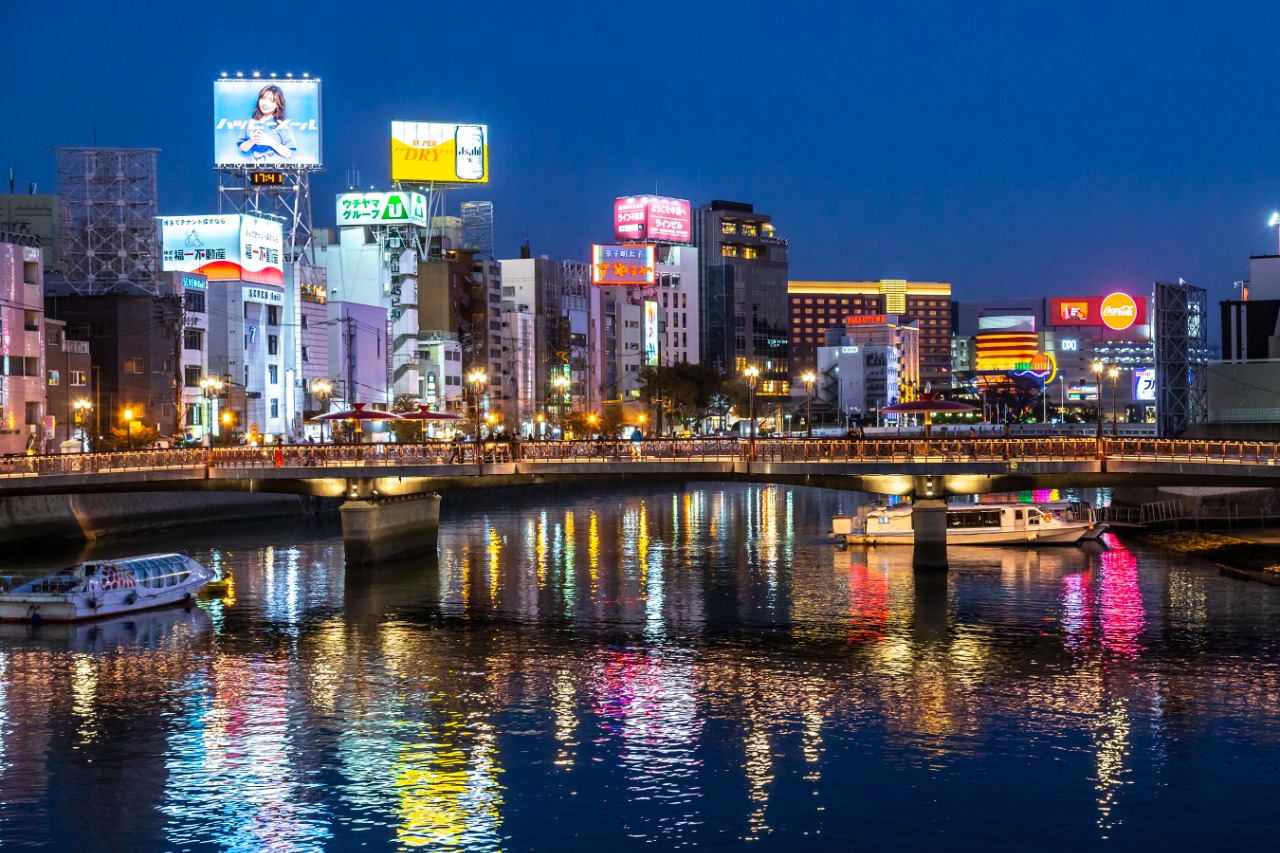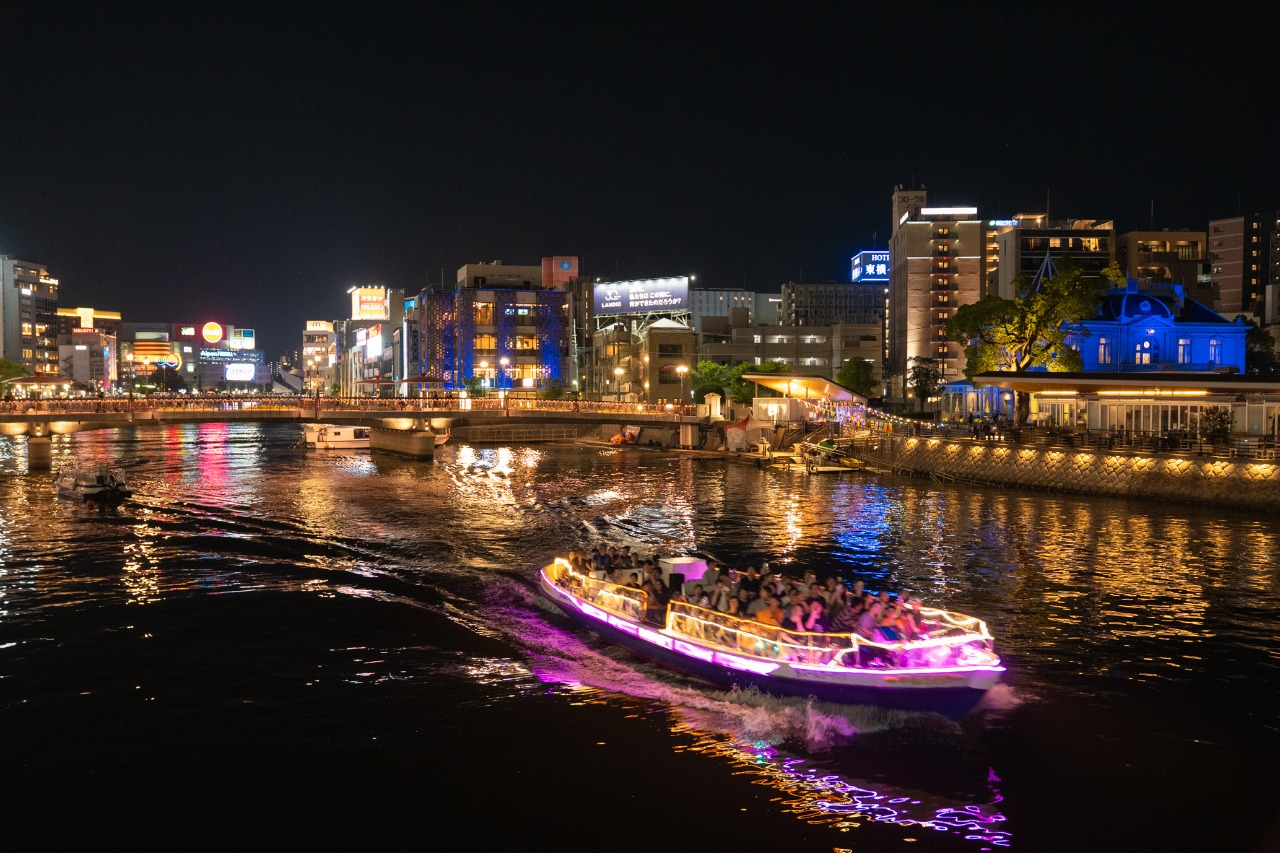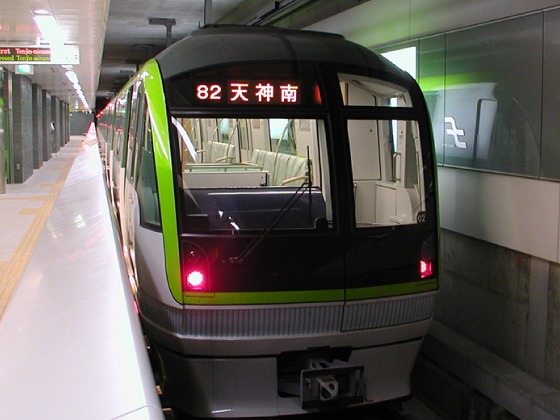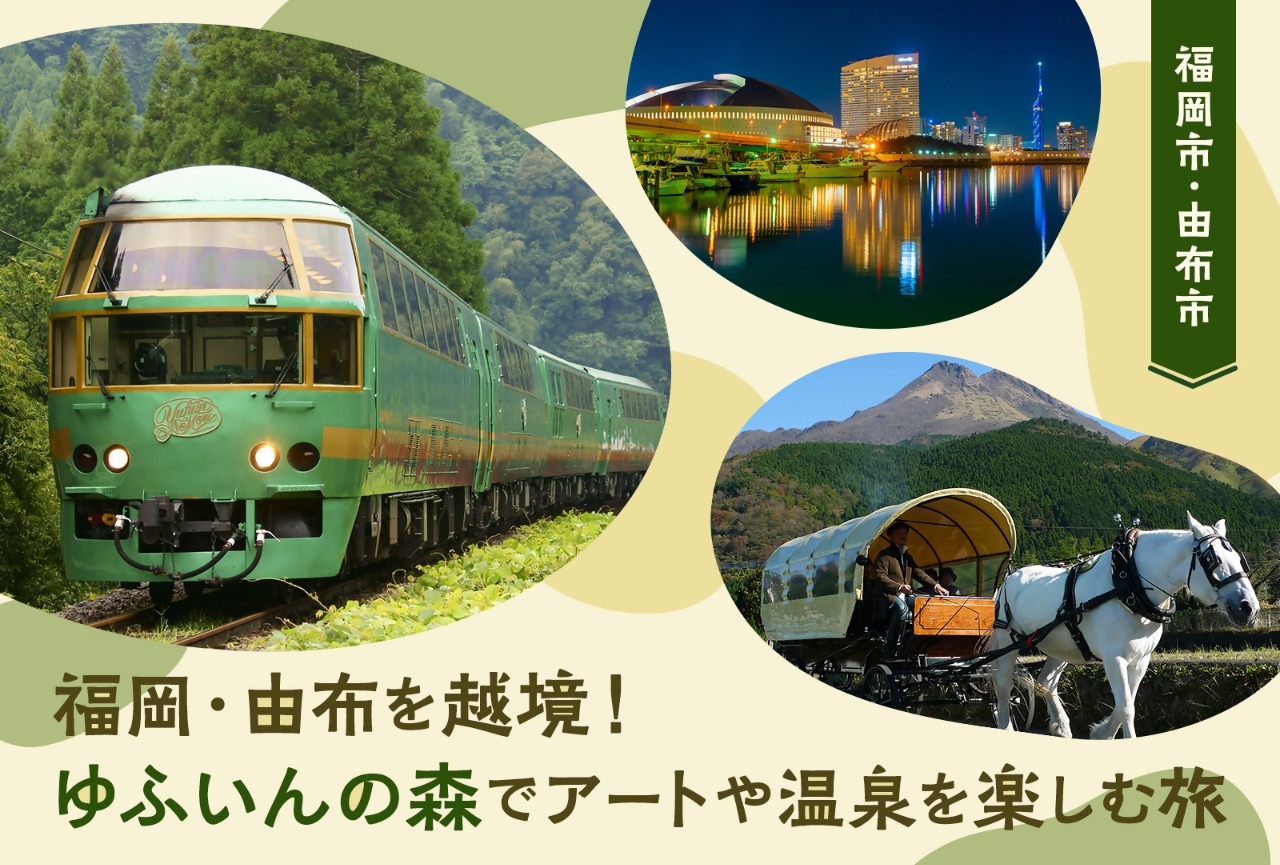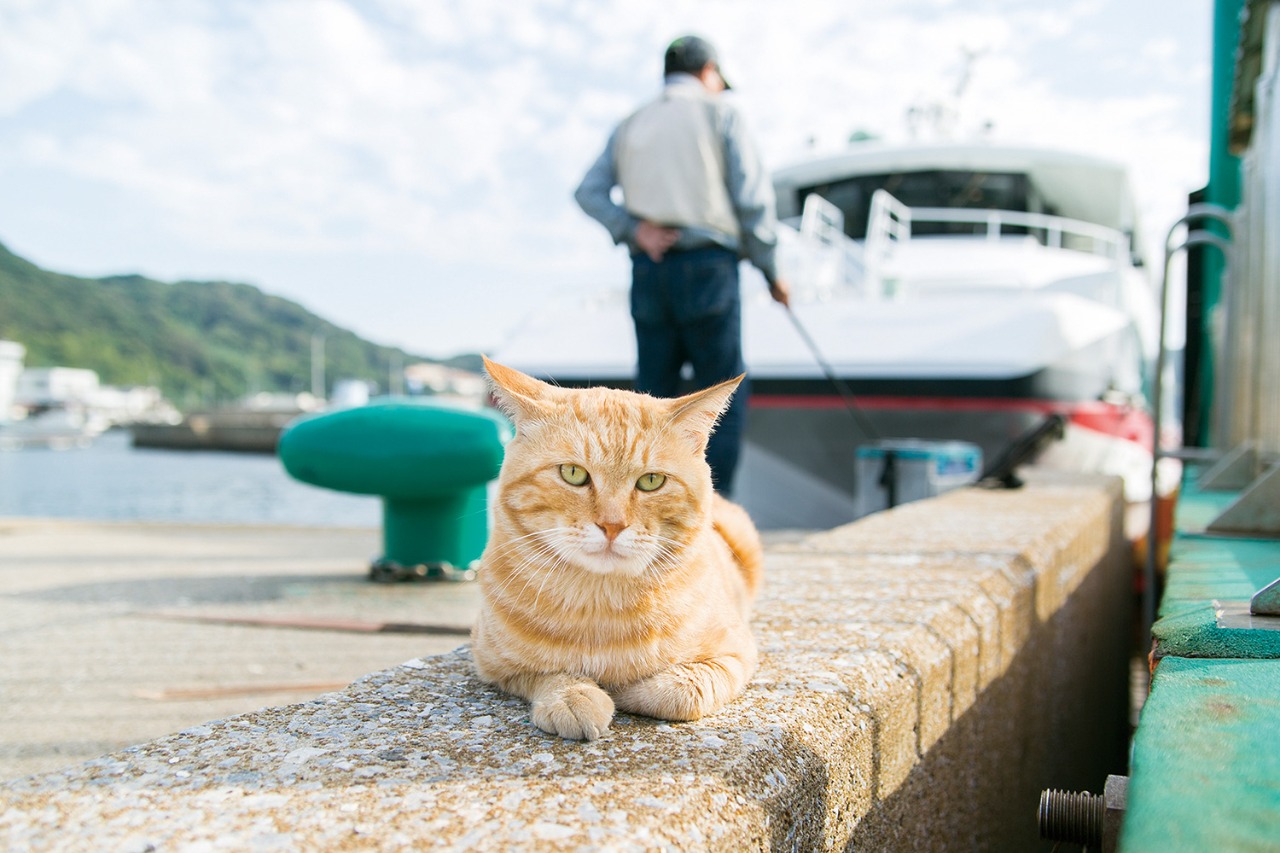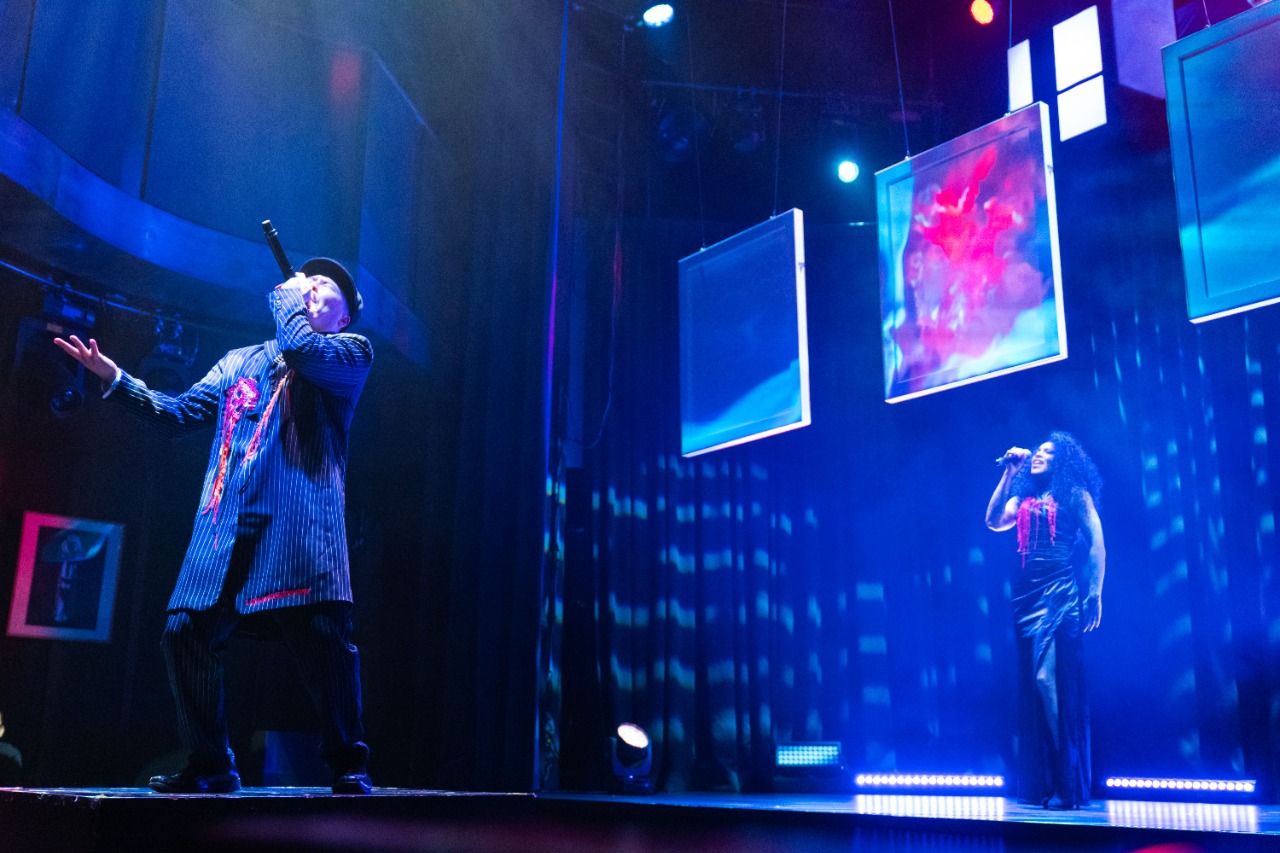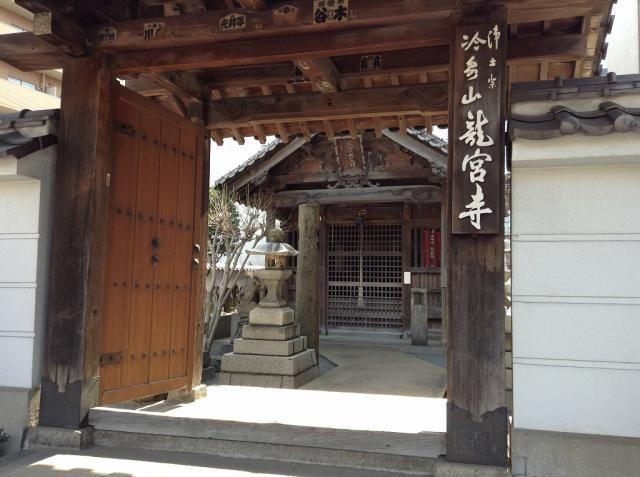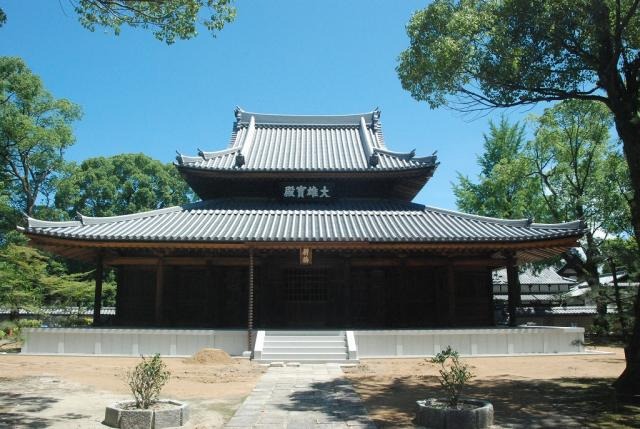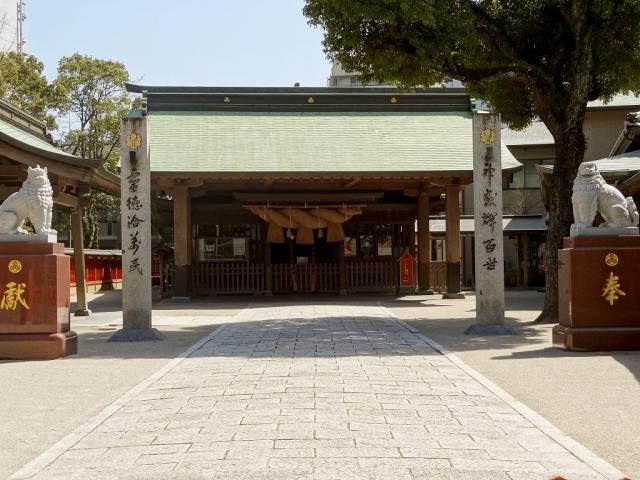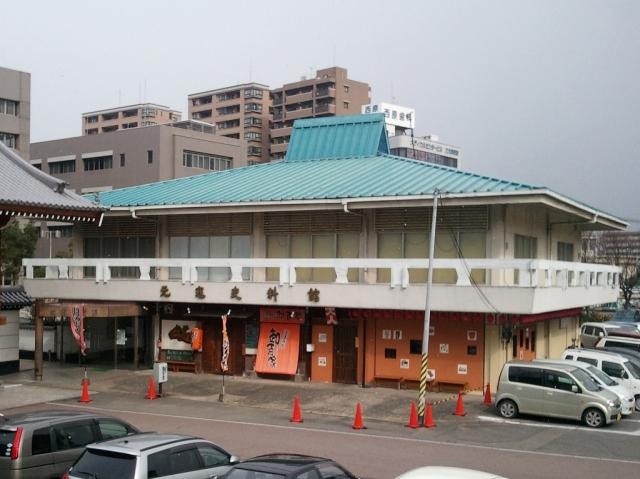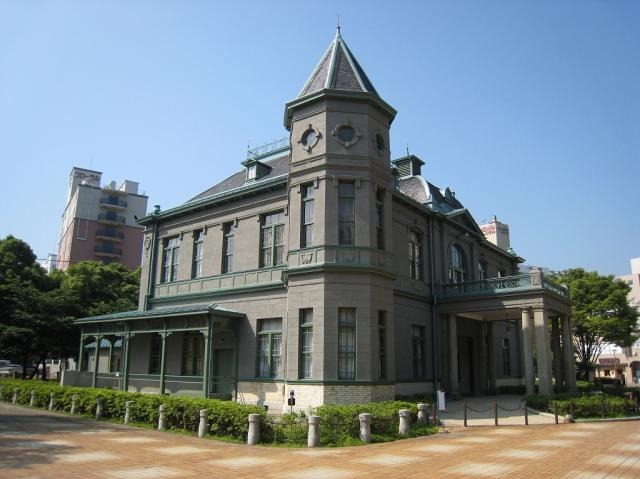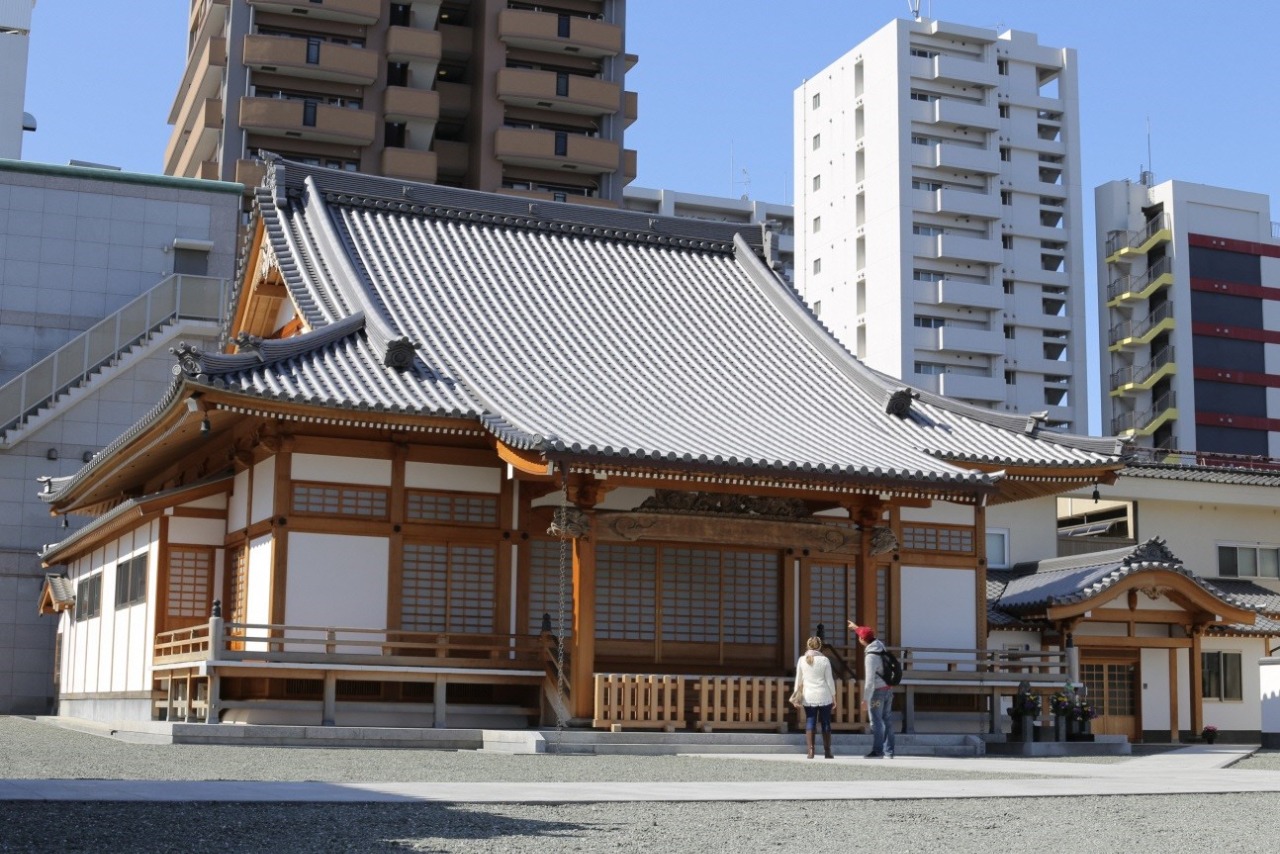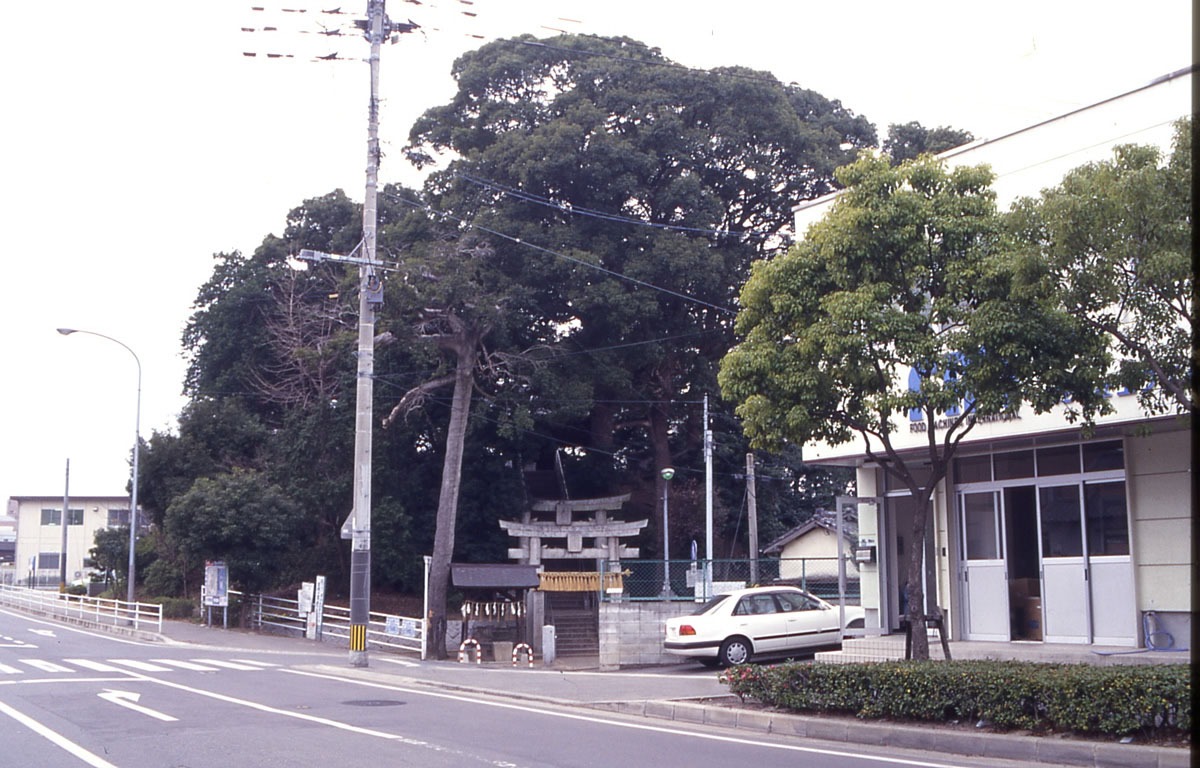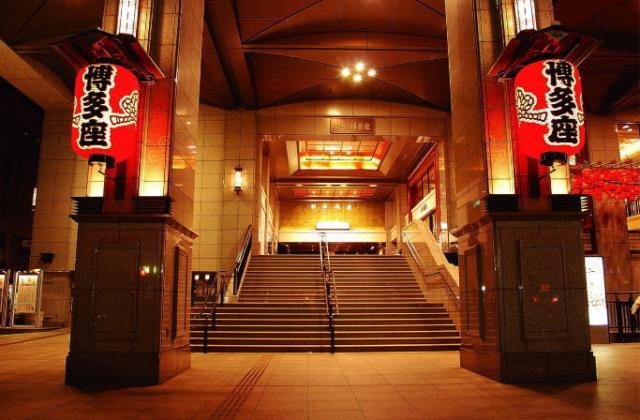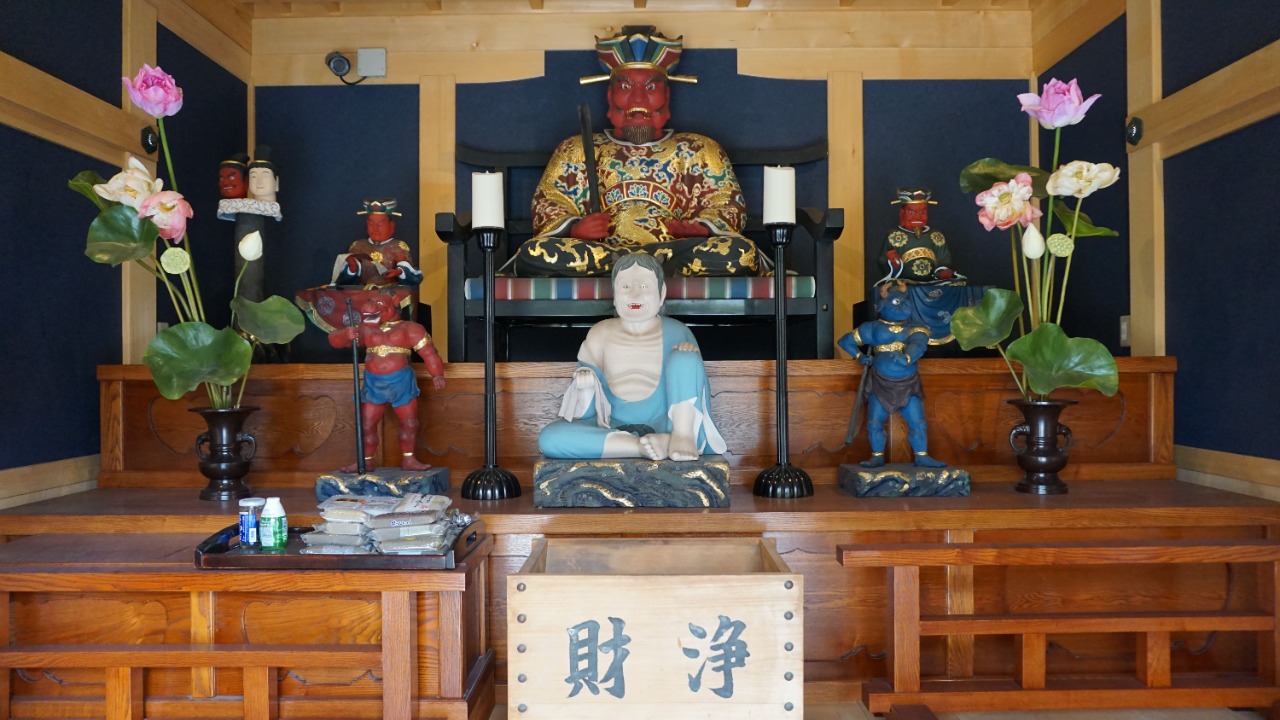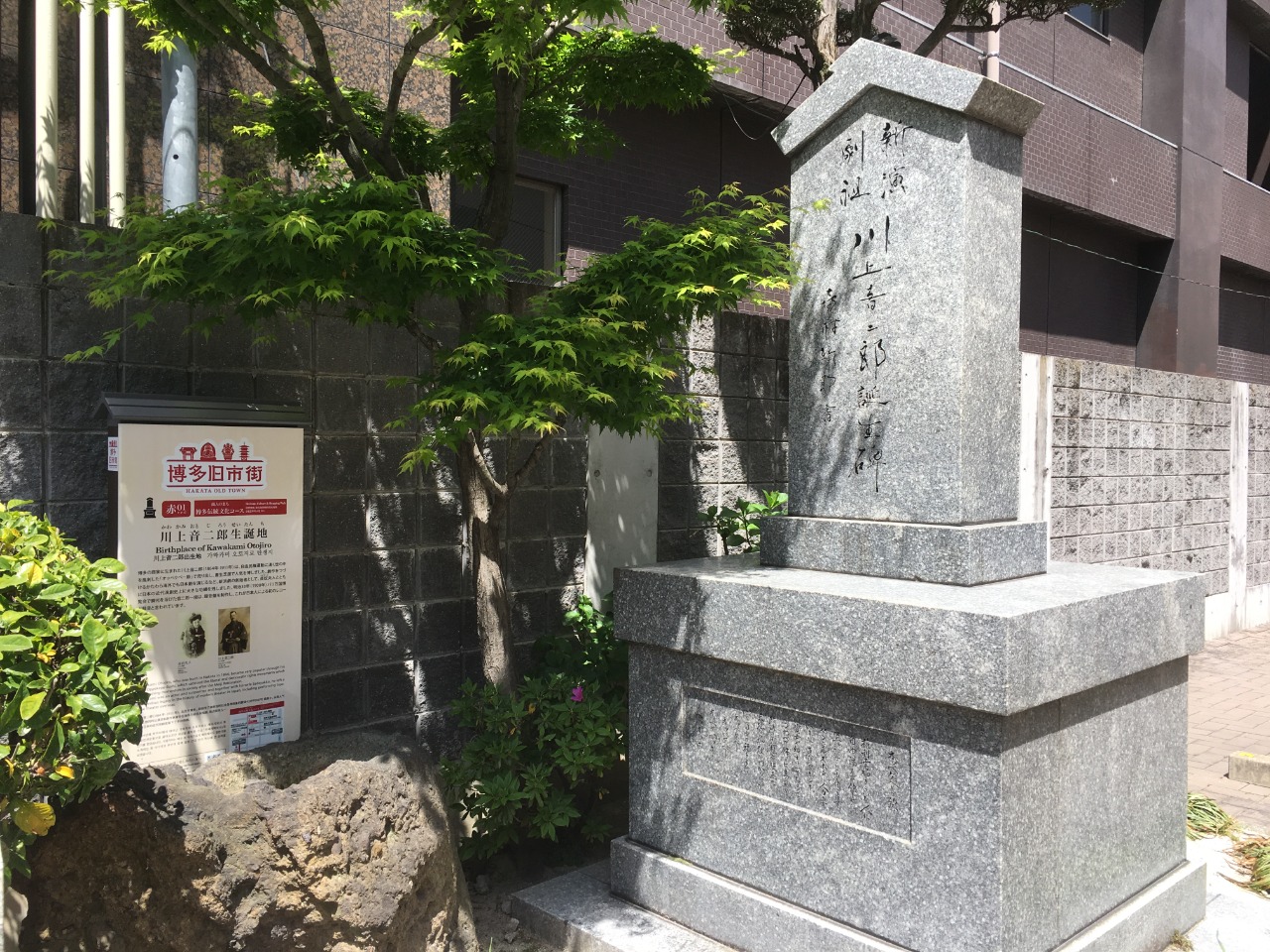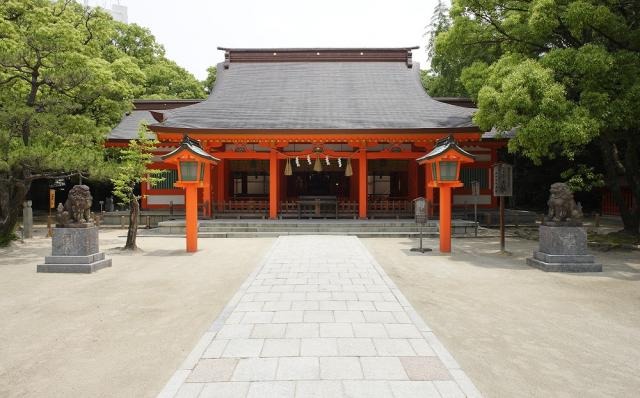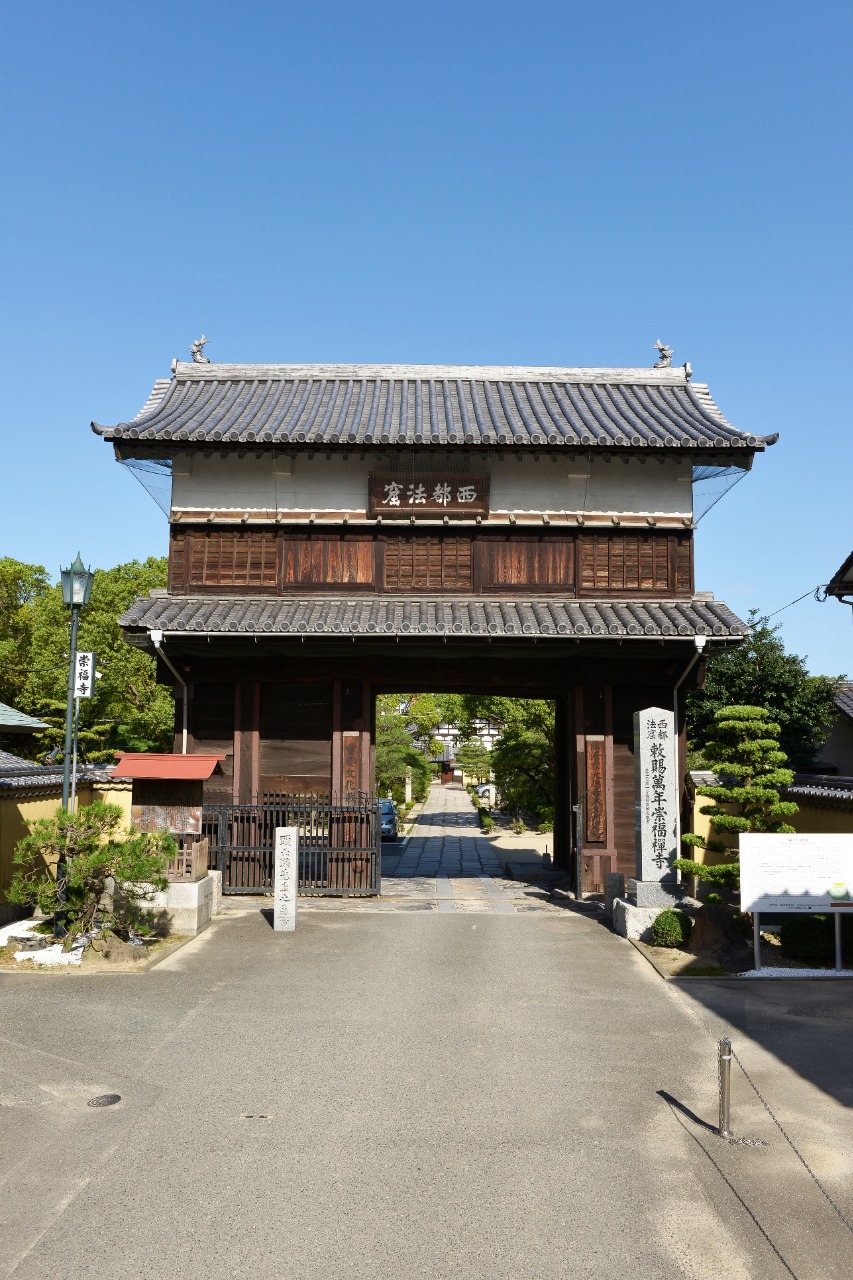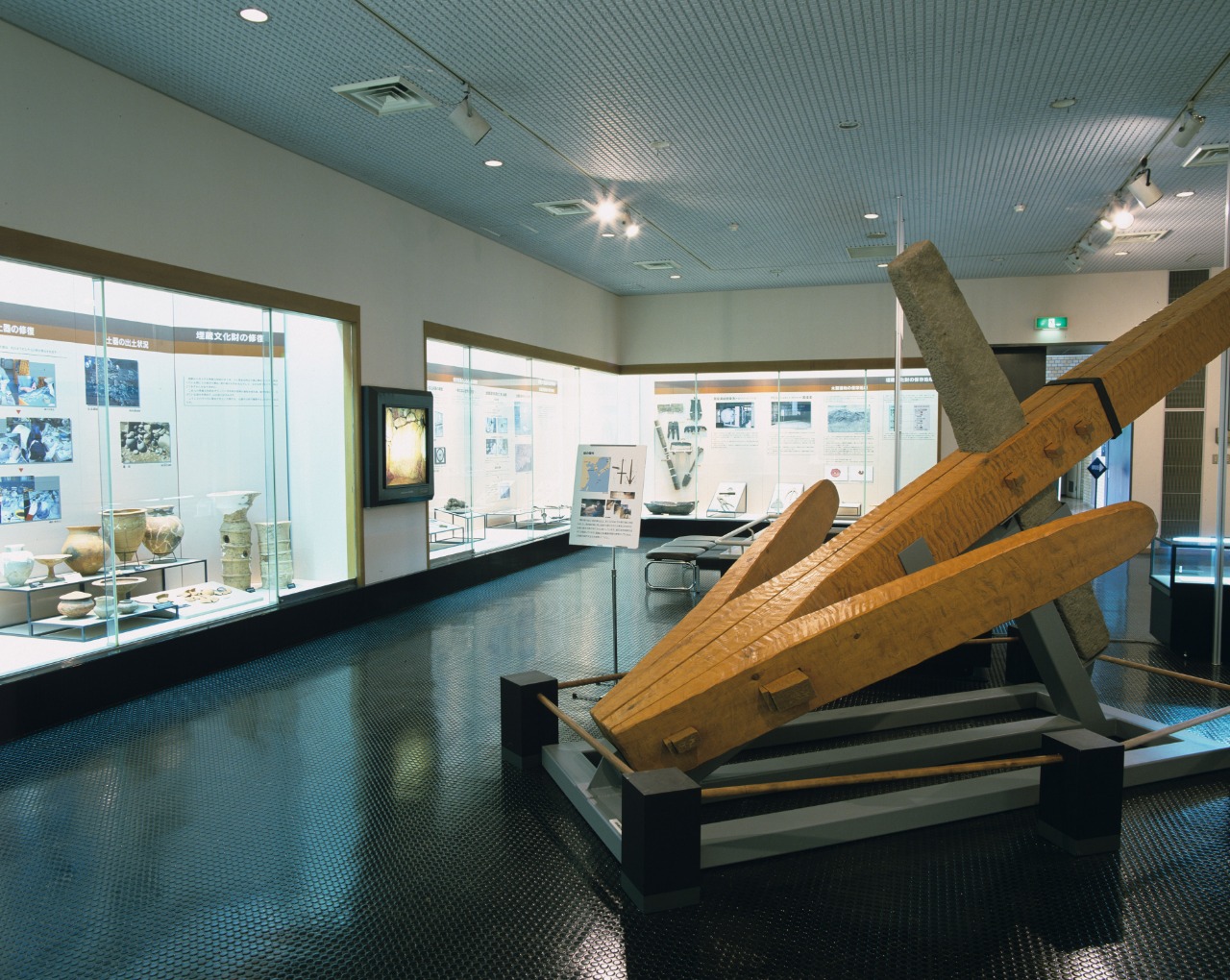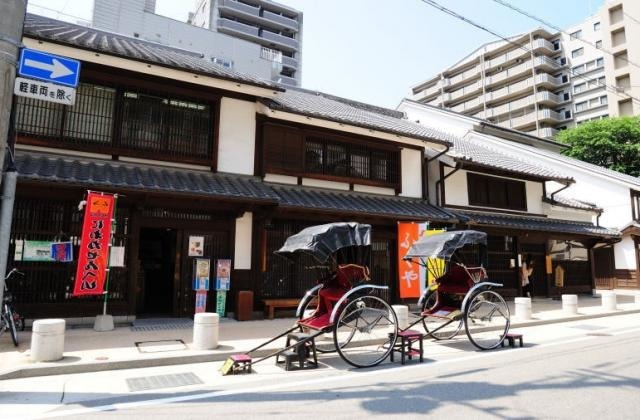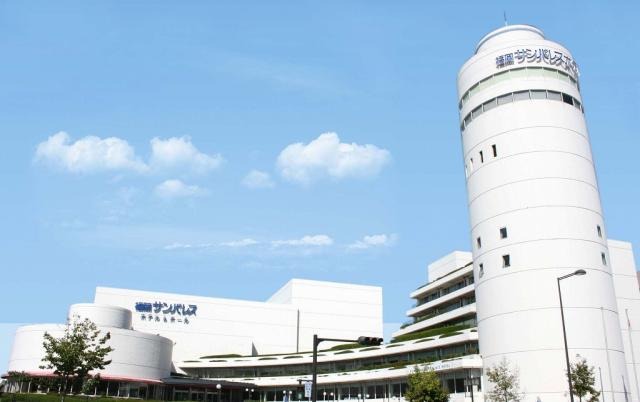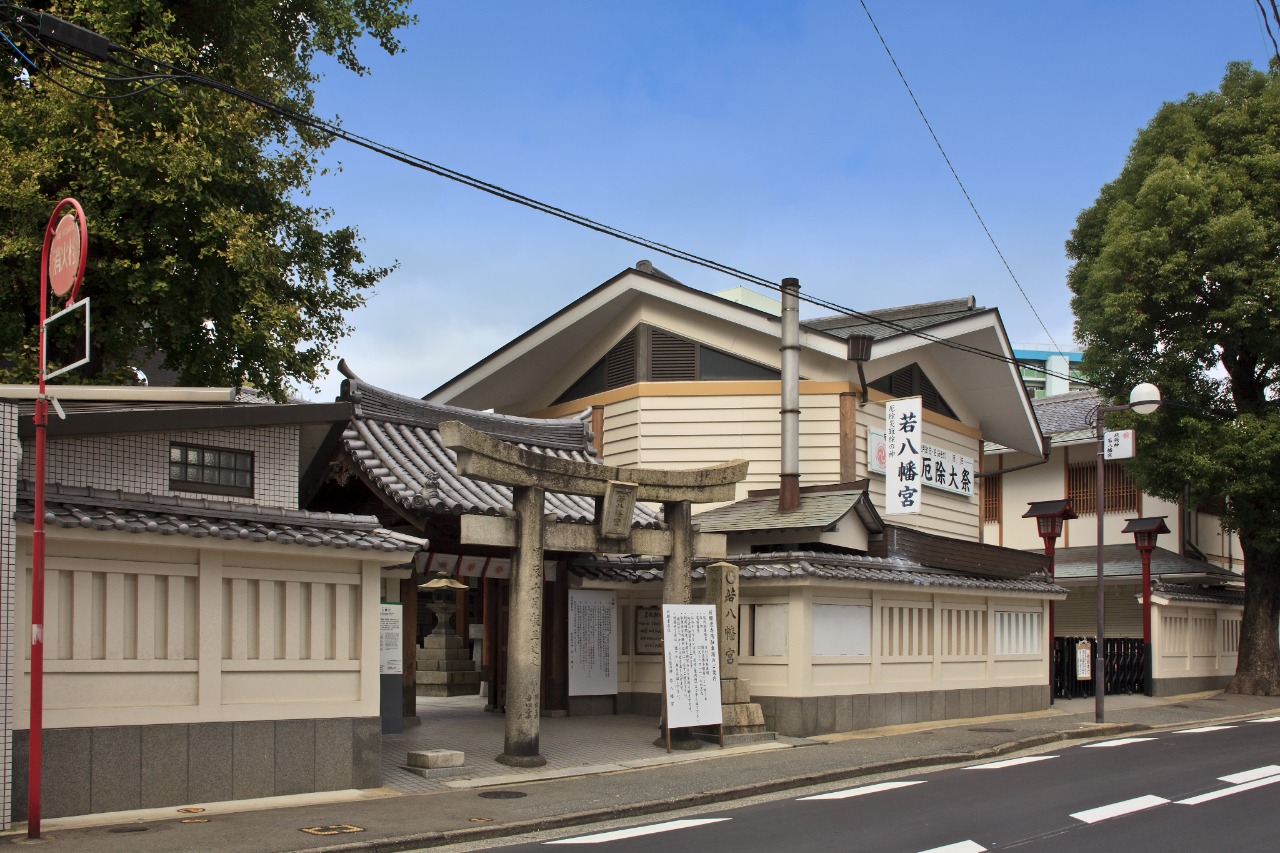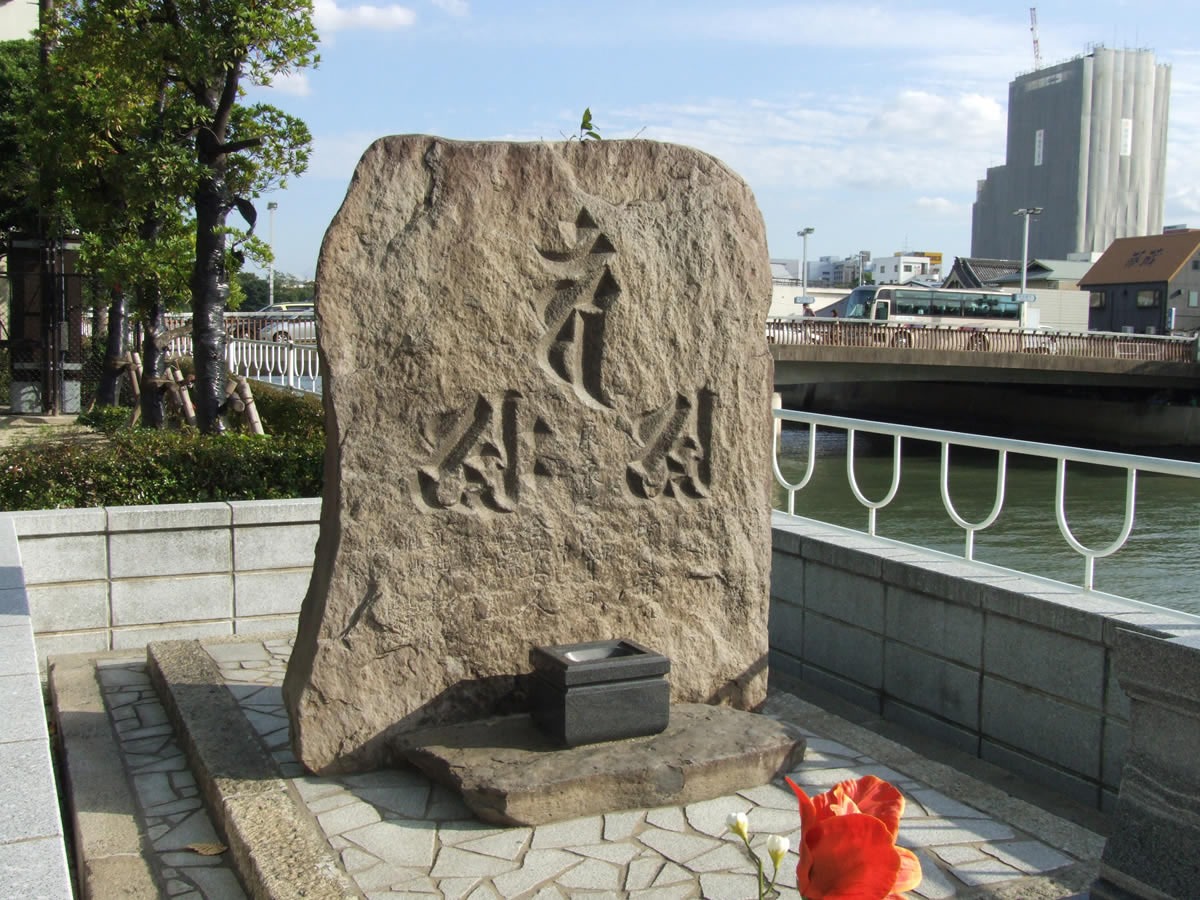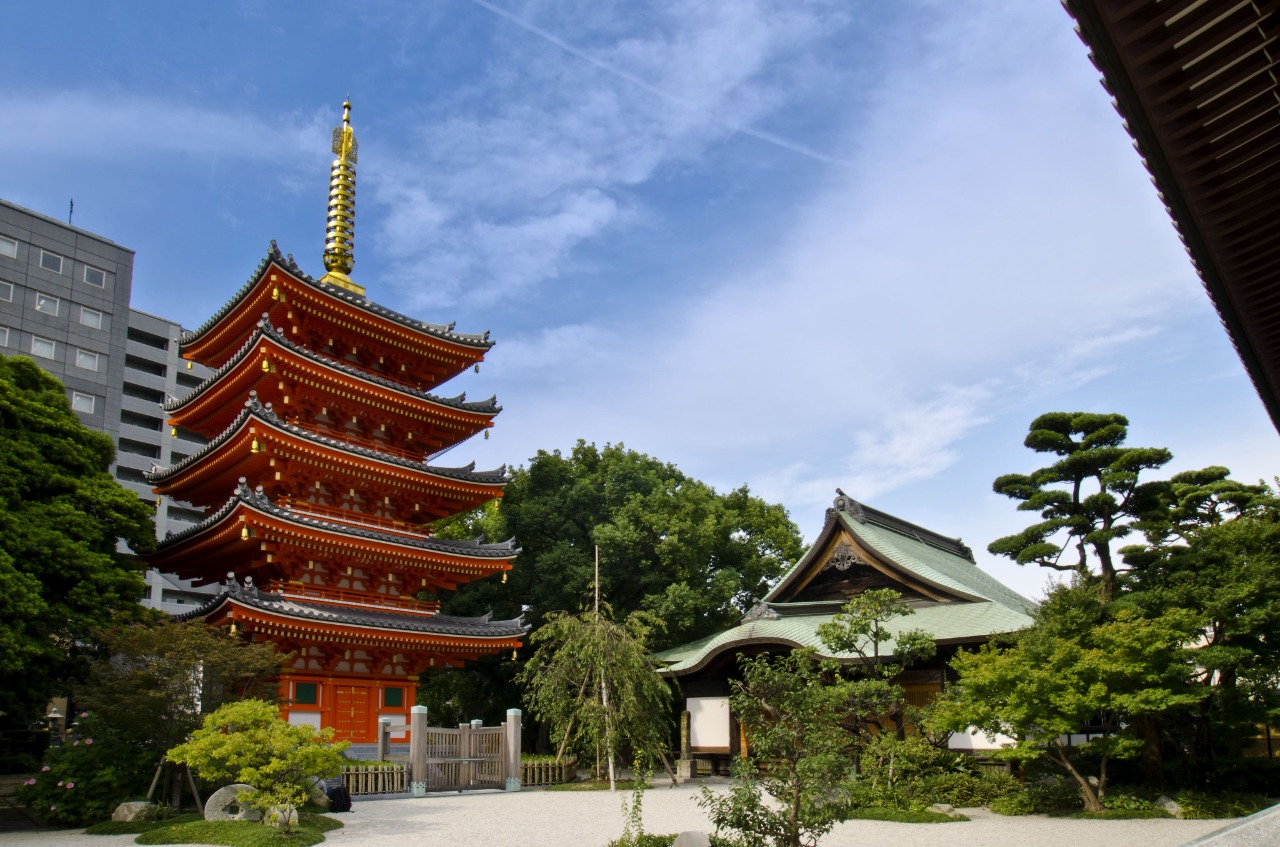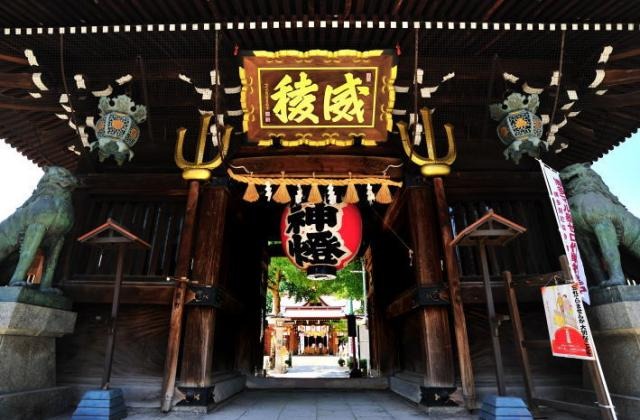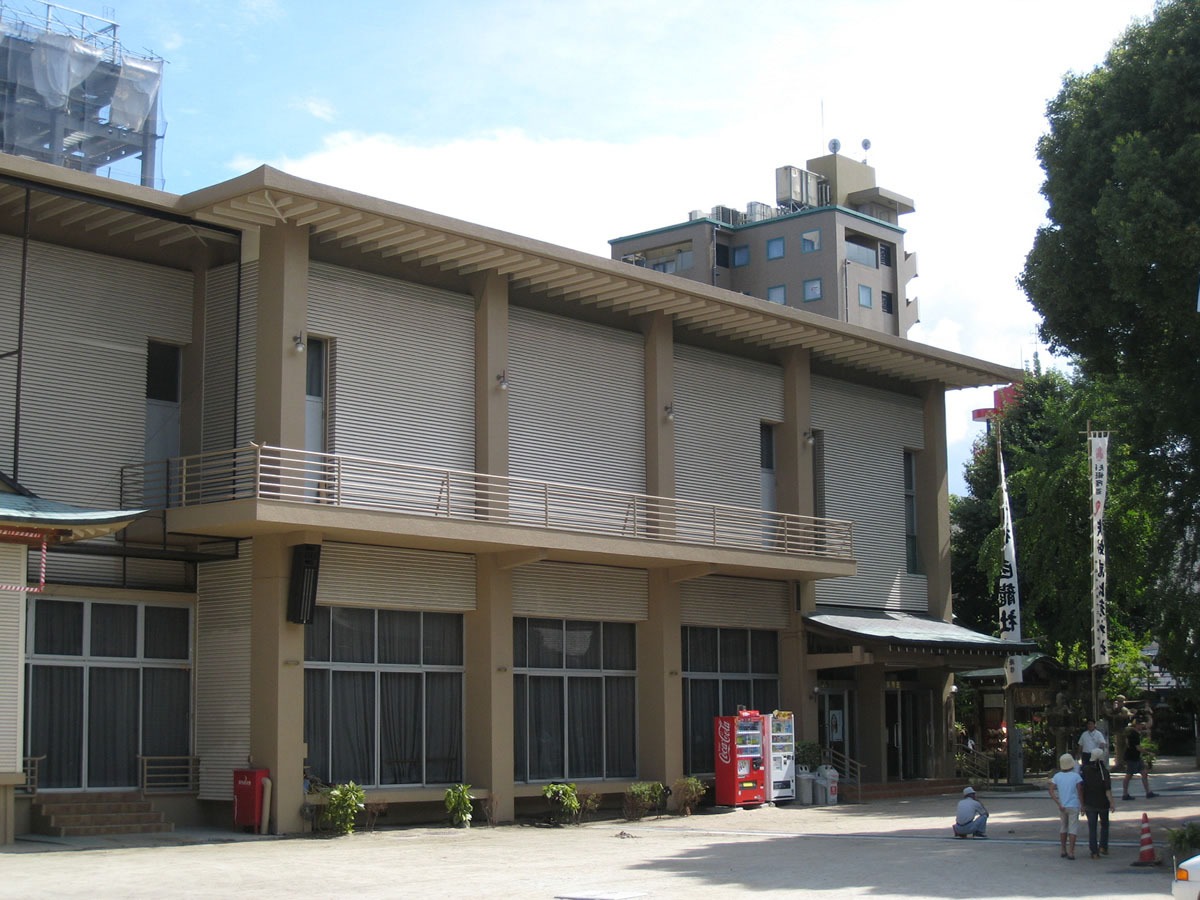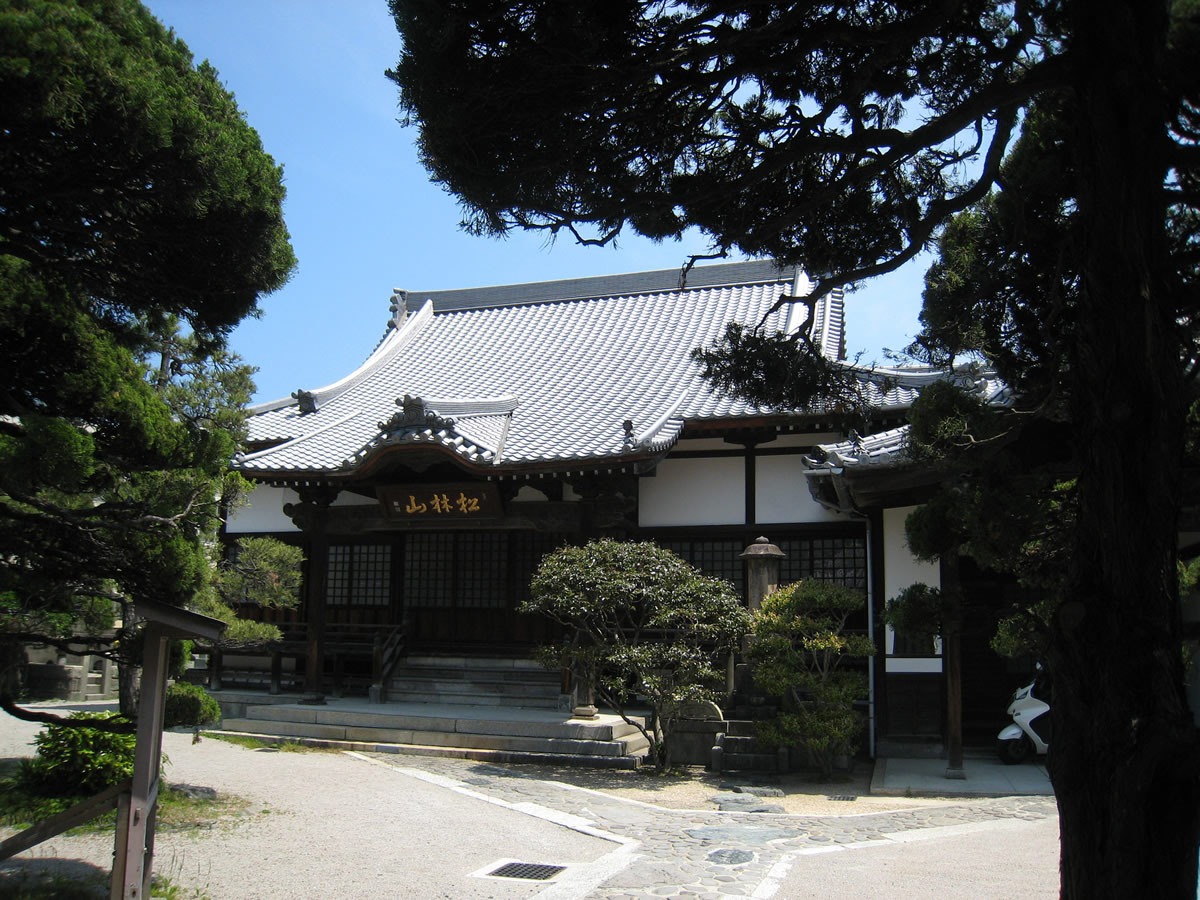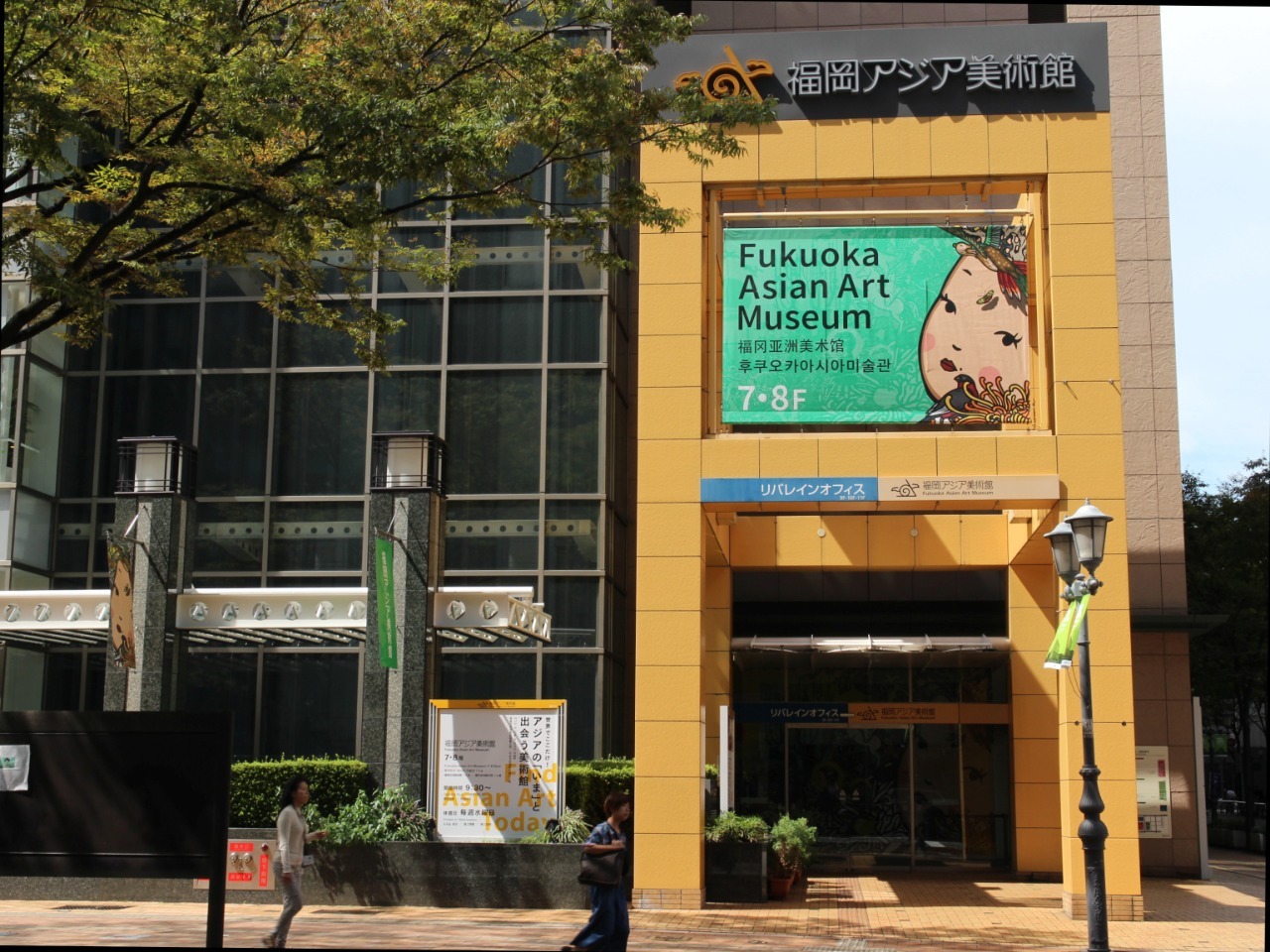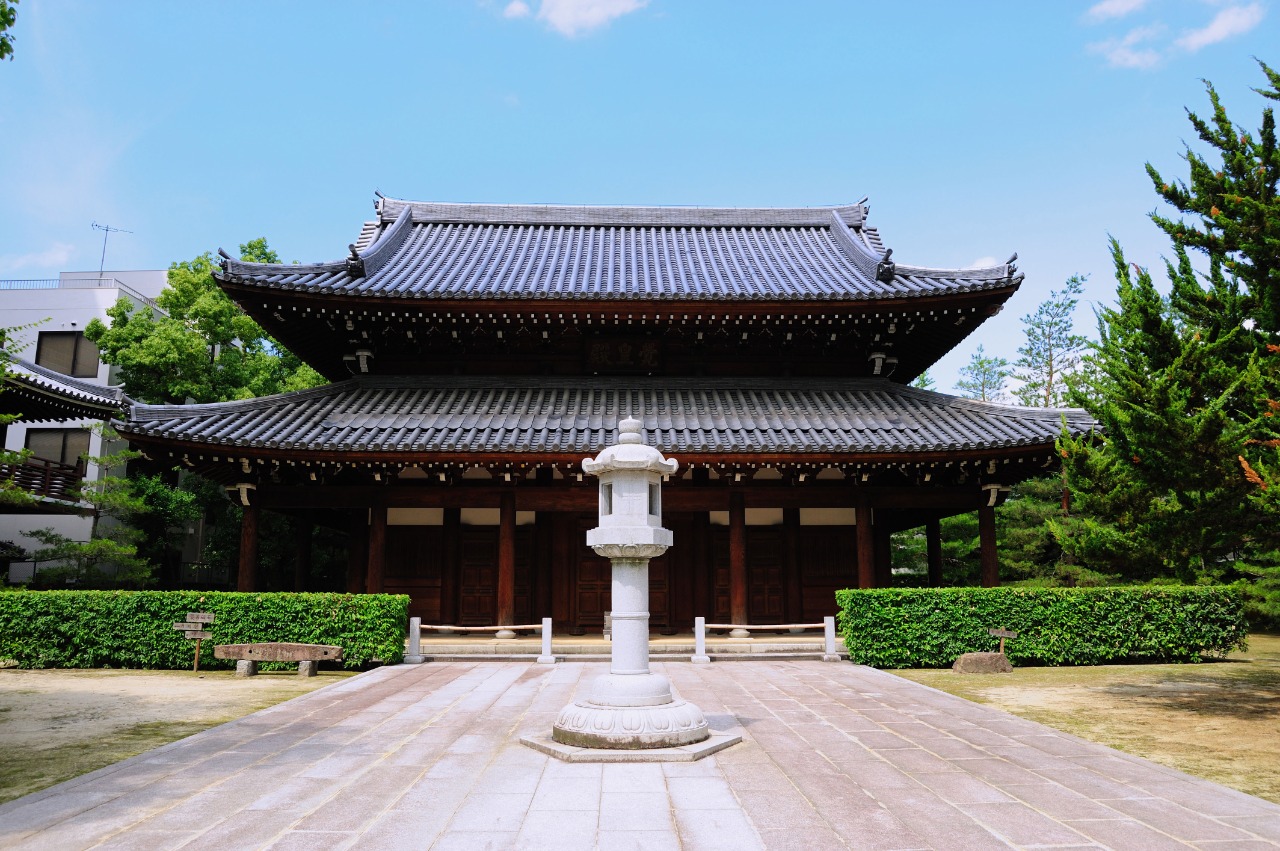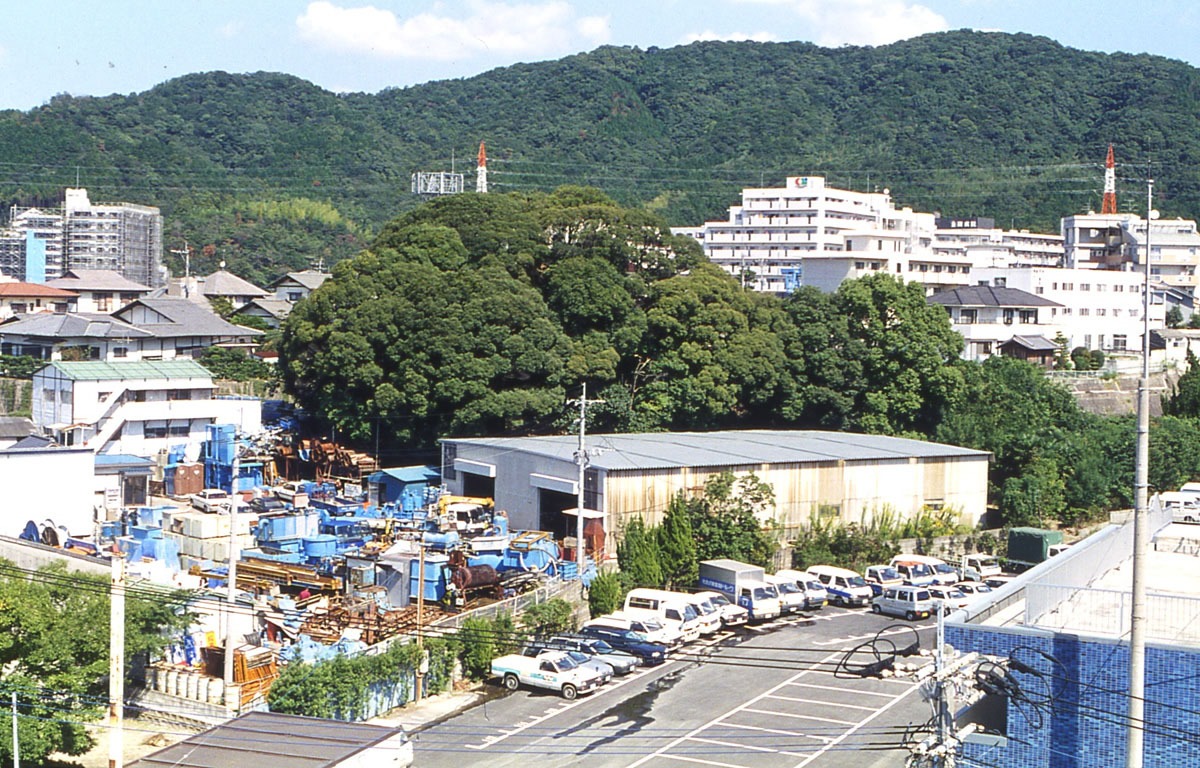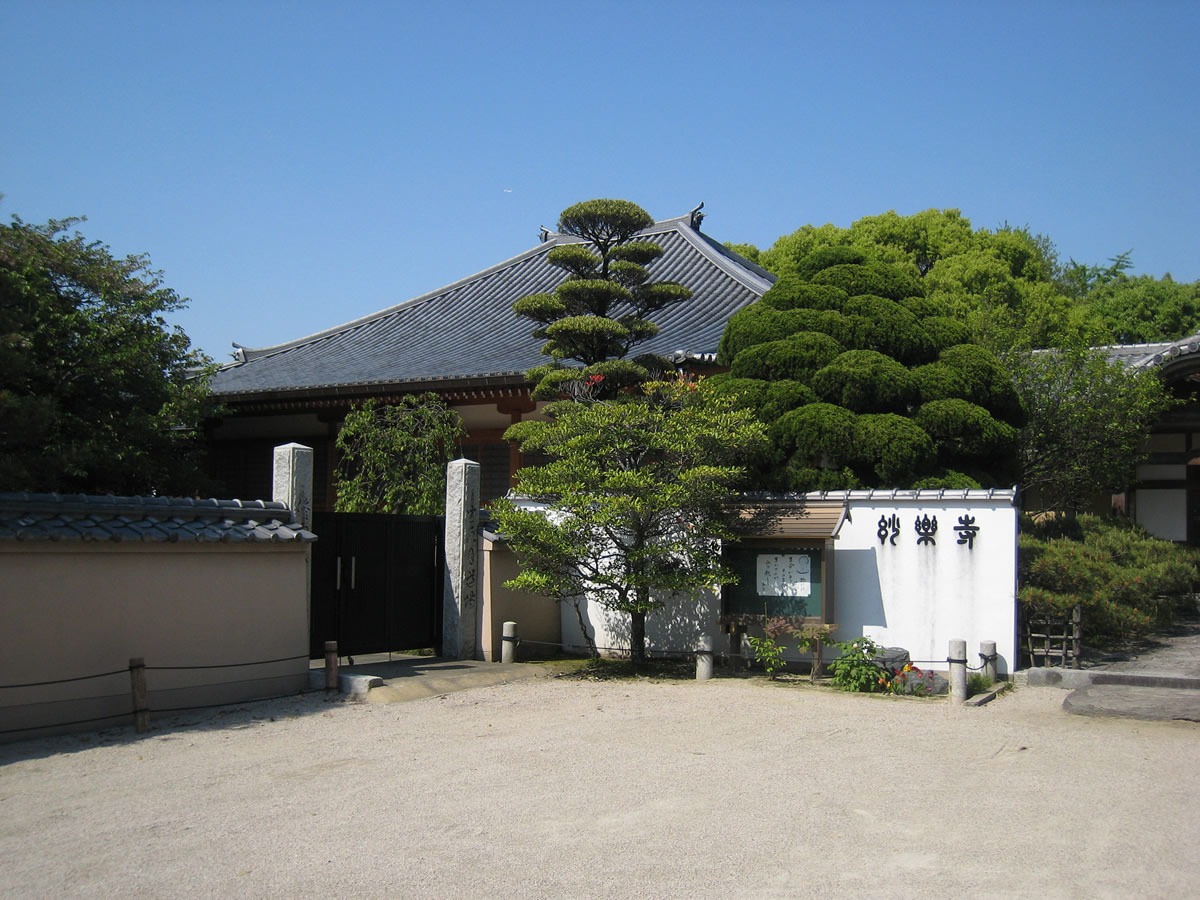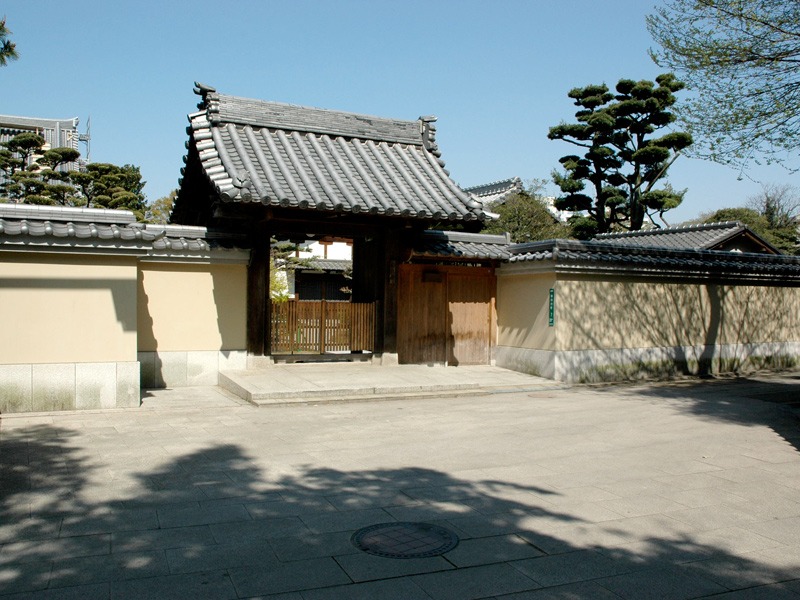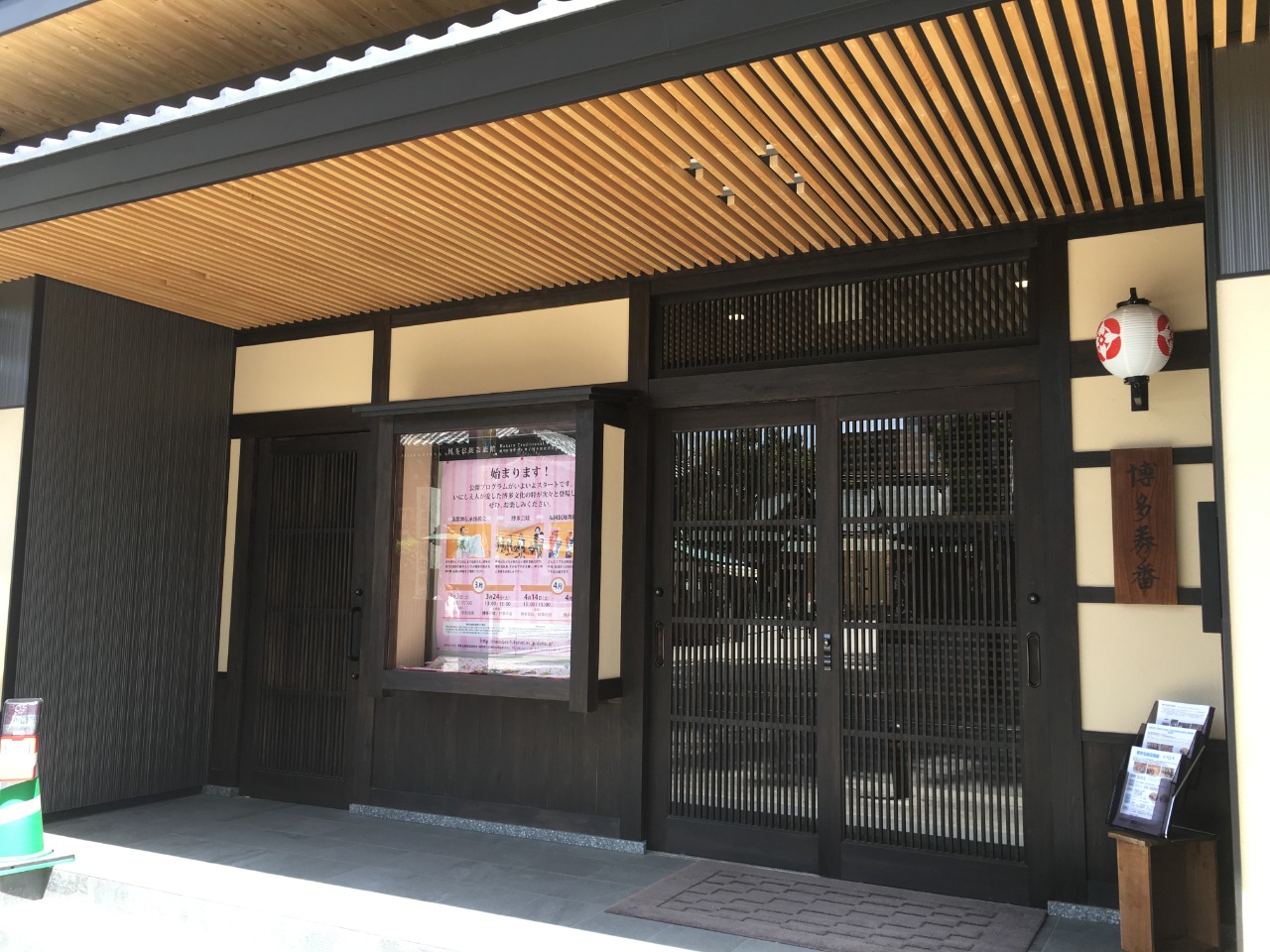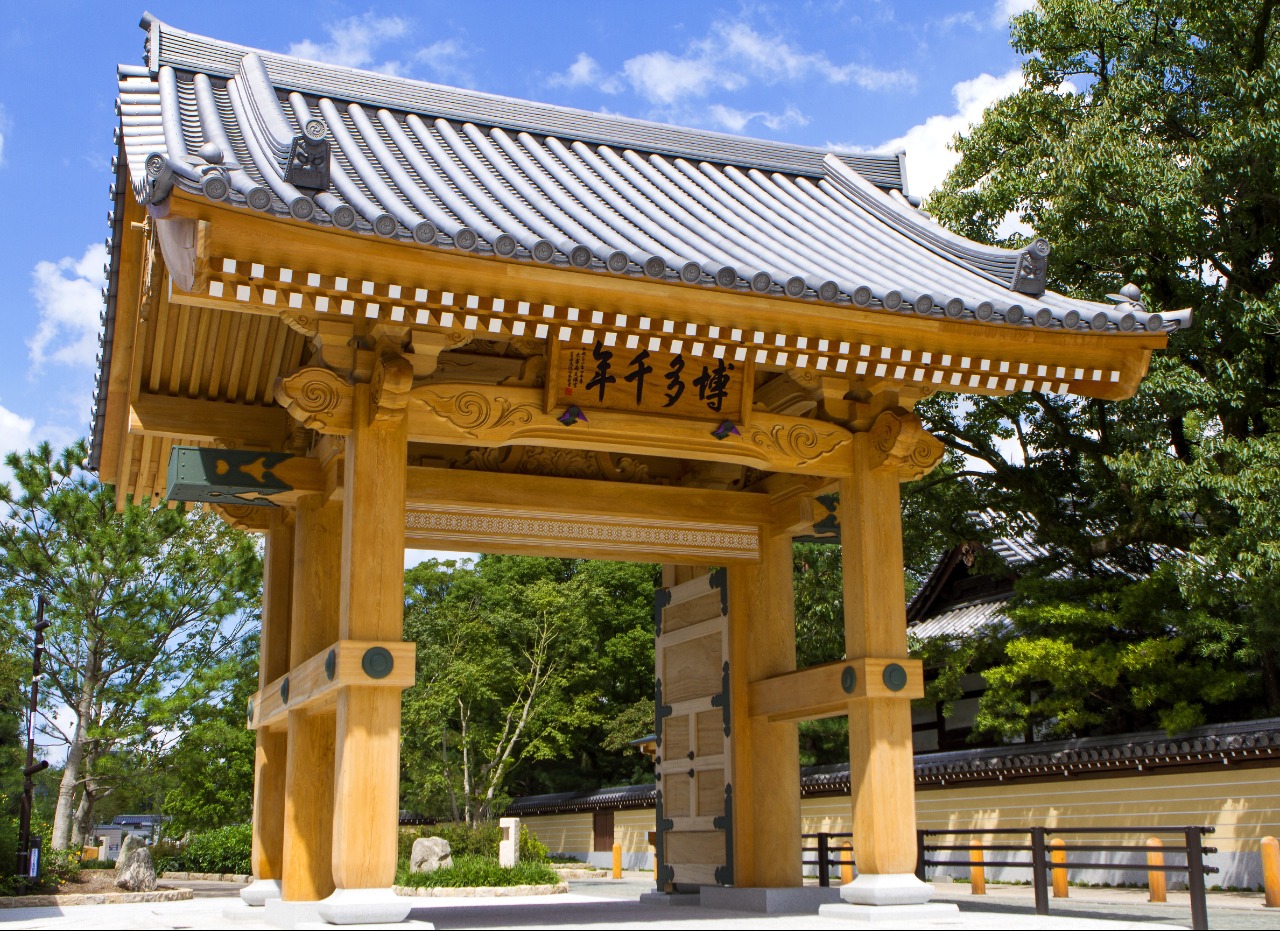Hakata Old Town: A tour to explore and experience the real history
There are many valuable things in Hakata Old Town. For example, the Wooden statue of Senju Kannnon Bosatsu in Tochoji temple, the statue of Shaka Sanzon, the statue of Zenka Rokuso, and the bronze bell in Jotenji temple. All of these are designated as a national important cultural property. (Those are not open to the public.) In addition to that, a festival which is held every July; Hakata Gion Yamakasa is designated as a national significant intangible folk cultural asset, and moreover, it was added by UNESCO as an intangible cultural heritage in 2016.

It’s surprisingly unrecognized that Hakata is an origin of a lot of things such as Udon and Soba noodles, Manju (steamed bun), Uiro (steamed cake made of rice flour), Japanese green tea, and Japan’s first zen-temple.
You can even try Goshuin Meguri (visiting temples and shrines and collecting their stamps in a special stamp book.)
So how about experiencing the real history of the Middle-Age Hakata by exploring spots in the old town of Hakata where you can see world-recognized traditional cultures and origins of Hakata.
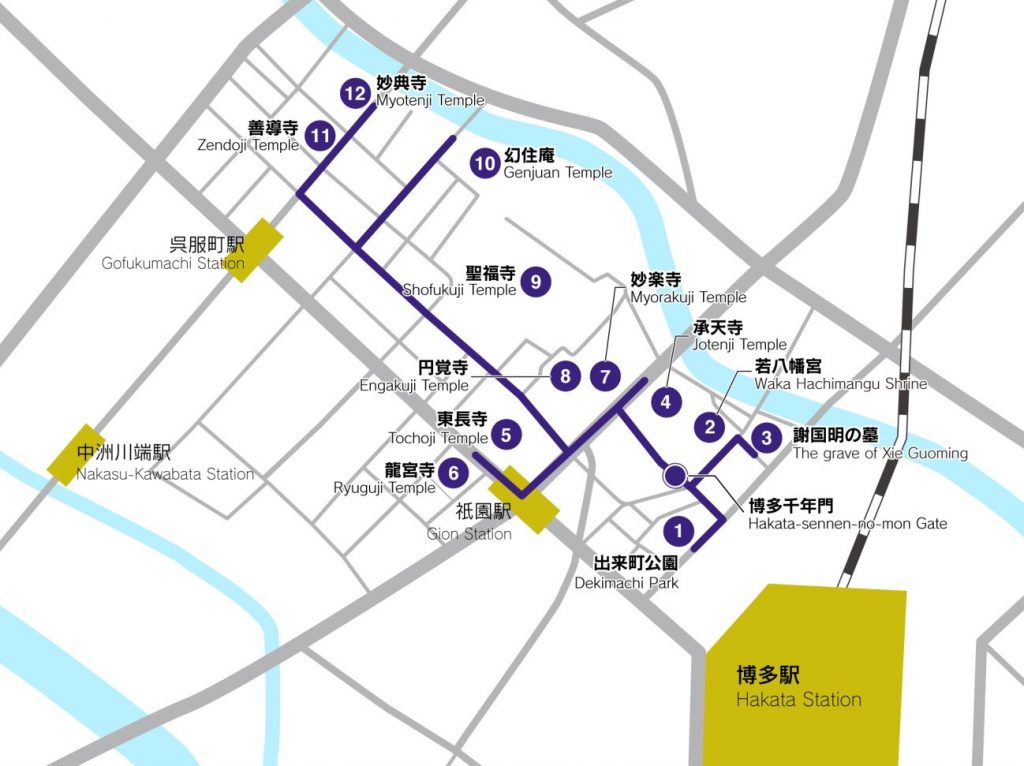
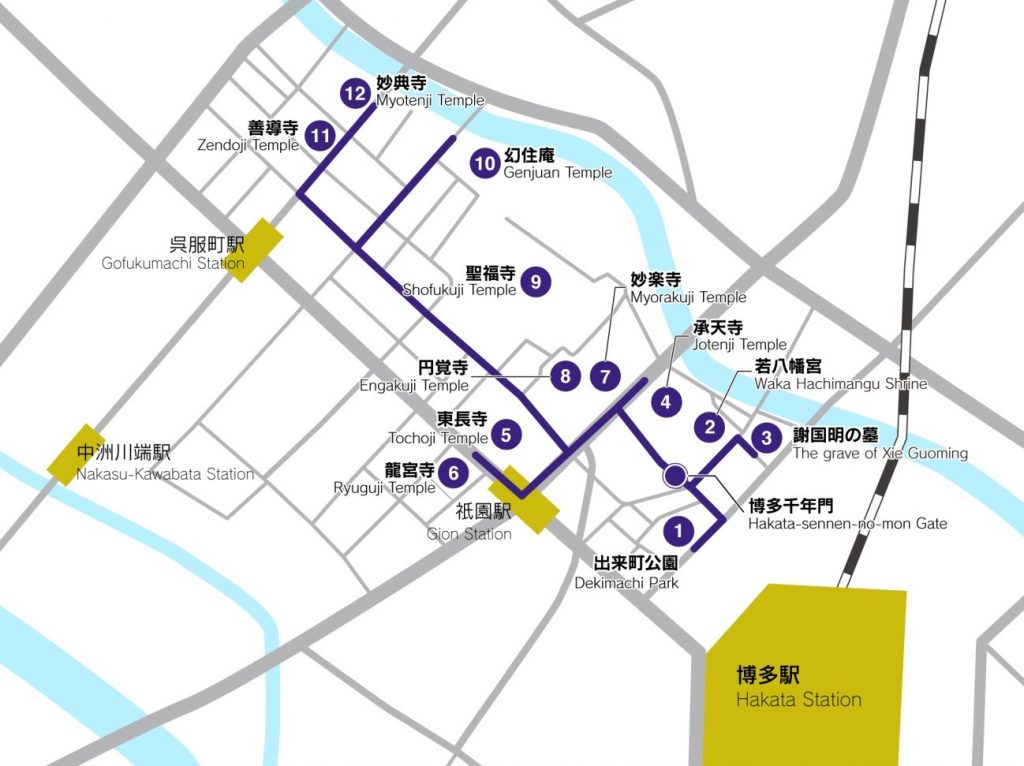
We explored the Hakata Old Town by following a course from a sightseeing map.
We started from “Dekimachi Park” which is under maintenance constructions to become a hub of tourism and sightseeing.
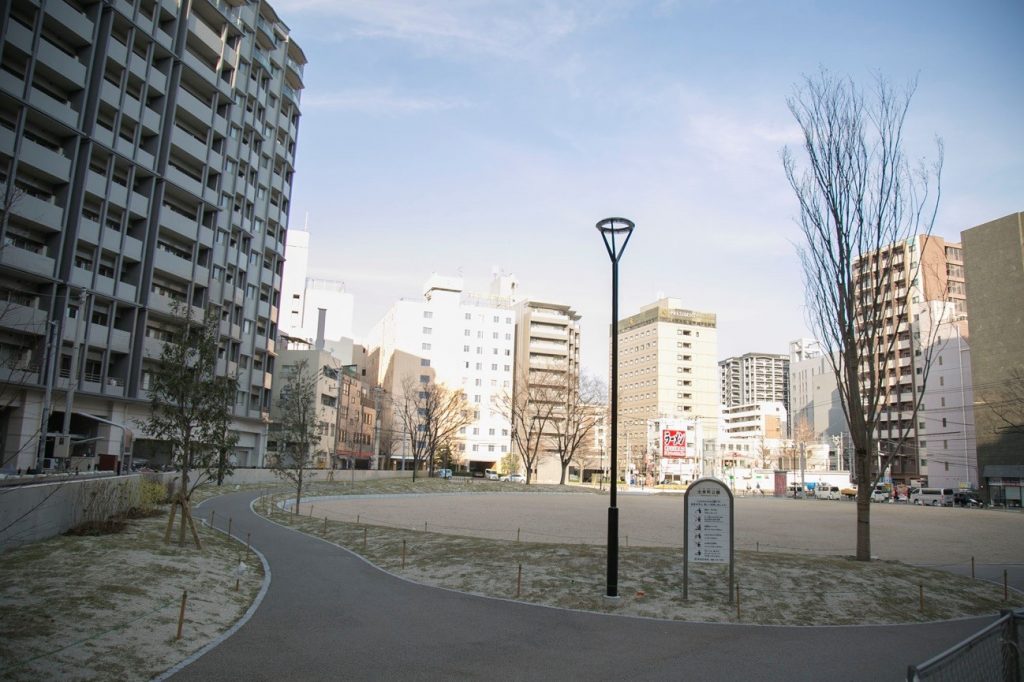
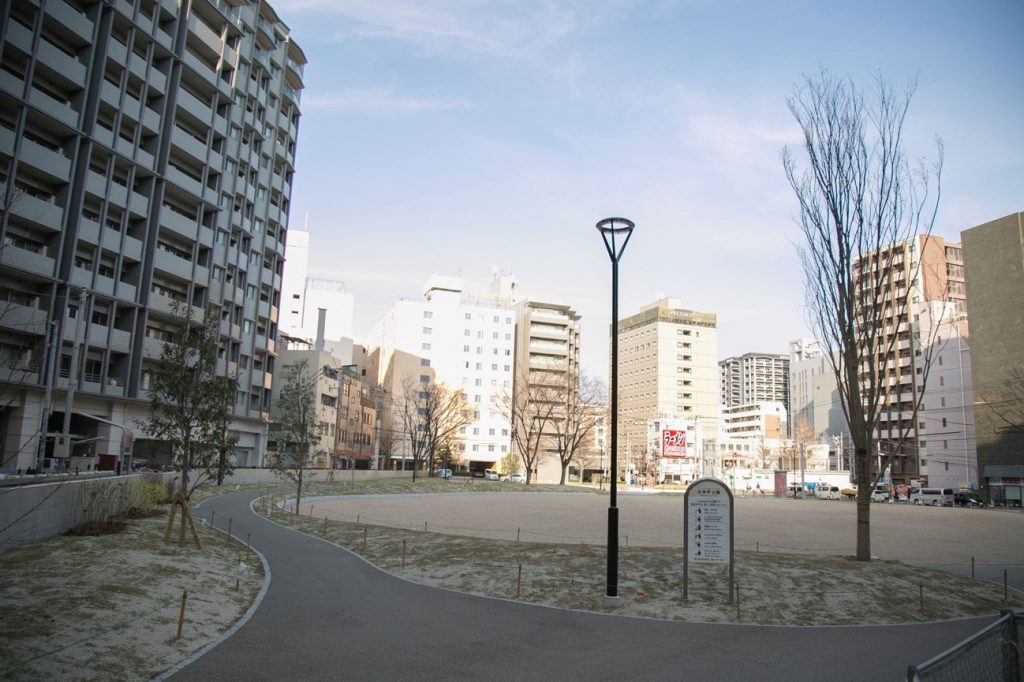
The first thing you will encounter on this route is the Hakata Sennen no Mon gate. It’s a welcome gate leading tourists to the remaining historical area of shrines and temples in Hakata which are cultural properties.
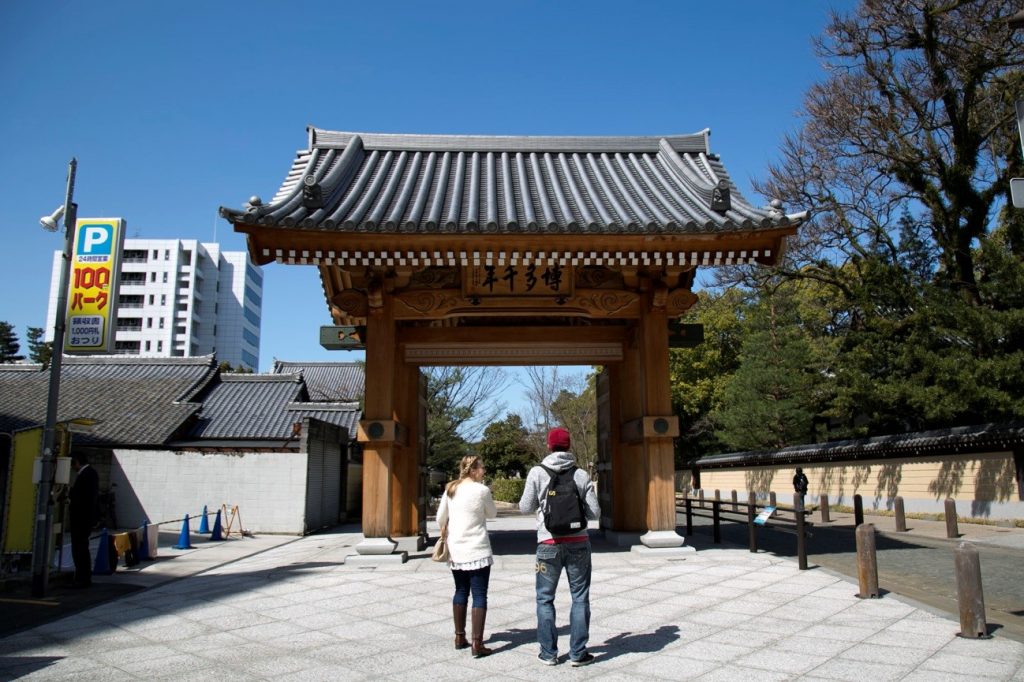
.jpg)
It was completed in March 2014. The gate which is the entrance of Hakata used to serve as the gate in the past on the old state road from Hakata to Dazaifu during the Edo period. The name “Hakata Sennen no Mon” was chosen out of the numerous submissions from all over the country. Interesting fact about the gate; it was constructed with 1000 years old camphor tree wood, donated from Dazaifu Tenmangu Shrine. If you look closer you can see carvings in the style of the traditional Hakata-ori textile patterns.
Despite being close to Hakata Station, its calm and quiet atmosphere allows you to forget the fact that you are in a big and stressful city.
You can feel the power coming from「Jurei Sen Nen」as you pass through the gate and an overwhelming feeling that indicates the beginning of your journey.
Address/Fukuoka-shi, Hakata-ku, Hakata Station 1 Chome, Jotenji Dori
Easy access/A 5 minutes walk from Gion subway station.
>>read more: Hakata Sennen-no Mon
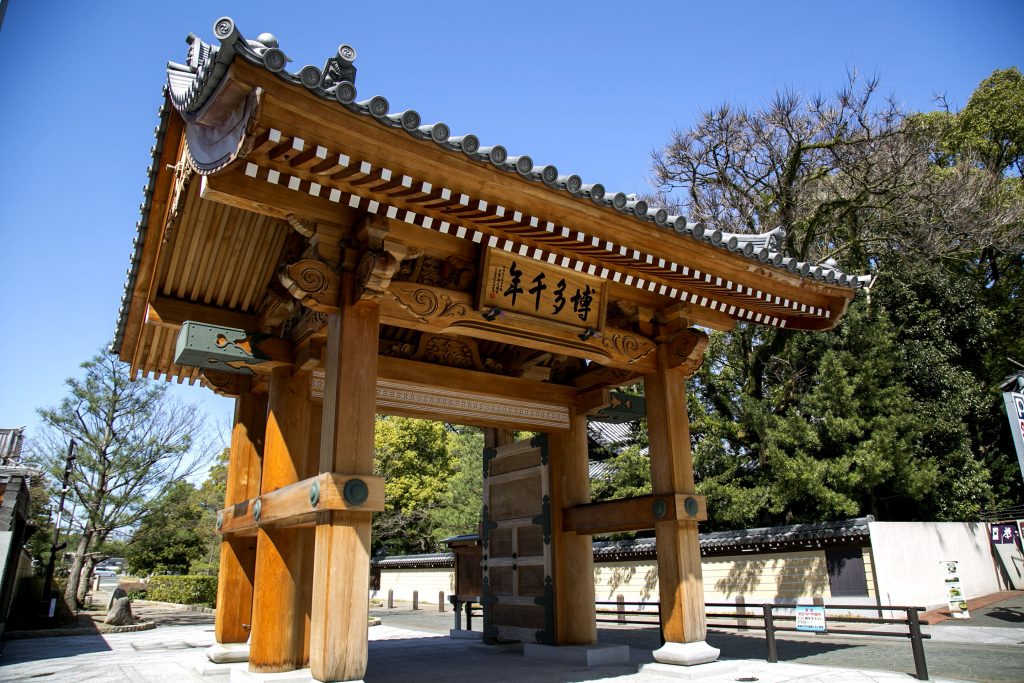

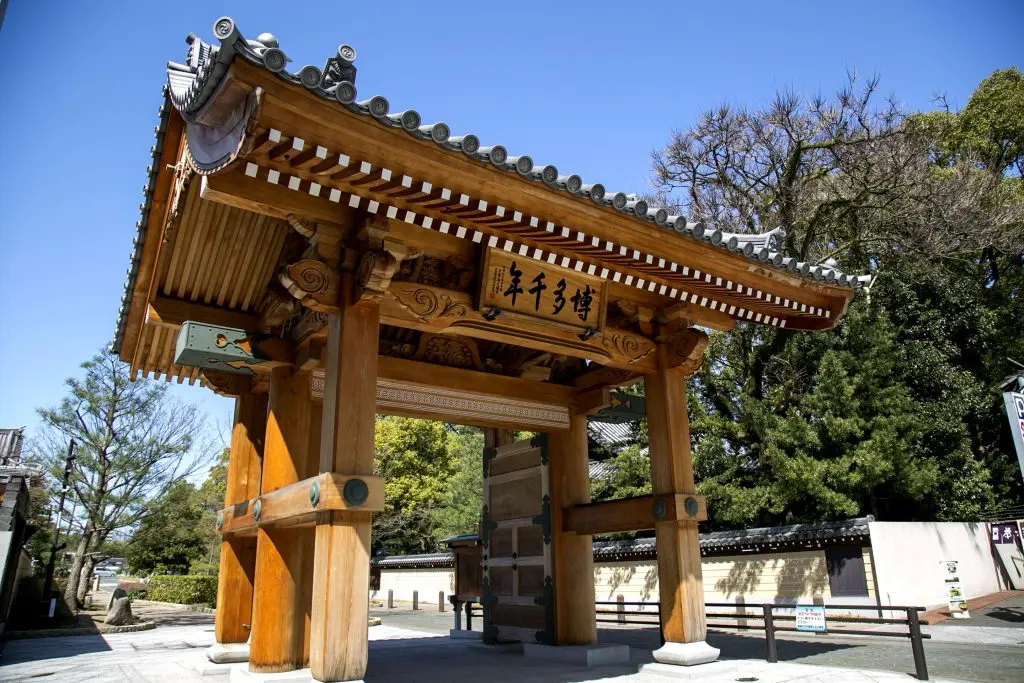
This Shrine’s cleansing ritual is really famous in Japan, better known as「Yaku Hachiman」.

The shrine is a venue to an annually hold Festival on New Year’s Eve. Thousands of people wait in line to pray for a good and fortunate beginning of the New Year.
It’s said that the misfortune doesn’t just affects the person himself, but also affect the people around him. For those who have time try a cleansing ritual by all means. If you do, the people around you and your relatives will be having good health and happiness for the whole year.
*Yakubarai (Cleansing ritual) is performed as a prayer to avoid disasters and have a peaceful and safe life.
In the precincts of this Shrine, you will be able to find the “Power Stone”. The only person able to lift this stone in history was a very strong man called Kimura Kyogoro in the Edo Period.
As is the only “Power Stone” in possession until now, it has a great value and it has become the designated folk tangible cultural asset of Fukuoka city.
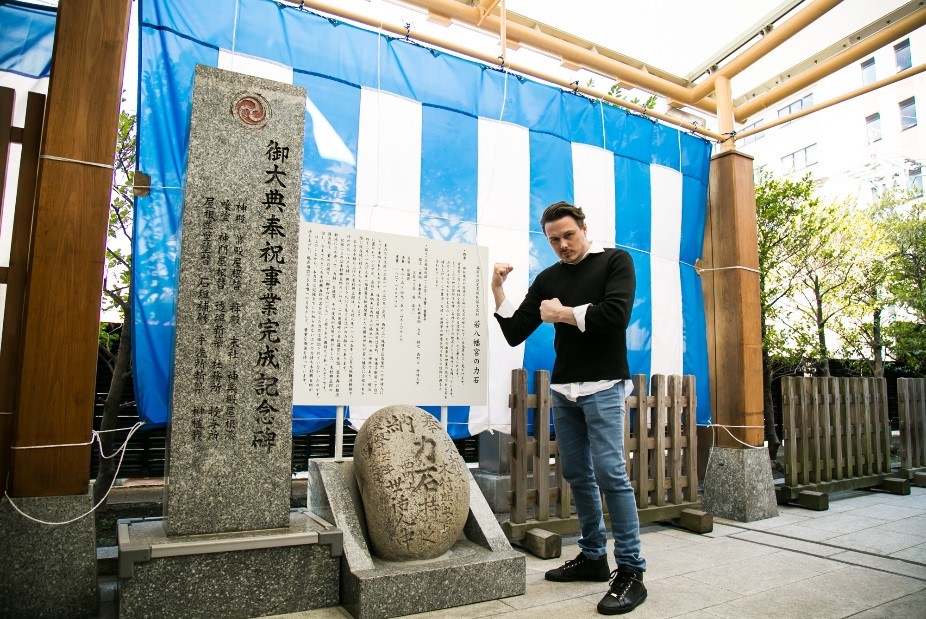

Address/Fukuoka-shi, Hakata-ku, Hakata Station 1-29-47
Easy access/From Gion subway station (Exit 4) it just takes 6 minutes by walking.
Reception time/9:30 – 16:30
※The reception for exorcism rituals will be closed from December 16th to December 30th, New Year’s day and Chinese New Year’s day.
>>read more: Waka Hachimangu Shrine
Shakokumei’s Grave played a very important role in the “Nissou Boeki (trade between Japan and China held from the 10th century to the 13th century)”.
Under the large Camphor tree lies a stone monument bearing an inscription as evidence of Shakokumei’s grave.
Hakata used to be a metropolitan city where foreign merchants came and went regularly, during the thriving period of the “Nissou Boeki”.
It’s believed that Shakokumei was a Sung (Dynasty of China) naturalized person, a wealthy merchant, and boatman.
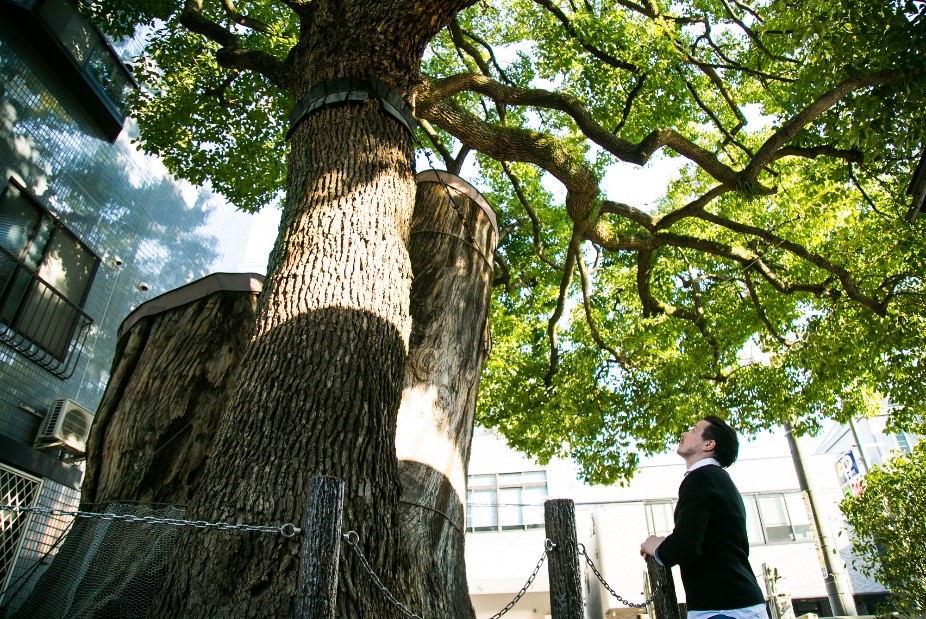
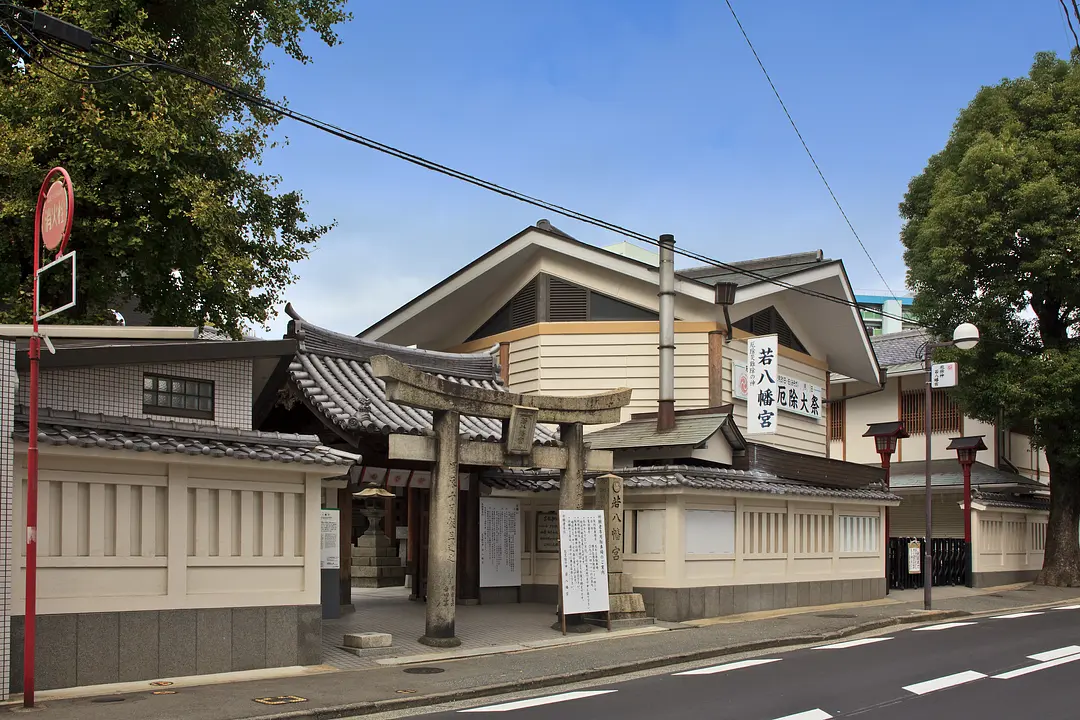
Shakokumei was an enthusiastic supporter of Shoichikokushi (The High Priest) and thanks to that, he gave up his private property in order to assist in the foundation of Jotenji, so after his death, as the Camphor tree was planted and worshipped, the local people started calling it “Okusu-sama”.

You can feel Japanese history from a big and magnificent tree that grows in such a quiet place.
Address/ Fukuoka-shi, Hakata-ku, Hakata Station 1 Chome 25
Easy Access/From Gion subway station a 10 minutes walk.
>>read more: Ogususama (the tomb of Shakokumei)
After seeing Okusu-sama, we headed to Jotenji temple. It was built by a merchant from the Song dynasty; Shakokumei. It’s a part of the Tofukuji sect of Rinzai School.
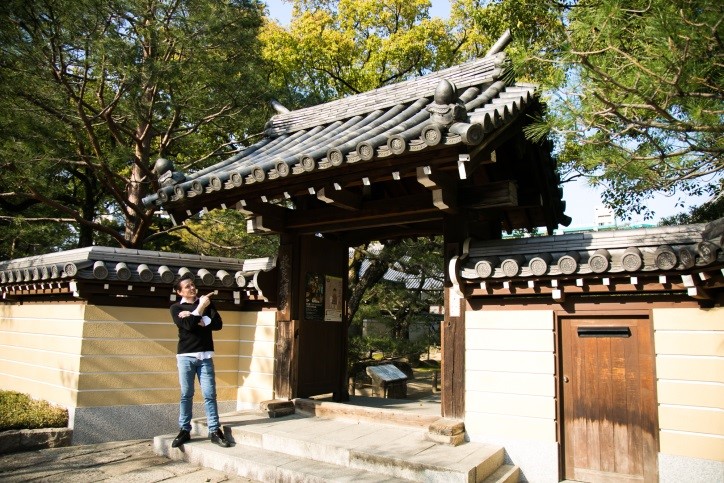
The best part of Jotenji is its large grounds and huge buildings and these are the specialties of Zen-temple.
The historical shrine and buildings are creating a majestic atmosphere, and the quiet space makes you forget the hustle and bustle of the city.
Statues of Shaka Sanzon and Zenka Rokuso (both were made in Kamakura period) and the bronze bell (made in Korai period) are all designated as a nationally important cultural property.
Jotenji is known as a place of origin and many things started its history from this place.
It’s said that the origin of Japan’s representative foods made from flour, such as Udon and Soba noodles, Youkan (red beans jelly) and Manju (steamed bun) are all from Jotenji. And it’s also known as the origin of Hakata’s traditional textile; Hakata Ori which is also emblematic from Japan. Moreover, Hakata’s major festival; Hakata Gion Yamagasa is also from there.
Jotenji is famous for its beautiful garden, however, usually visitors are not allowed to see it. When there is an event, the garden is open to the public.
Address/Hakata Station 1-29-9, Hakata-ku, Fukuoka-shi
Access/5 minutes walk from Gion subway station.
>>read more: Jotenji Temple
Tochoji was built by Japanese Buddhist monk, Kukai also known as Kobo-Daishi. It’s the 1st temple he built in Japan.
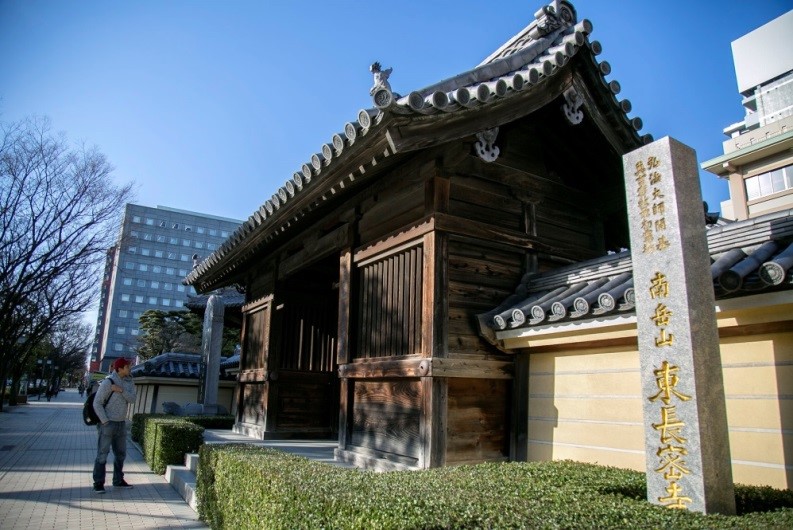
In the shrine, there is a beautiful vermillion and gold five-storied pagoda. There are some other buildings around the temple, so you can experience both past and present at the same time.
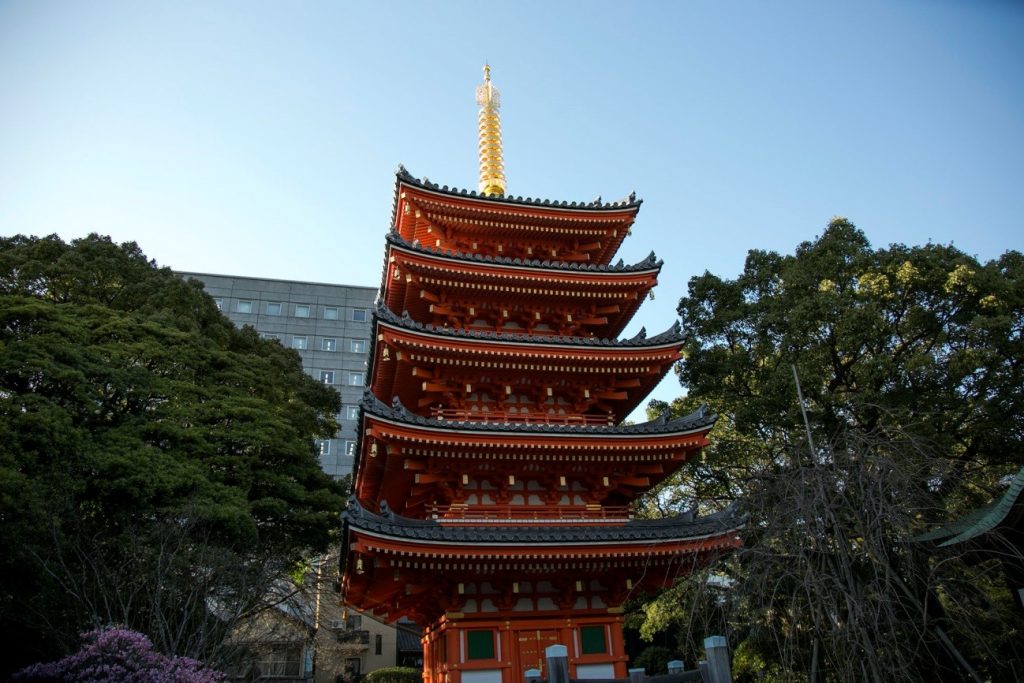
It’s surrounded by trees, and with many things to see around such as Daibutsuden (the Great Buddha Hall), the main shrine, Rokkaku-do shrine and the five-storied pagoda.
One of the themes of Fukuoka Daibutsu (statue of Buddha)’s pedestal is the journey from hell to heaven, as you go inside you get struck by the images of hell. Then finally, after going through all of the darkness, heaven awaits you and it is simply beautiful and peaceful.
There are many events throughout the year such as New Year ’s Eve day, Setsubun (the day before the beginning of spring) festival, and trees lightning up in autumn. Anyone can join these events. Also during the Cherry Blossom tree’s season, there’s a lot of people visiting to see them at the shrine, because it is just amazingly beautiful.
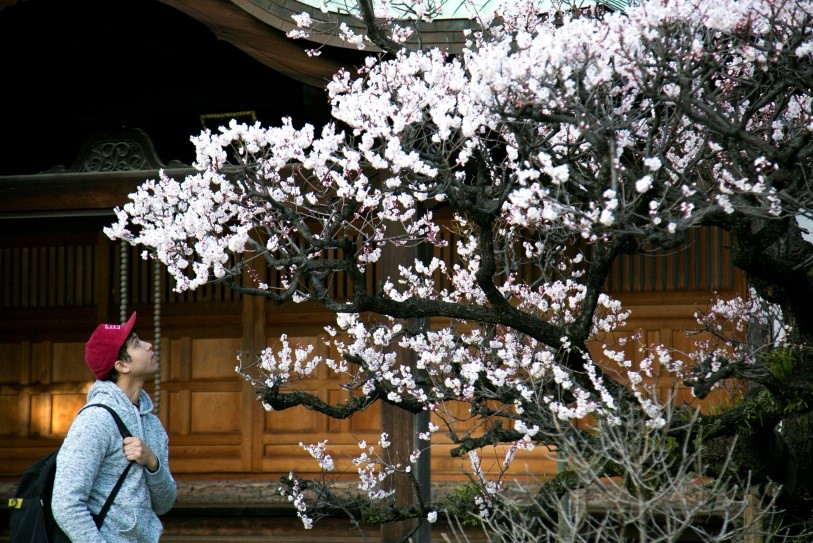
Address/2-4, Gokusho-machi, Hakata-ku, Fukuoka
Access/Just a minute away from Gion Subway station.
>>read more: Tochoji Temple
Ryuguji has a myth about a 147m long mermaid that was buried in there. According to the myth, the mermaid was caught in a fisherman’s net in 1222.

It’s not open to the public but it is said that in this shrine they have the bones and a hanging scroll of the mermaid that was drawn in the Edo period.
A long time ago, during the summer festival, people in the shrine used to put the bones into a tub filled with water and made visitors to drink it for longevity and good health.
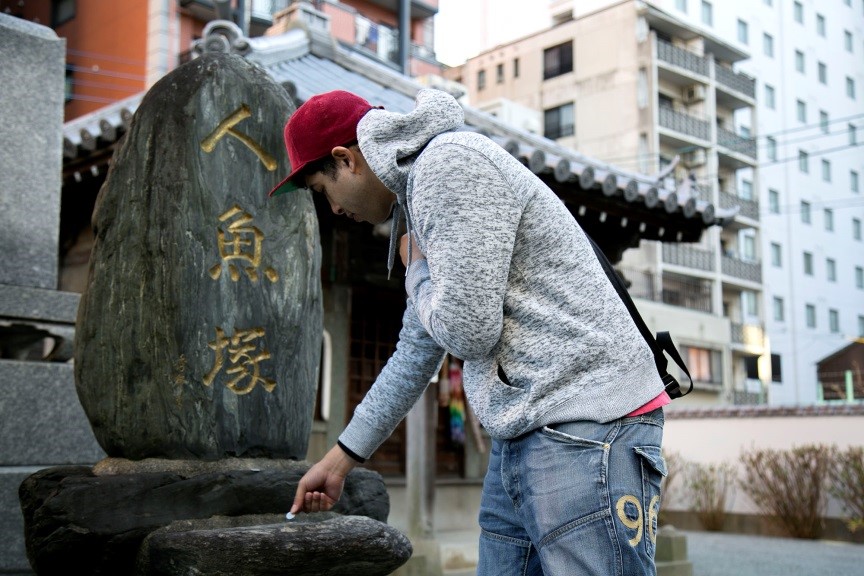
The “Kannon (Goddes of Mercy) Temple” and the treasured mermaid’s hanging scroll are counted as some of the “Hakata 7 Kannon”. In “Kannon Temple” you can feel the “history of romance” that has been transmitted to Hakata.
Address/4-12 Reisen-cho, Hakata-ku, Fukuoka
Access/1-minute walk from the subway Gionmachi Station (exit number 2)
>>rea more: Ryuguji Temple
After Ryuguji, we walked on Gokusyo-dori street that runs north and south of the east side of Touchoji.
Myorakuji is just past Gokusyo-dori.
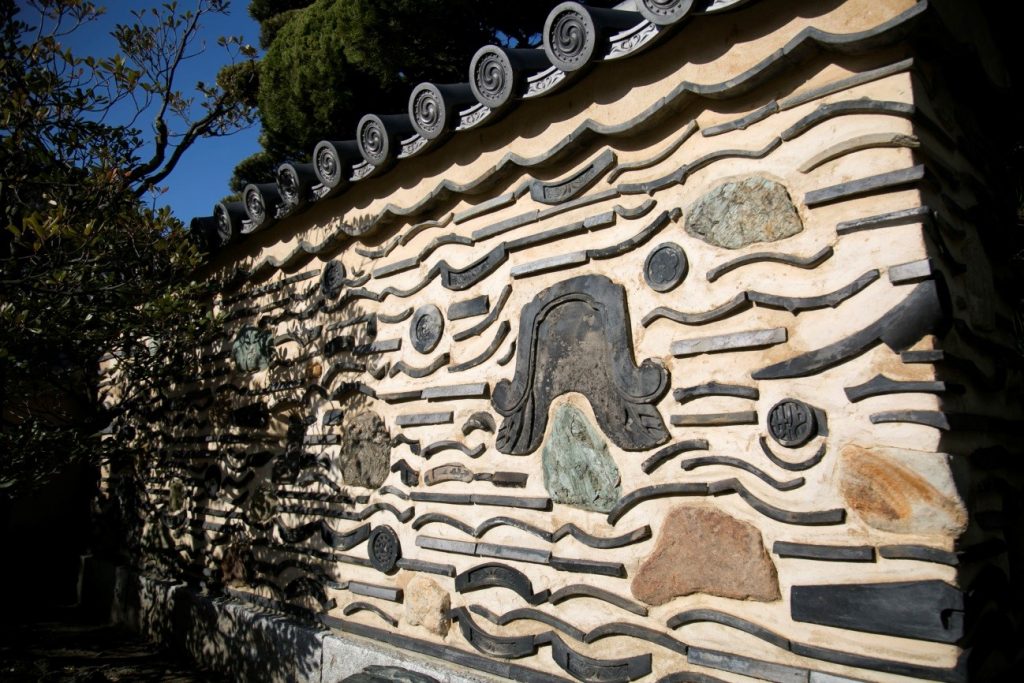
It’s the origin of a Japanese confectionary called “Uiro”.
The previous location used to be very active for trading. After the shrine got burned, a Japanese feudal load; Kuroda Nagamasa came to Fukuoka and it moved to the current location.
In the shrine, there is a soil wall called “Hakata-bei”. It’s a Hakata-styled wall made of soil with burnt stones and tiles which survived the war in Sengoku period.
It’s beautiful and looks like a movie set, and you can feel like you went back in time by walking in there.
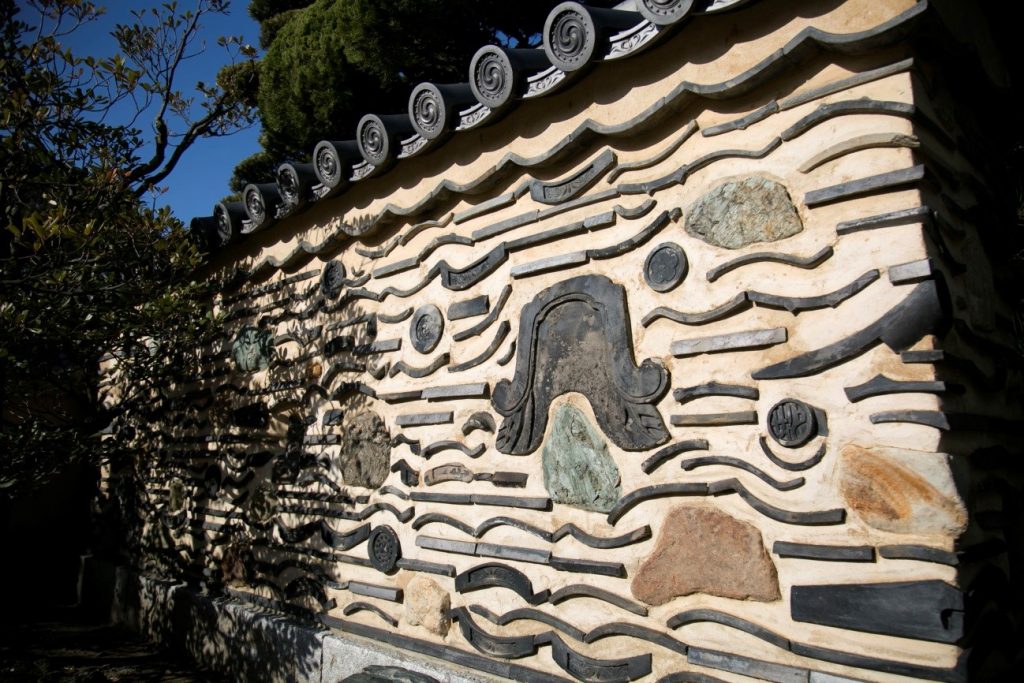

In Myorakuji, you can experience Zen meditation.
Meditate and feel Japanese history.
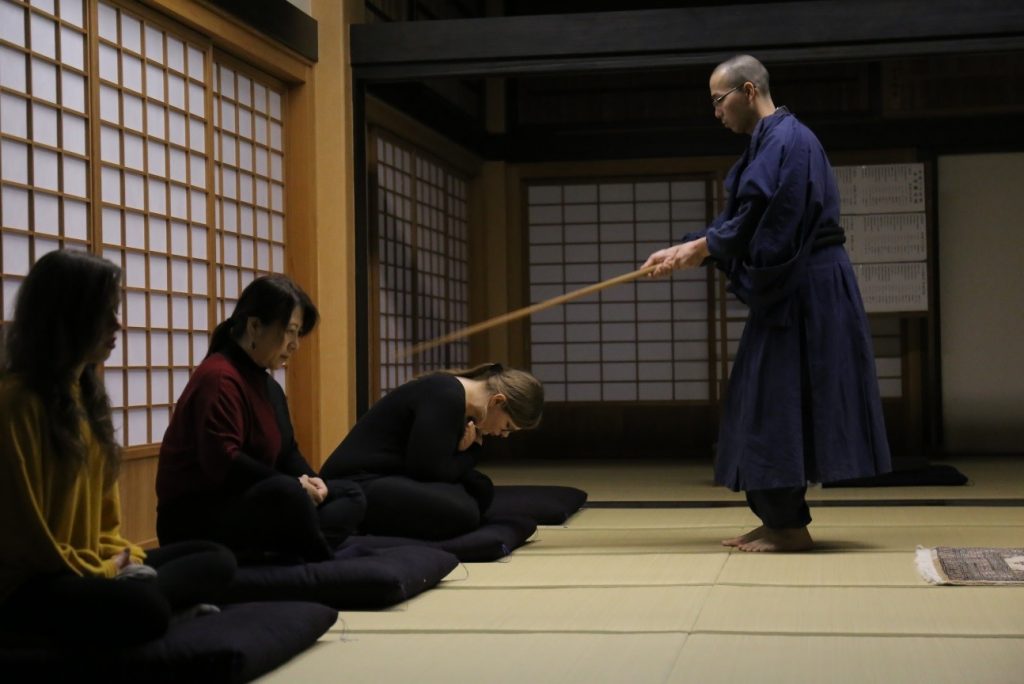
Address/13-6 Gokusho-machi, Hakata-ku, Fukuoka
Access/5-minutes walk from the subway Gionmachi Station
>>read more: Myorakuji
After meditating and developing body and soul in Morakuji, we headed to Engakuji. It’s famous as Nanbo-styled dojo of tea and Zen. The famous tea master; Sen no Rikyu left his text book called “Nanpouroku” in this temple.
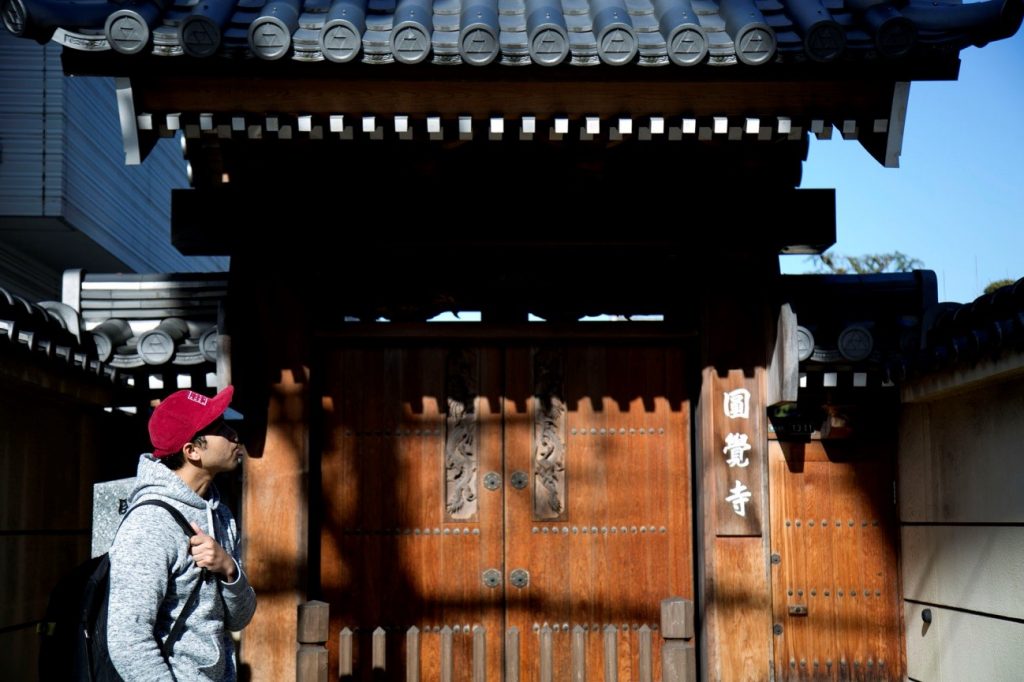
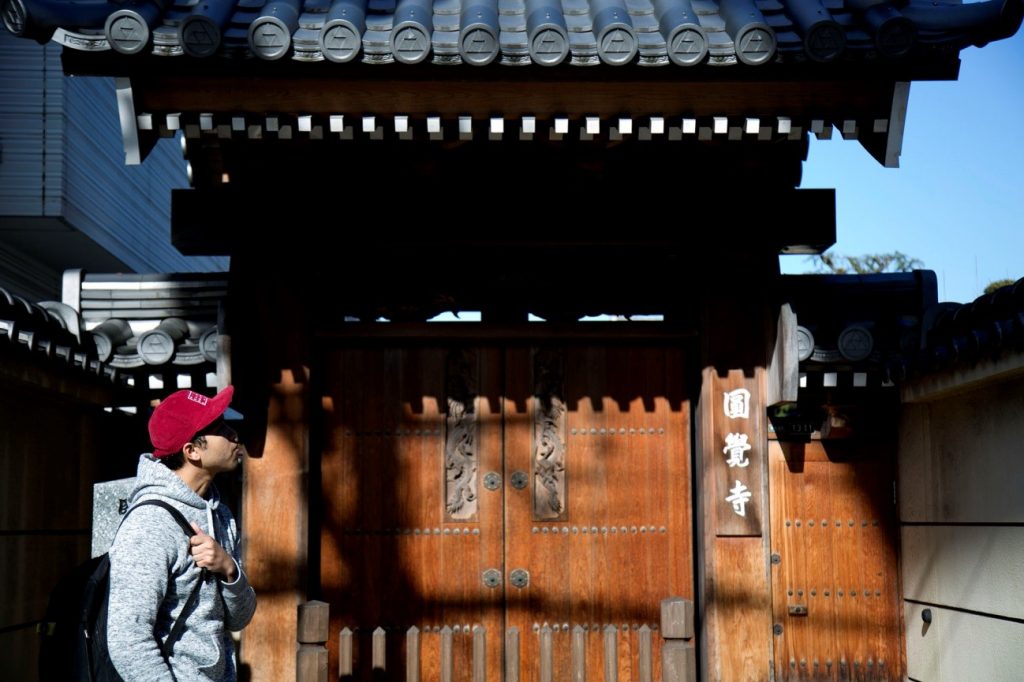
Enkakuji was built by Daigakuzenji Rankeidouryu (developed), Fujiwara Michinobu (opened and donated) and Hojo Tokiyori the temple (opened with god’s guide and donated). Nanporoku in this temple was hand written by Fukuoka’s warrior; Tachibana Jitsuzan and the temple is known as Nanbo-style dojo of tea and Zen.
Nanporoku is a book that summarized what the best student of Sen no Rikyu; Nanbou Soukei Zenji leaned from his teacher. It’s made up of 7 books and the end of each book has a certification of Sen no Rikyu.
They offer a tea ceremony class and you can learn their way of tea; Nanbo-style that has been passed down in Hakata for generations.
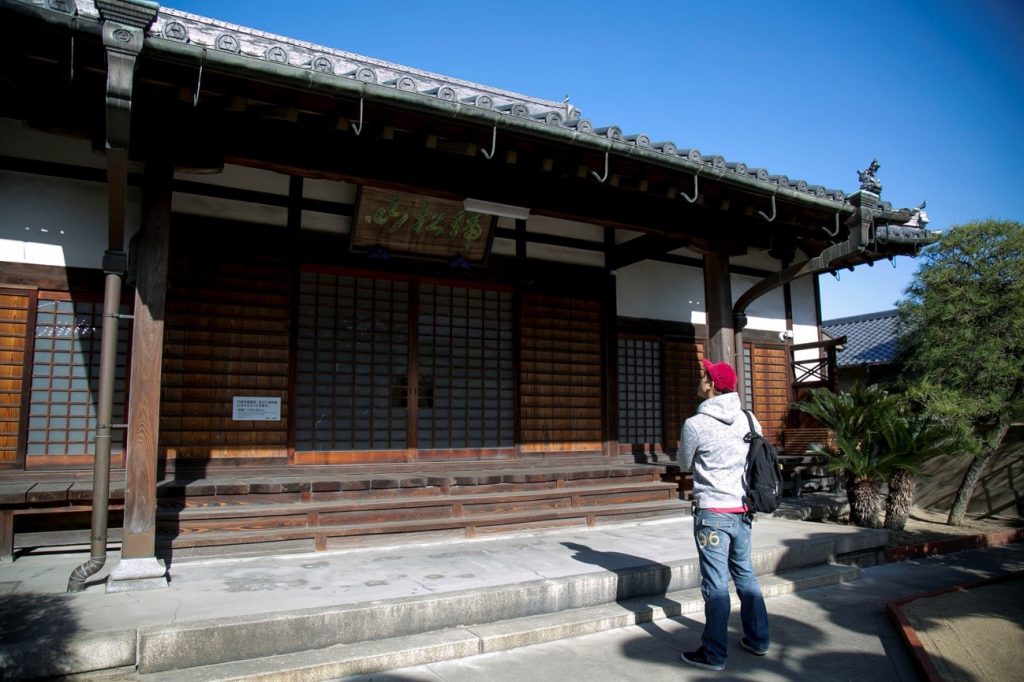
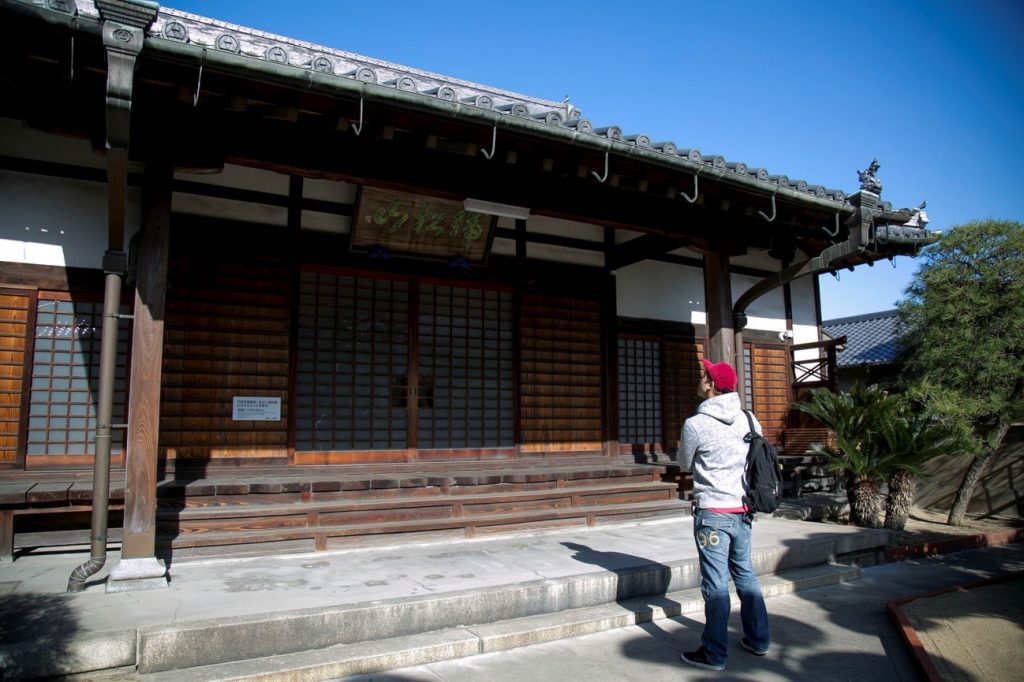
This temple has been preserved Sen no Rikyu’s way of tea; Nanbo-style. Their well-cared garden is so beautiful.
Address/13-11 Gokusho-machi, Hakata-ku, Fukuoka
Access/5-minutes walk from the subway Gionmachi Station (Exit#1)
>>read more: Engaku-ji Temple
After Engakuji, we headed to Genju-an. It was developed by a monk; Muingenkai and opened by a warrior; Otomo Ujitoki in 1336. In addtiotion to that, Sengai Gibon’s residence, a famous monk, which he spent his late life and it’s one of the sub-temples of Shofukuji temple.
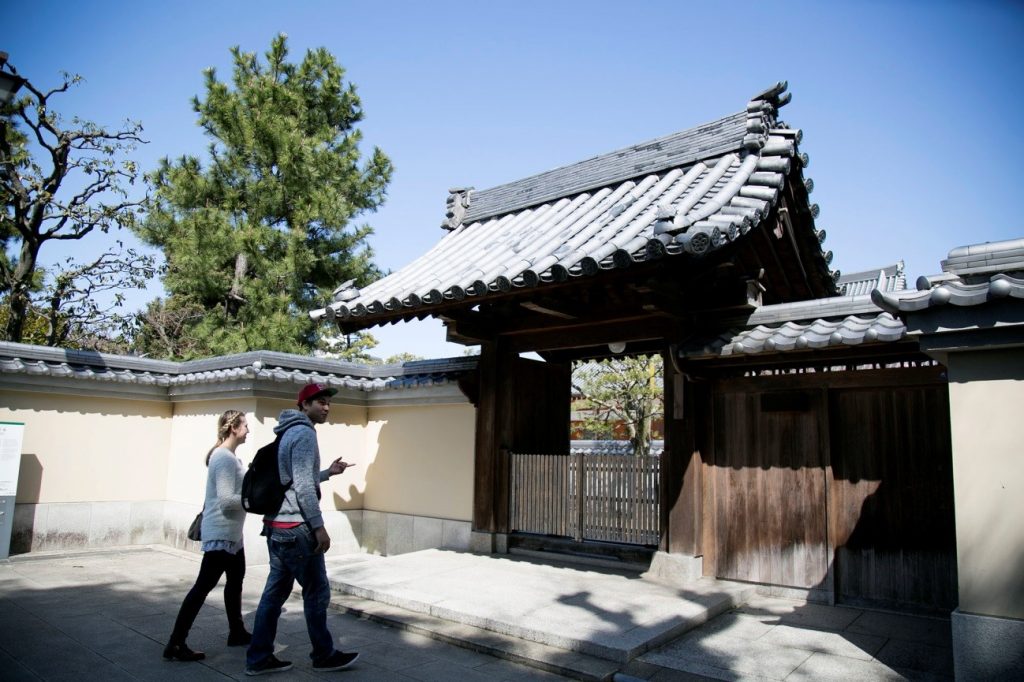
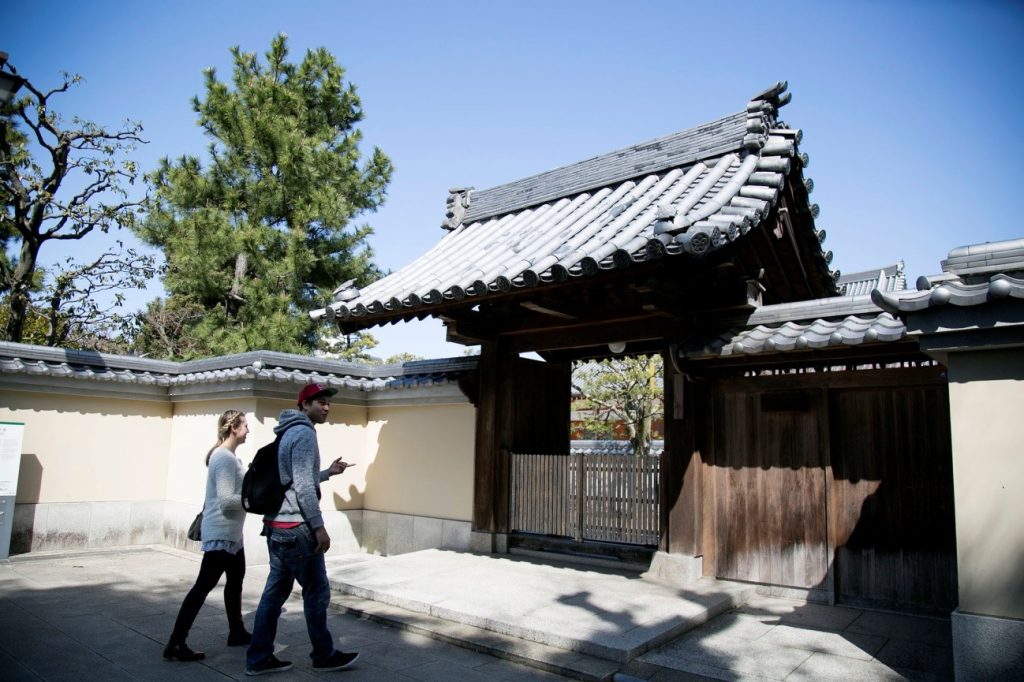
Unfortunately, Genju-an is not open to the public, but you can check some stores in front of a west gate of Shofukuji. The gate is located on the west side of Genju-an. These stores still have the same look as in the past.
Around the back of Shofukuji, there is an atmosphere of the old Hakata and you can experience the history.
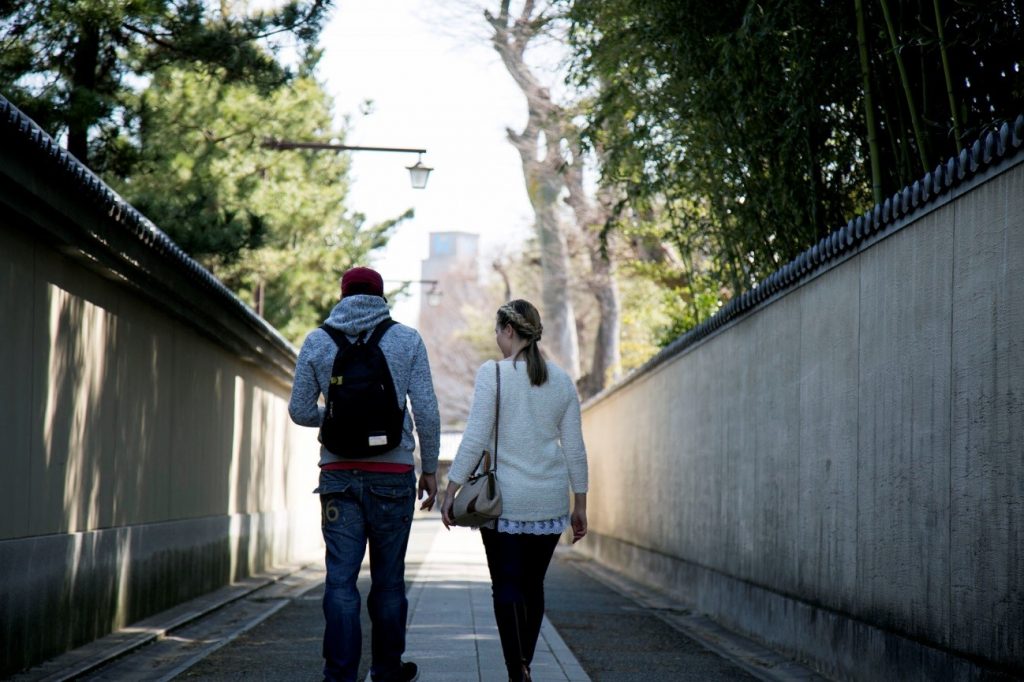
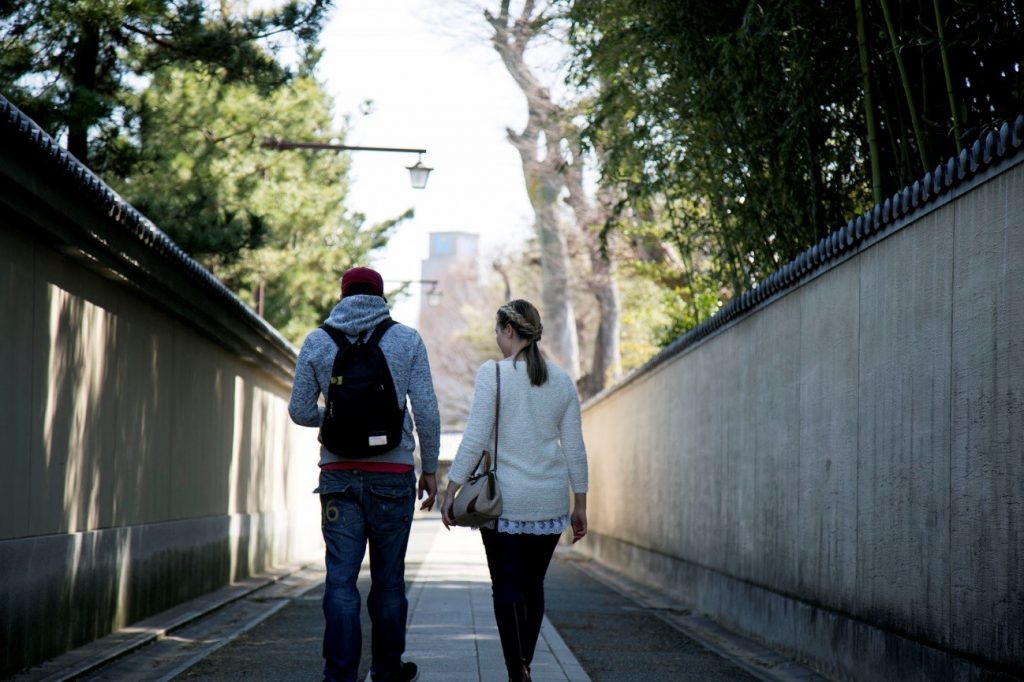
Address/7-1 Gokushomachi, Hakata-ku, Fukuoka City
>>read more: Genjuuan Temple
After Genju-an, we headed to Zendoji.。

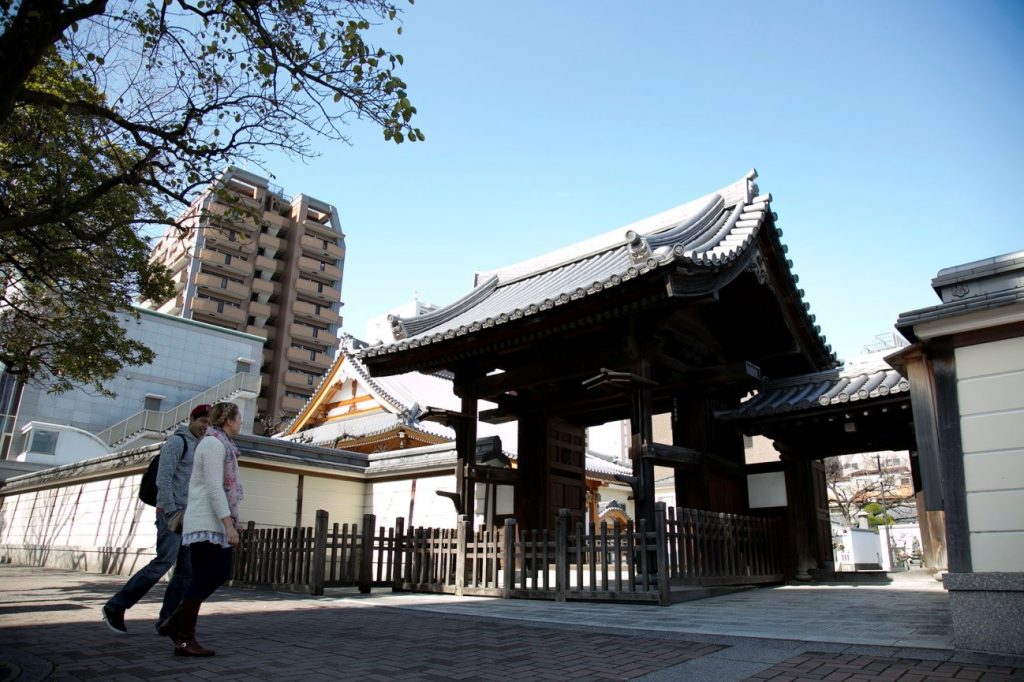
According to Dependent Origination, Zendouji was built by a monk; Chinzeishokonin in 1212. It enshrines a statue of Zendotaishi. However, according to a record of “Chikuzen no Kunishoku Fudoki”, it was built by a monk; Kouyoshounin in 1477, when Zendoji-temple in Chikugo was rebuilt.
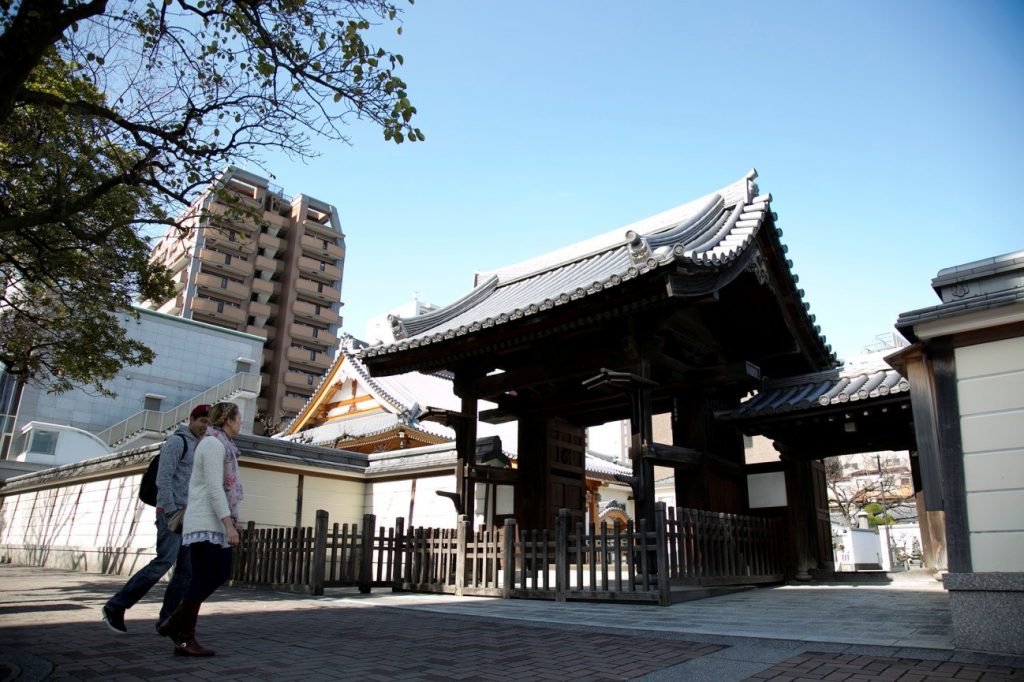
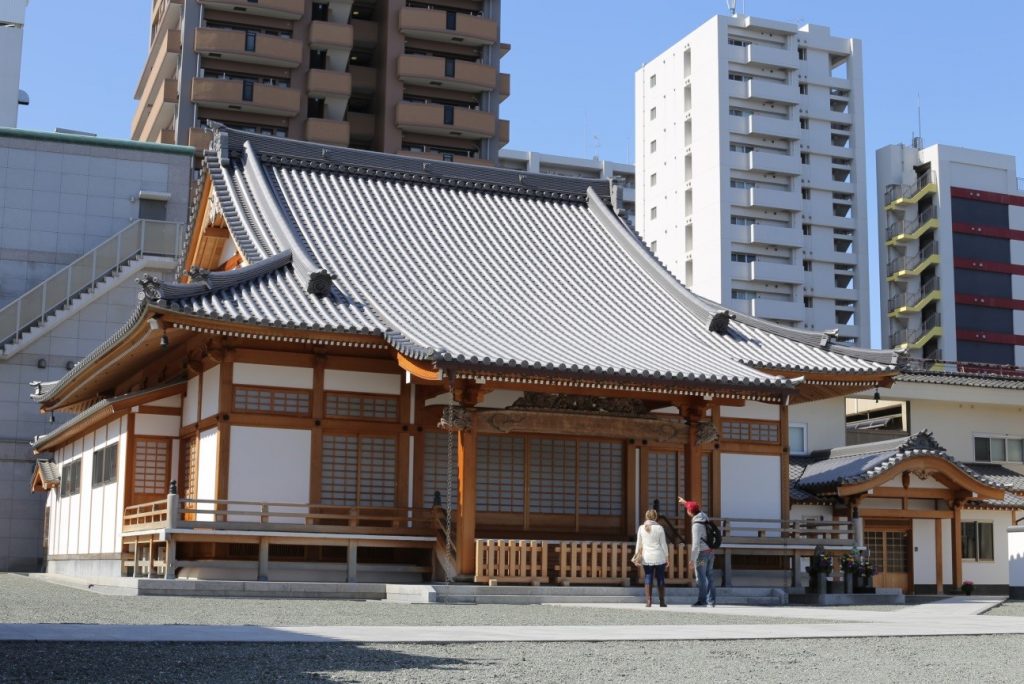
Zendotaishi, the statue of Chinzeishonin, Bonsho and Moukoikariishi are all designated as a cultural treasure by Fukuoka prefecture. Especially, a stone with carved Jizo’s image;”Genko no Fune no Soseki” looks very interesting and you can read about history from the stone.
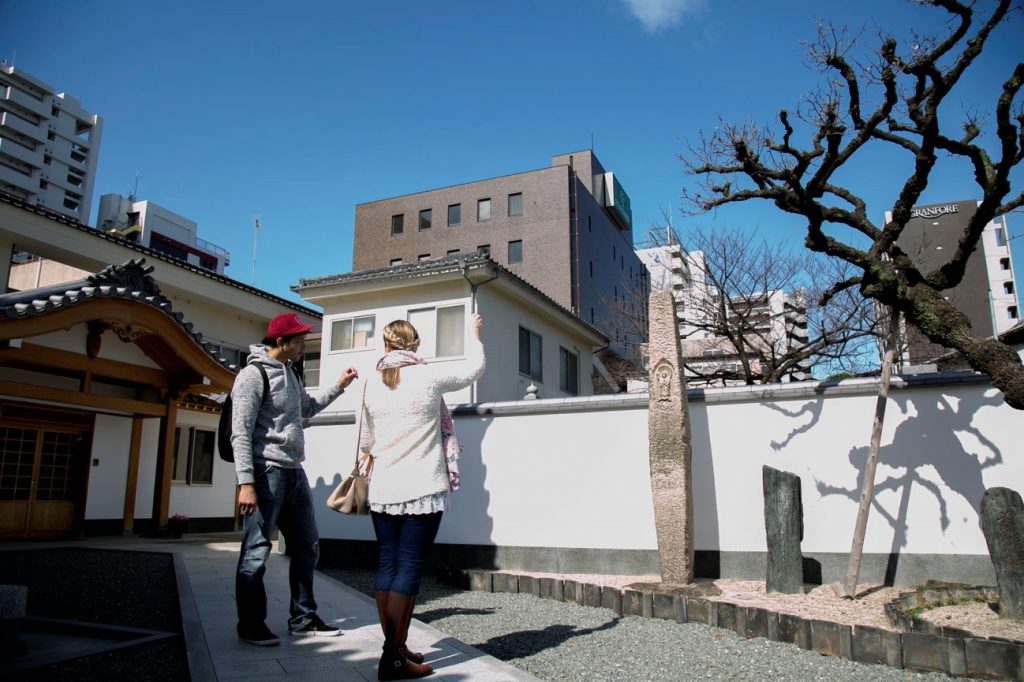
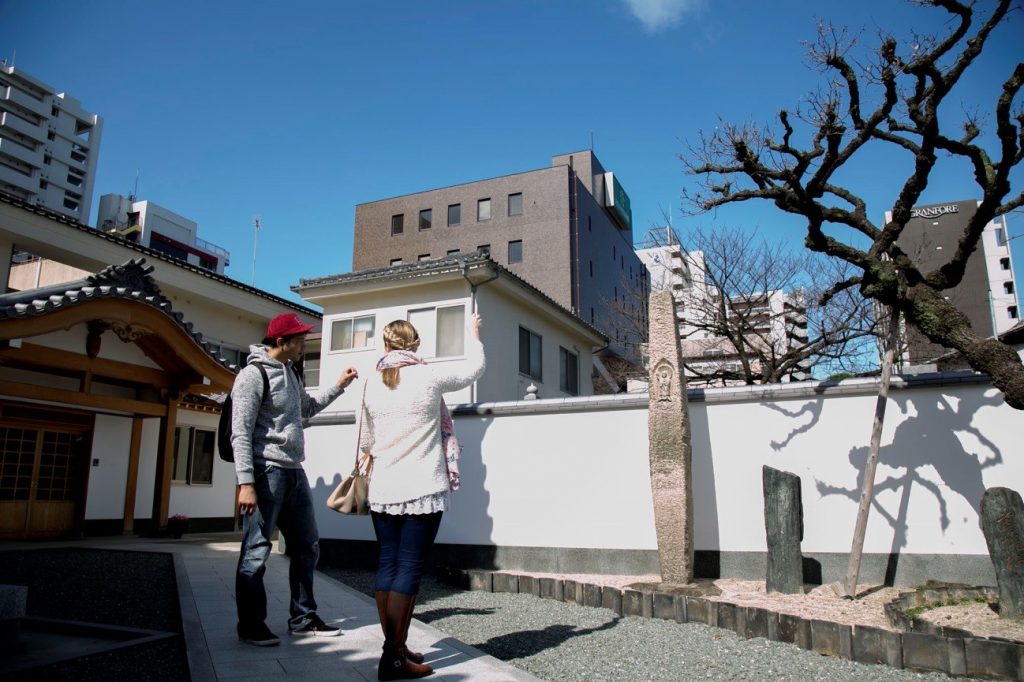
Address/6-24 Naka Gofuku-machi, Hakata-ku, Fukuoka
>>read more: Zendoji Temple
After Zendouji, we visited Myotenji. You can find it before entering Meiji-dori street.
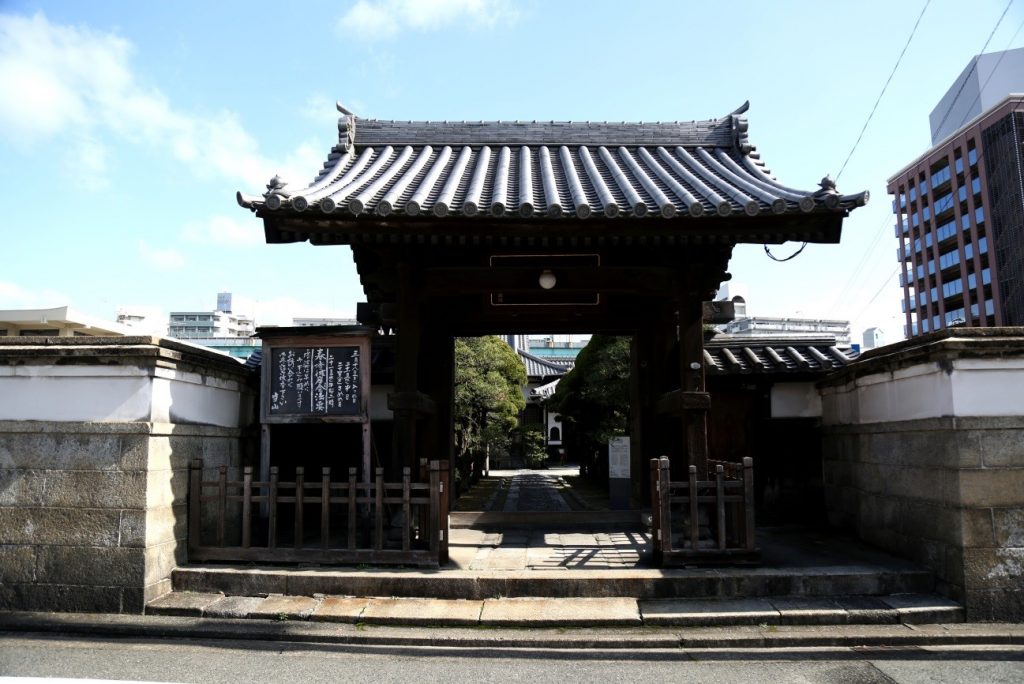
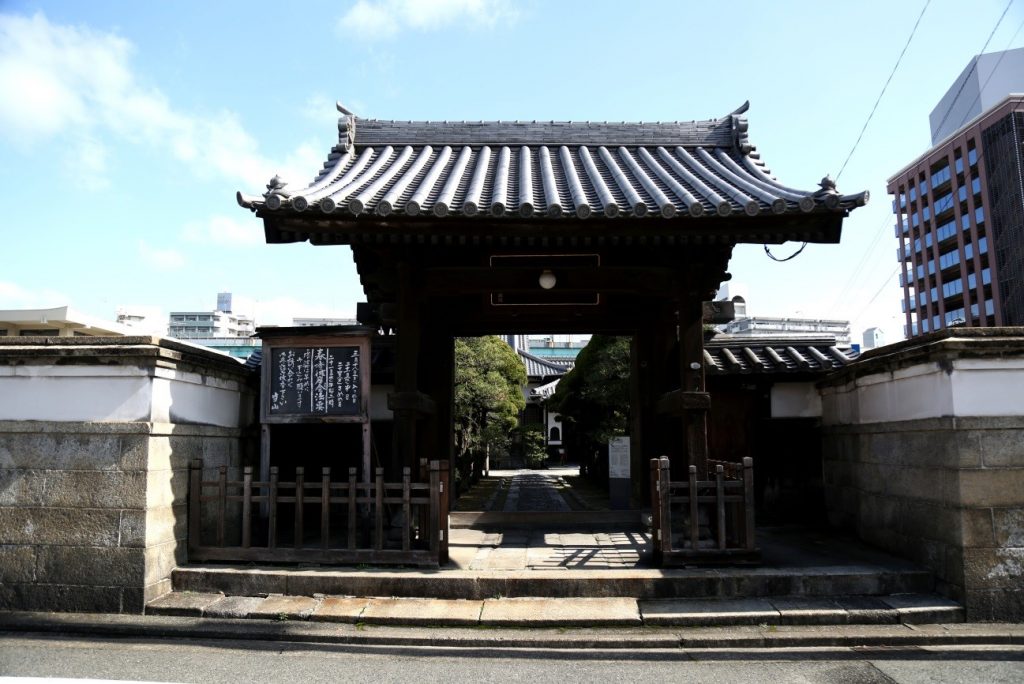
This temple was built in 1381 by Nichien. It used to be located in Yanagawa, Chikugo no Kuni. In 1596 to 1615, it got relocated to the current location by Komono Masutoki who is a feudatory of Tachibana Muneshige. In 1603, a monk from Myogakuji-temple in Kyoto; Nicchu and Christian monks; Furusawa and Ato discussed their religion in this temple. This discussion is called “Sekijo Mondou” which is Hakata’s alias (Sekijo).
Because Nicchu won a discussion, Kuroda Nagamasa returned a territory of Christian churches and built Shoryuji.
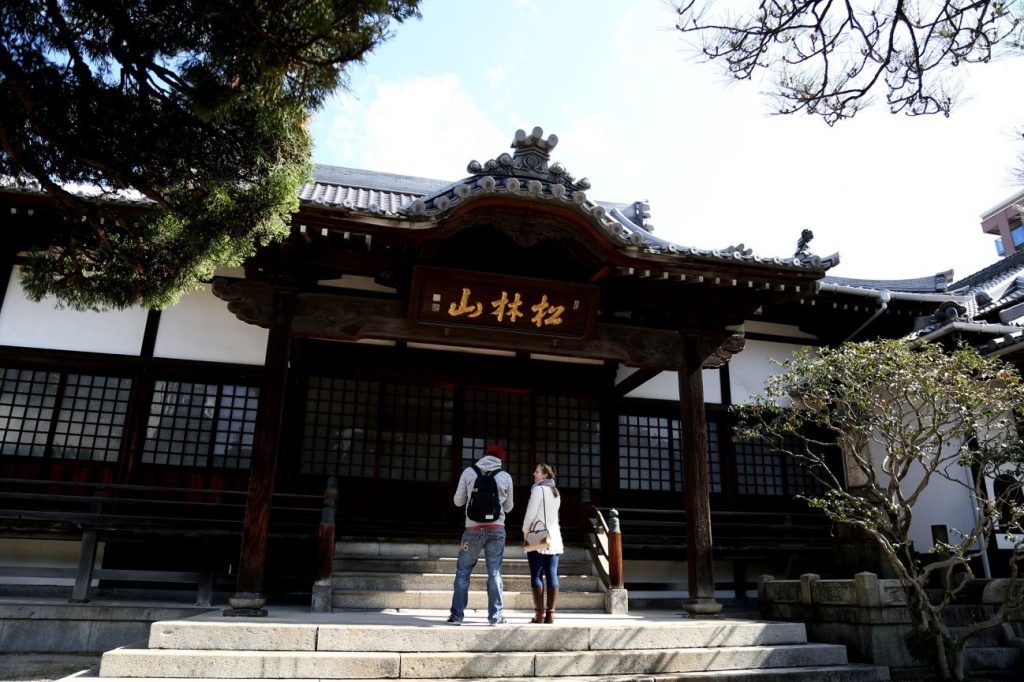
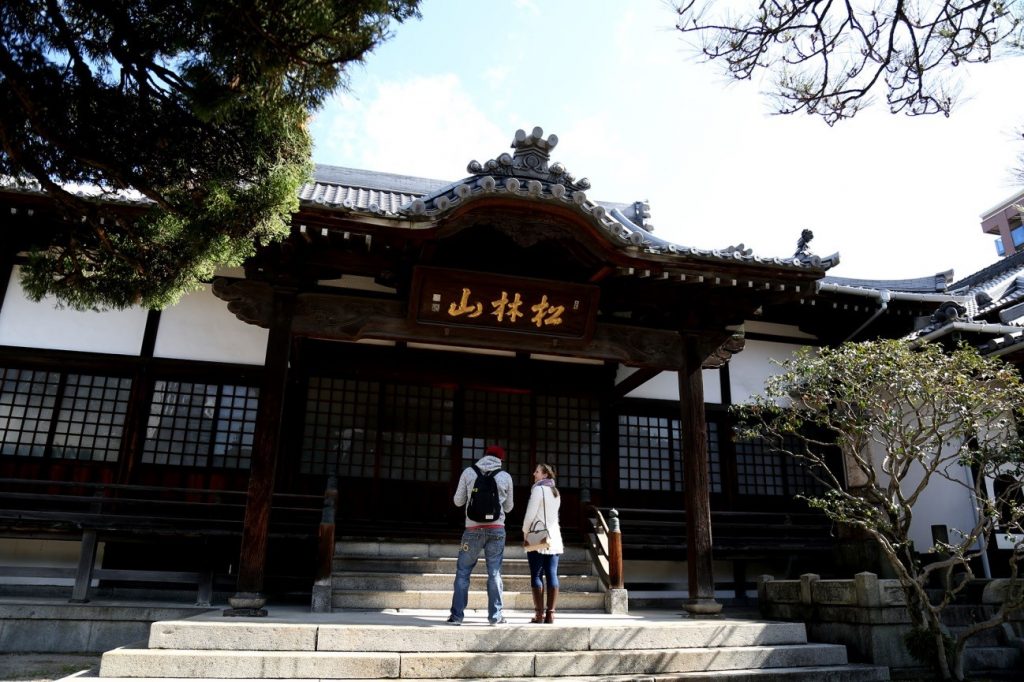
Address/9-12 Naka Gofuku-machi, Hakata-ku, Fukuoka
Access/2 minutes walk from the subway Gofukumachi Station
>>read more: Myotenji Temple
Hakata has more than 2000 years of history. In the middle ages, Hakata received many things from abroad. As you read, there are many things that have its origins here and it used to be the most modern city in Japan.
In the old town of Hakata, there is an overwhelming number of temples and shrines. You can experience the history nearby Hakata station which is the entrance to the Kyusyu area.
Each of them has different individuality, history, buildings, landscapes, and streets. The old town is in the middle of the city so you can experience the real history easily at your own pace.







